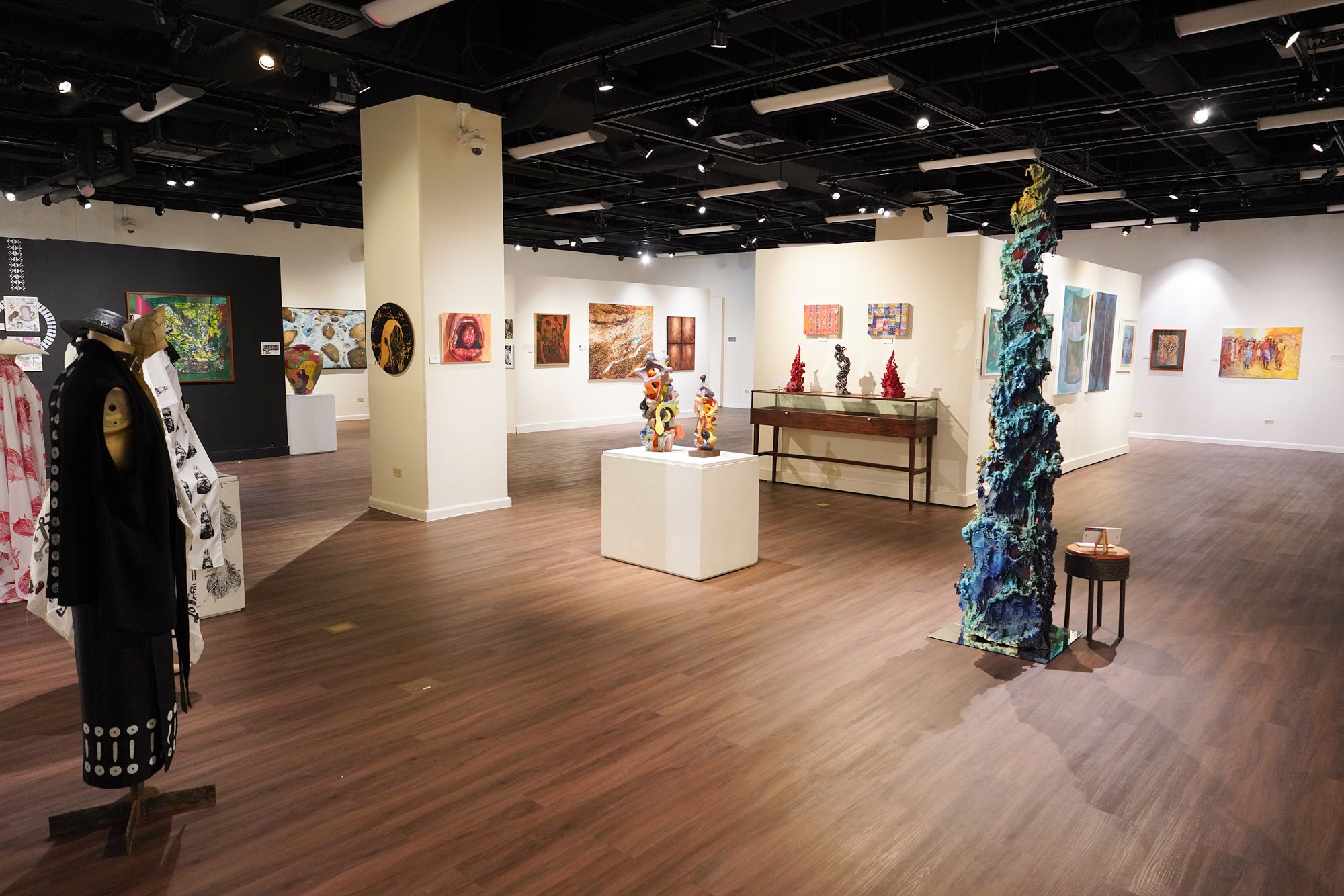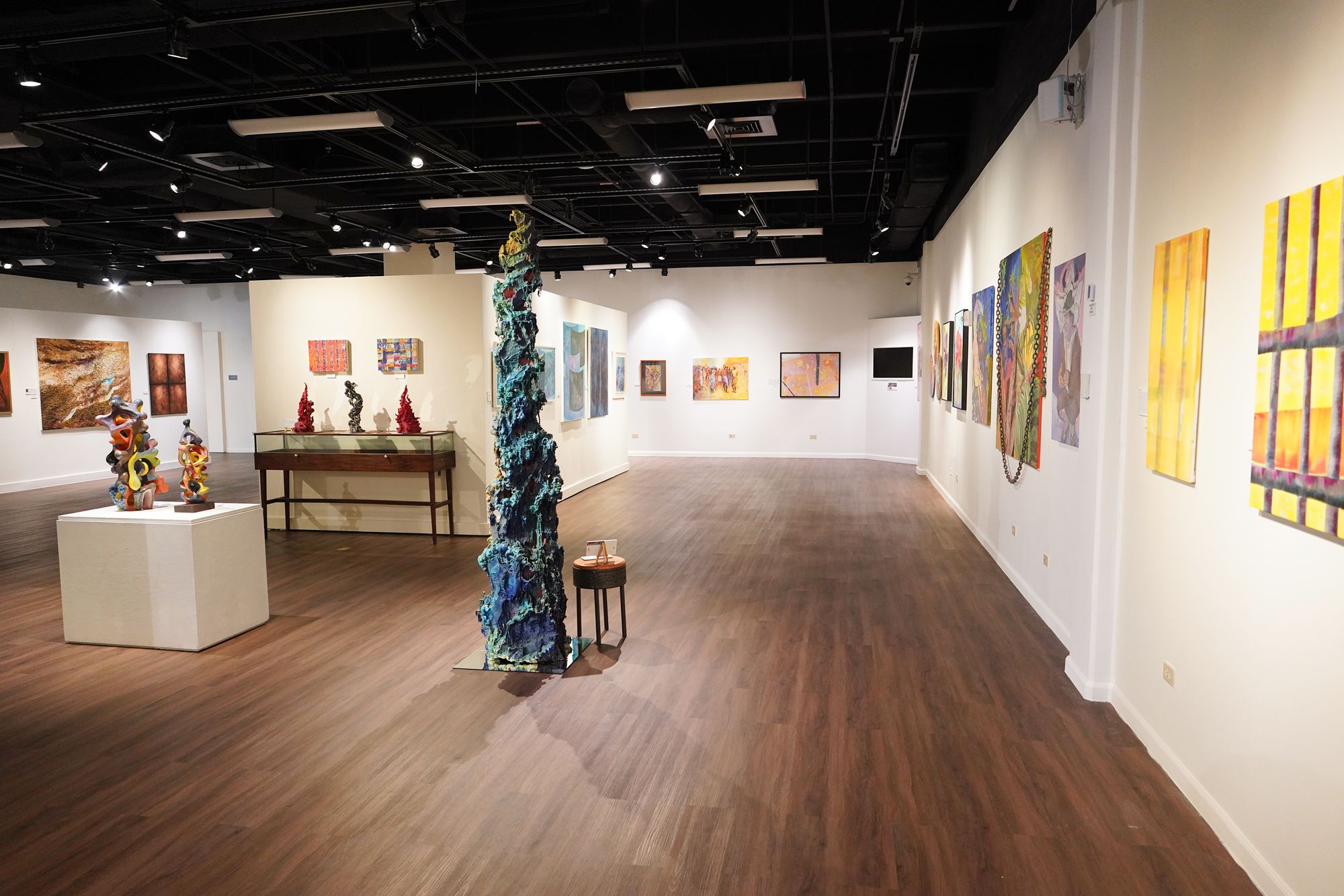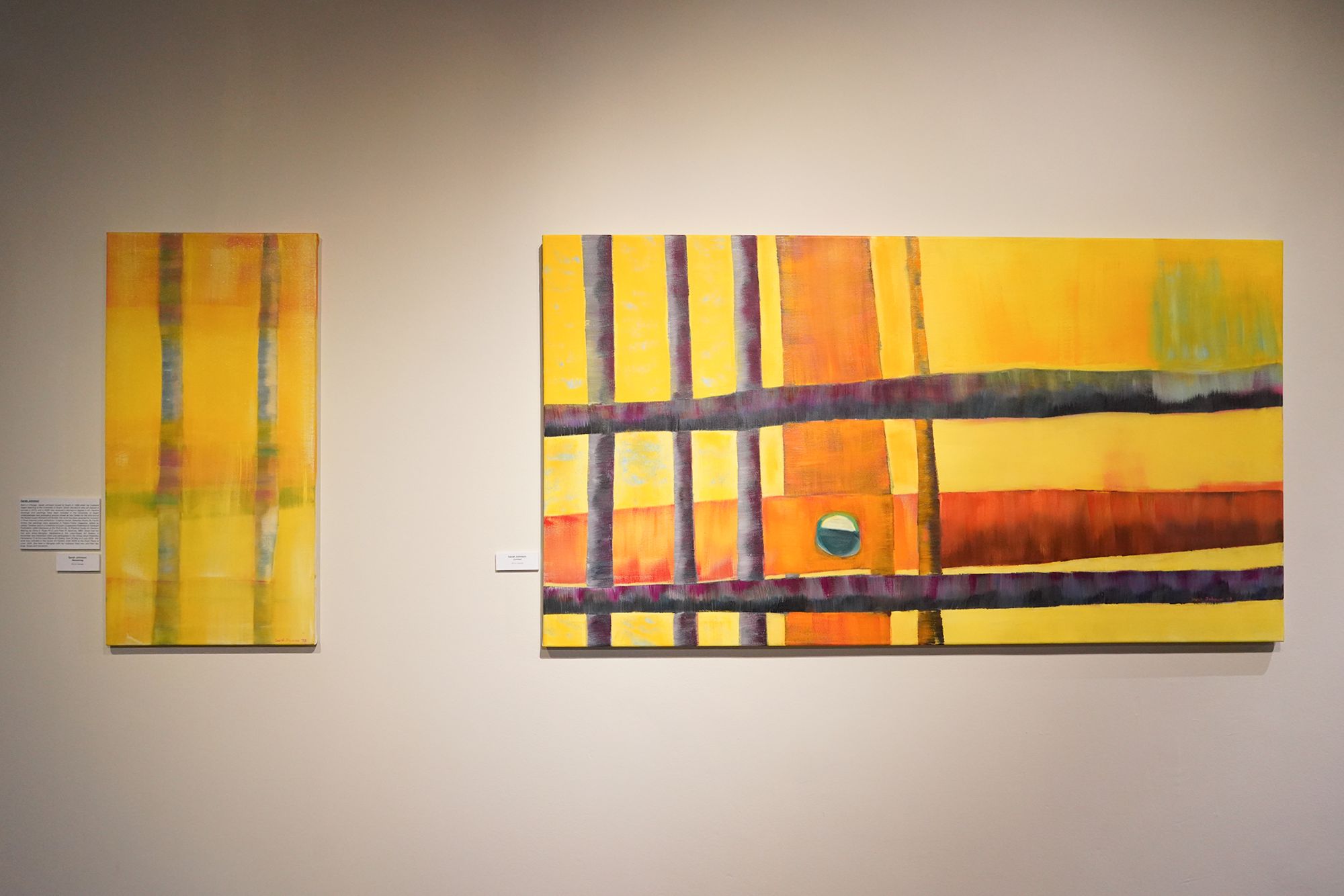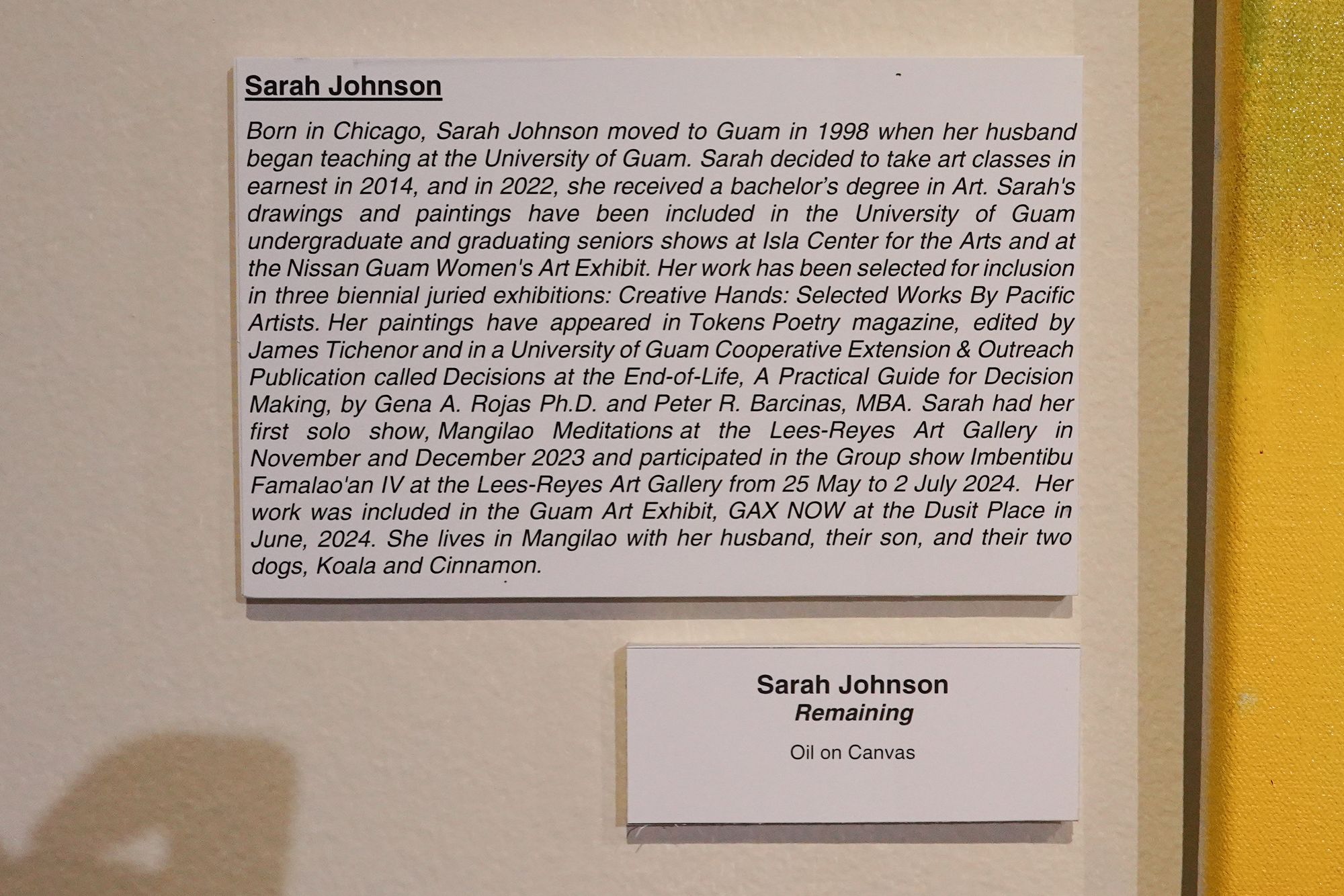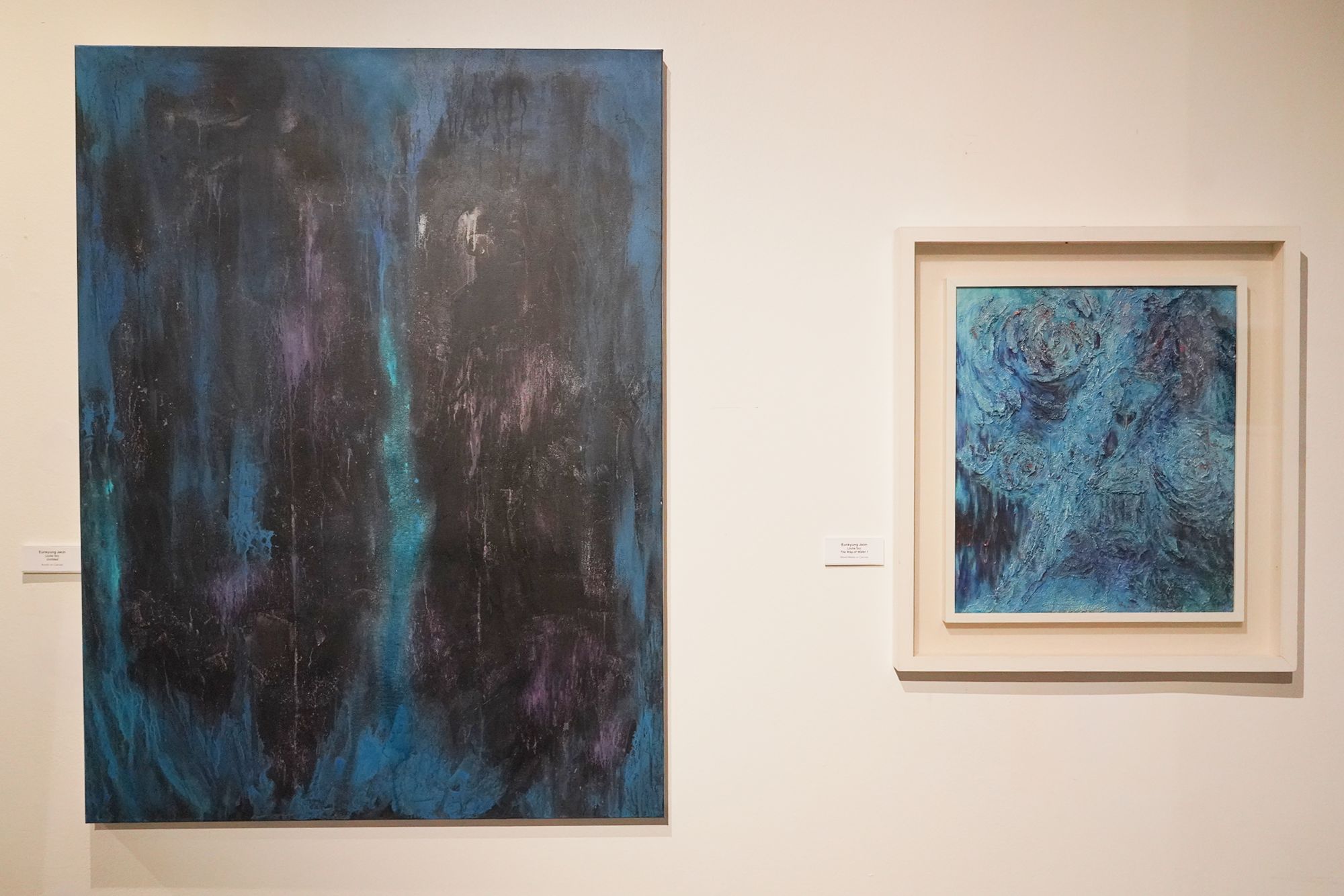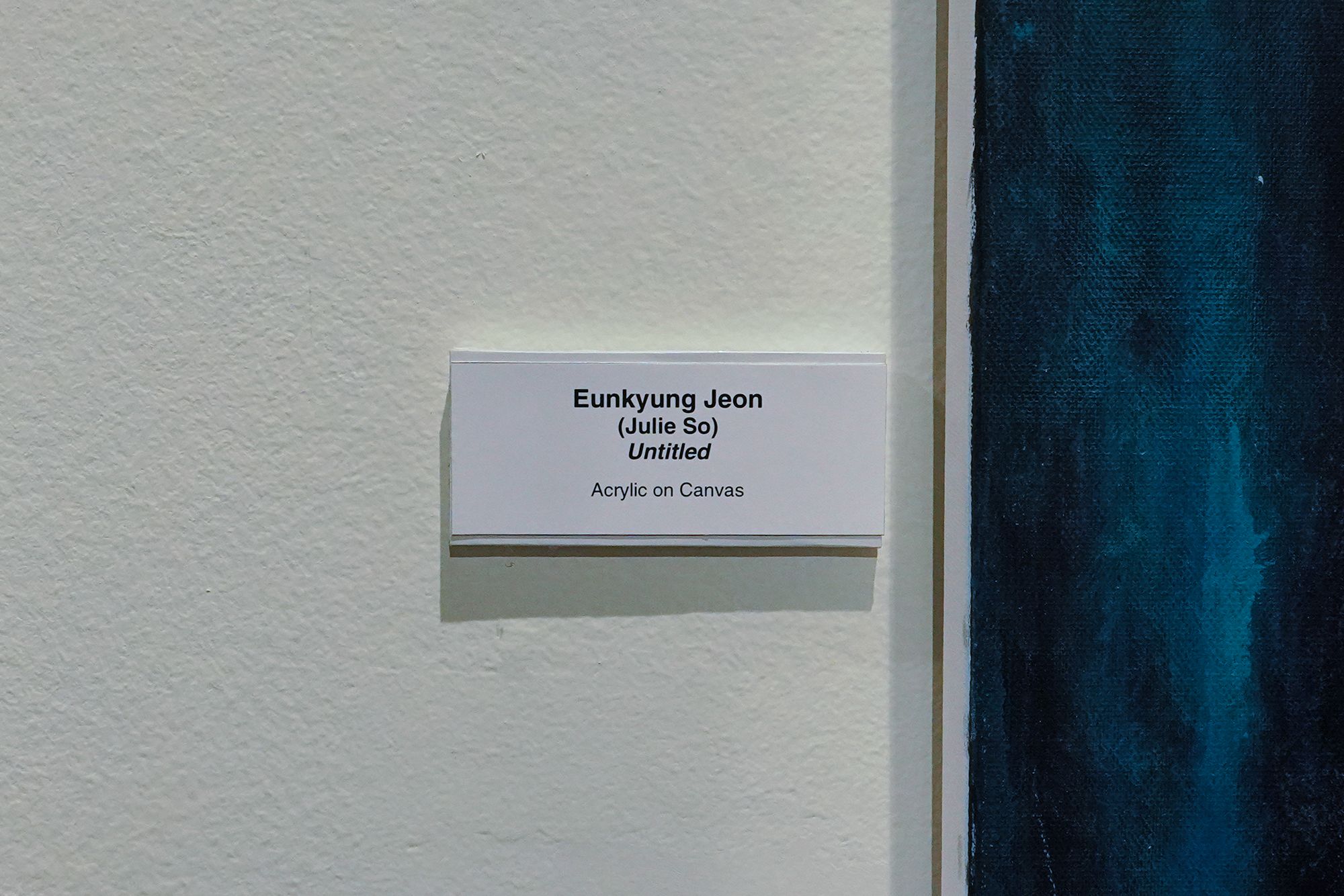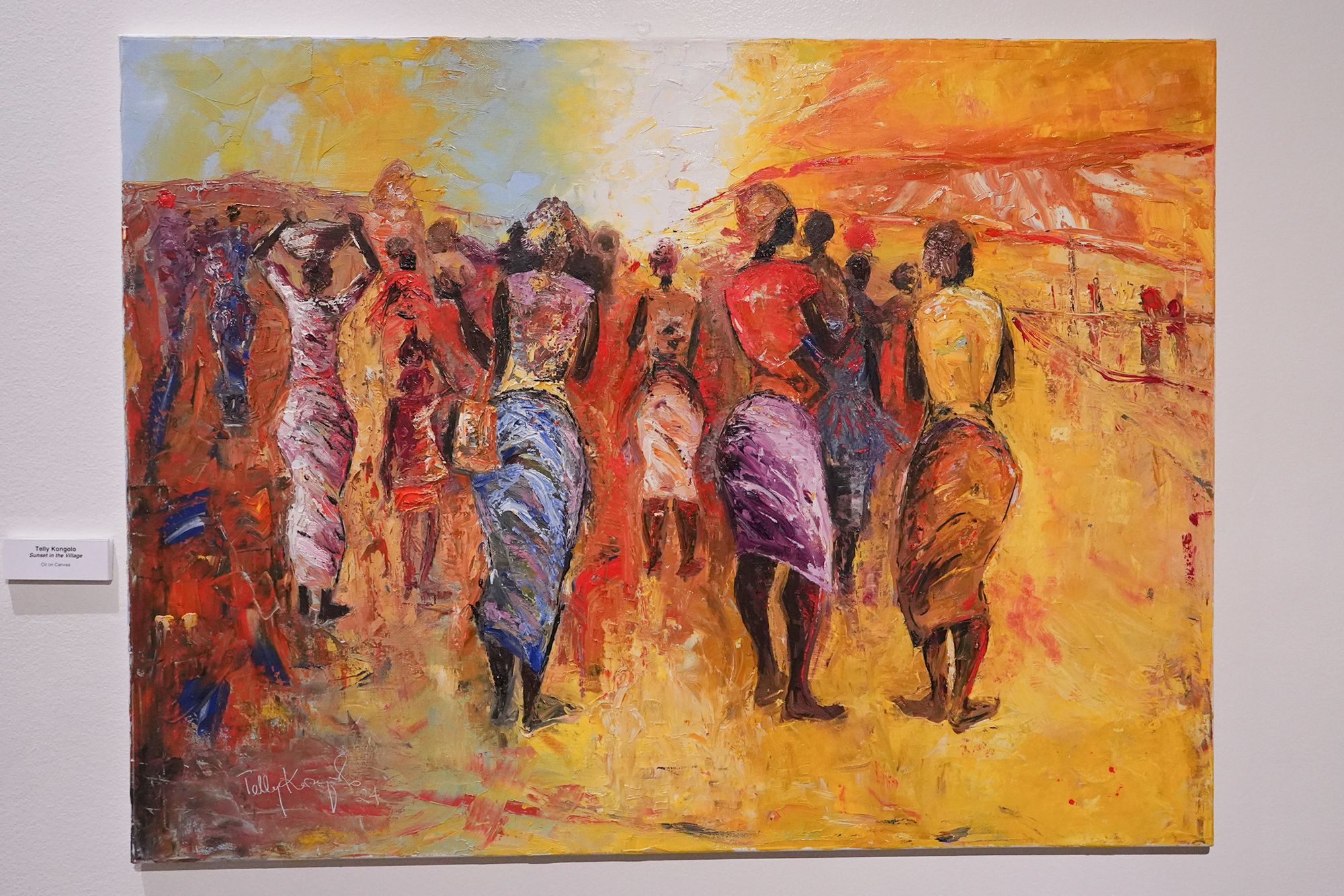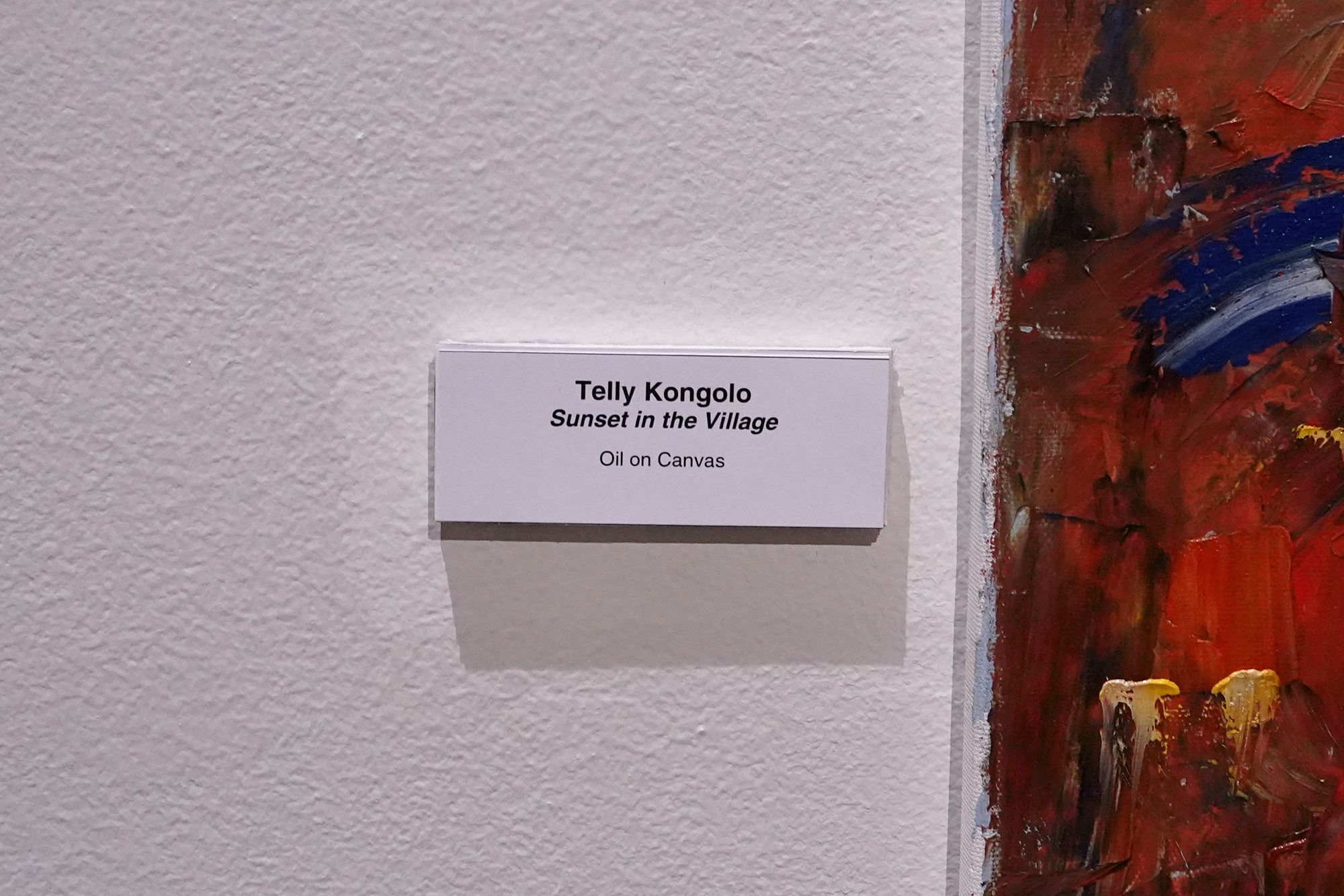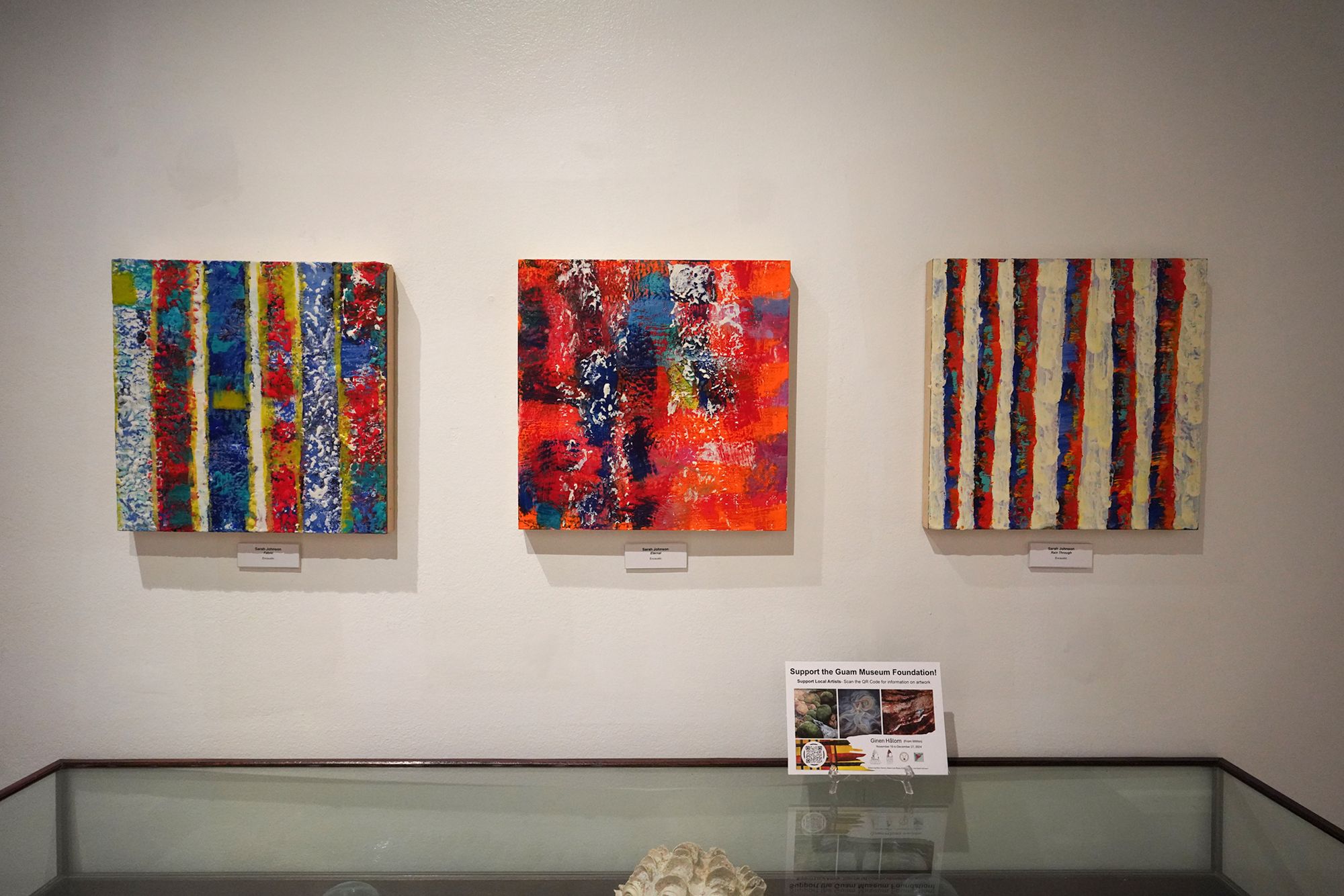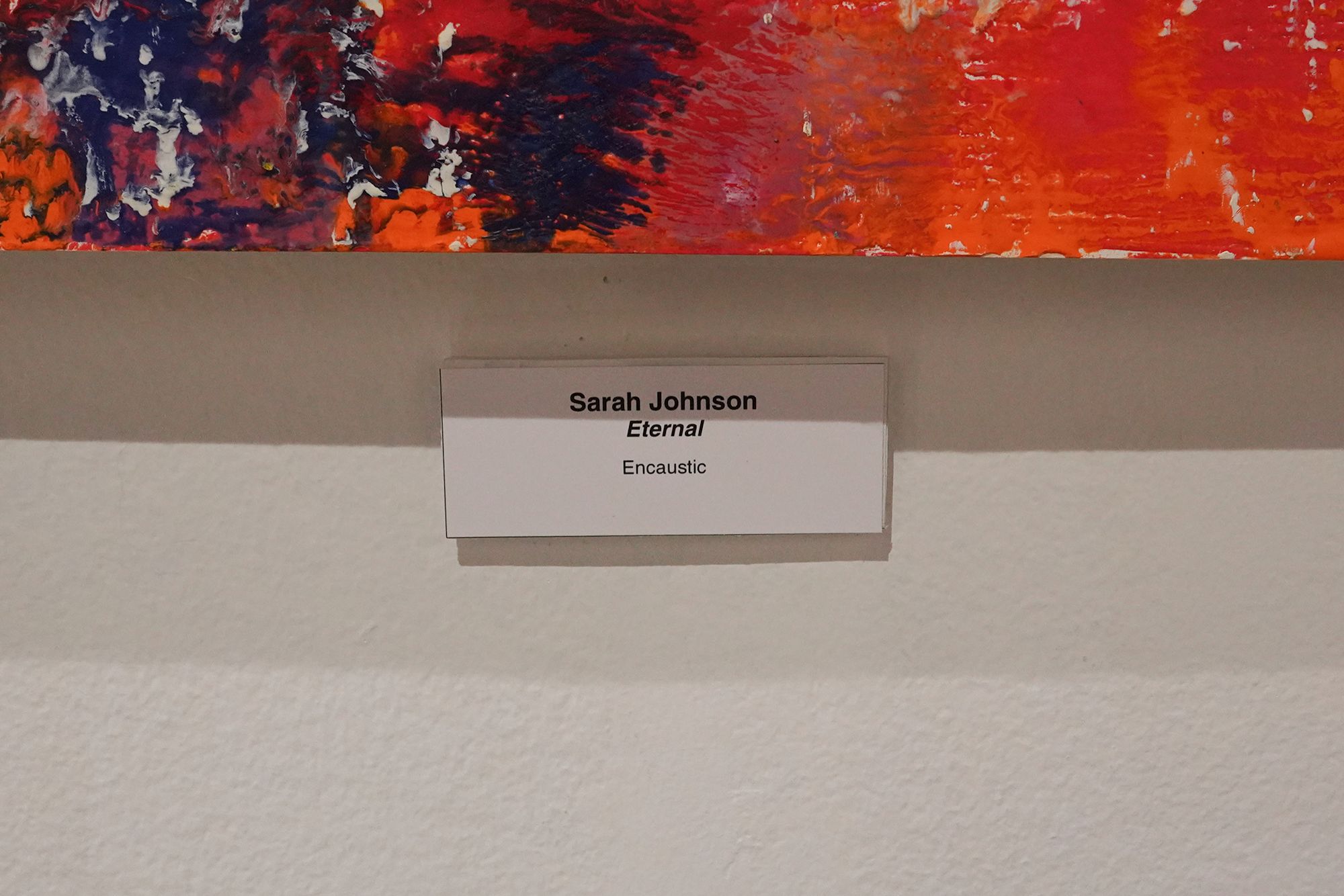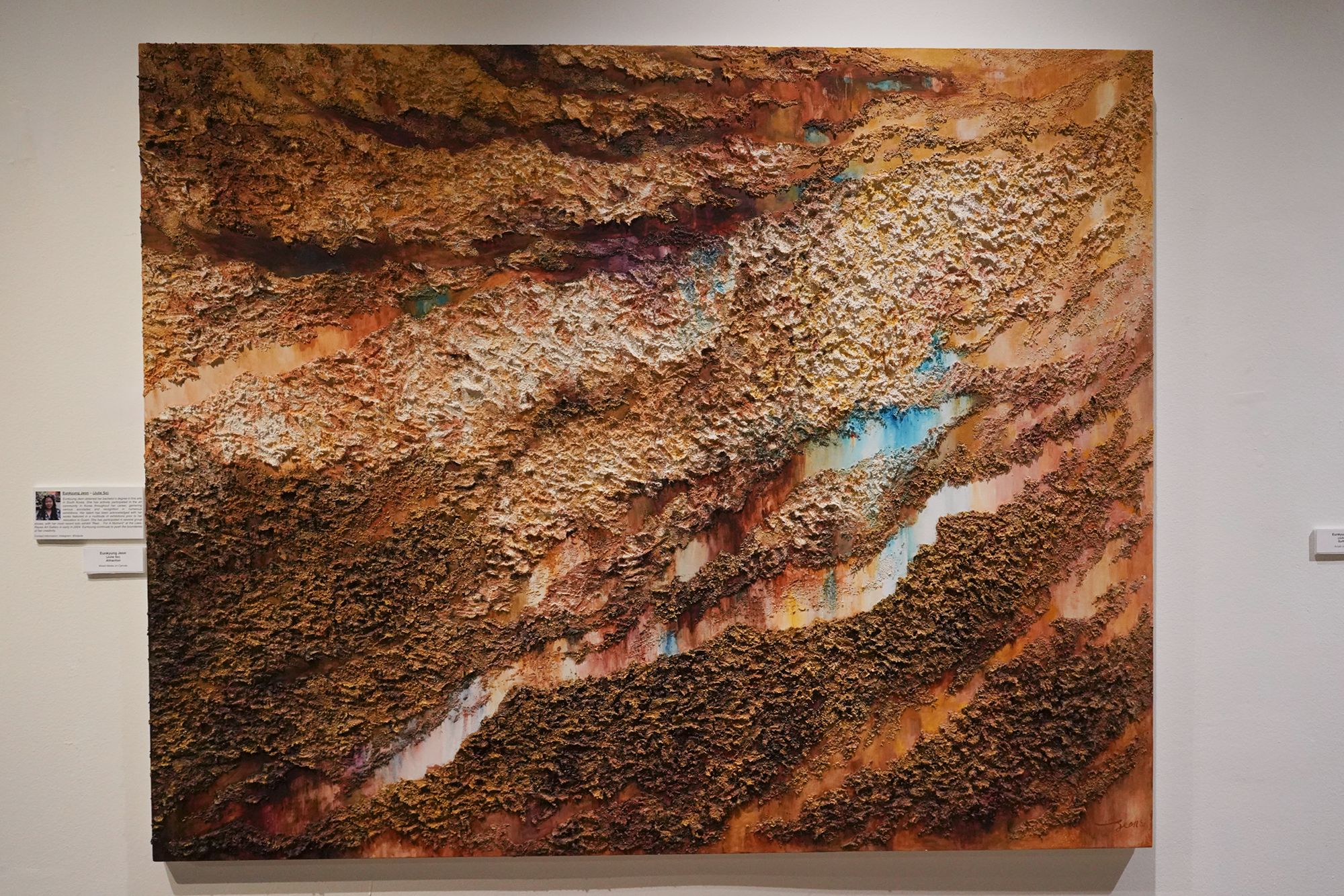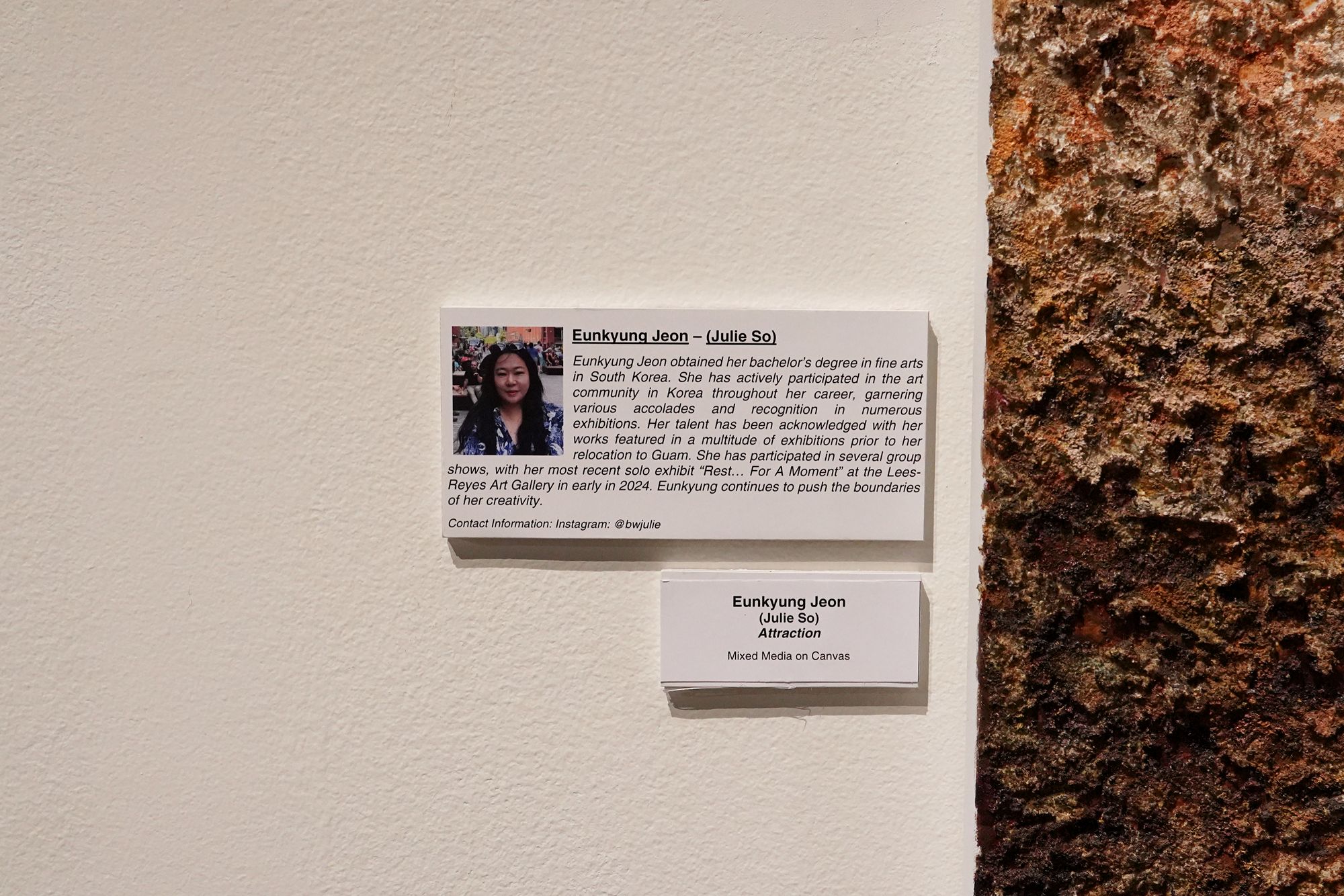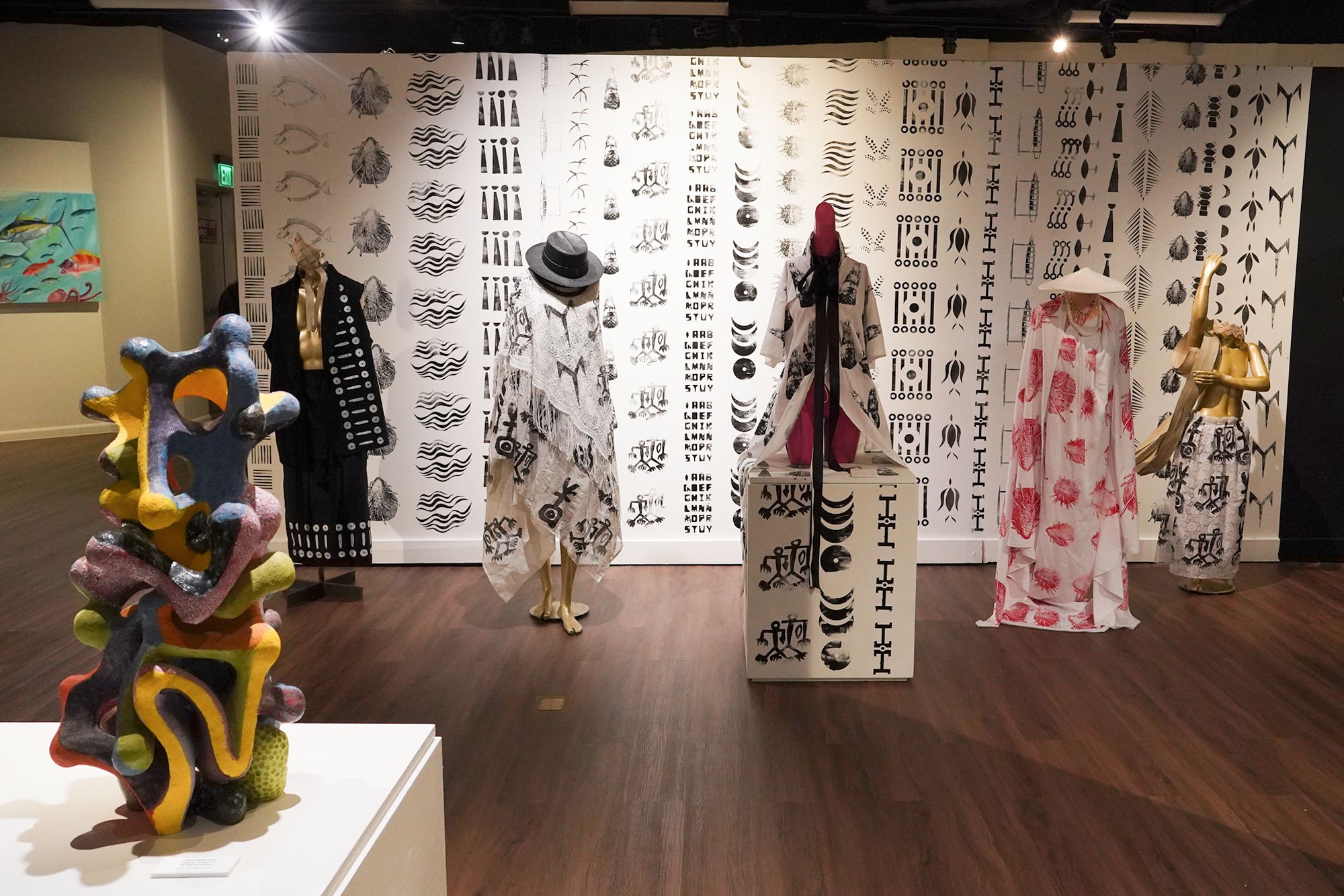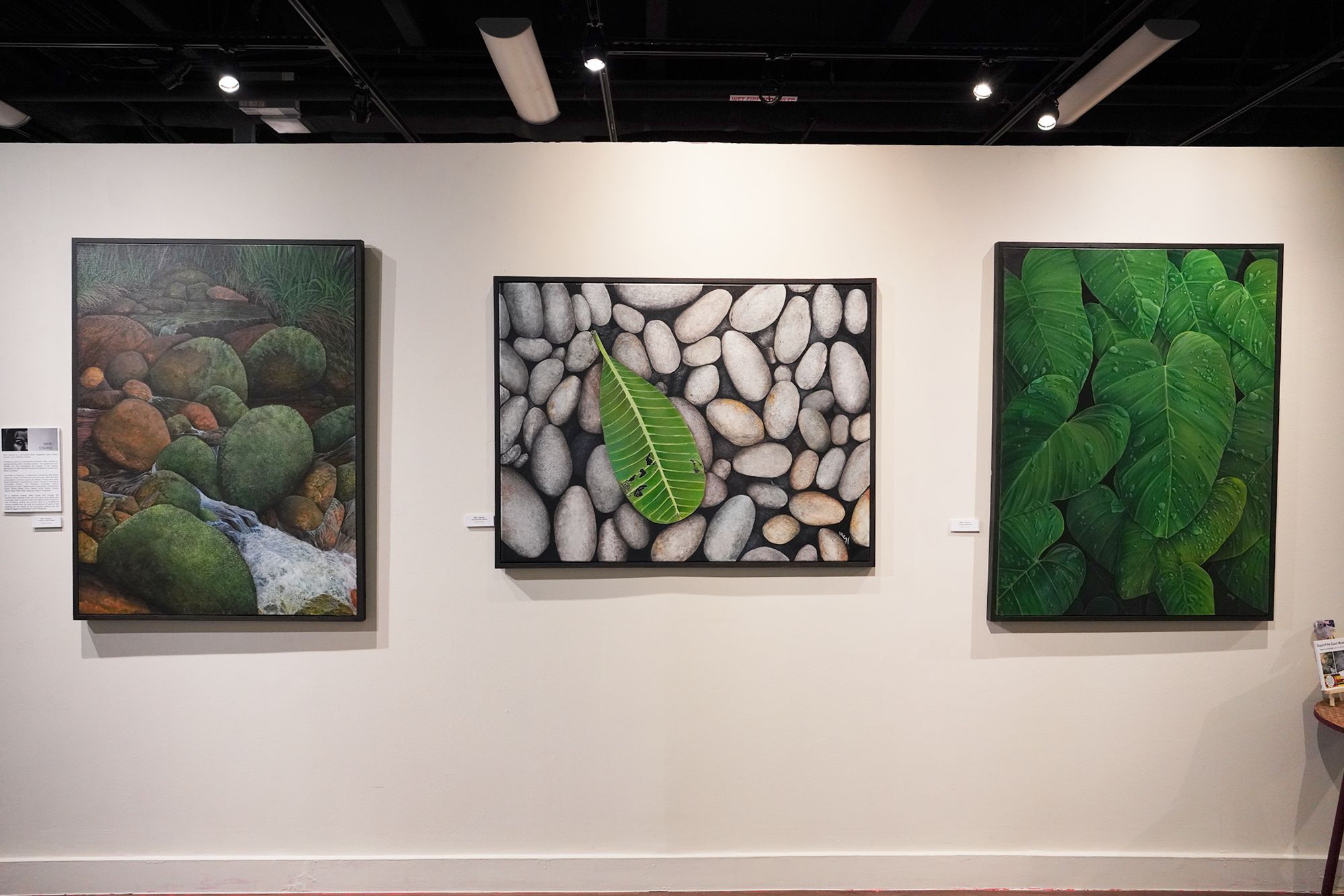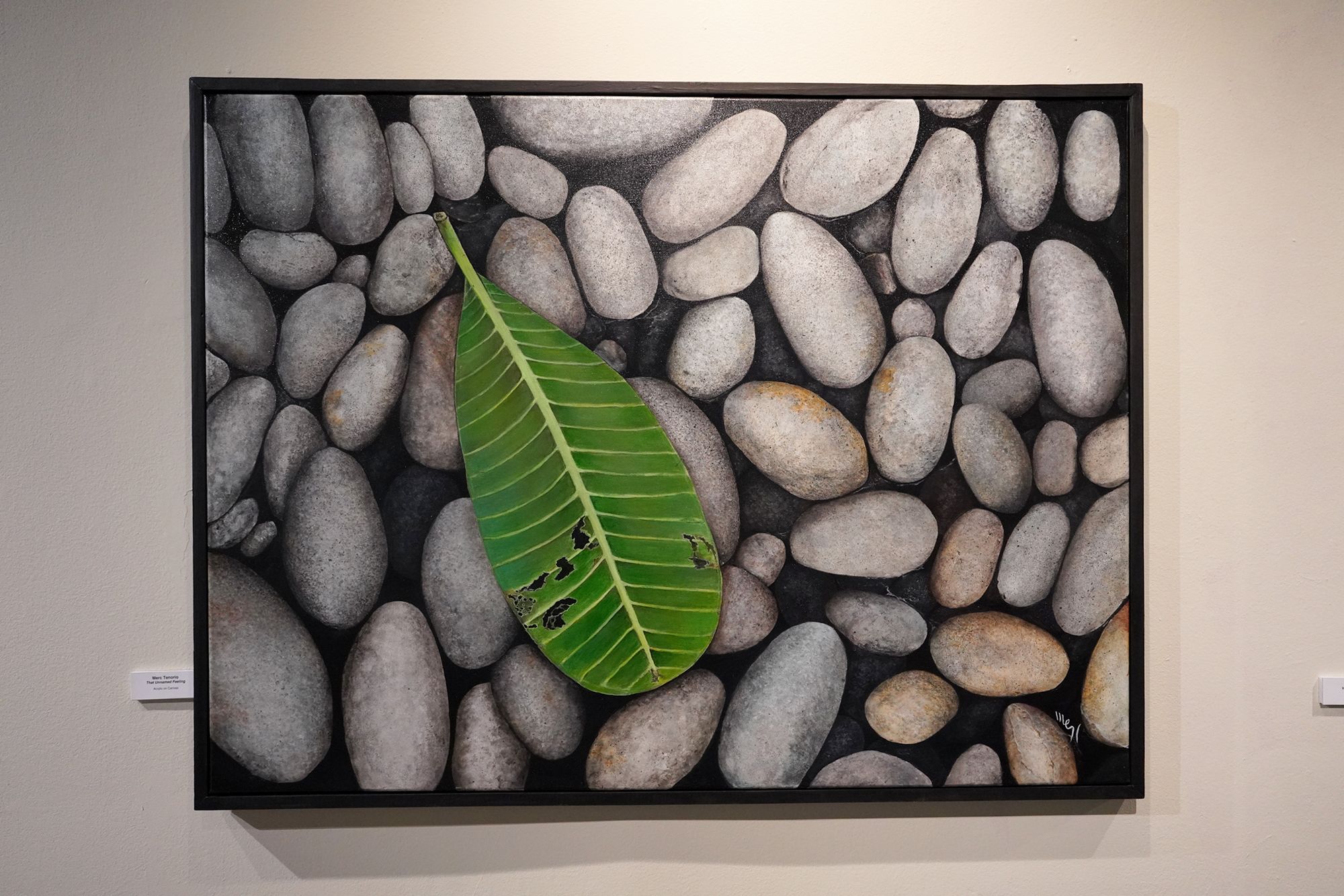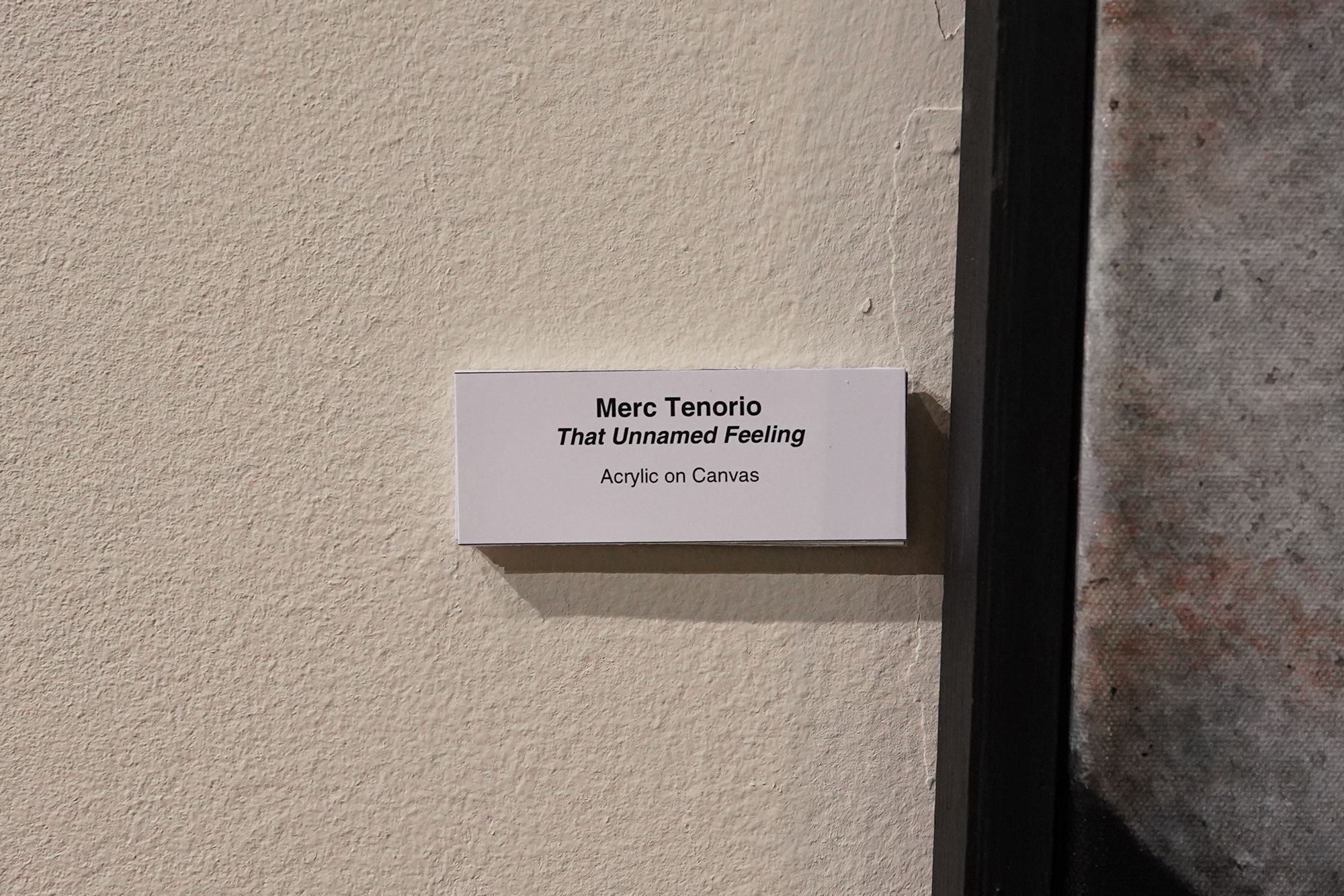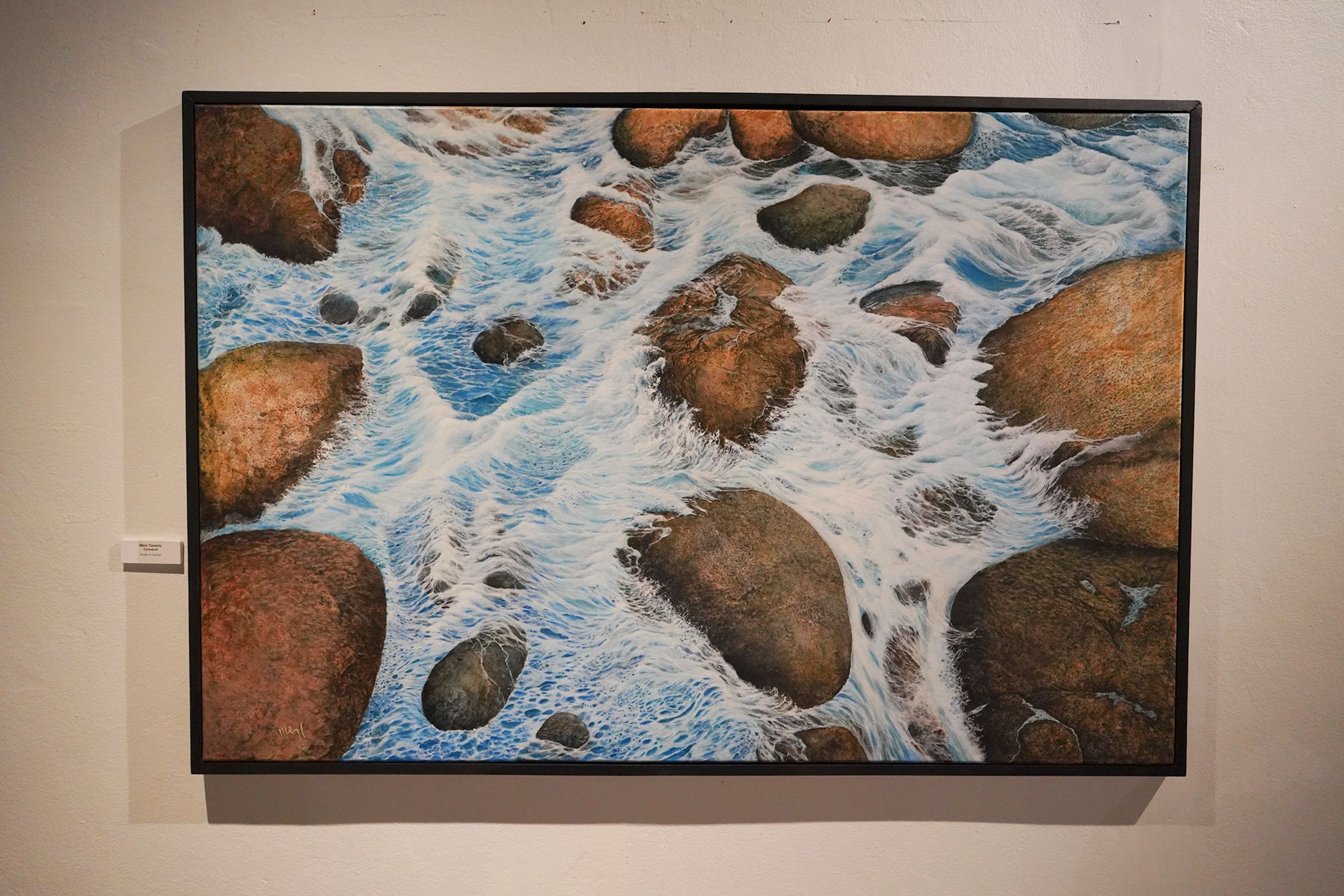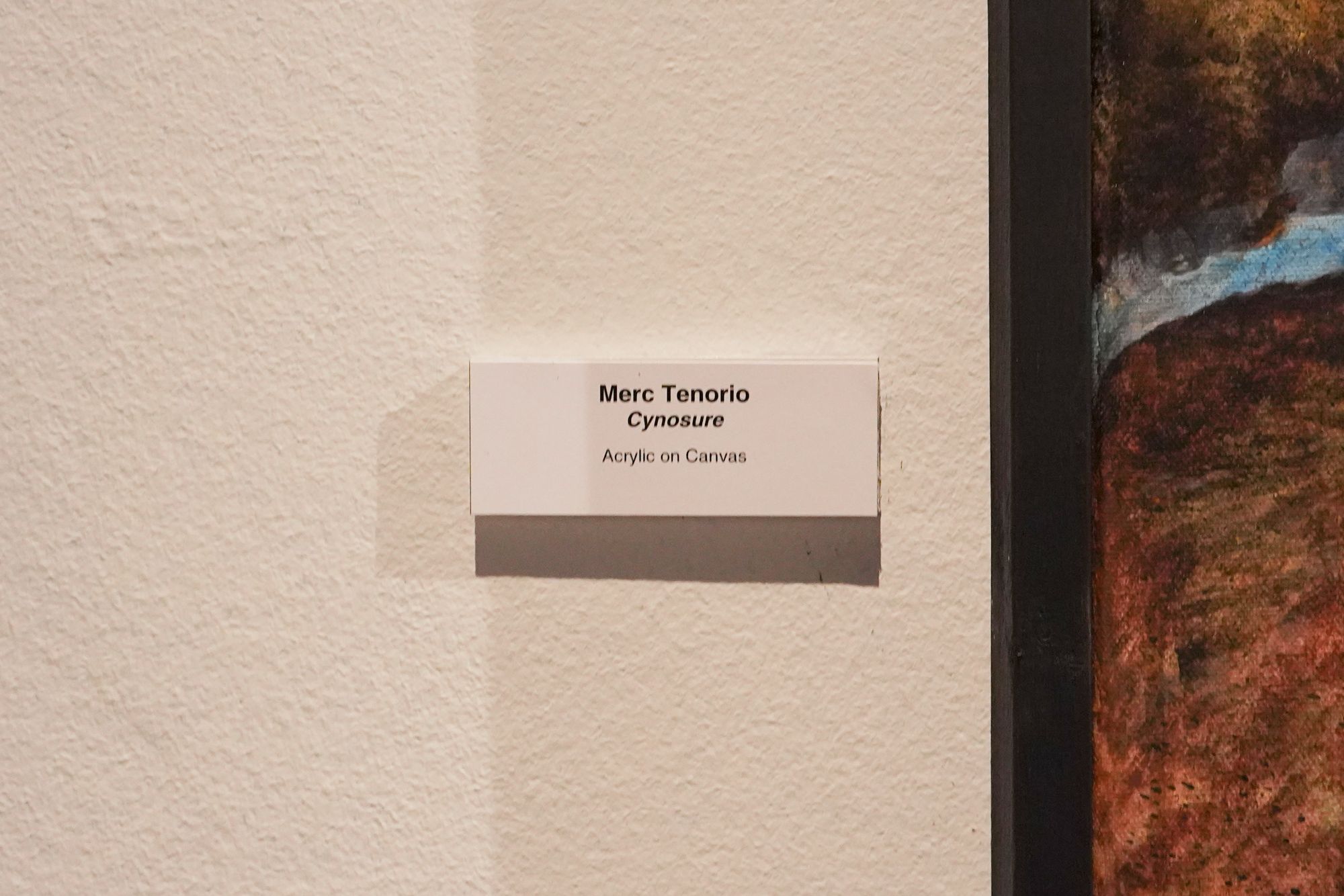The Guam Museum, Guam
The Guam Museum showcases Guam’s rich history, culture, and heritage through exhibits on Chamorro traditions, colonial influences, and World War II. 1030
Guam Museum: 193 Chalan Santo Papa Juan Pablo Dos, Hagåtña, 96910, Guam
Date Picture Taken: December, 2024
I went back to Hagåtña, home to the government buildings, to visit the Guam Museum.
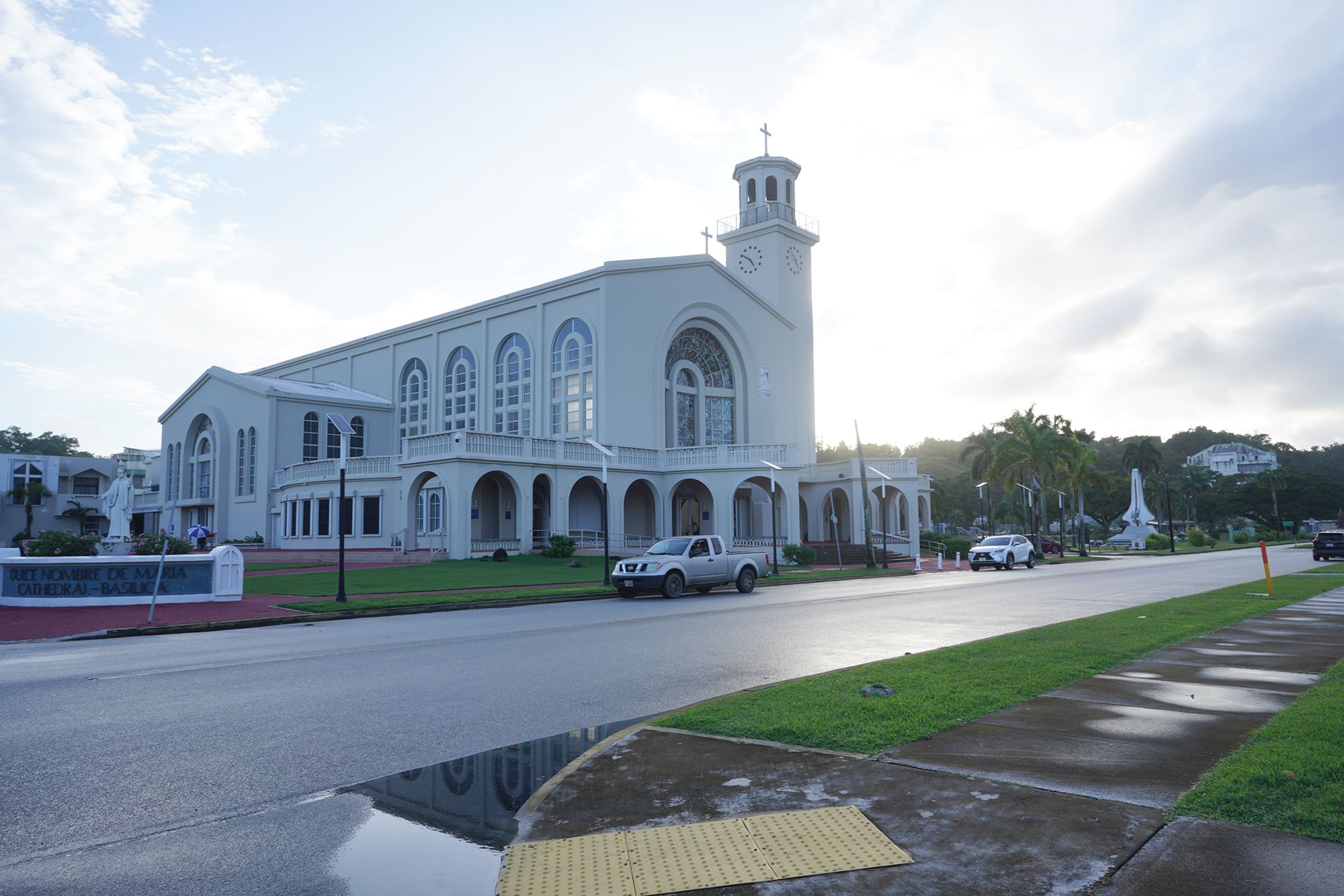
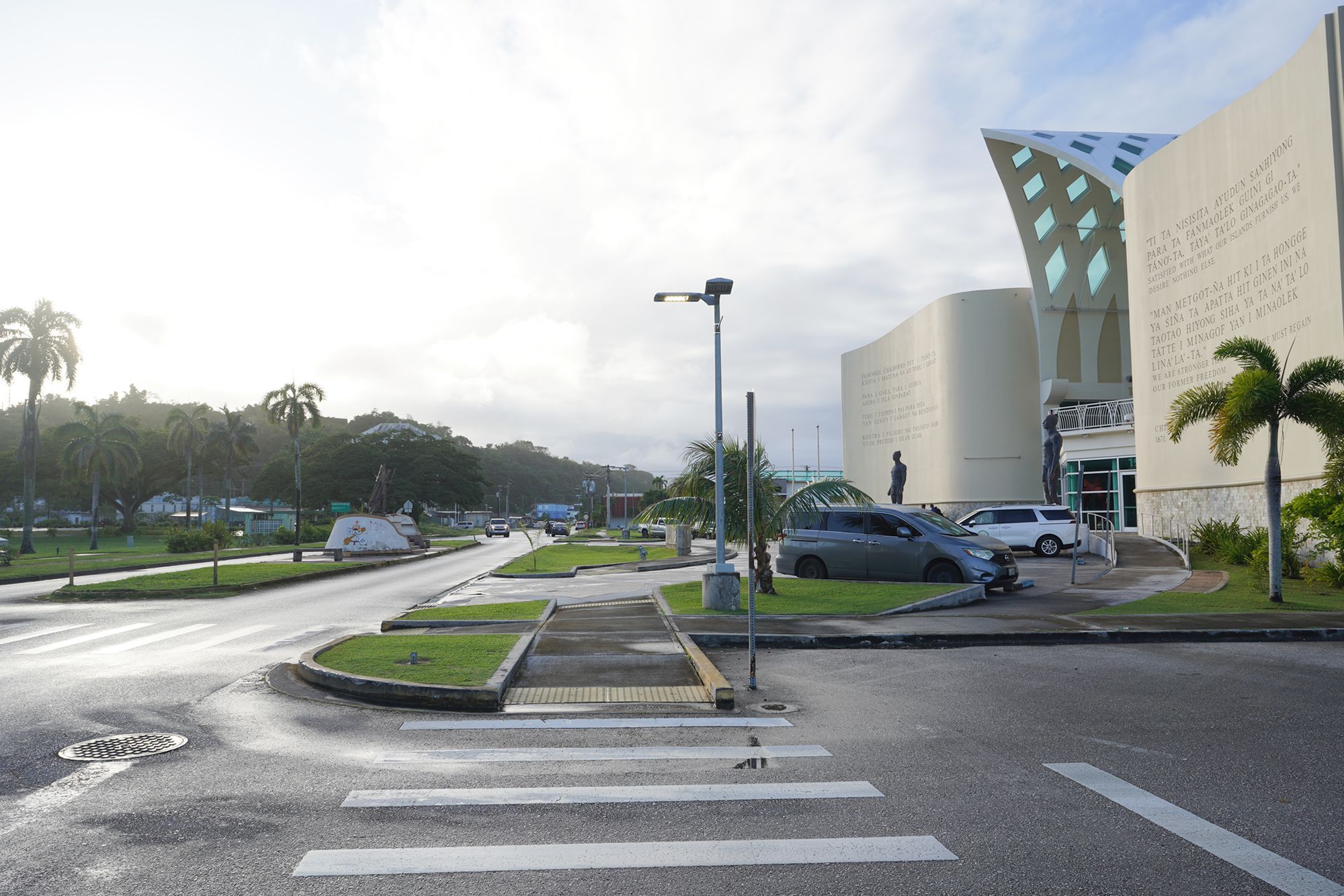
The Guam Museum, officially known as the Senator Antonio M. Palomo Guam Museum & Educational Facility, is located in Hagåtña, the capital of Guam. It serves as the island’s premier cultural institution, dedicated to preserving and showcasing the rich history, heritage, and traditions of Guam and the Chamorro people.
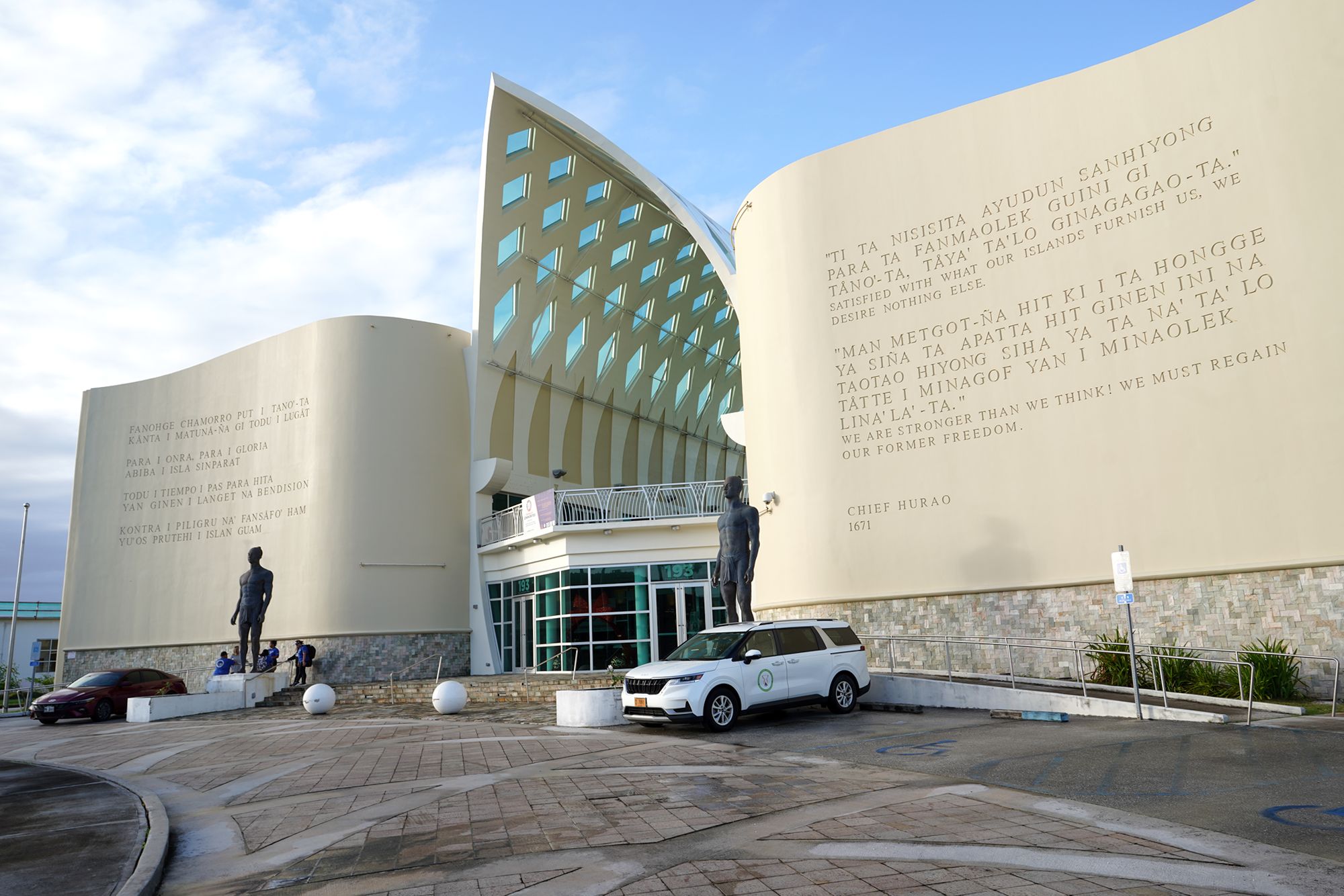
The museum’s permanent exhibits cover over 4,000 years of Guam’s history, from ancient Chamorro civilization to Spanish colonization, Japanese occupation during World War II, and Guam’s current status as a U.S. territory.
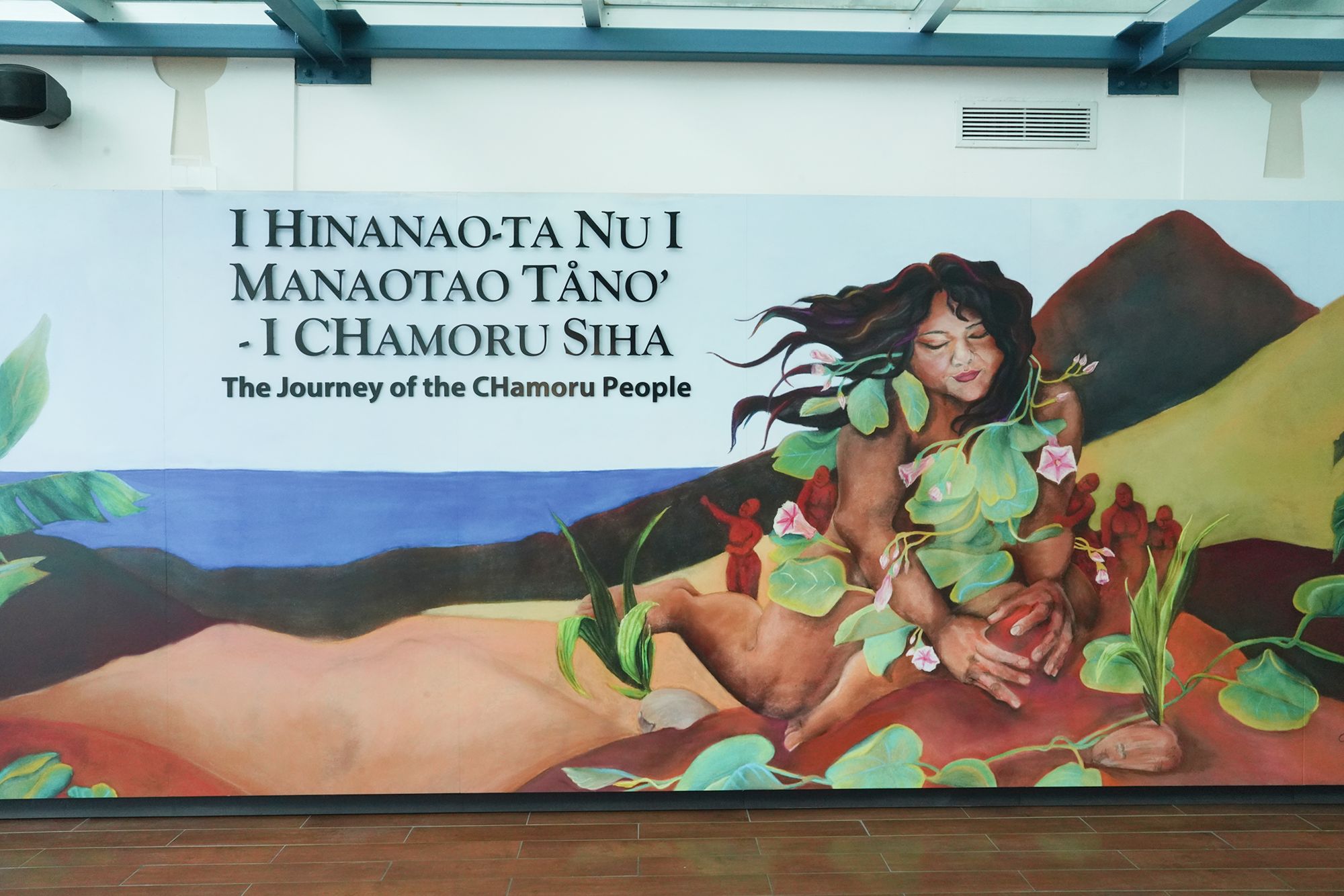
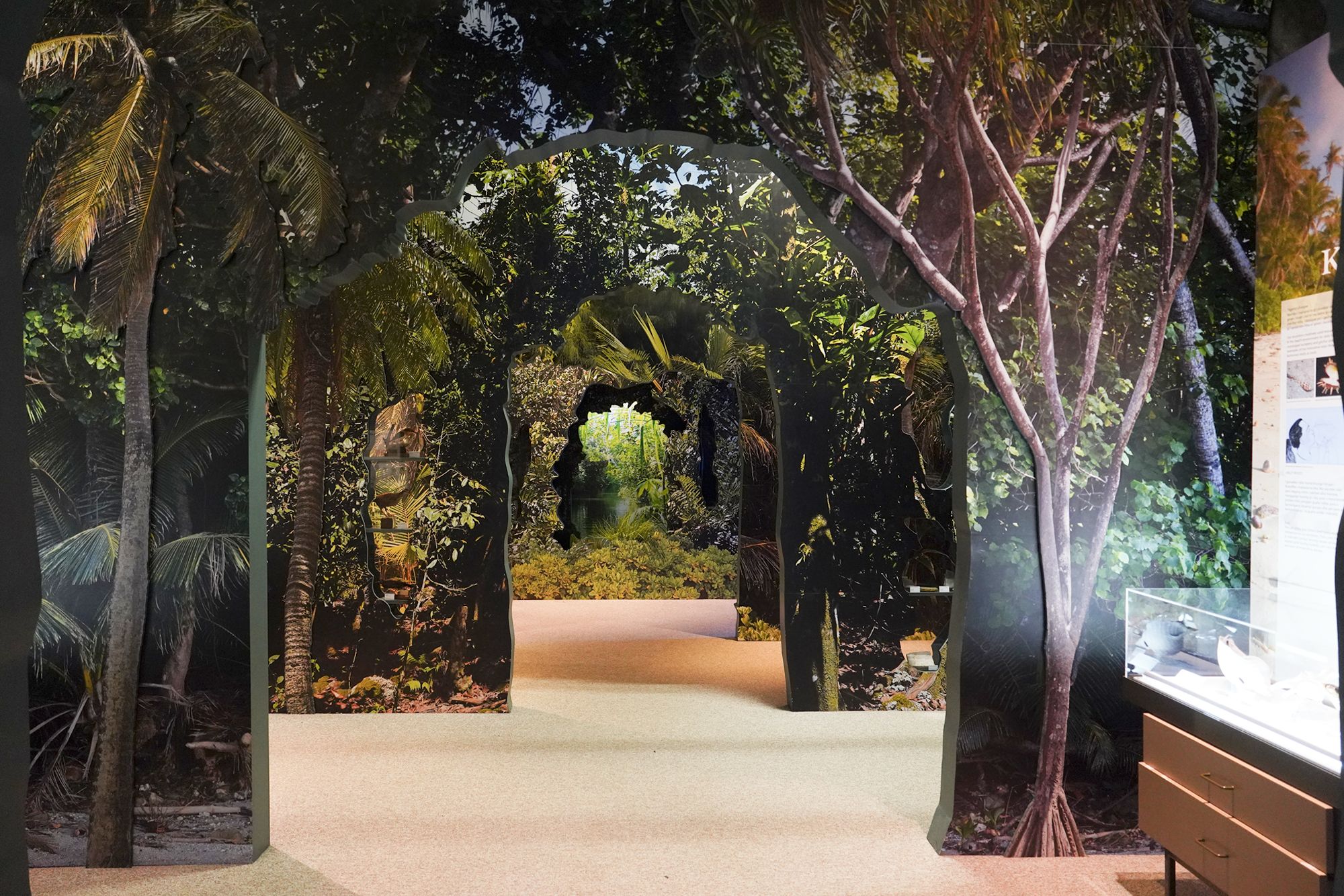
Artifacts include ancient tools, pottery, traditional canoes, historical documents, photographs, and military relics from the war era.
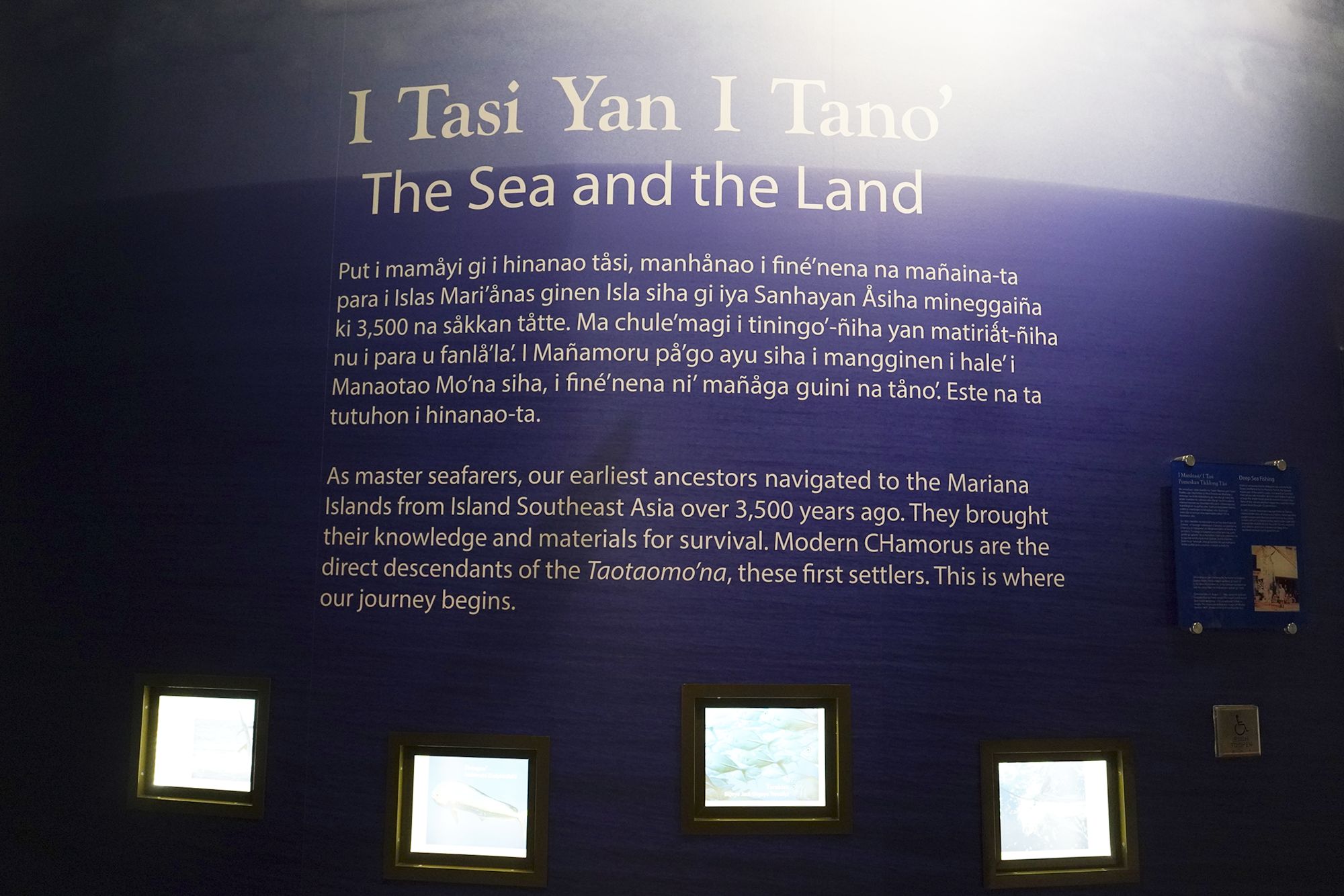
The open ocean provided the original people of Guam, the Chamorro, with a wealth of materials essential for their survival, culture, and daily life.
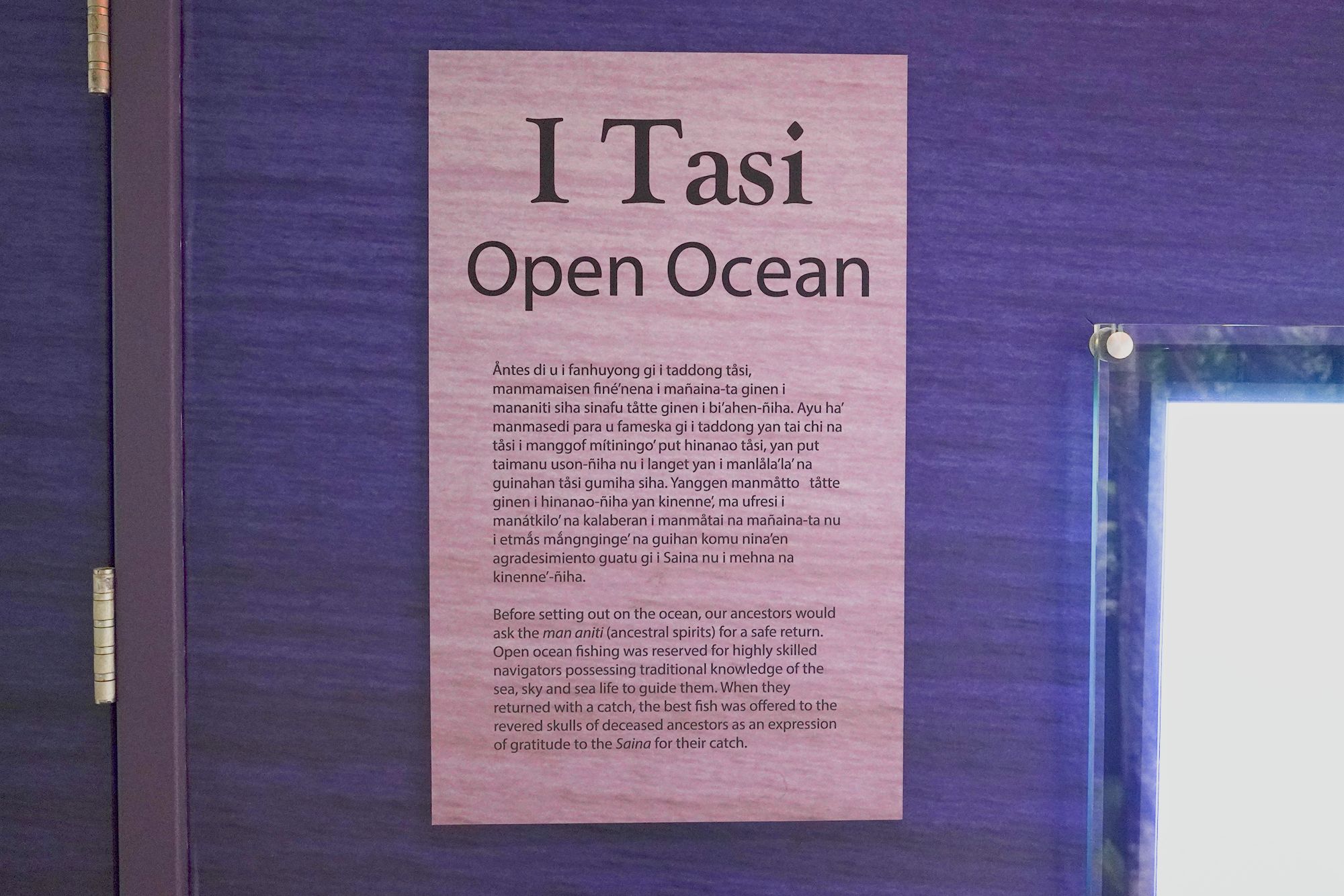
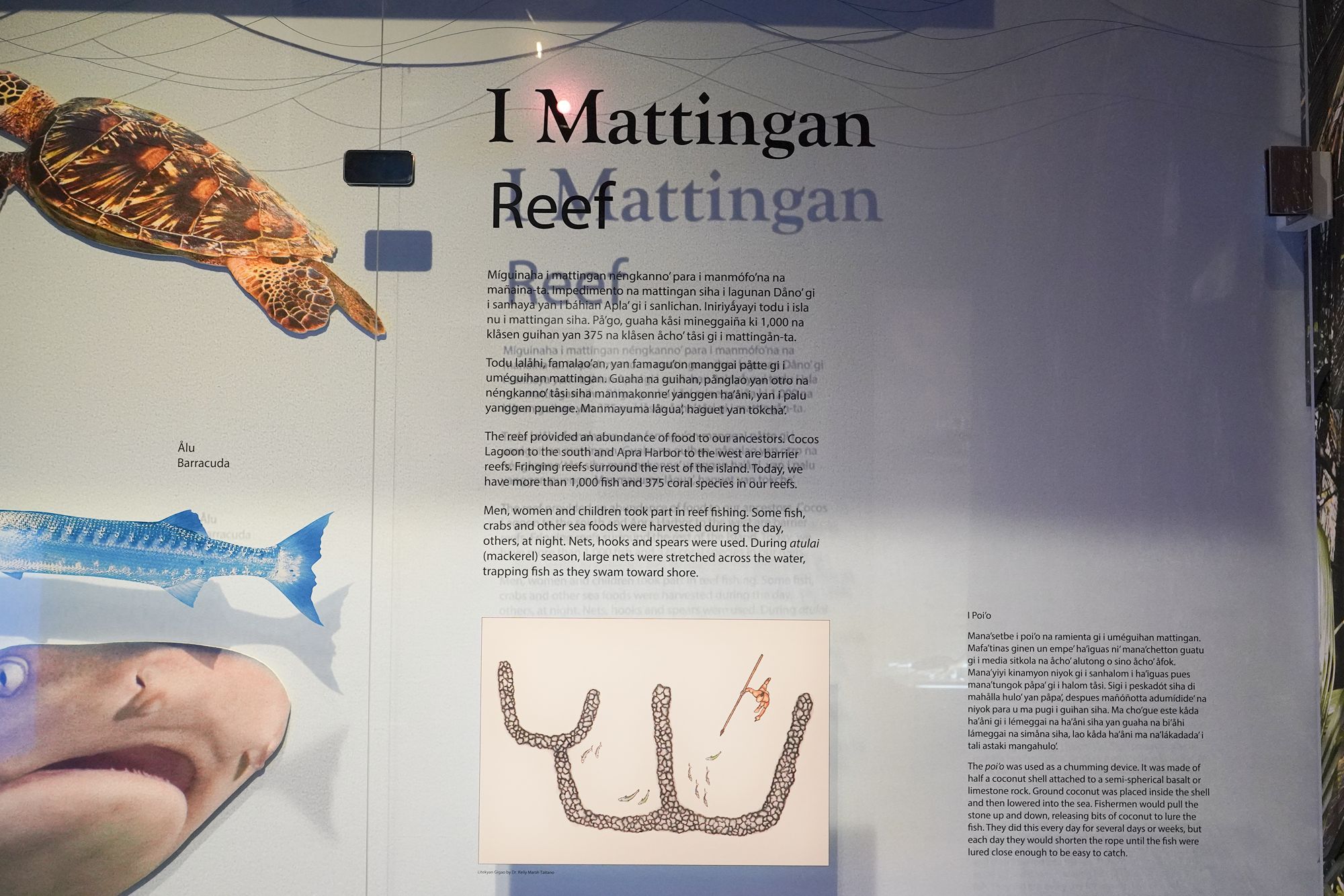
Food Resources:
Fish: A primary protein source, including tuna, mahi-mahi, and reef fish.
Shellfish: Such as clams, crabs, lobsters, and sea urchins.
Seaweed: Used as both food and seasoning.
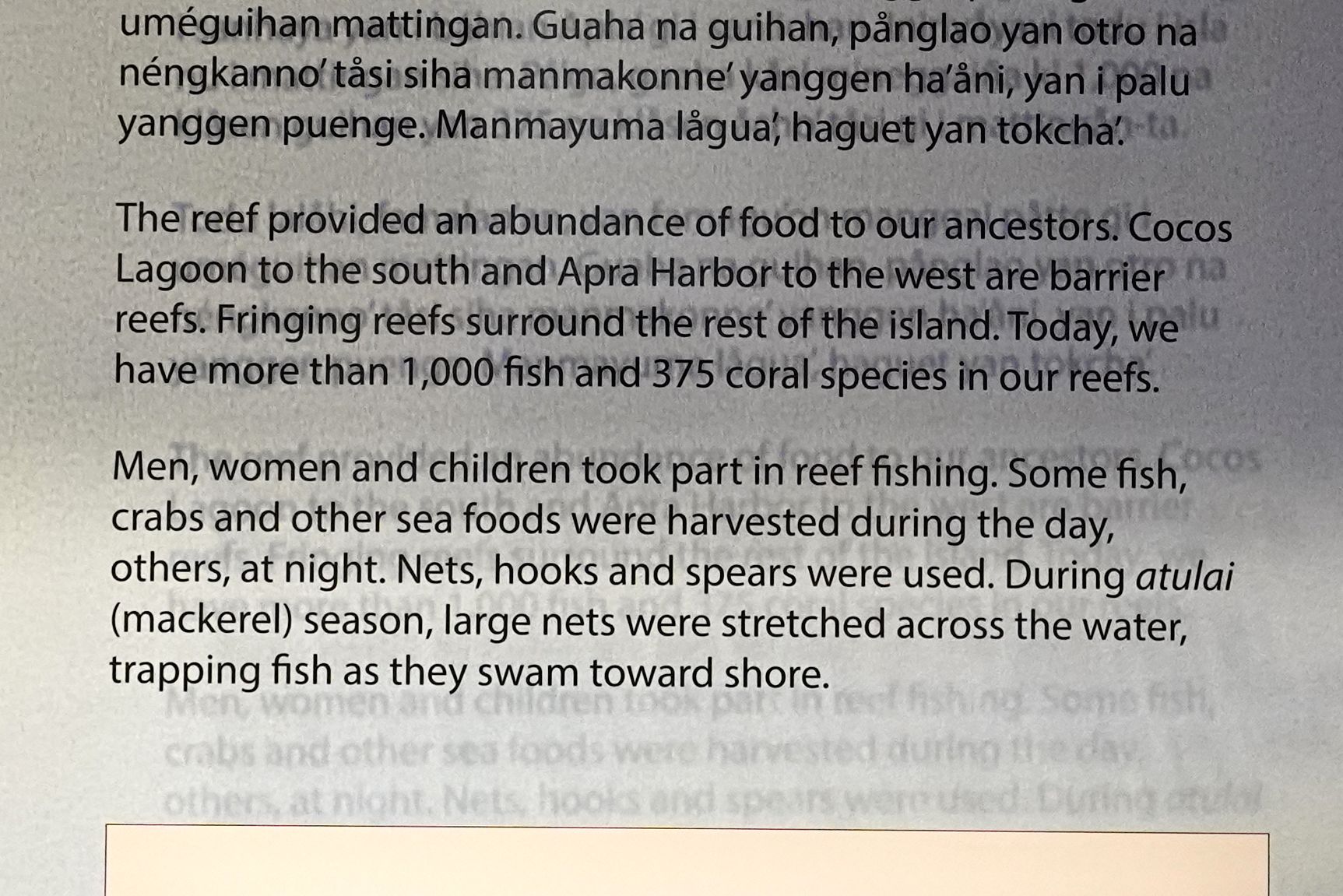

Building and Crafting Materials:
Coral Stones: Used in construction, especially for creating latte stones, which served as foundations for traditional houses.
Shells: Crafted into tools, jewelry, ornaments, and even as currency or trade items.
Driftwood: Collected for building, canoe-making, and firewood.
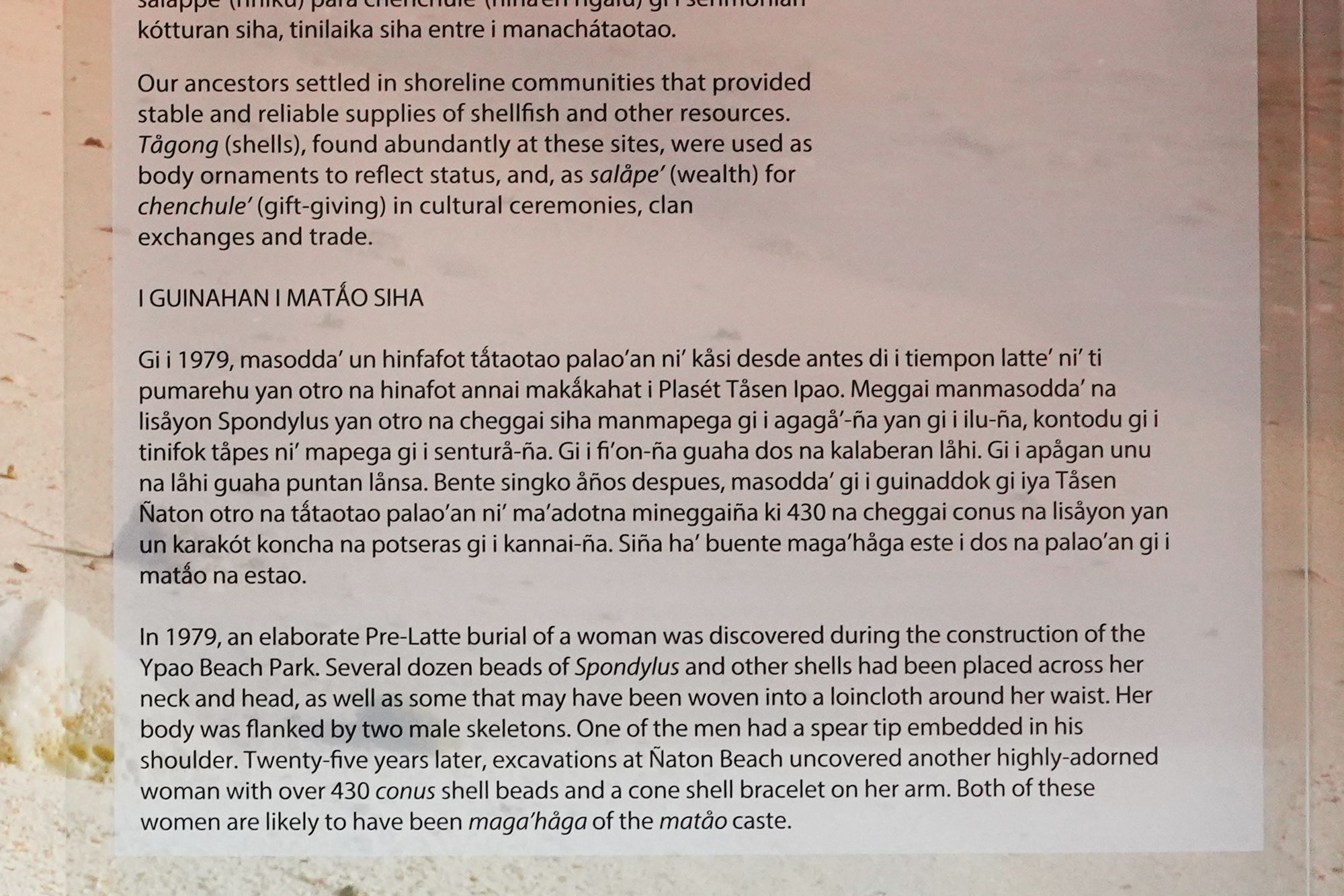
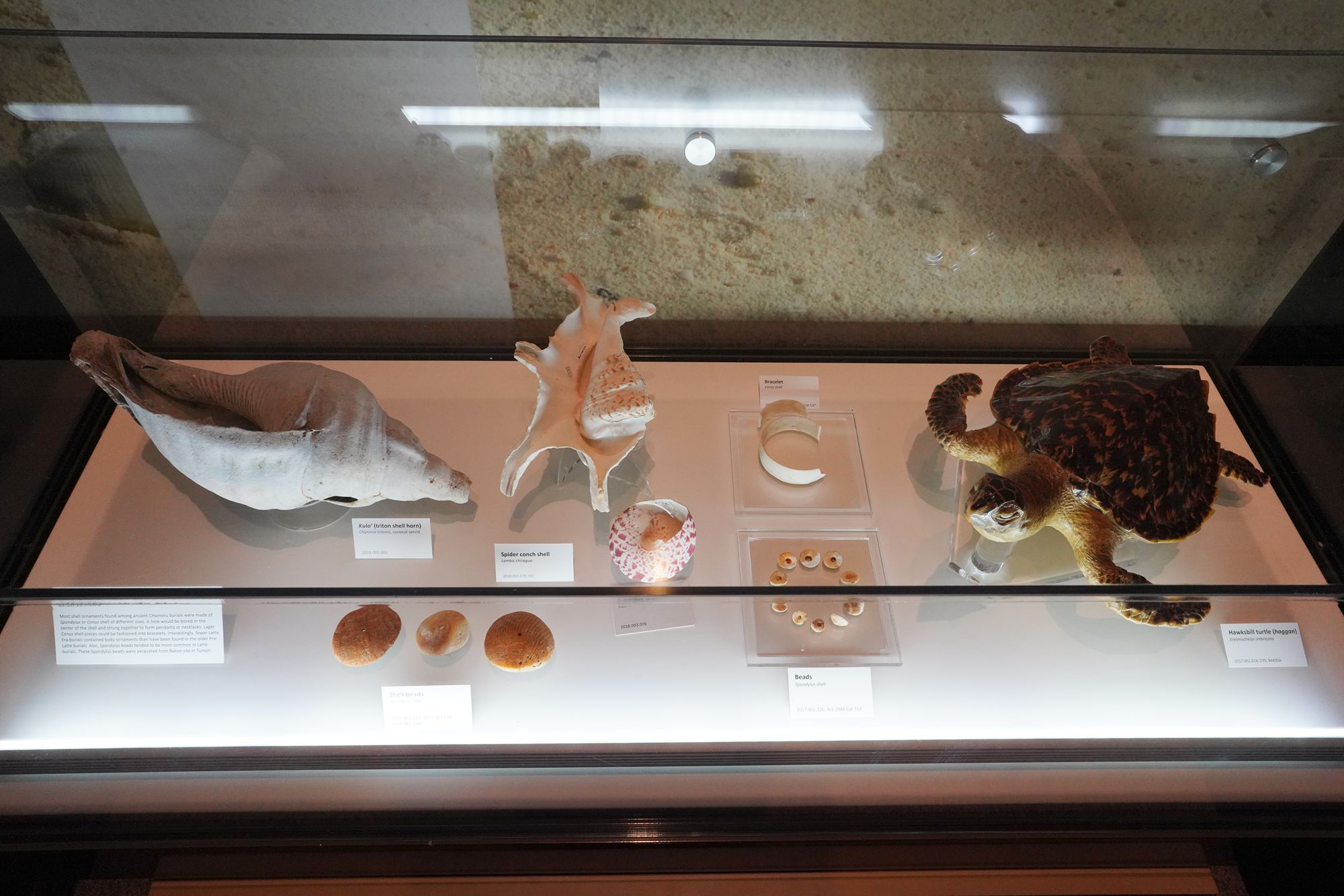
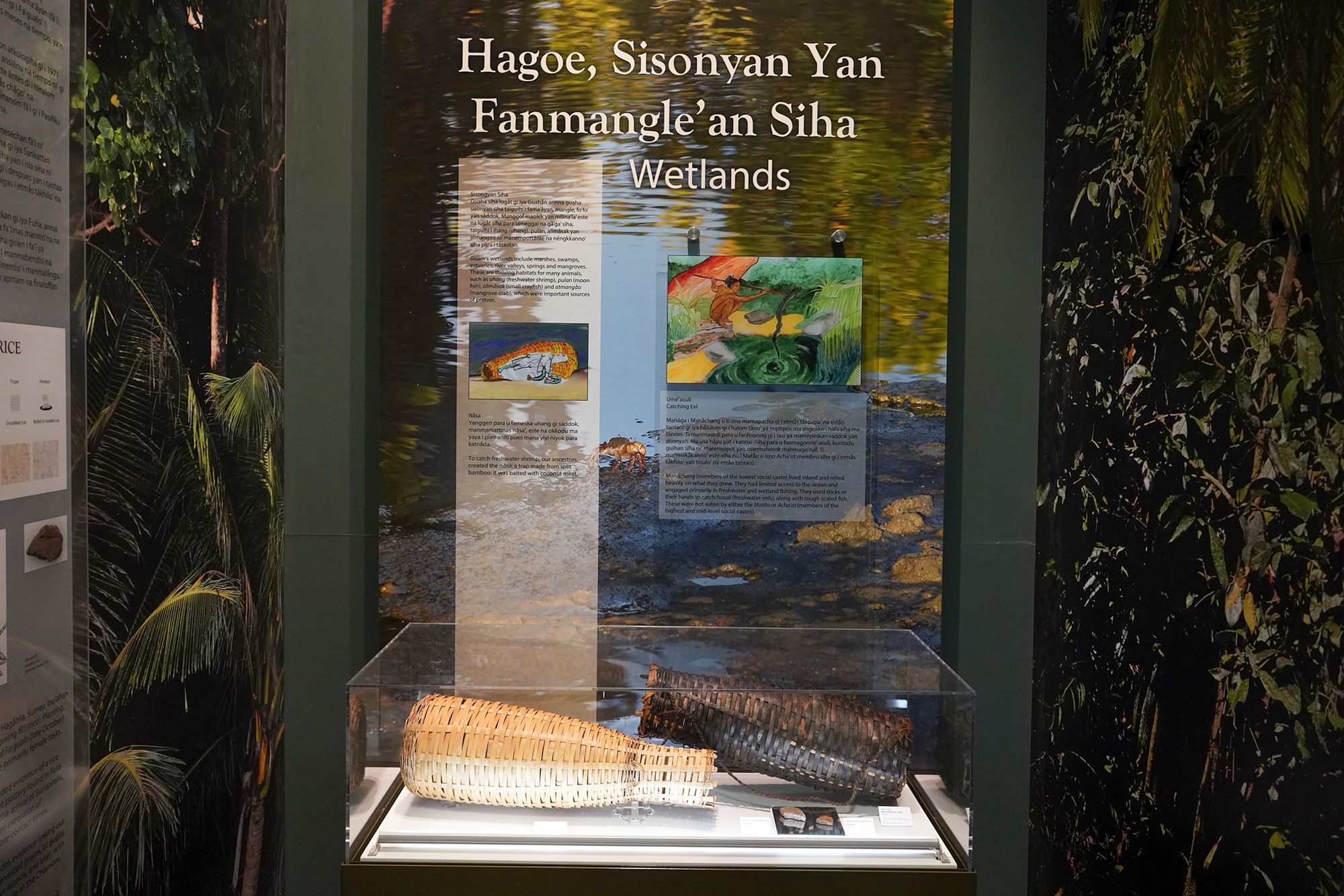
From the wetlands, they got:
Freshwater Fish and Eels: Caught in rivers and marshes, providing an additional protein source.
Crustaceans: Such as freshwater crabs and shrimp.
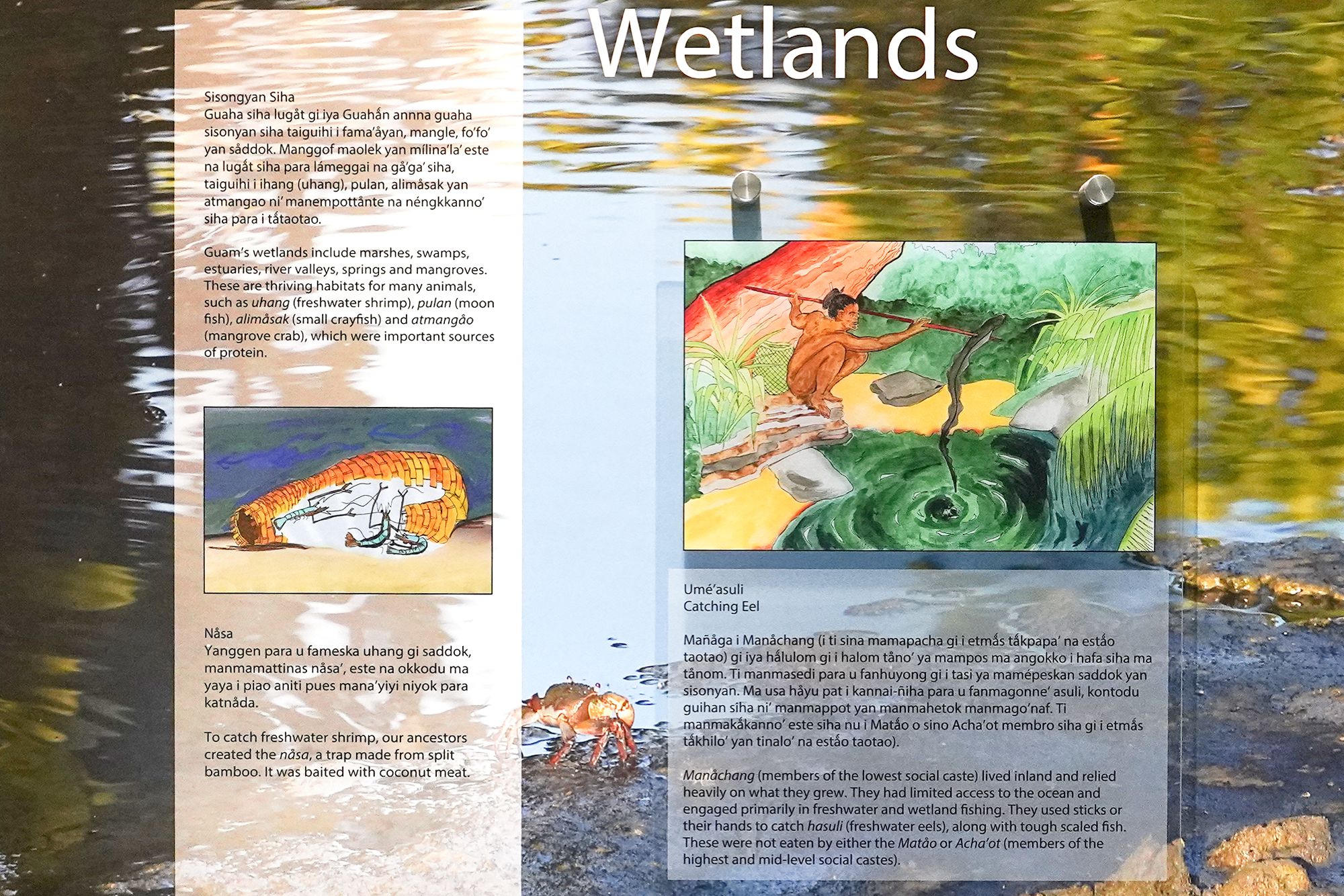
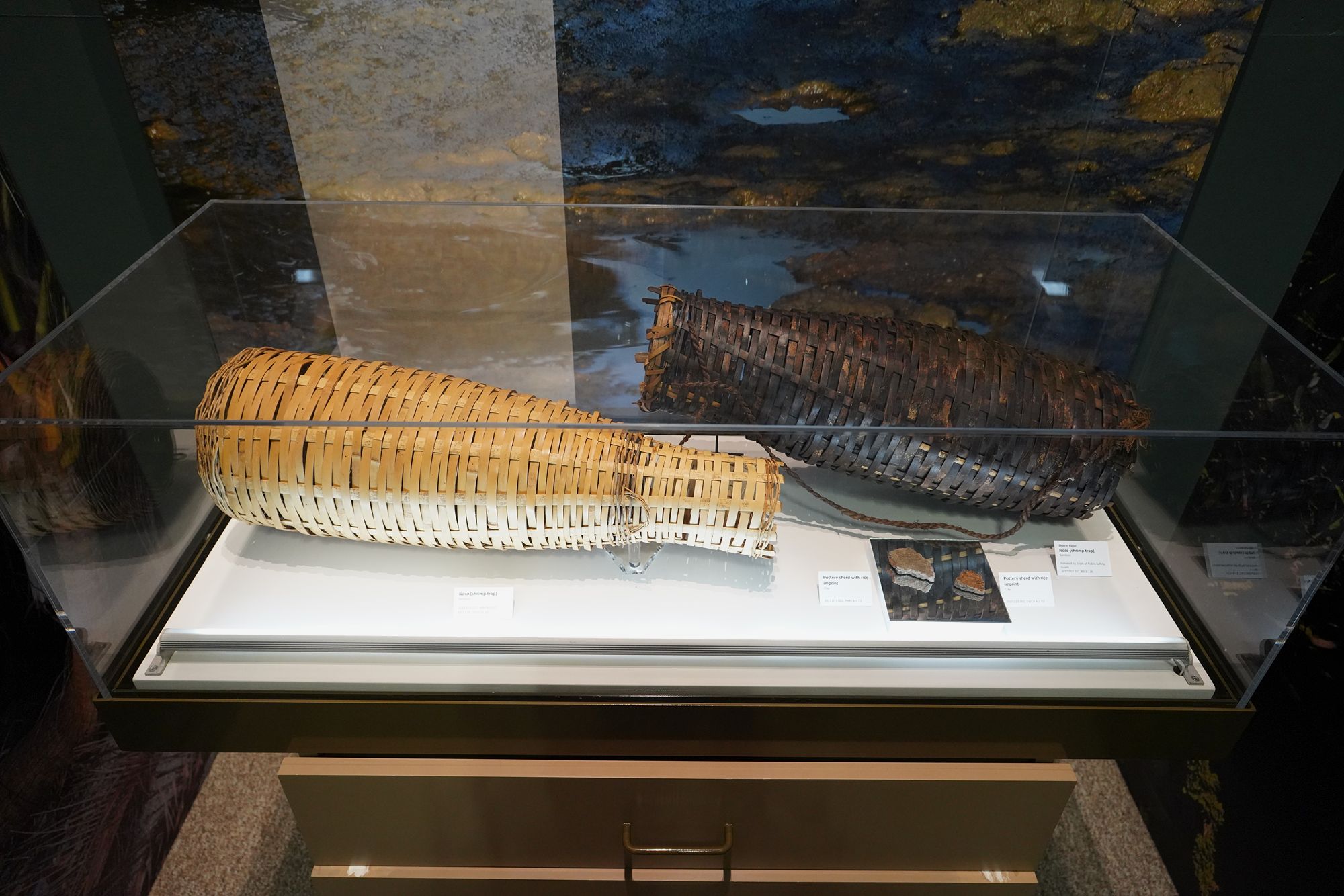
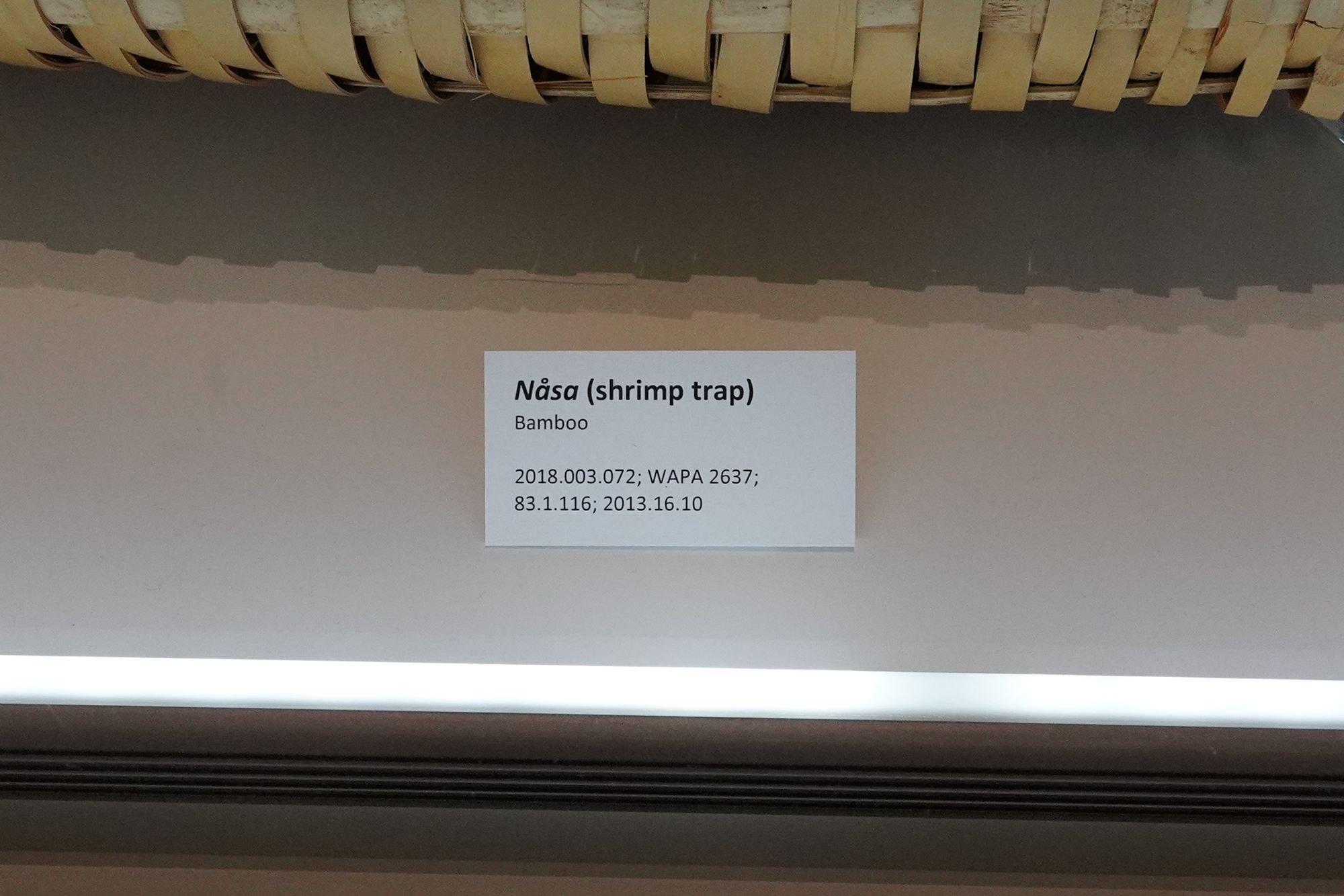
The coastal areas of Guam provided clay that the Chamorro people used to make pottery.
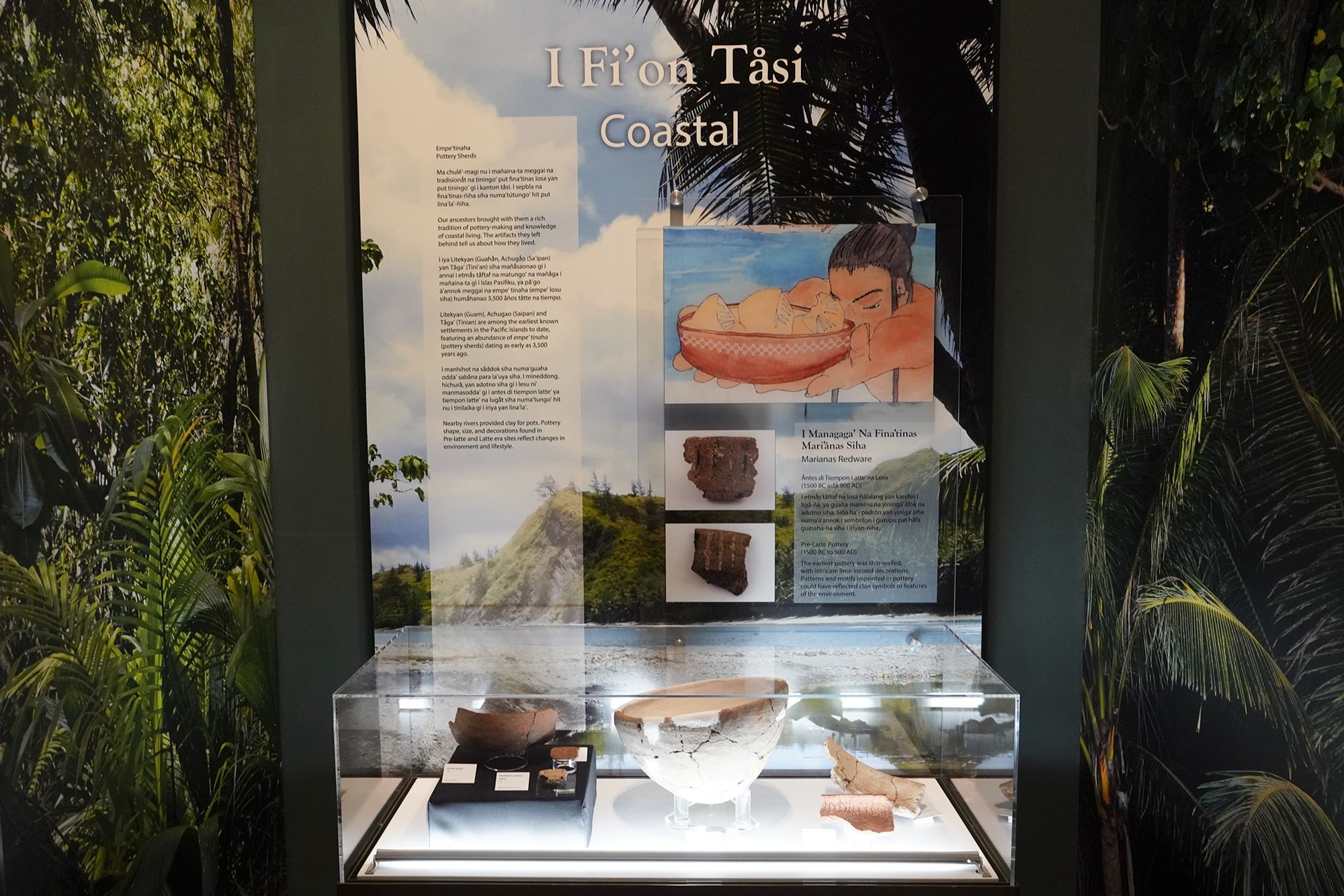
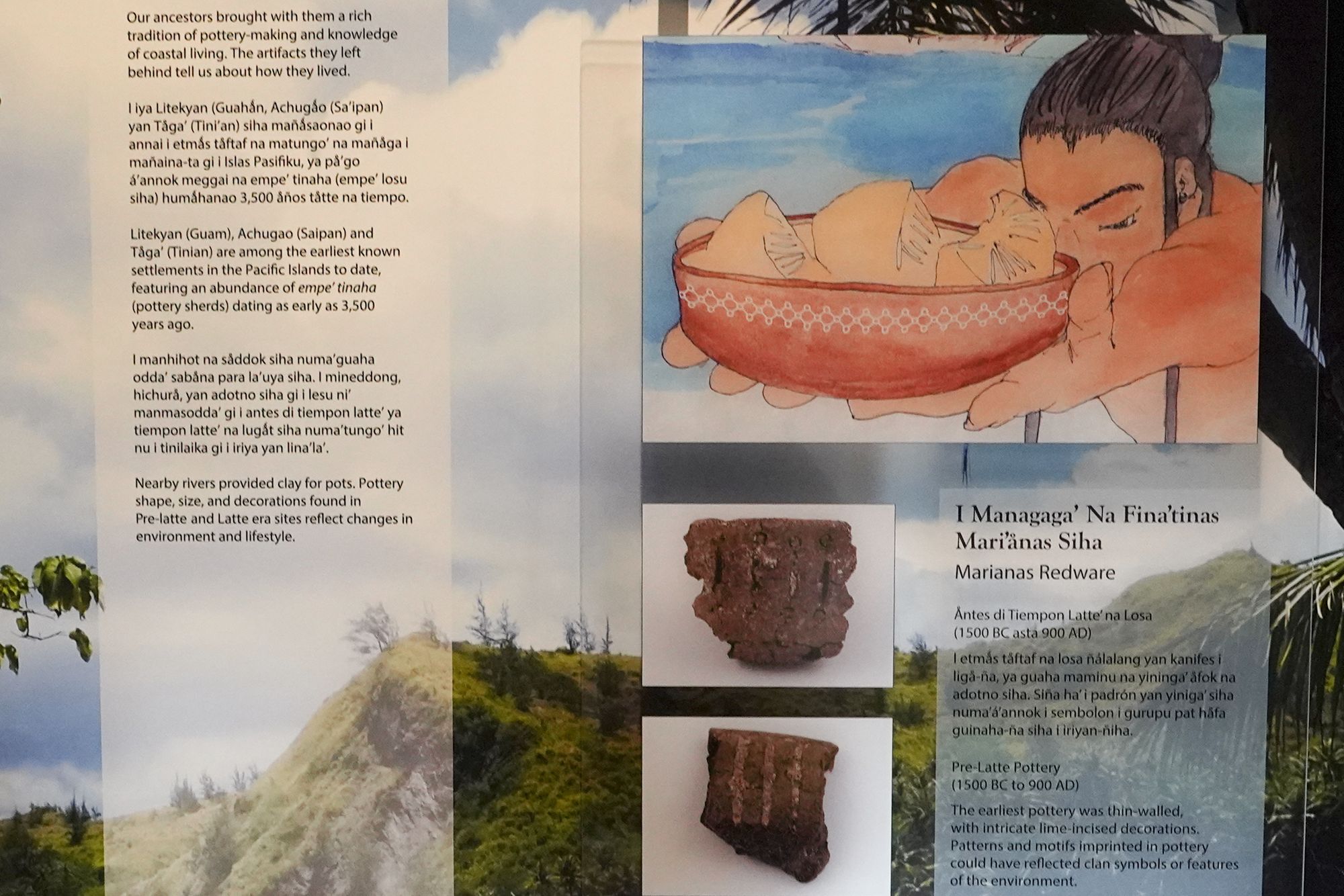
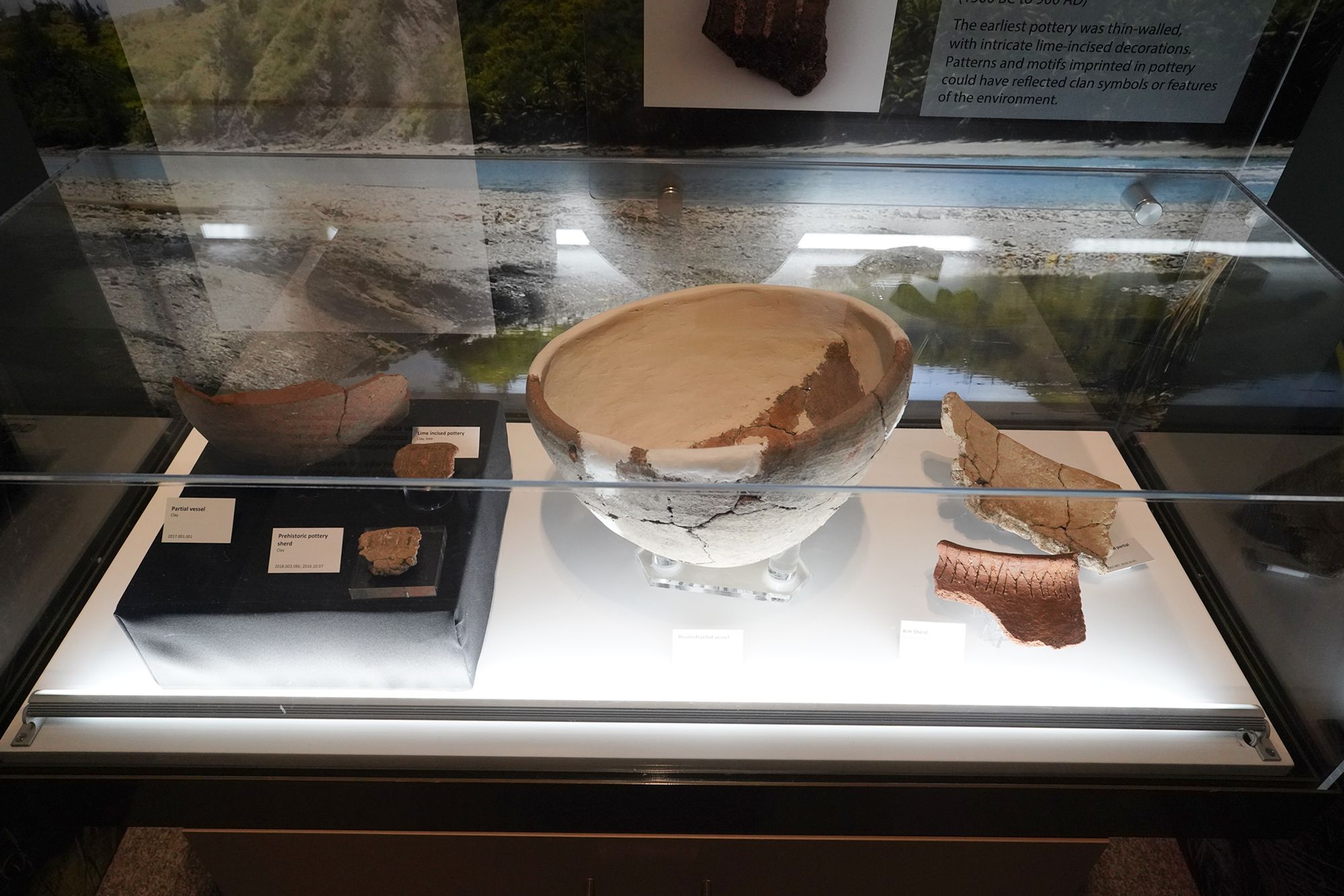

The jungle provides:
Fruits: Such as bananas, breadfruit, coconuts, papayas, guavas, and mangoes.
Nuts and Seeds: Like betel nuts, which were chewed for their stimulant effects.
Various herbs, barks, and leaves were used in traditional medicine to treat illnesses, wounds, fevers, and infections.
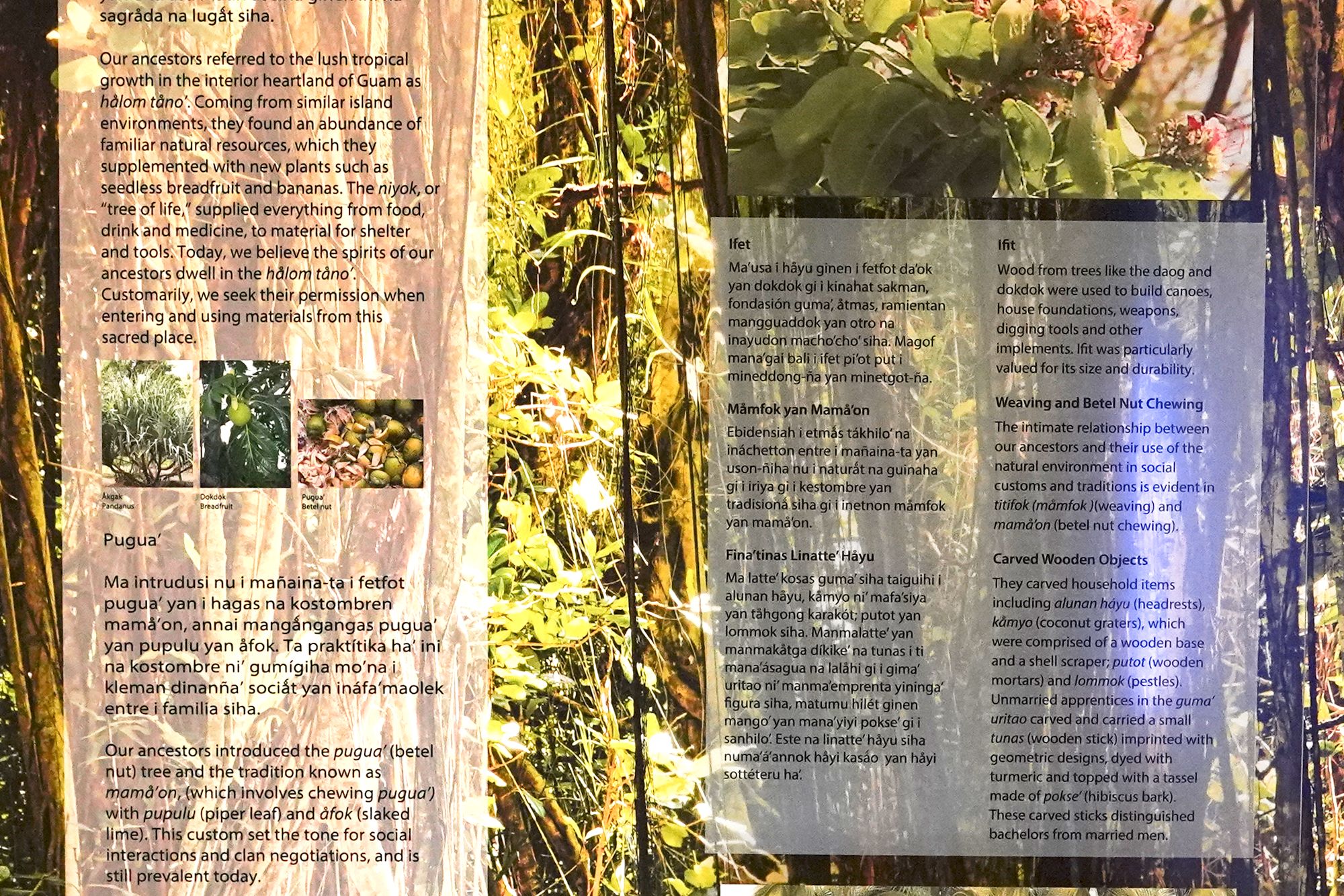
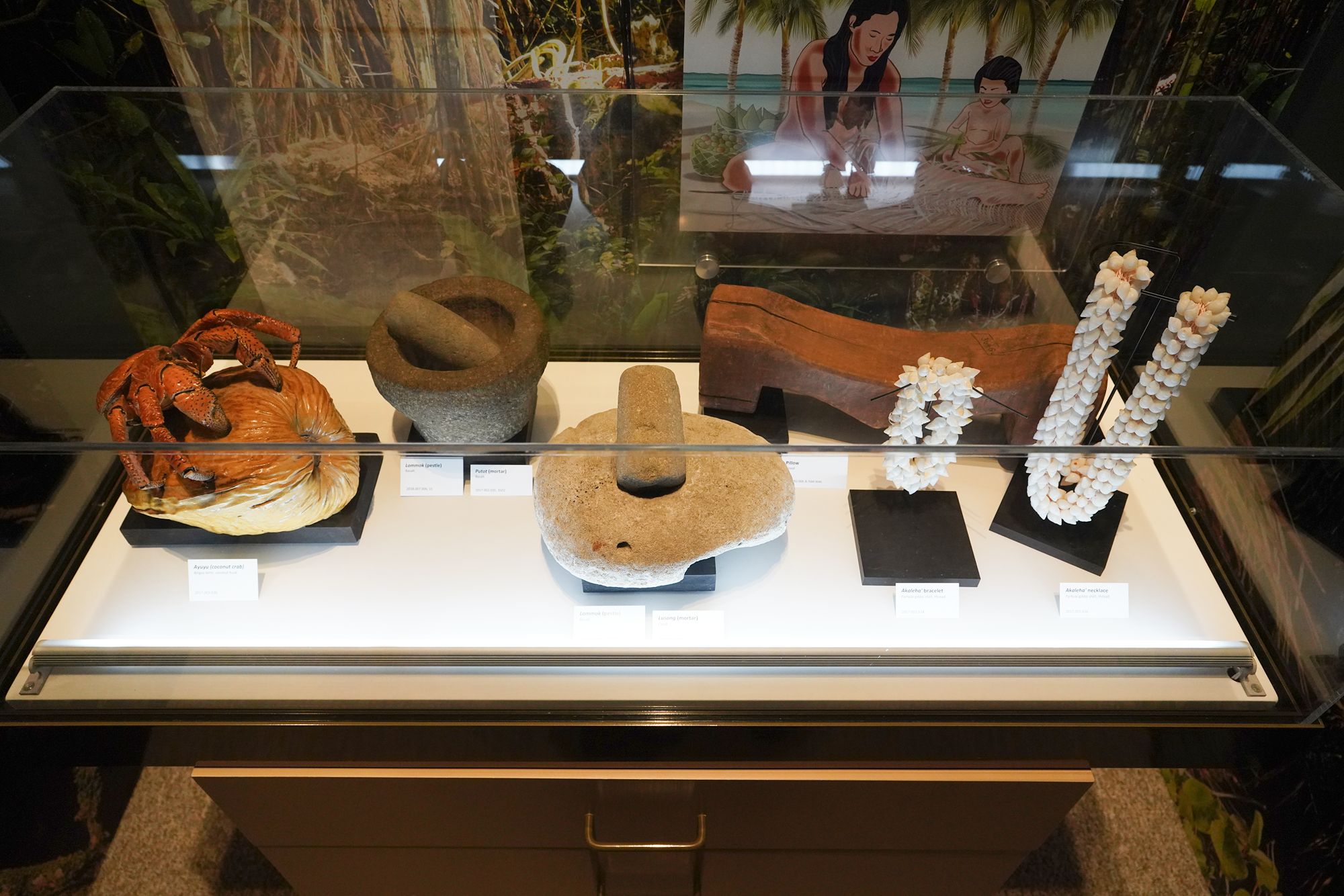
The savannah and valley provide:
Wild Grasses and Edible Plants: Certain grasses and herbs were gathered for food or medicinal purposes.
Fertile Soil: Ideal for cultivating crops like taro, yam, sweet potatoes, bananas, and sugarcane.
Farming was a crucial part of the Chamorro people’s way of life in Guam, complementing their reliance on the ocean, jungles, and wetlands.
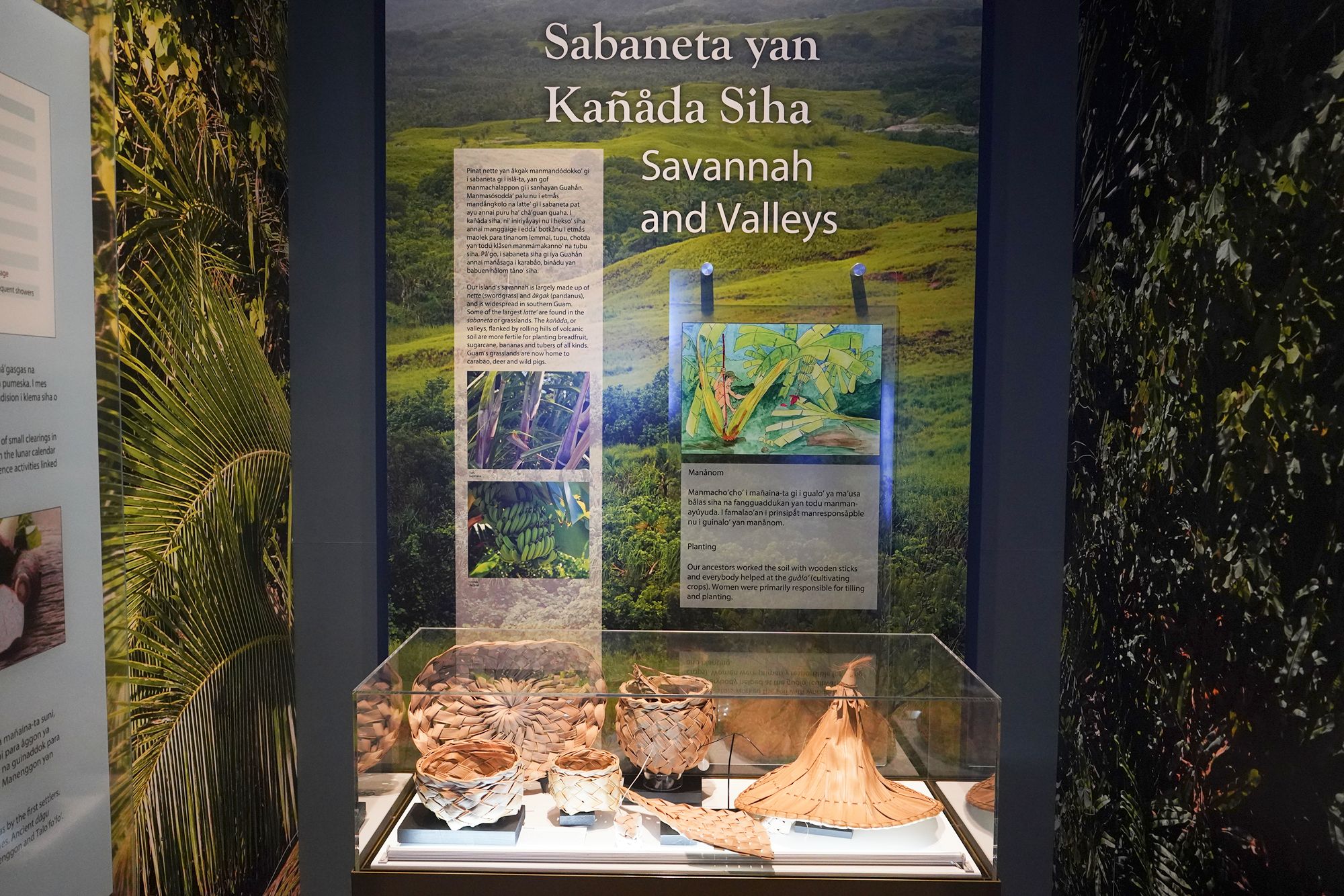
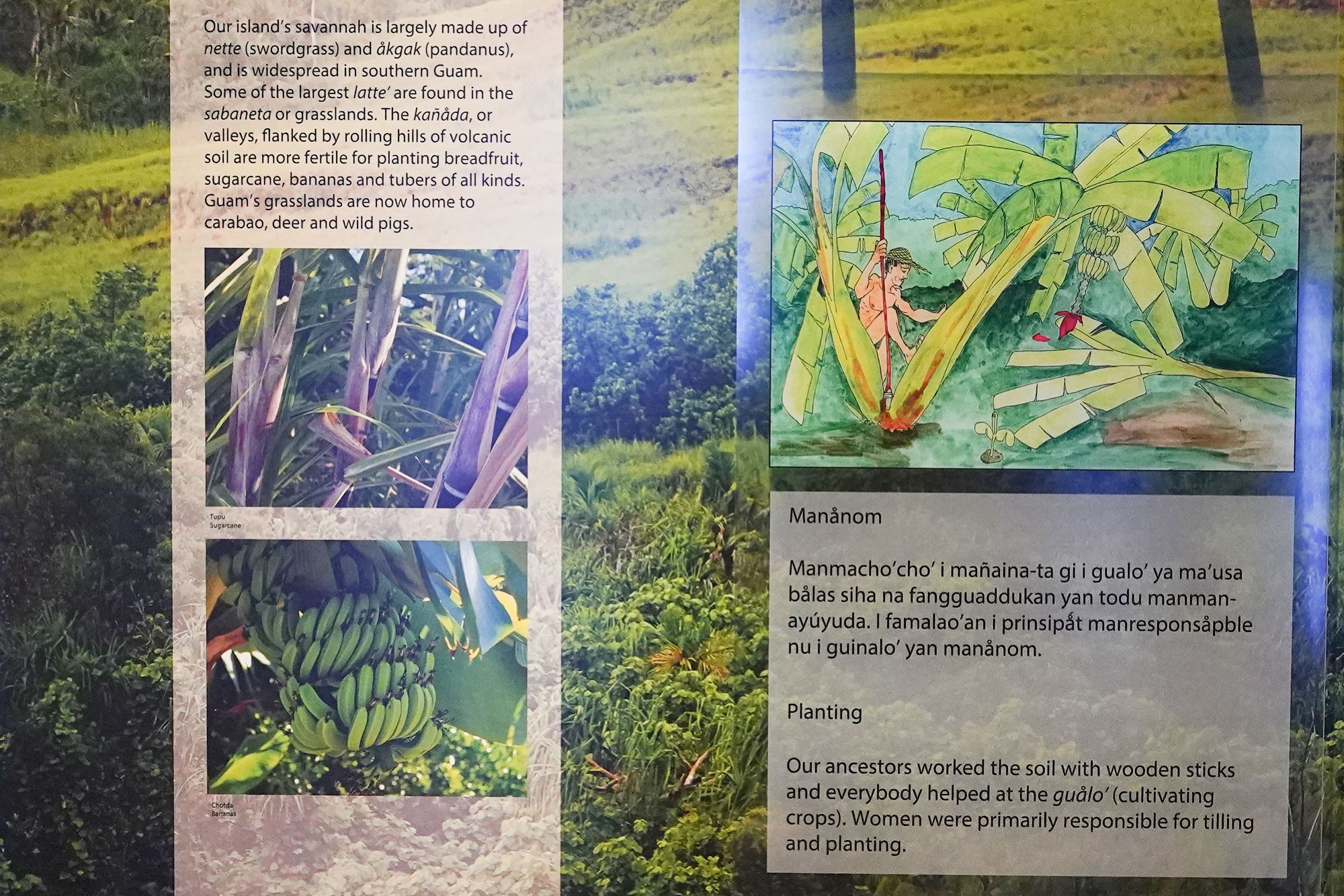
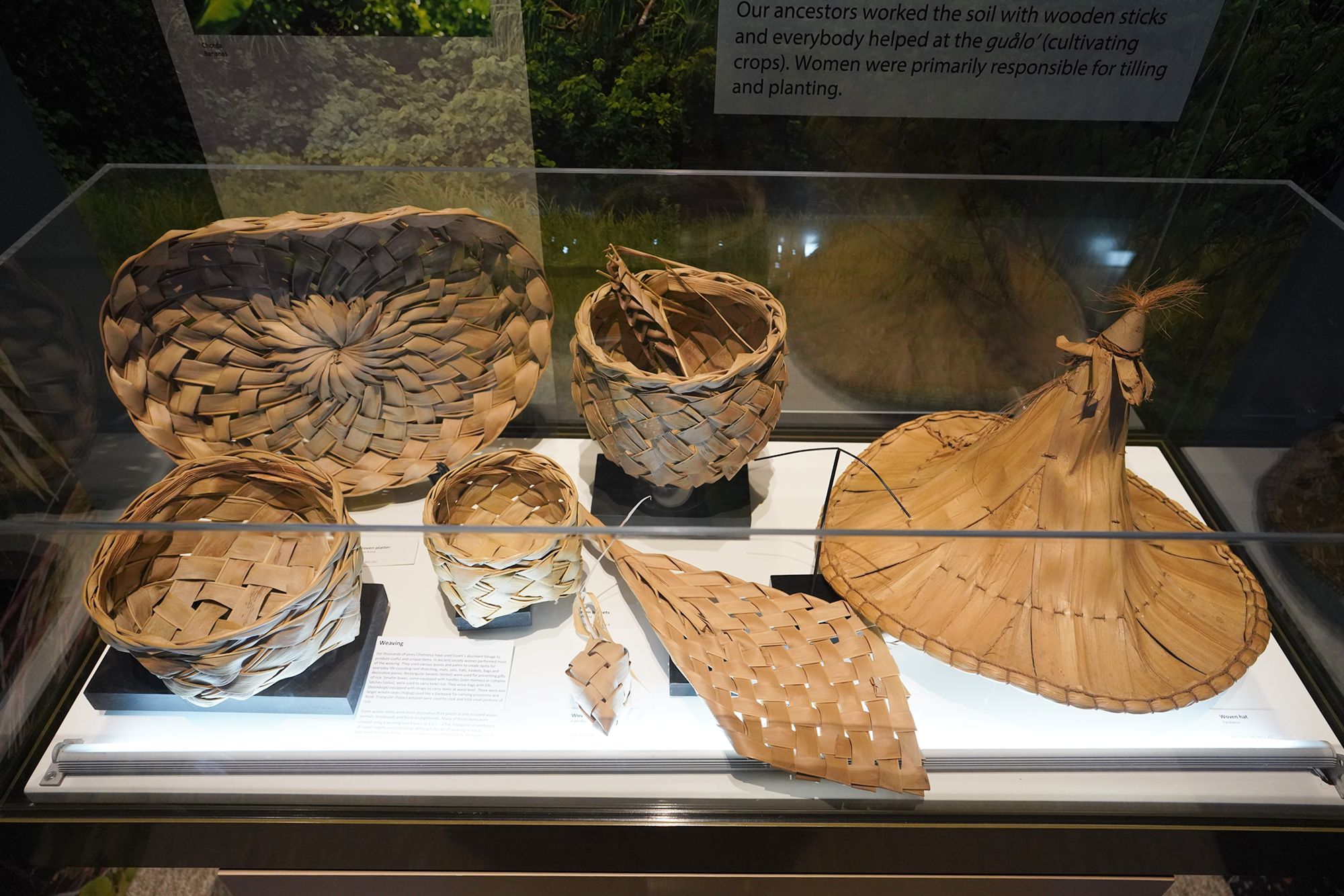
Weaving was an essential skill for the Chamorro people of Guam, deeply rooted in their daily life, culture, and traditions. It provided not only practical items for everyday use but also held ceremonial and artistic significance.
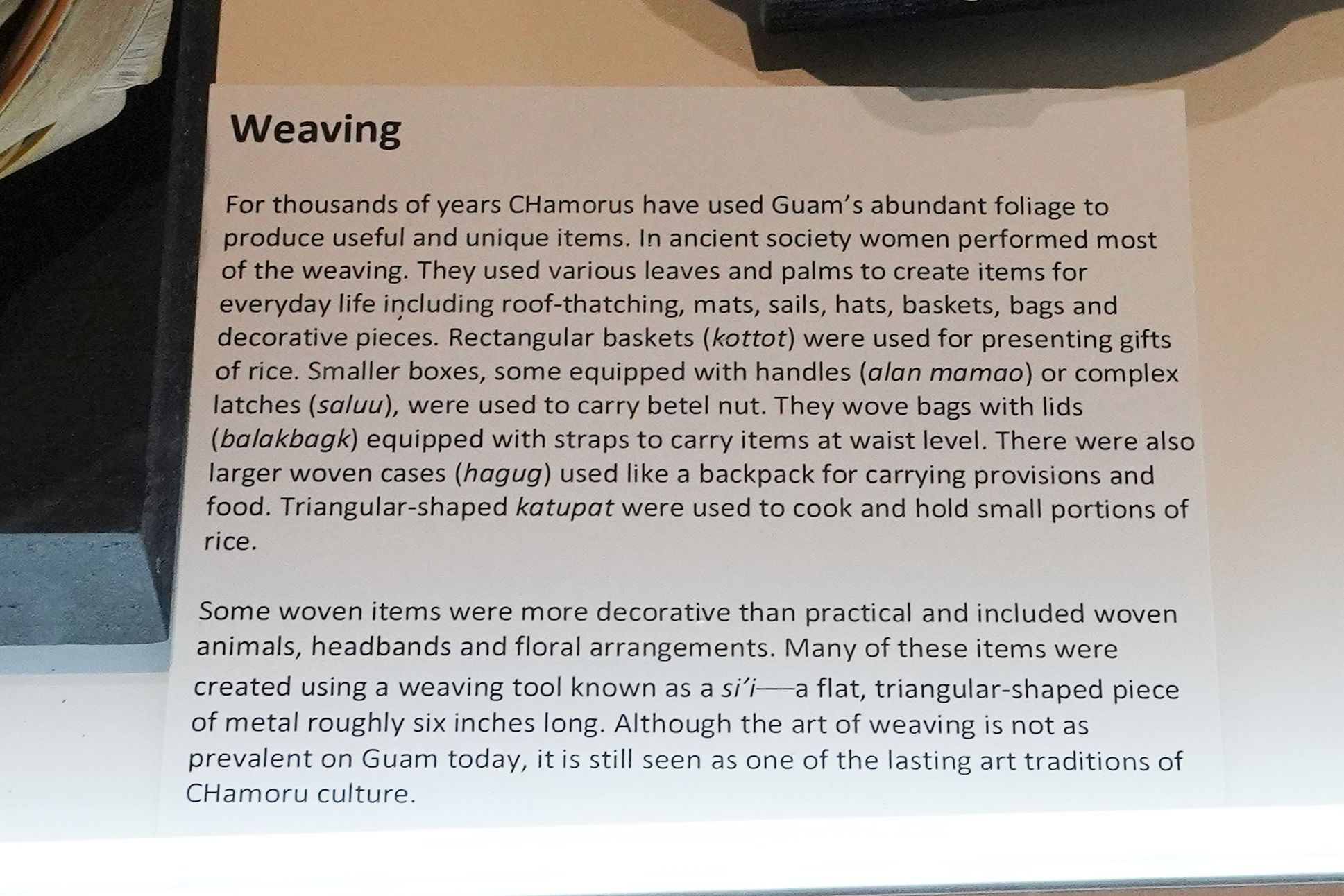
Guam is home to several rivers and waterfalls that play a vital role in the island’s ecosystem, culture, and natural beauty. While Guam is a relatively small island, its tropical climate and limestone terrain create unique freshwater systems that have historically supported the Chamorro people through fishing, farming, and daily living.

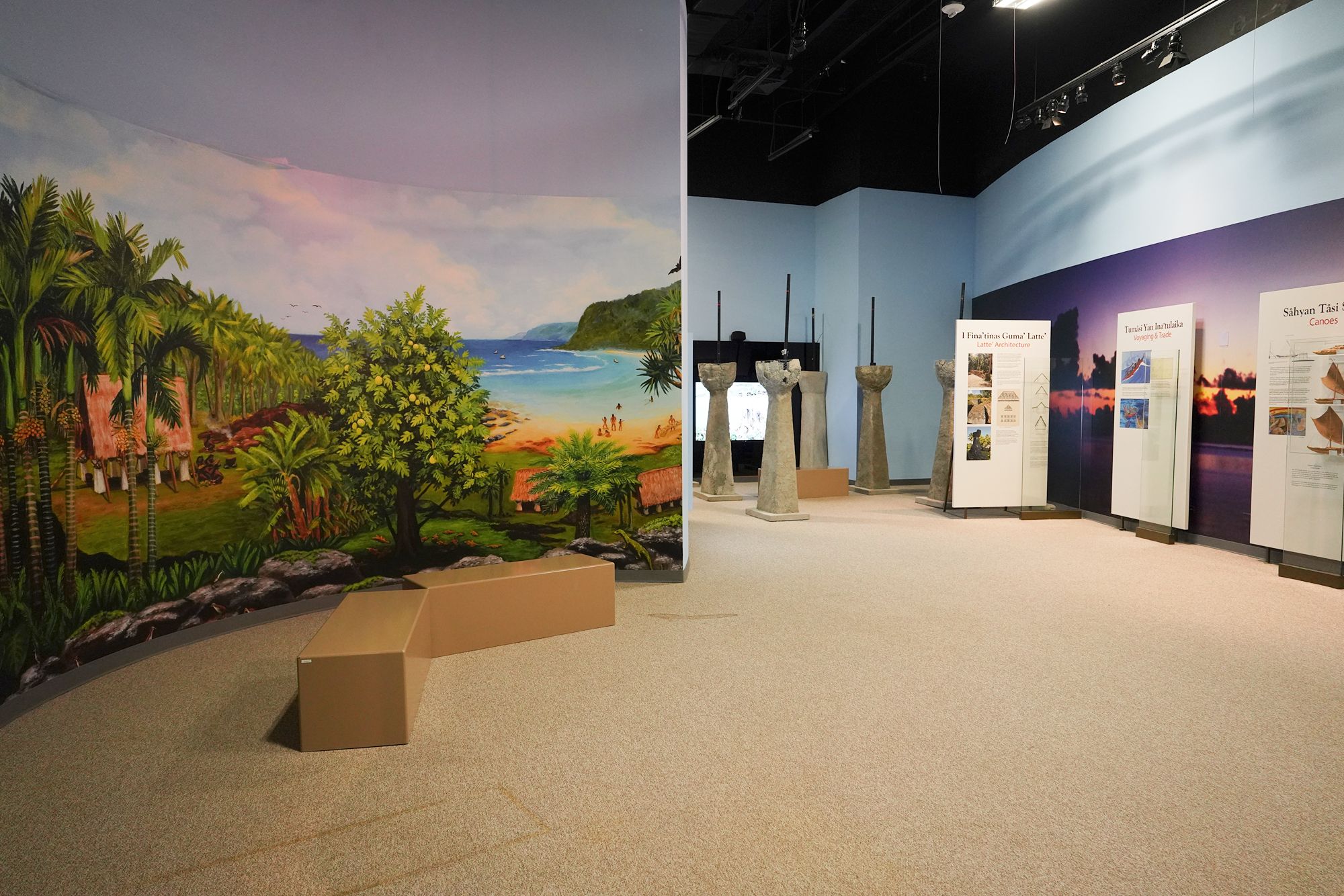
The original people of Guam, the Chamorro, were exceptional navigators and seafarers, part of the larger Austronesian voyaging tradition. Their advanced navigation skills allowed them to explore, settle, and maintain connections across the vast Pacific Ocean, long before the arrival of European explorers.
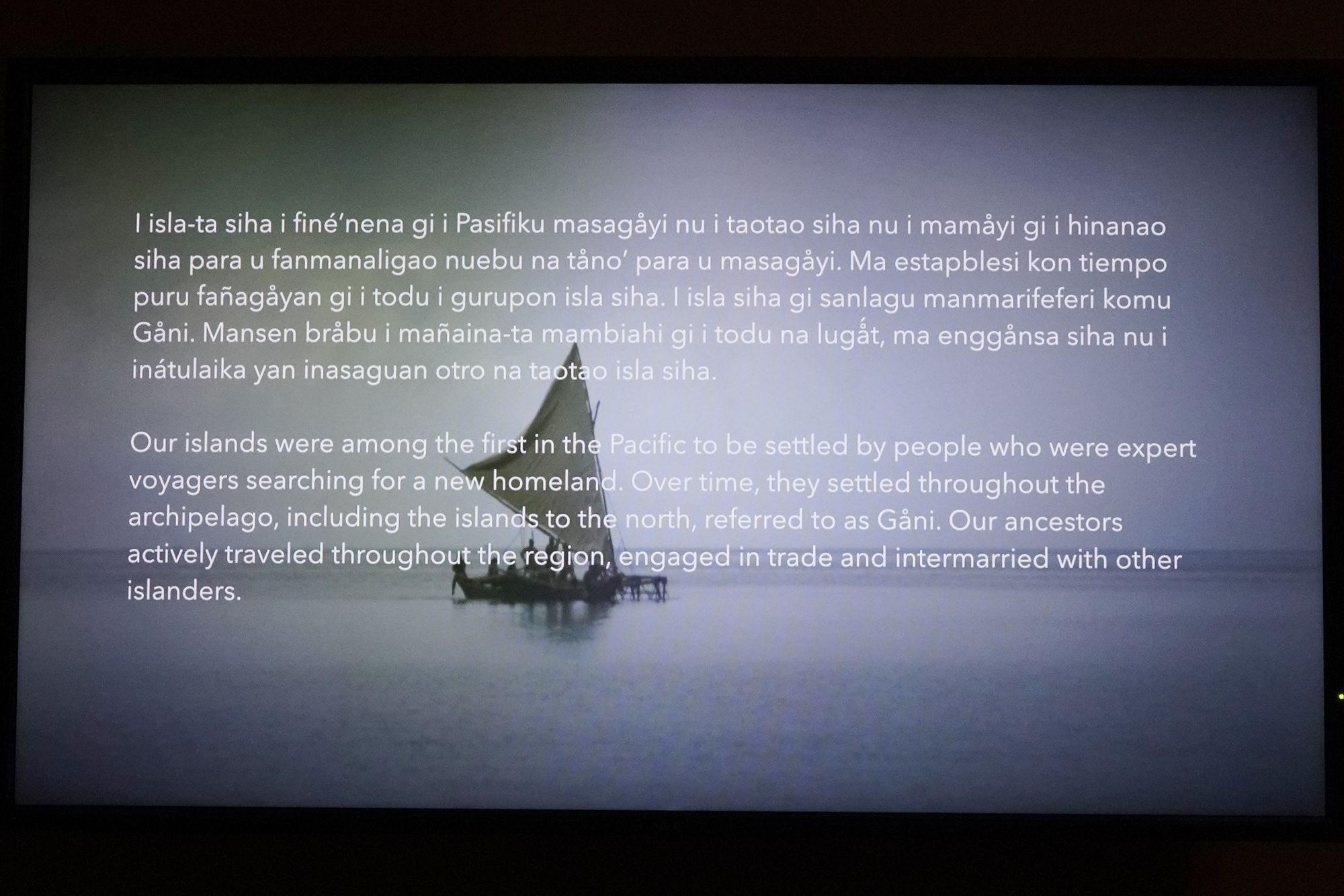
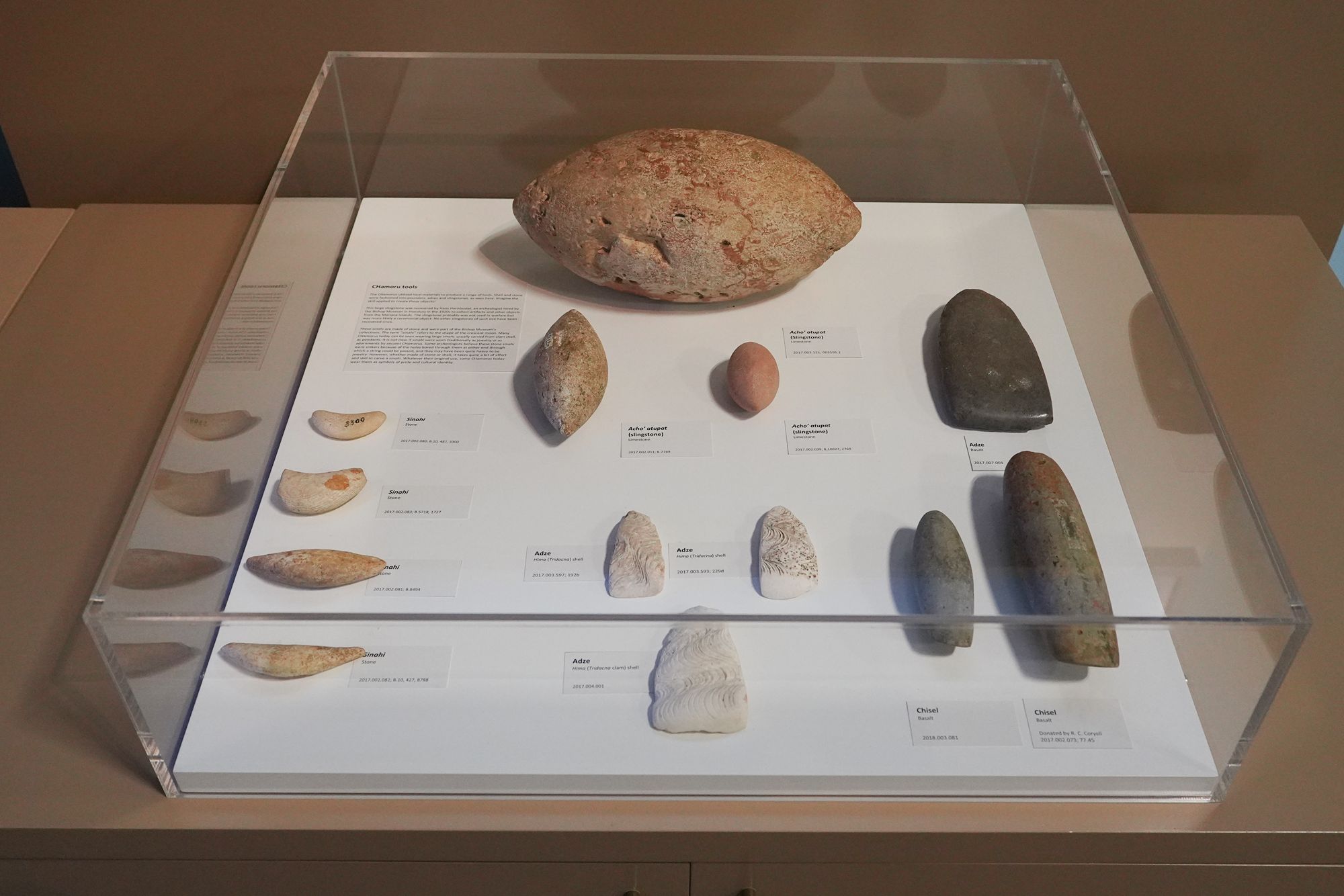
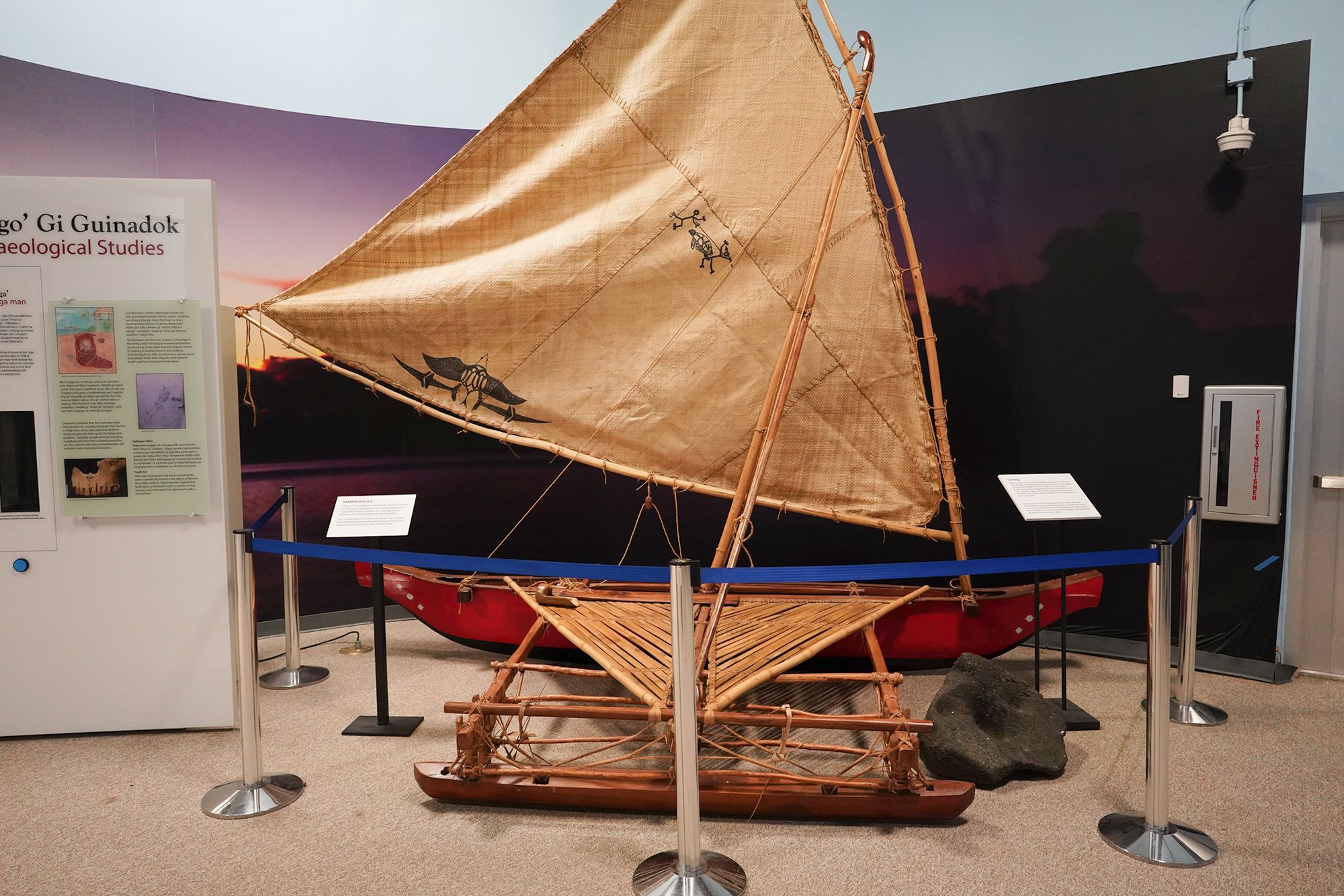
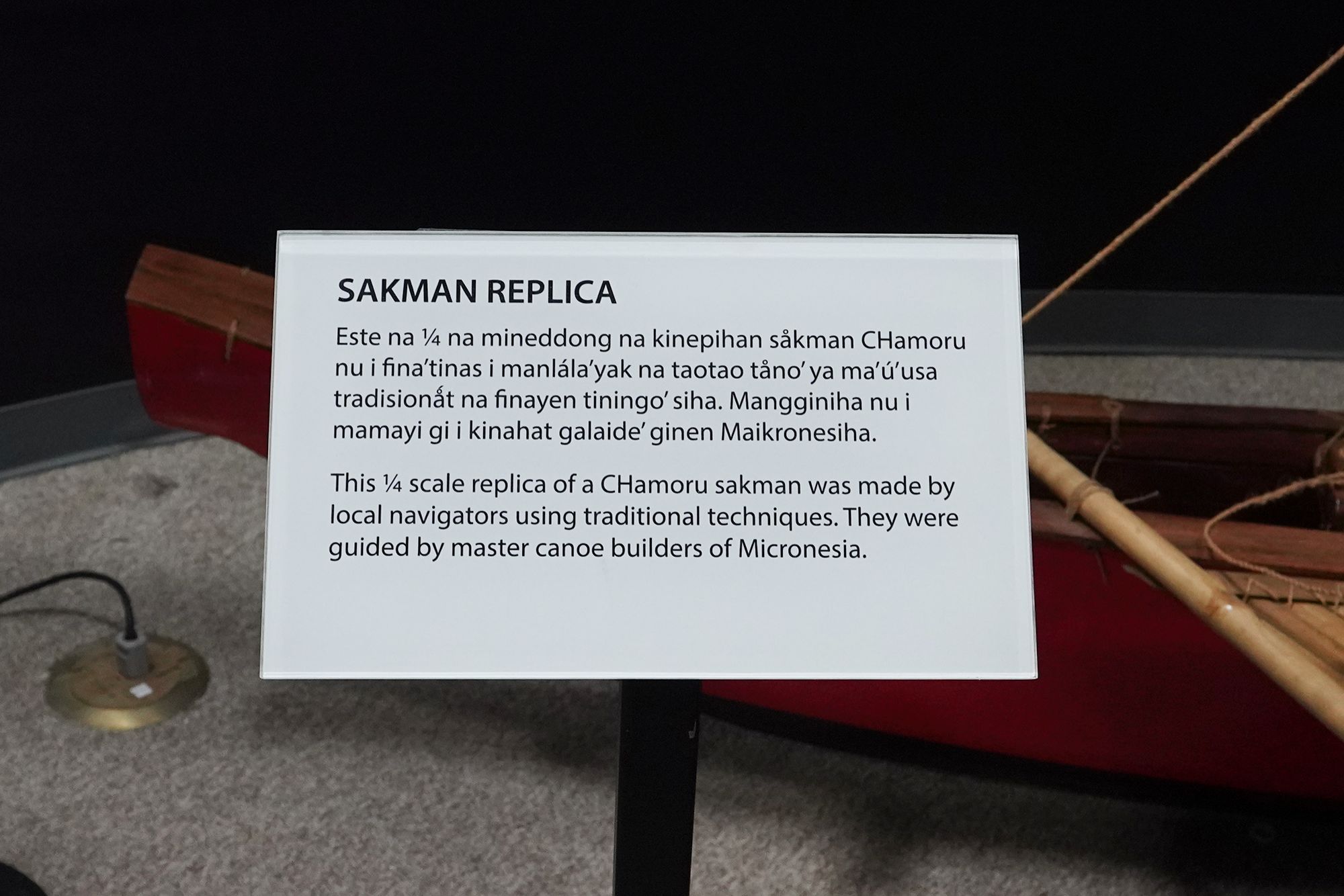
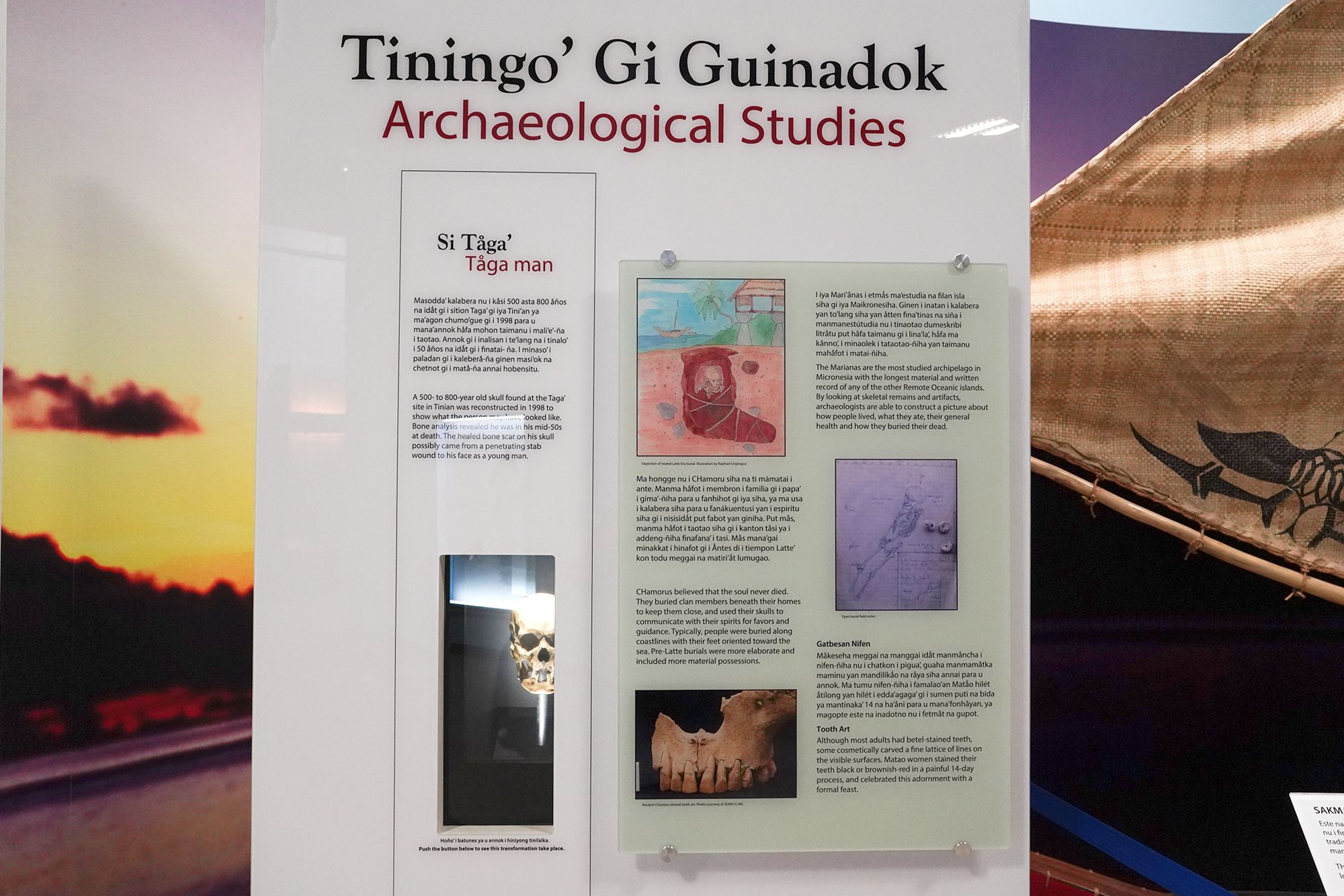
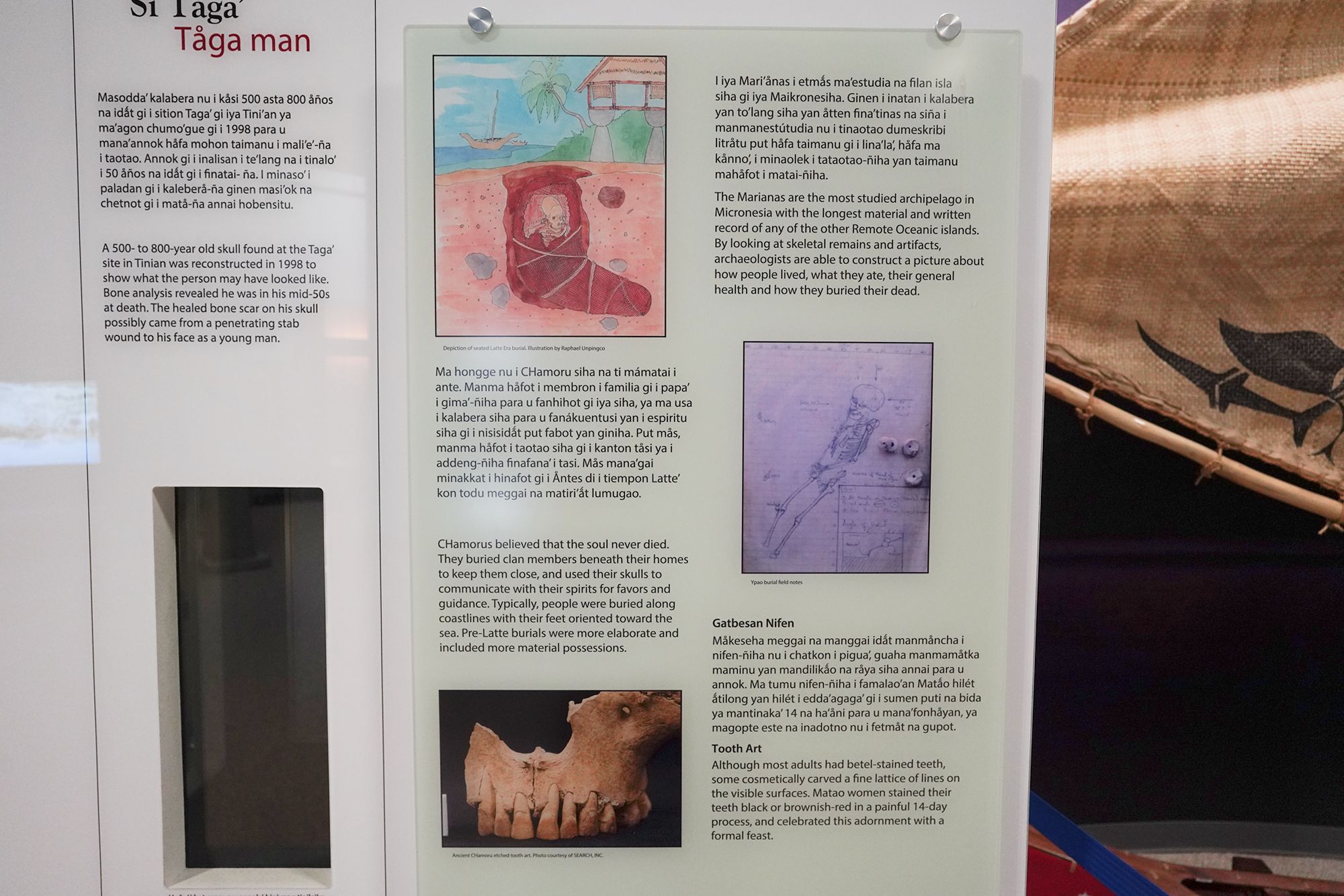
Celestial Navigation:
The Chamorro used the stars, sun, moon, and horizon to guide their journeys.
They memorized the positions of constellations and the rising and setting points of specific stars to determine direction.
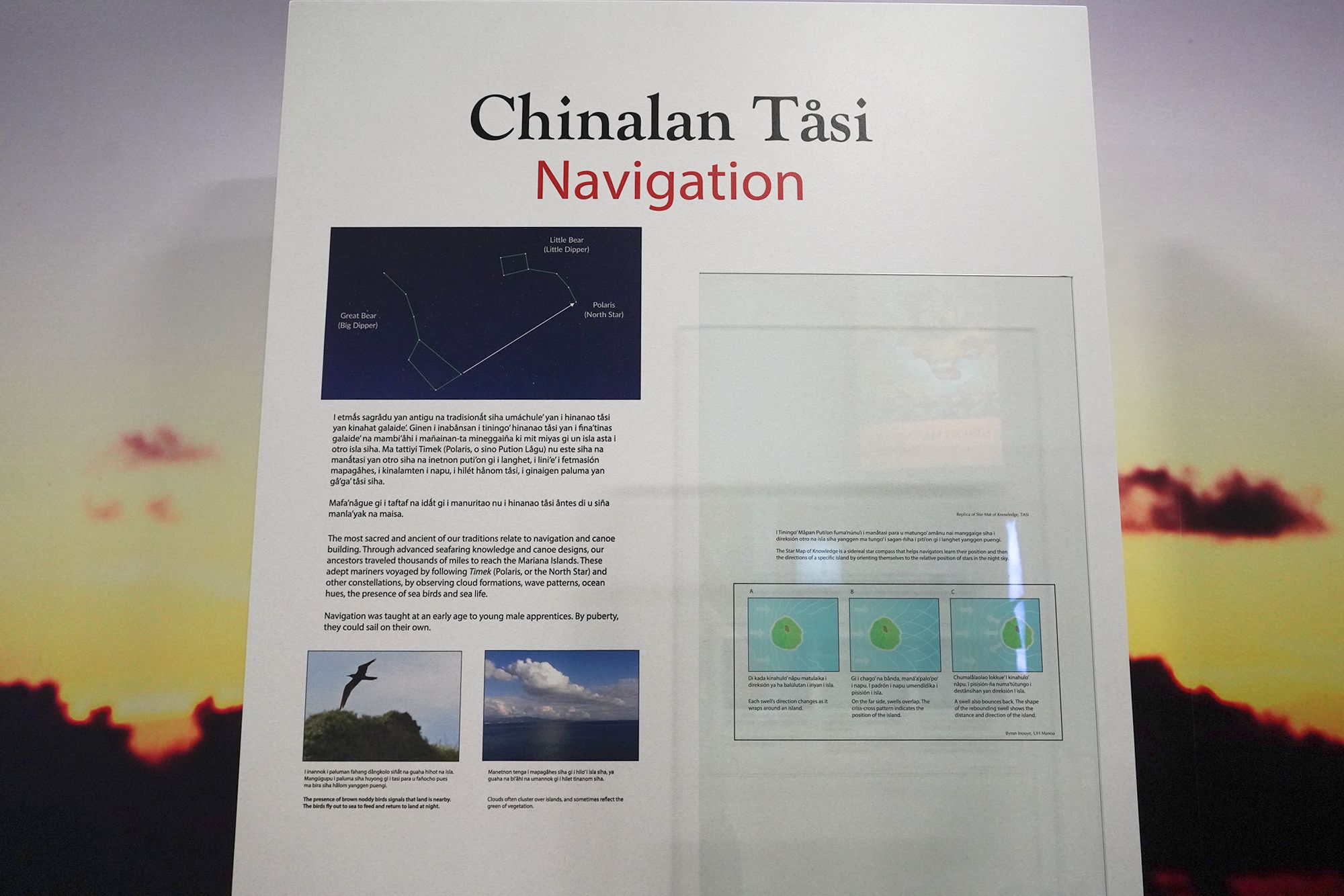
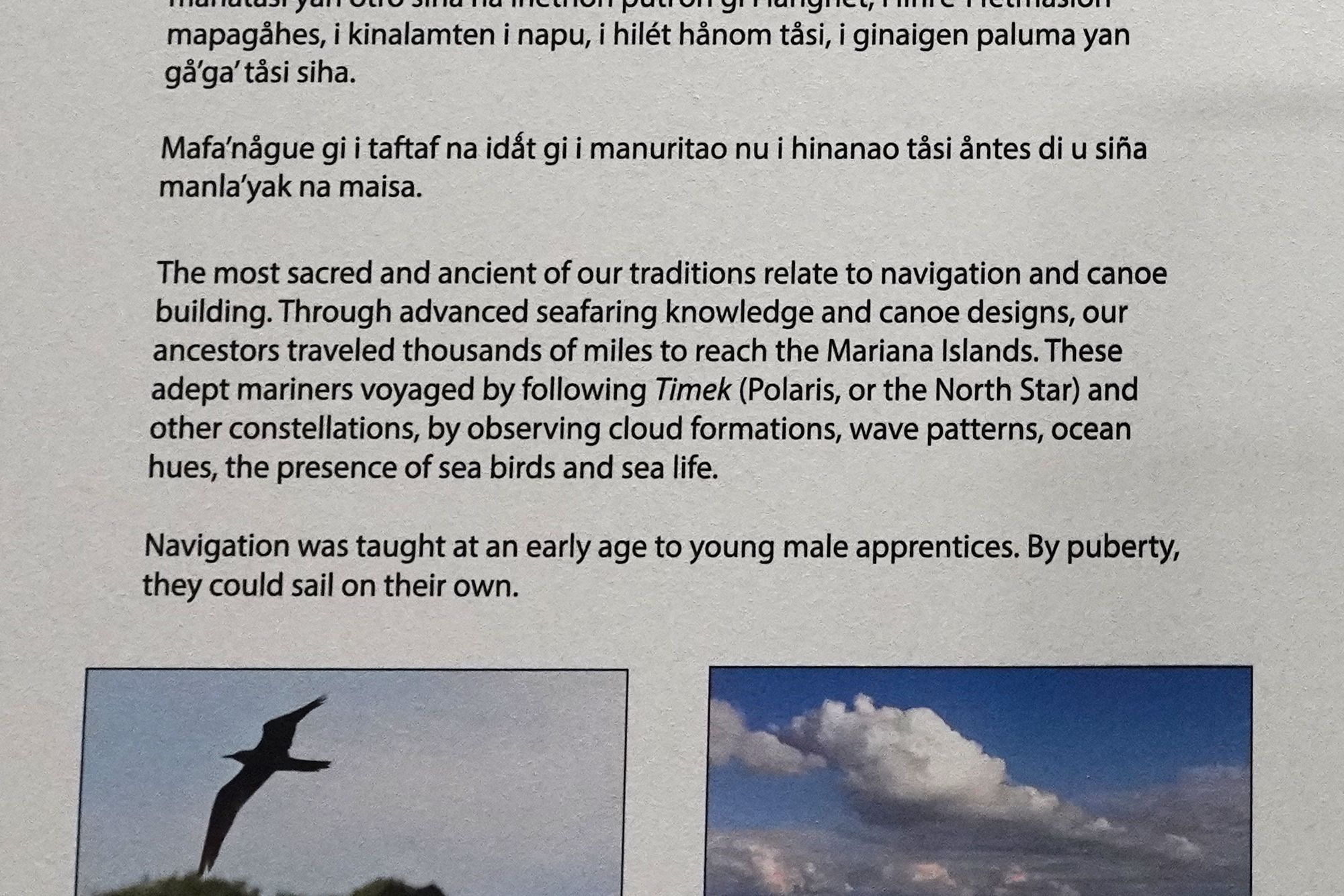
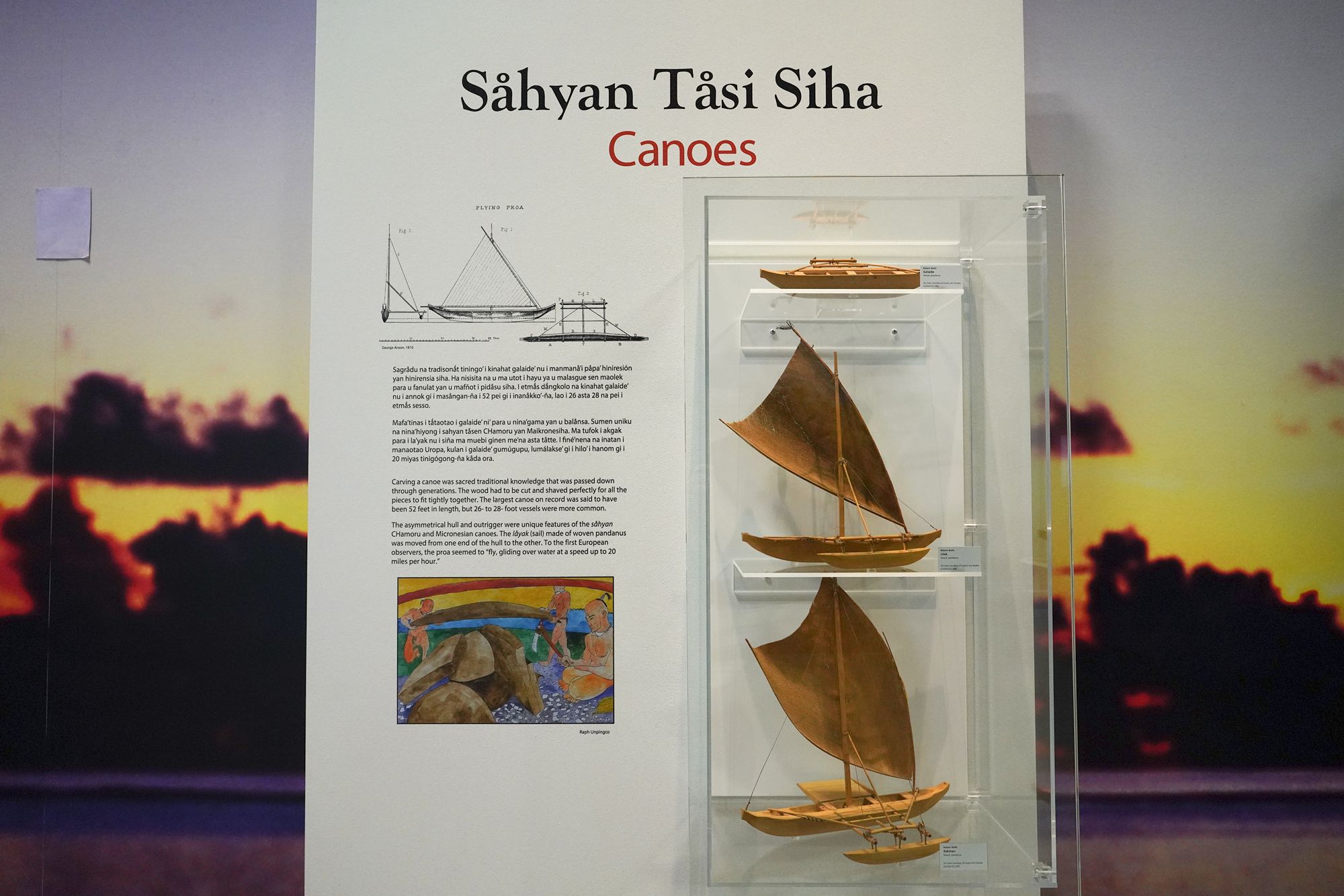
The most iconic Chamorro canoe features an asymmetrical hull and a single outrigger for stability.
Designed for speed and long-distance travel, it is capable of switching directions without turning the boat around—a technique called “shunting.”
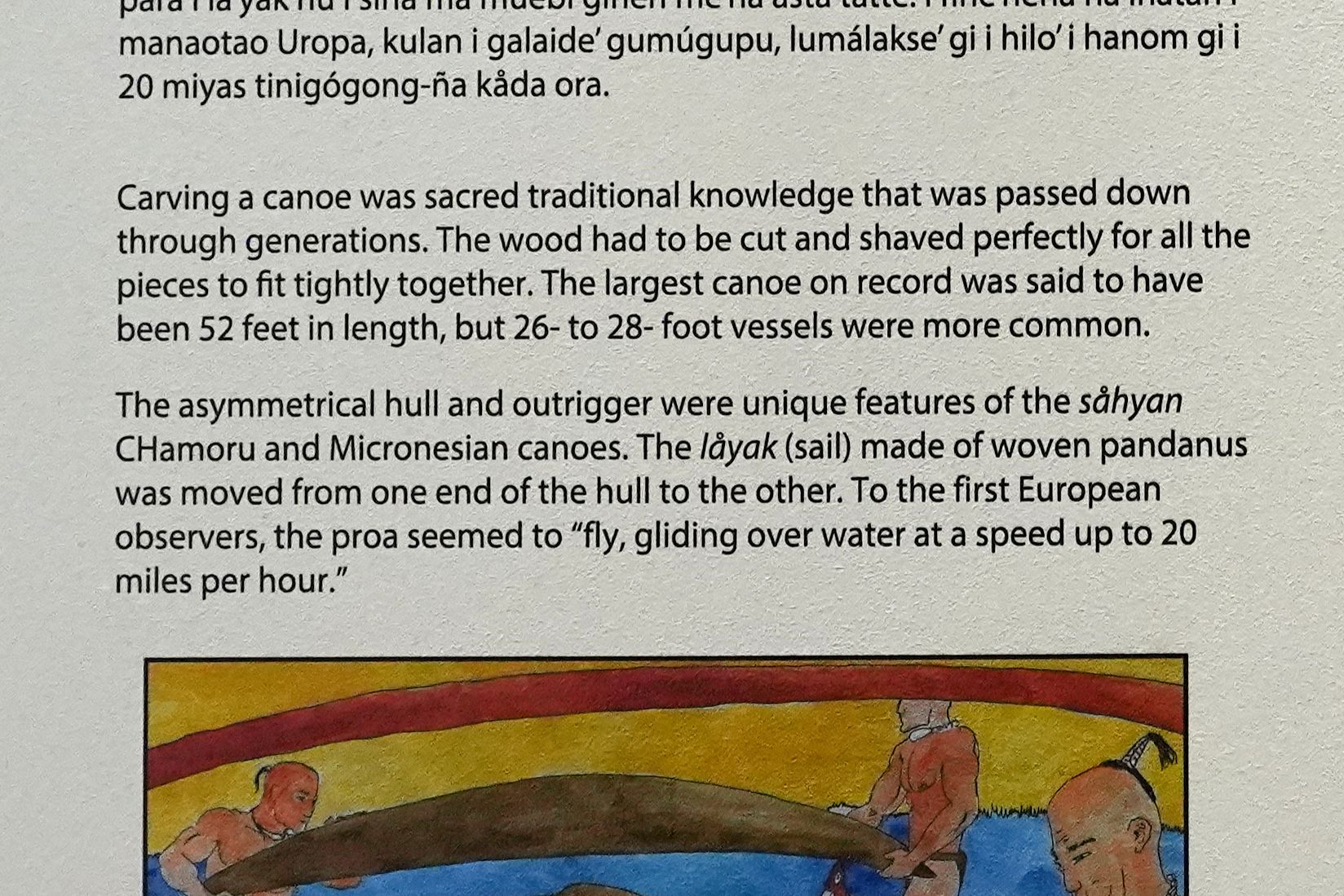
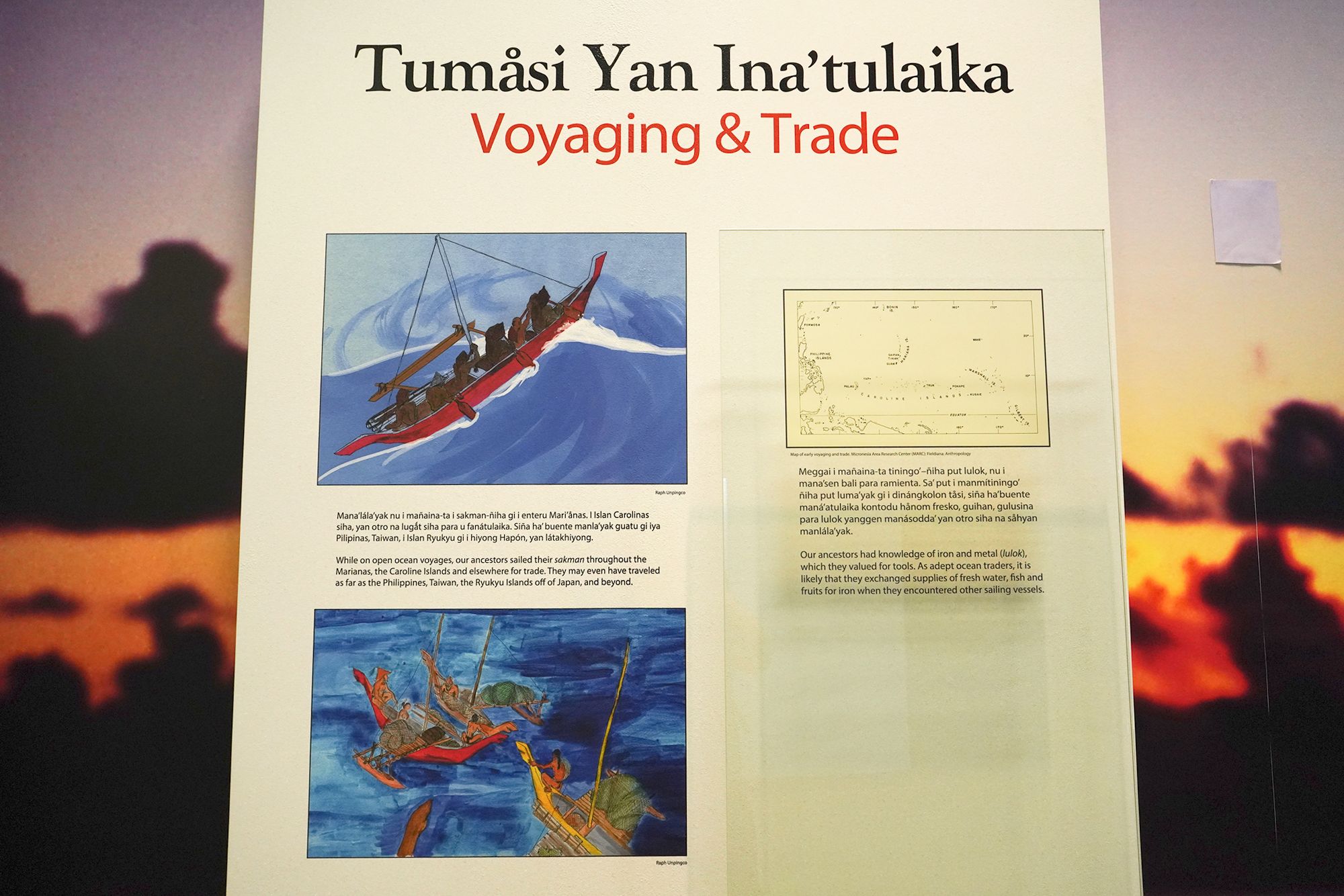
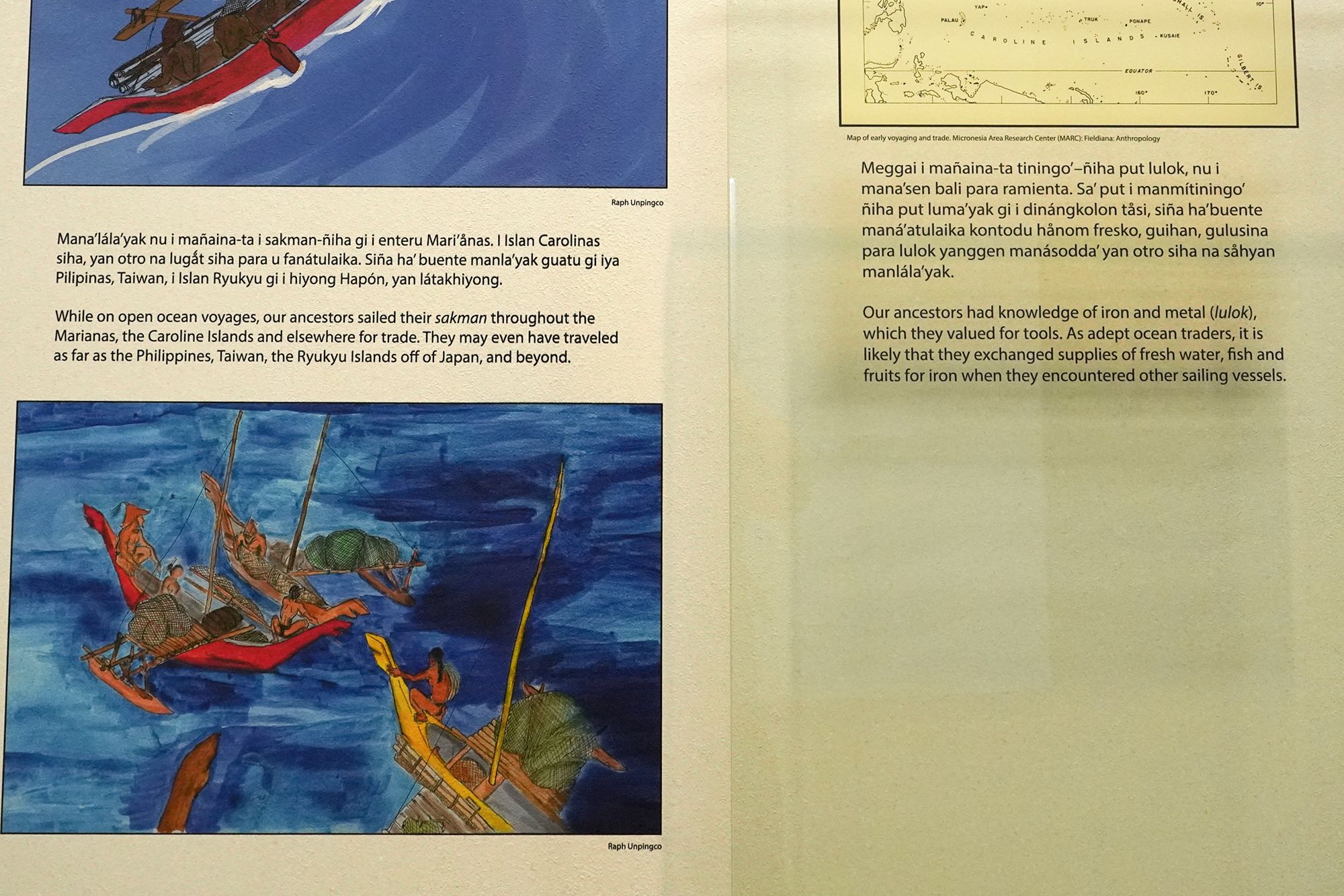
The traditional Chamorro homes of Guam were built using unique architectural features, most notably the Latte stones, which served as the foundation of their structures.
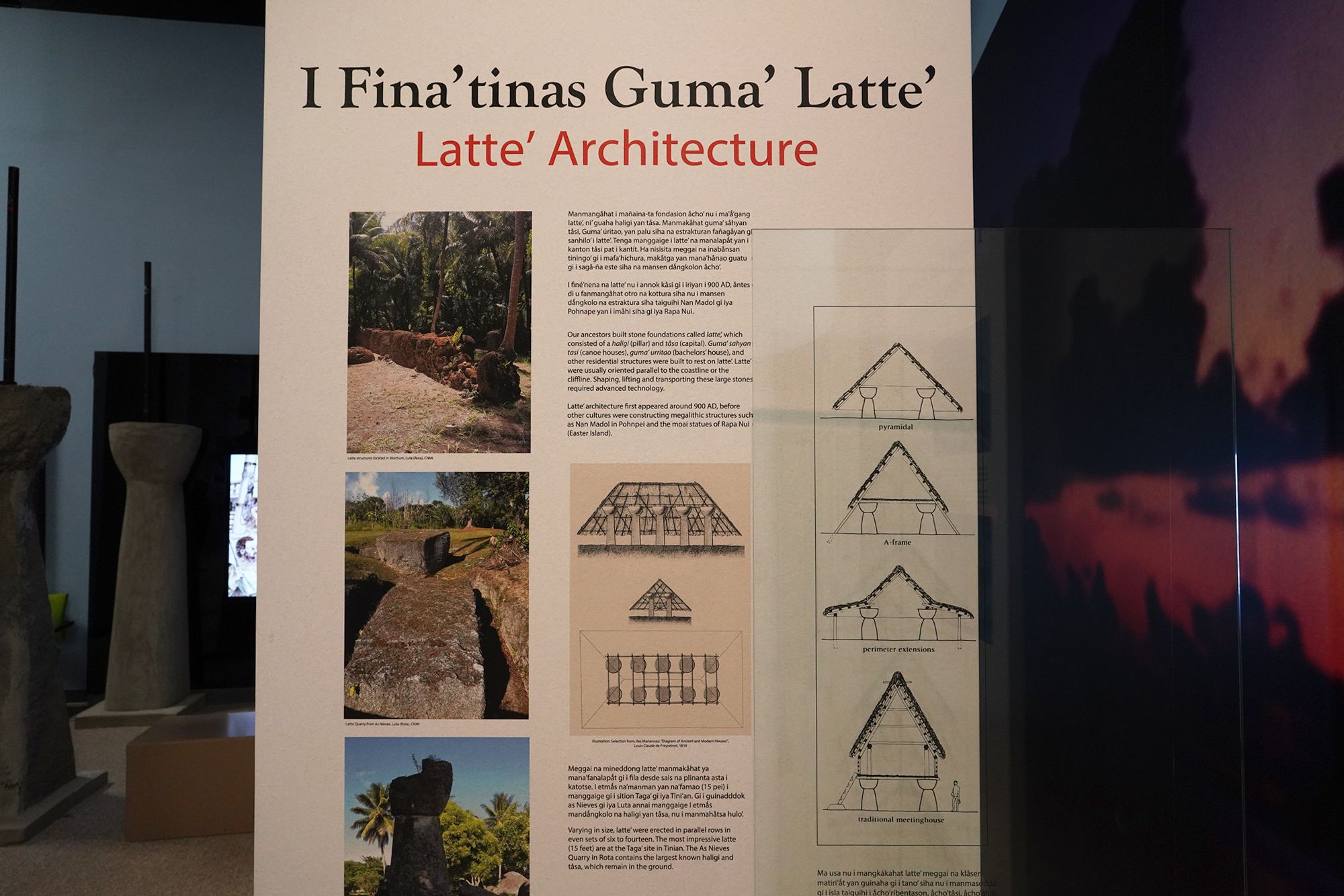
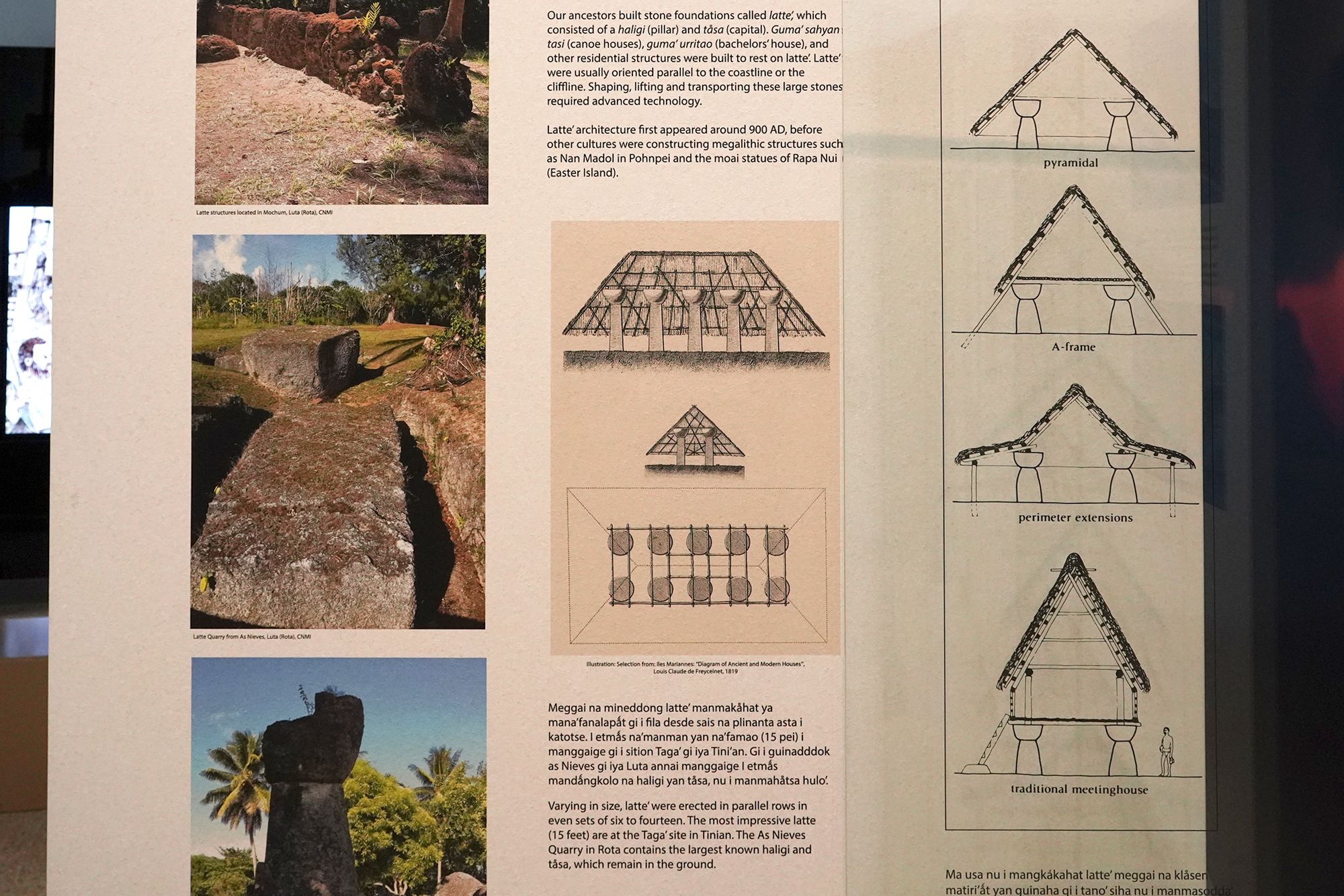
By the turn of the 17th century, they developed into a highly organized society based on maternal kinship ties. They practiced an elaborate system of reciprocity and exchange.
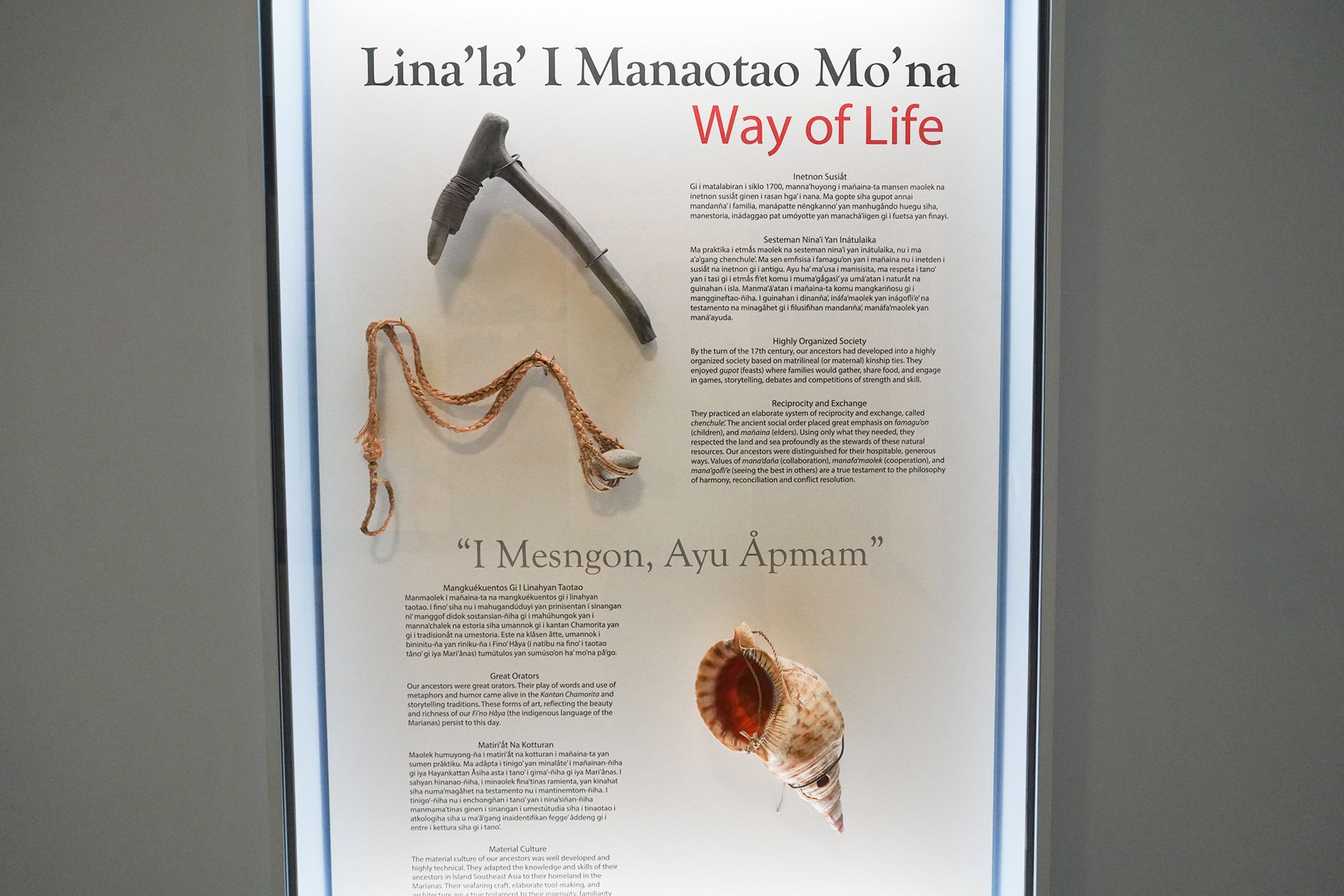
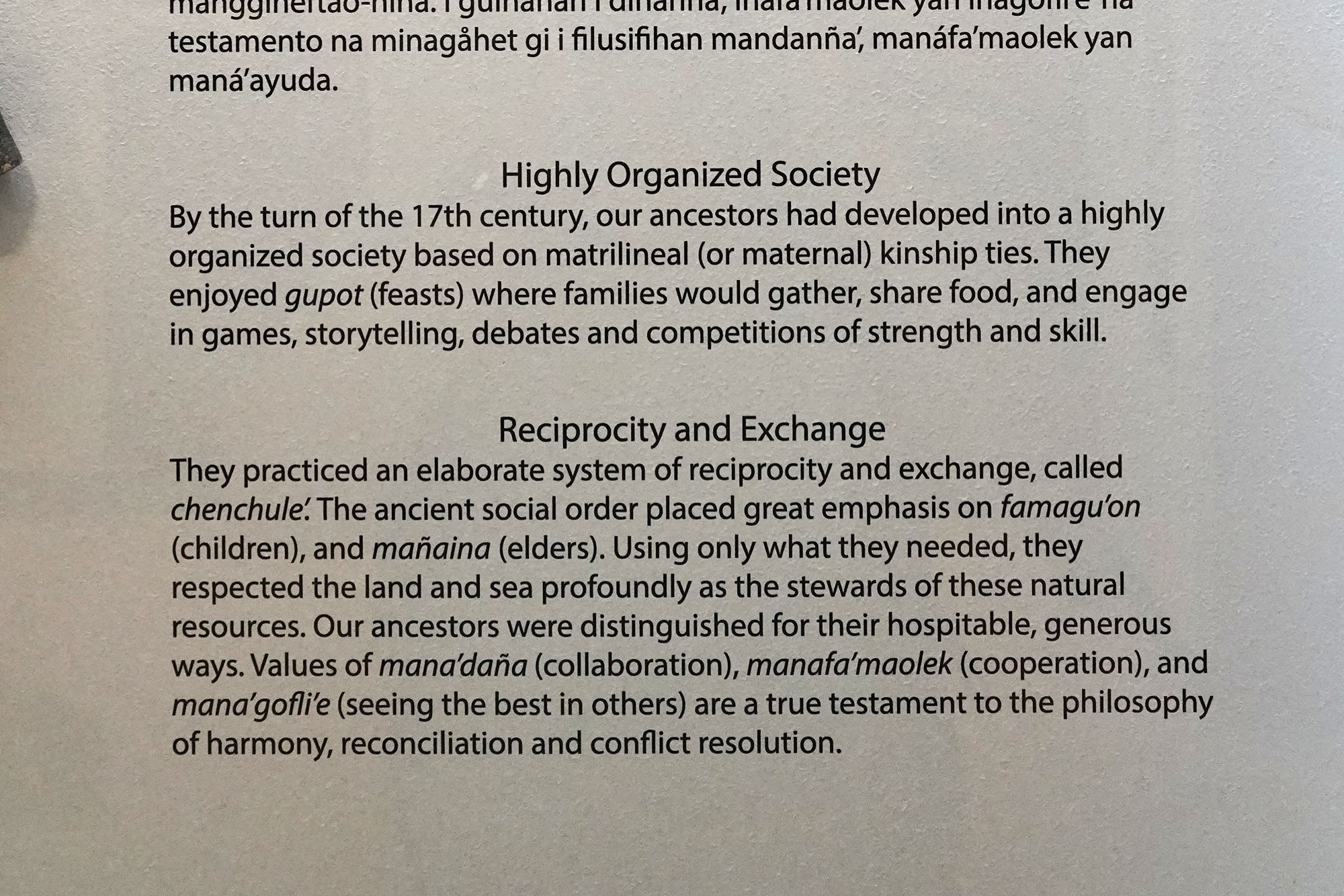
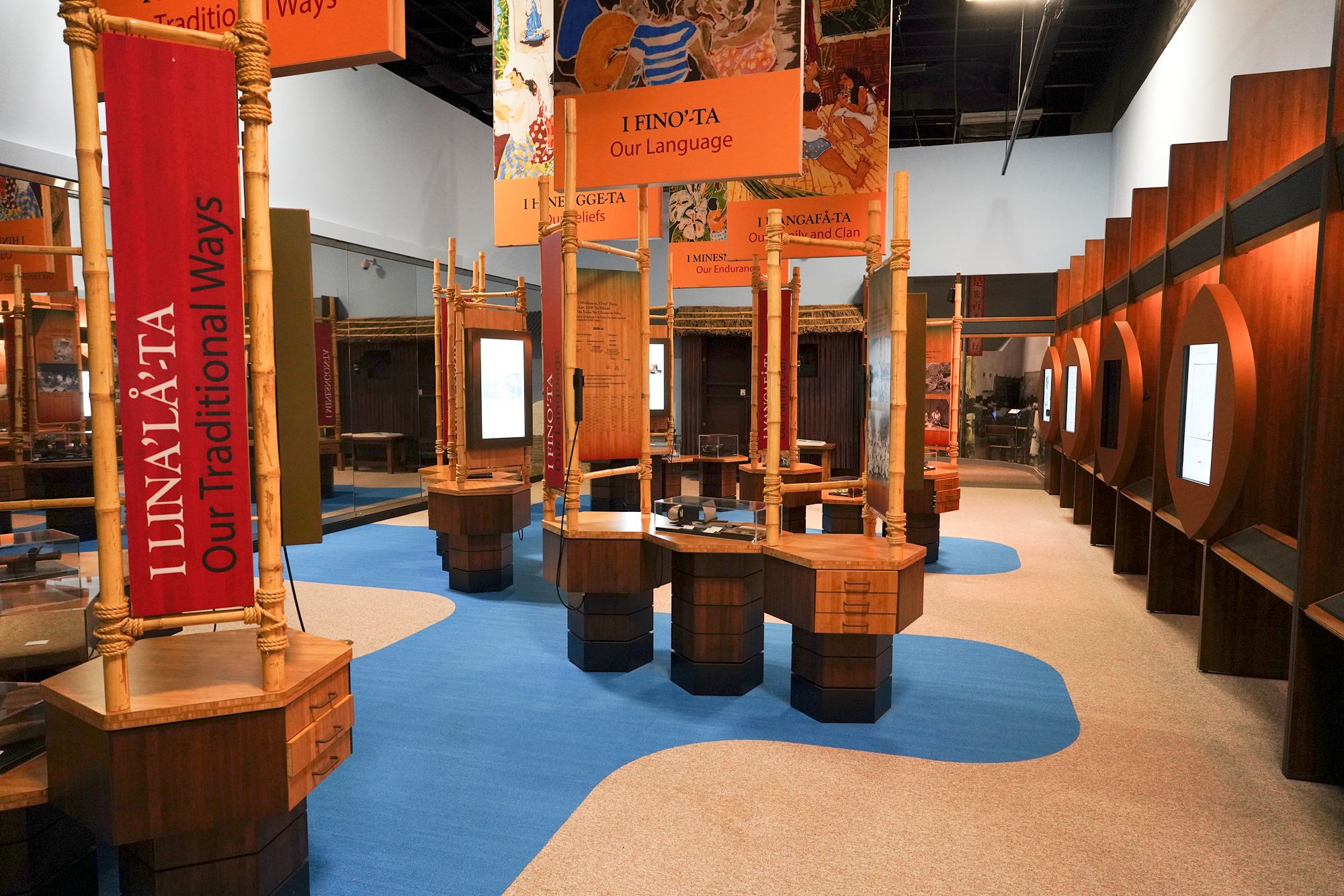
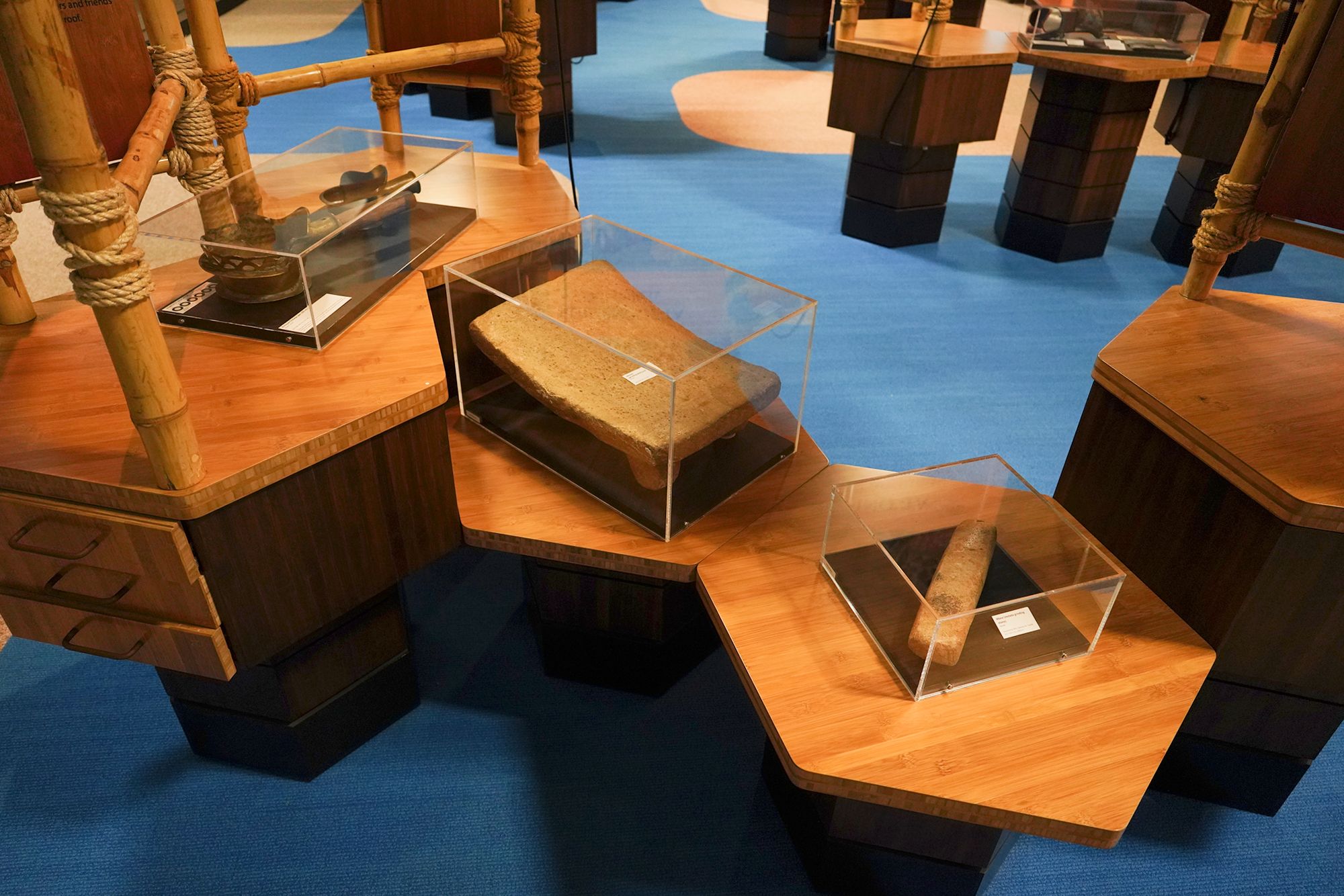
Time of Change – 1521 to 1941
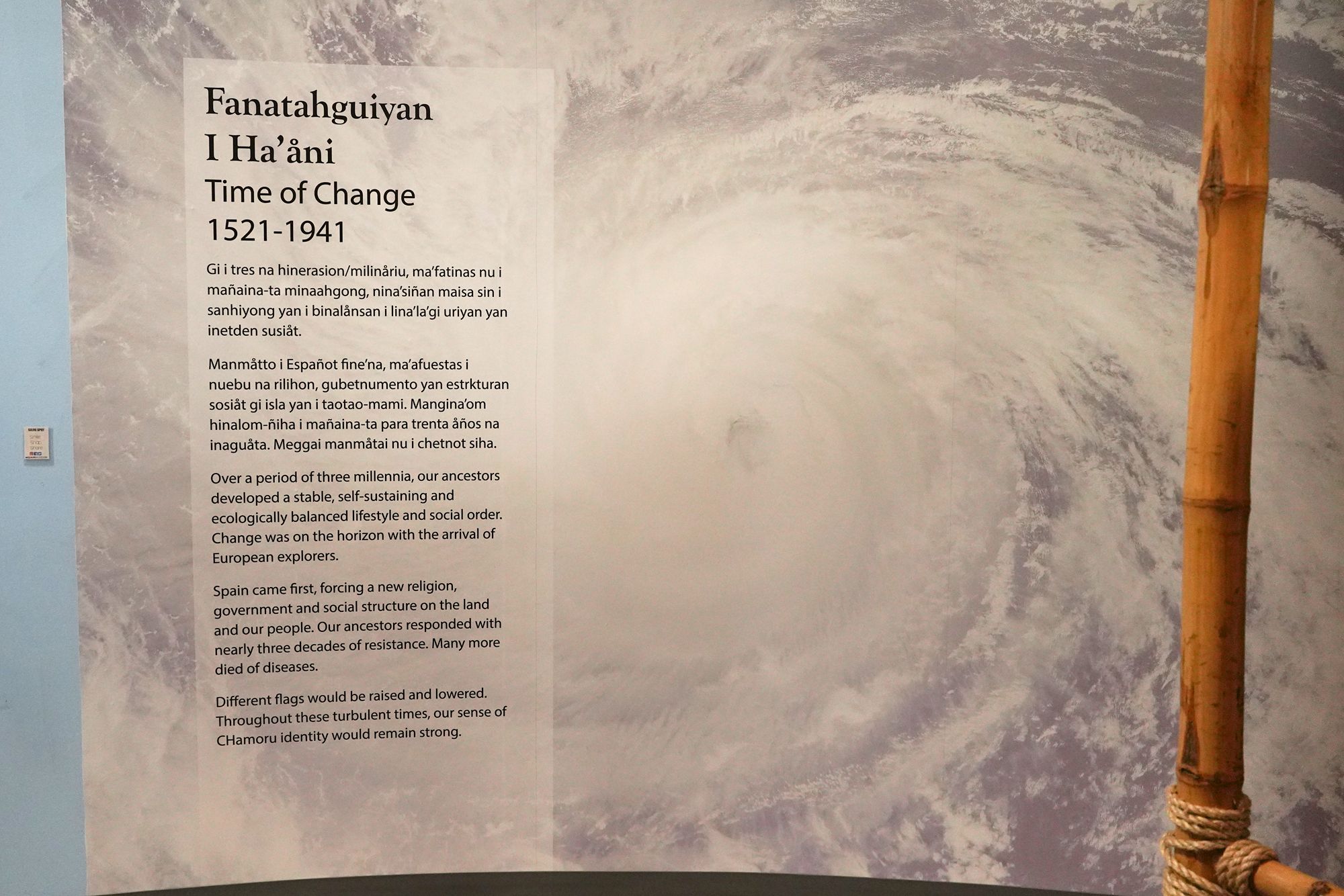
Change was on the horizon with the arrival of European explorers. Spain came first.
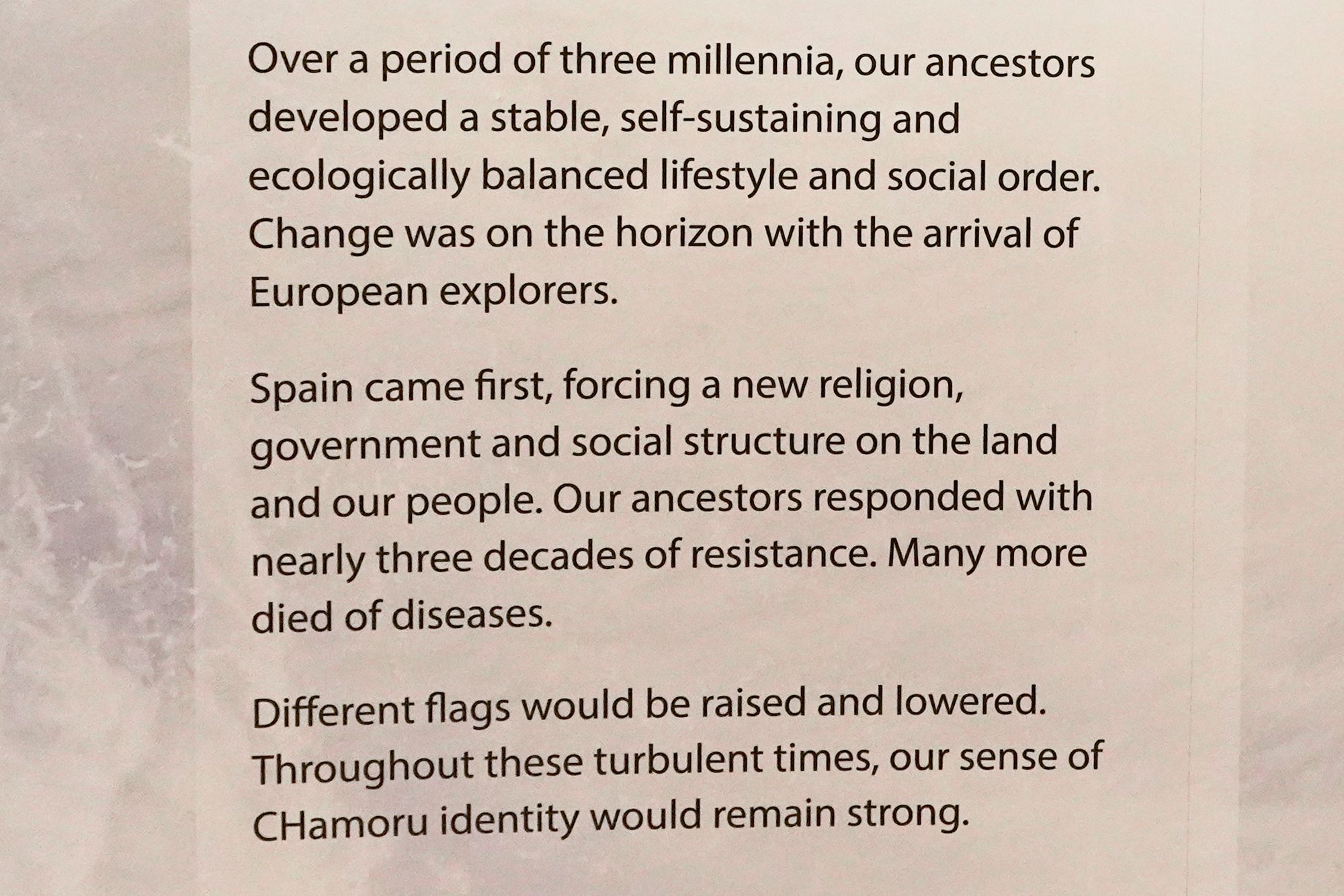
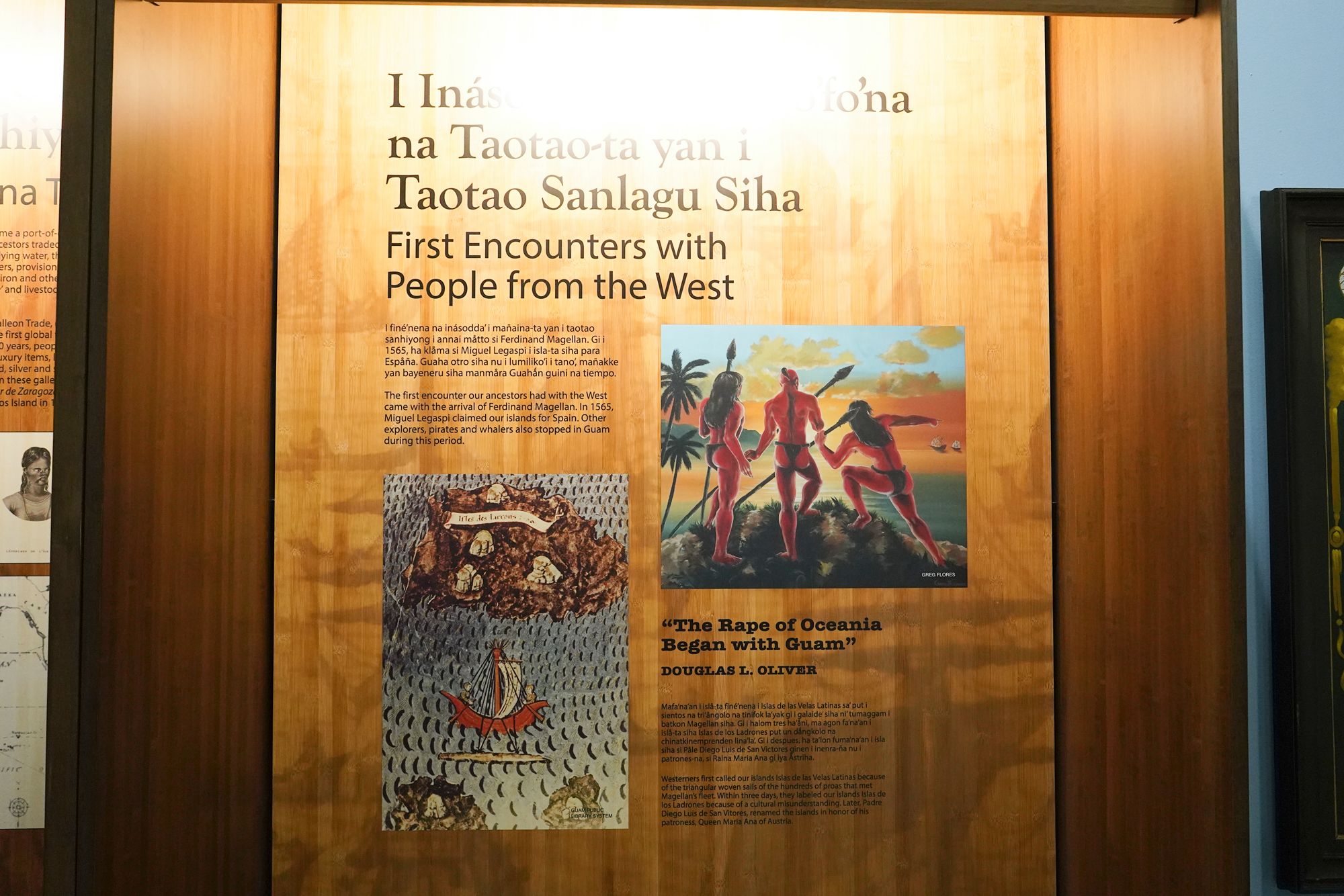
With the arrival of Ferdinand Magellan, in 1565, Miguel Legaspi claimed Guam for Spain.
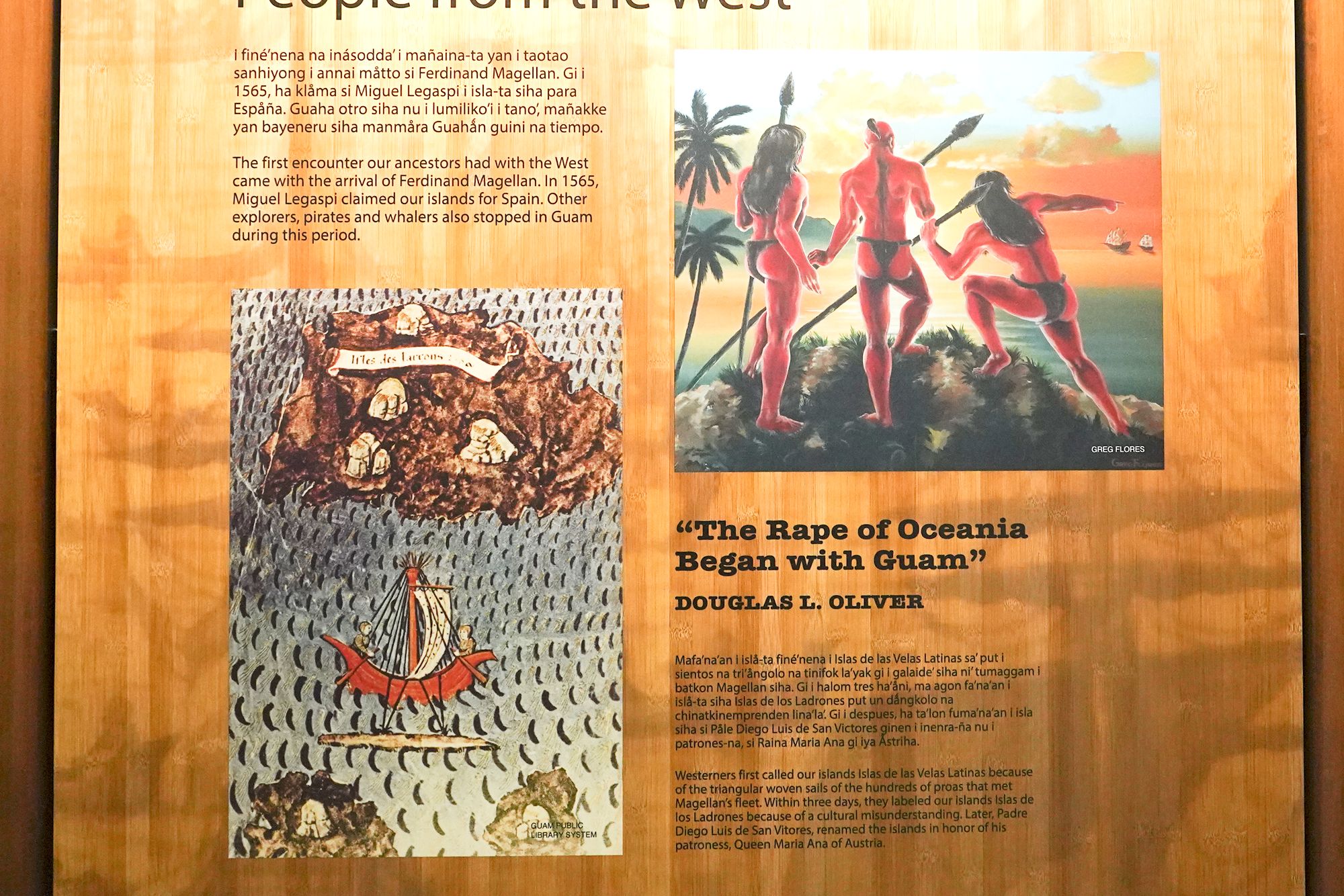
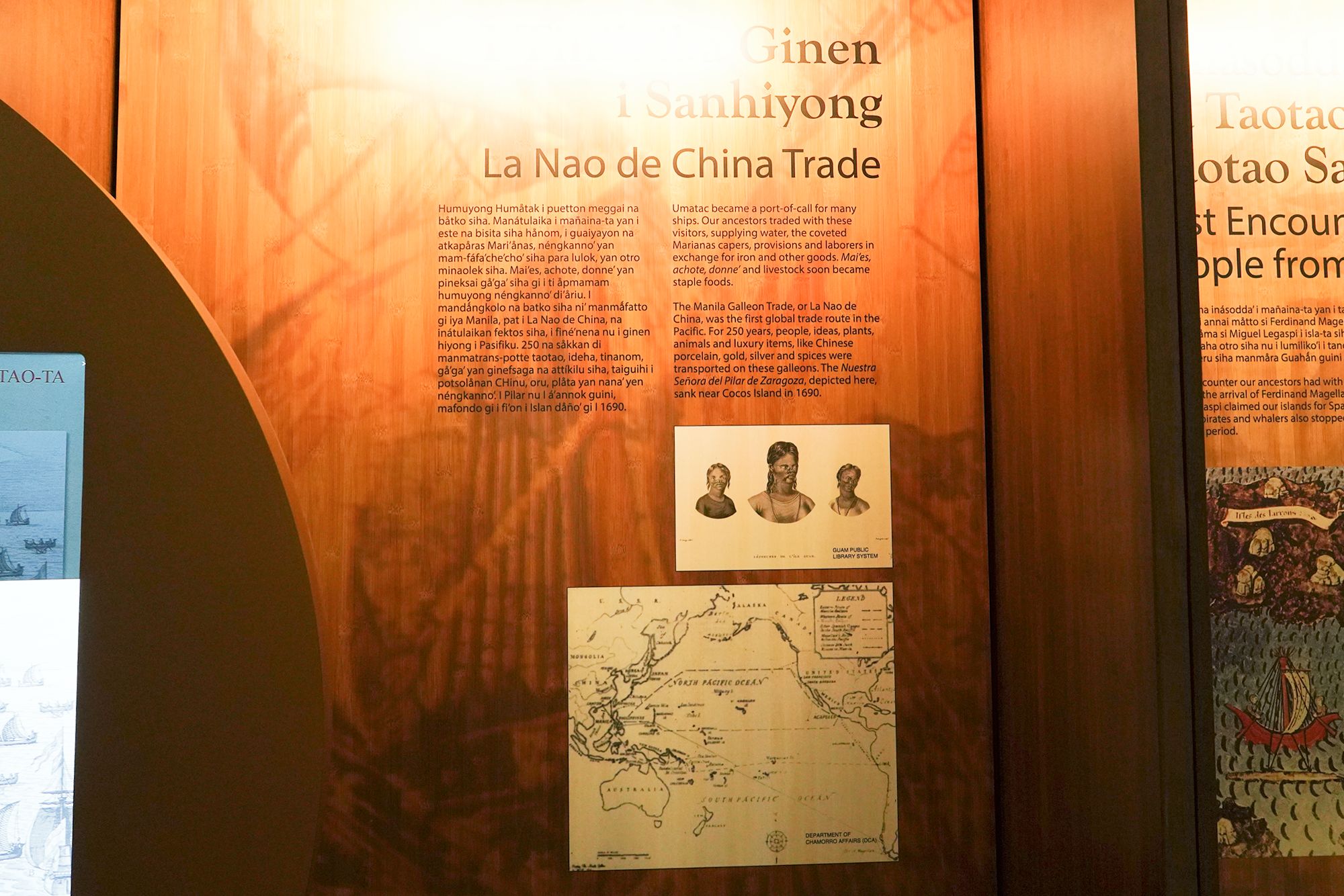
The Manila Galleon Trade was the first global trade route in the Pacific.
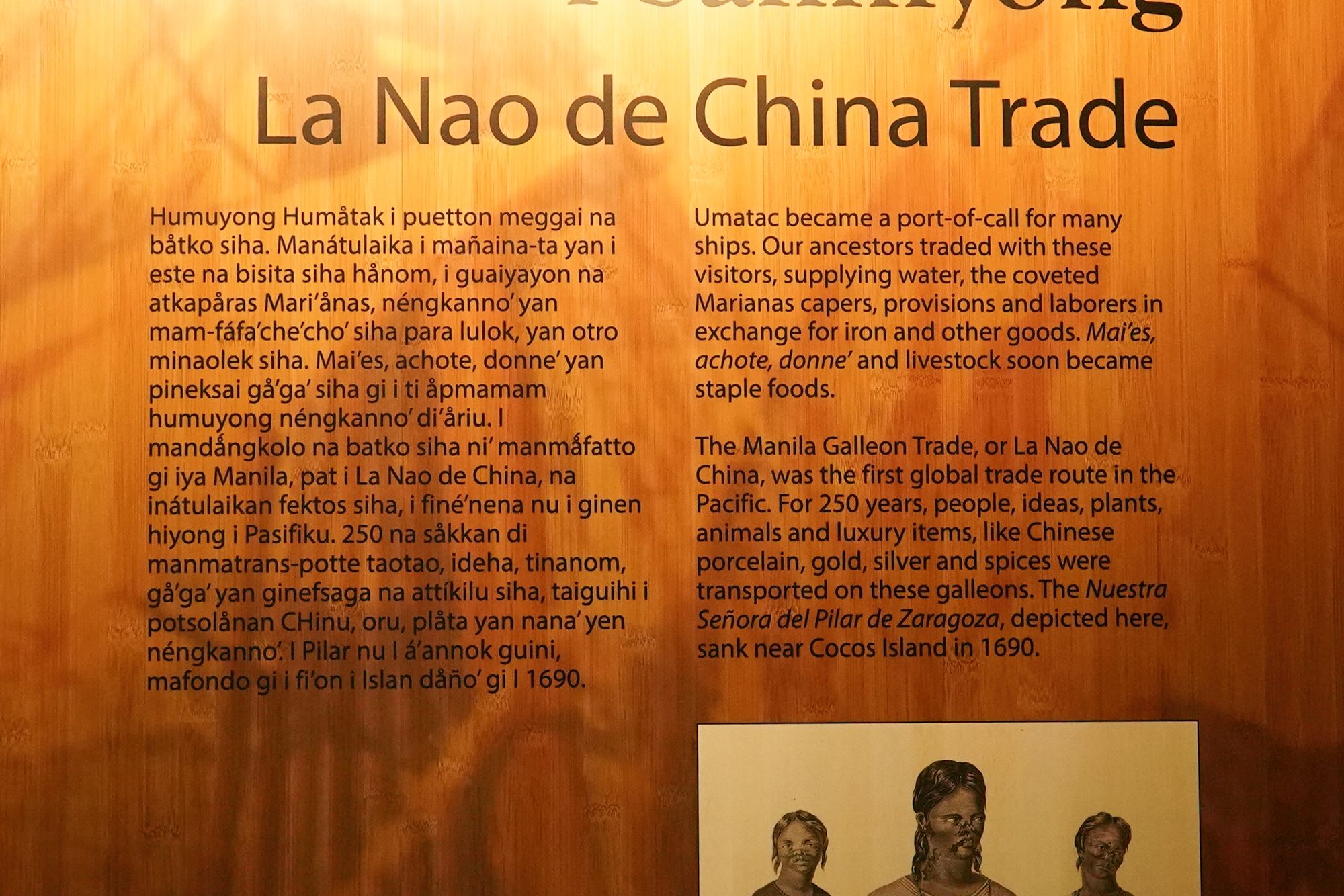
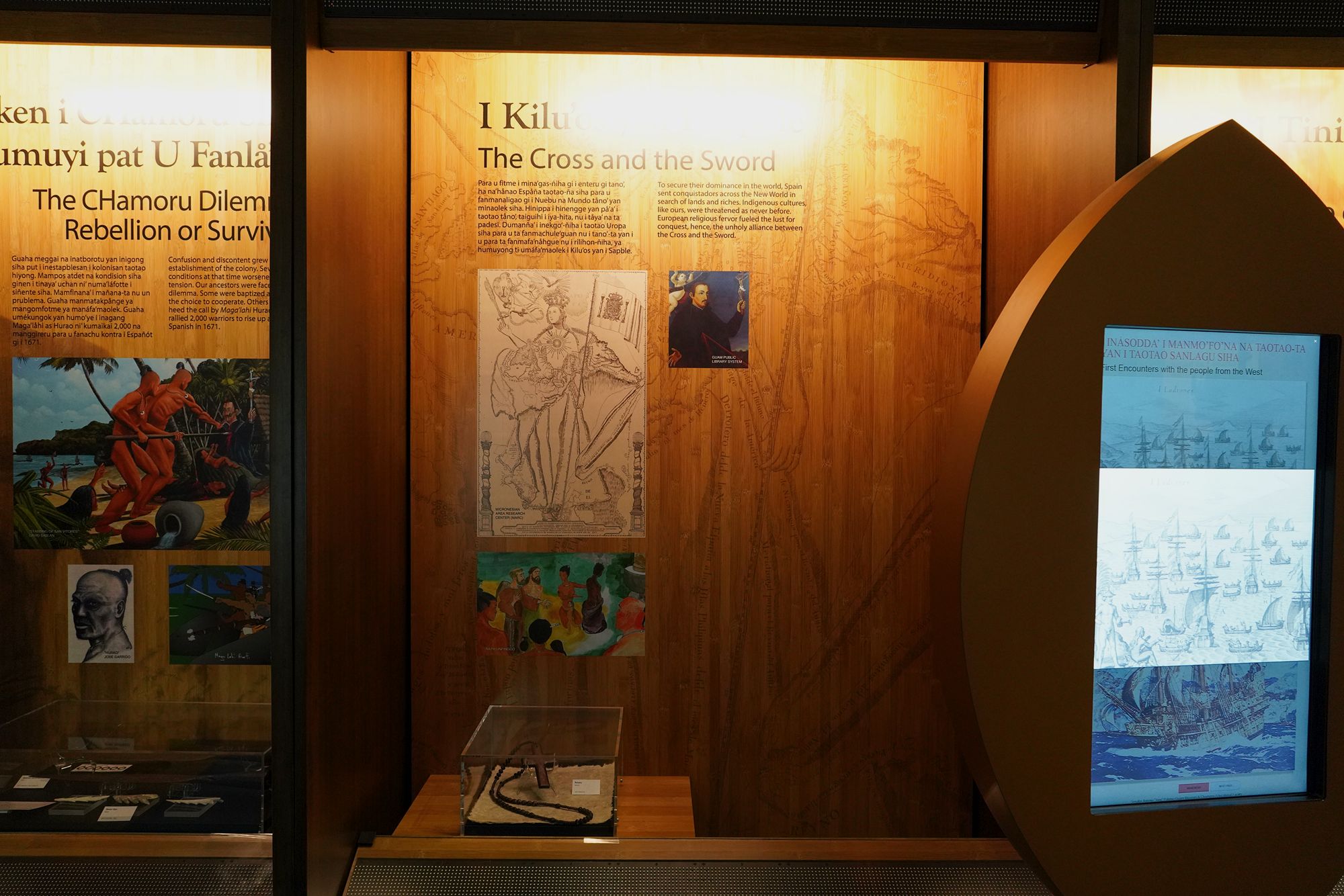
To dominate the world, Spain sent conquistadors across the New World.
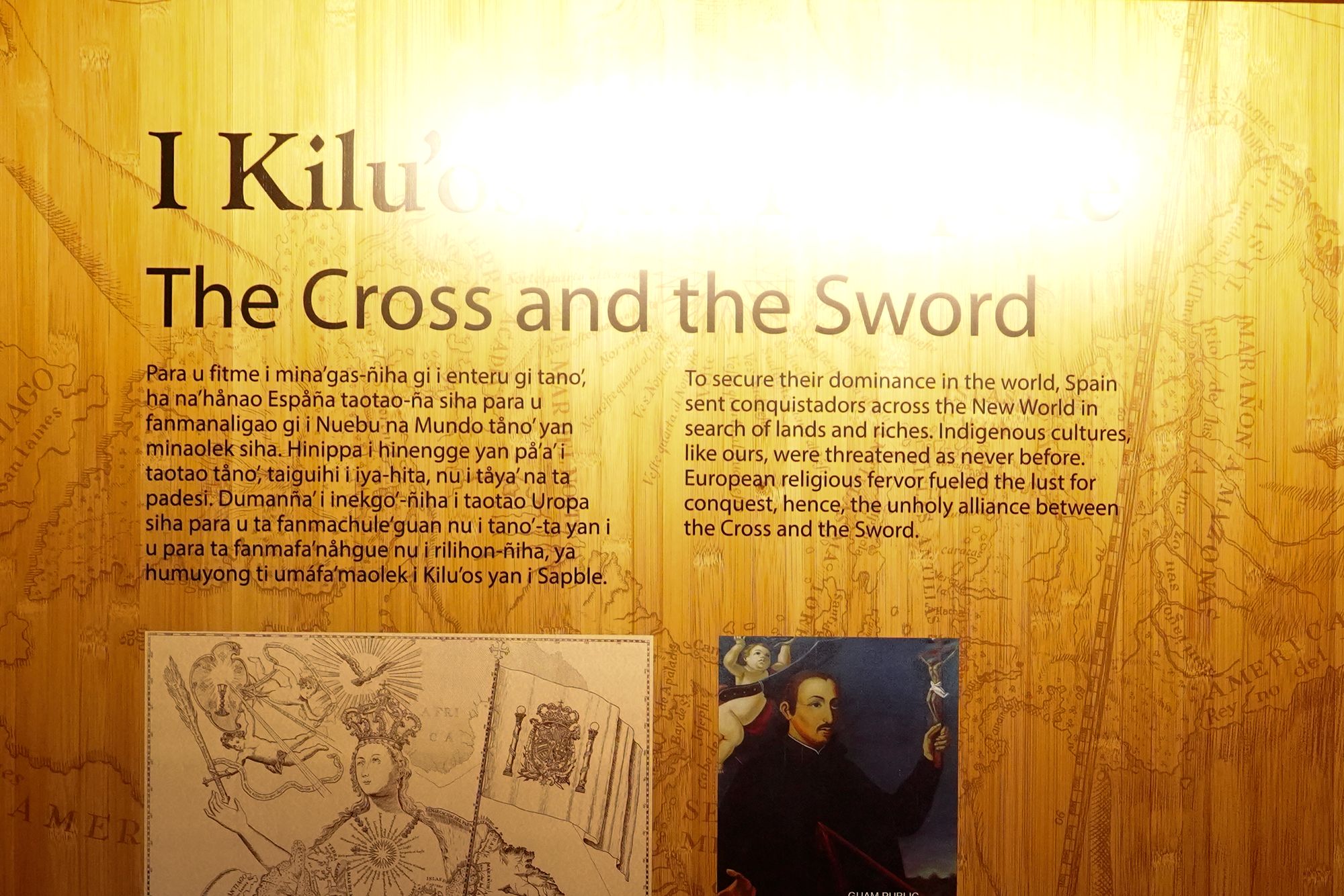
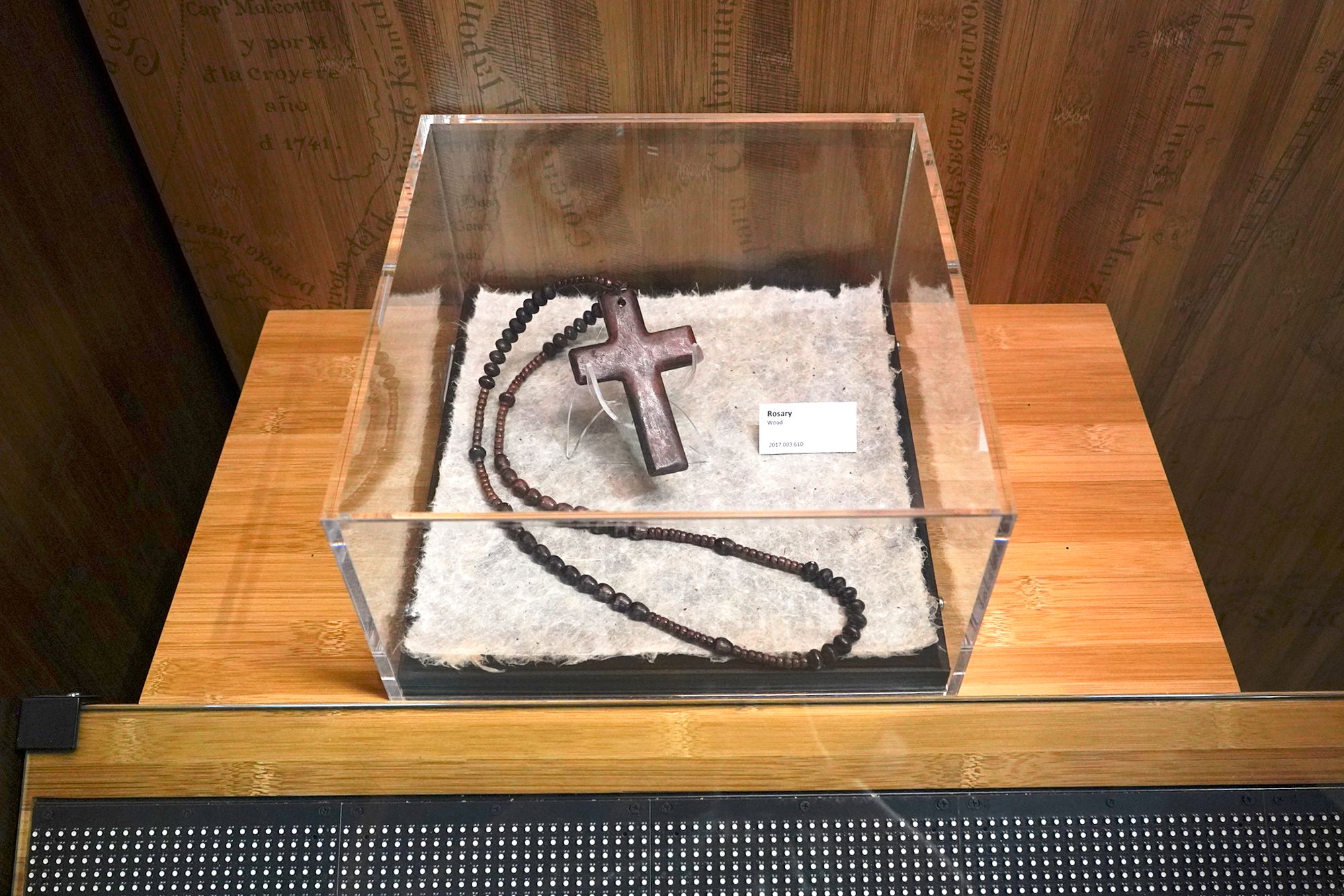
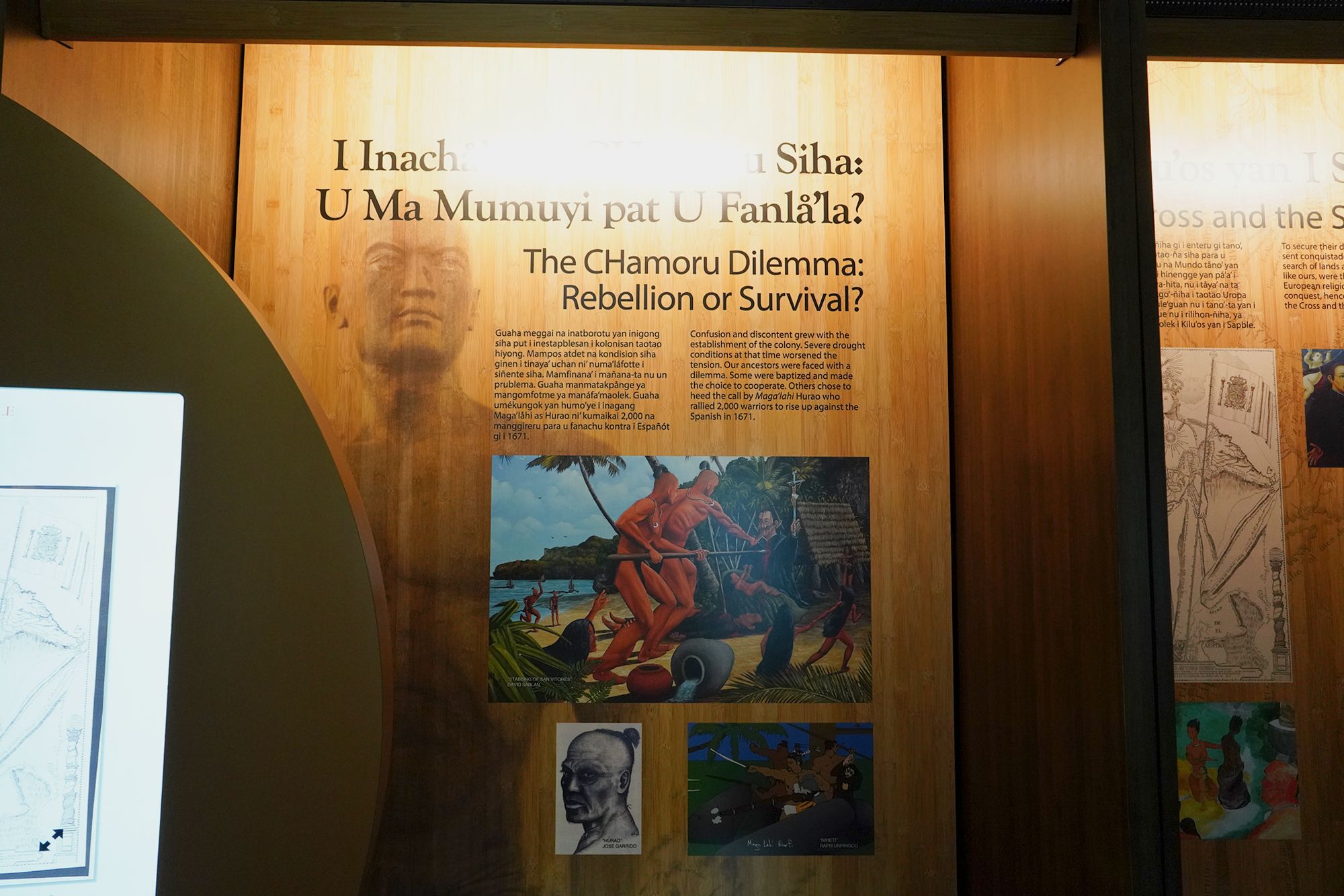
Some people in Guam fought, and some people cooperated with the Spanish.

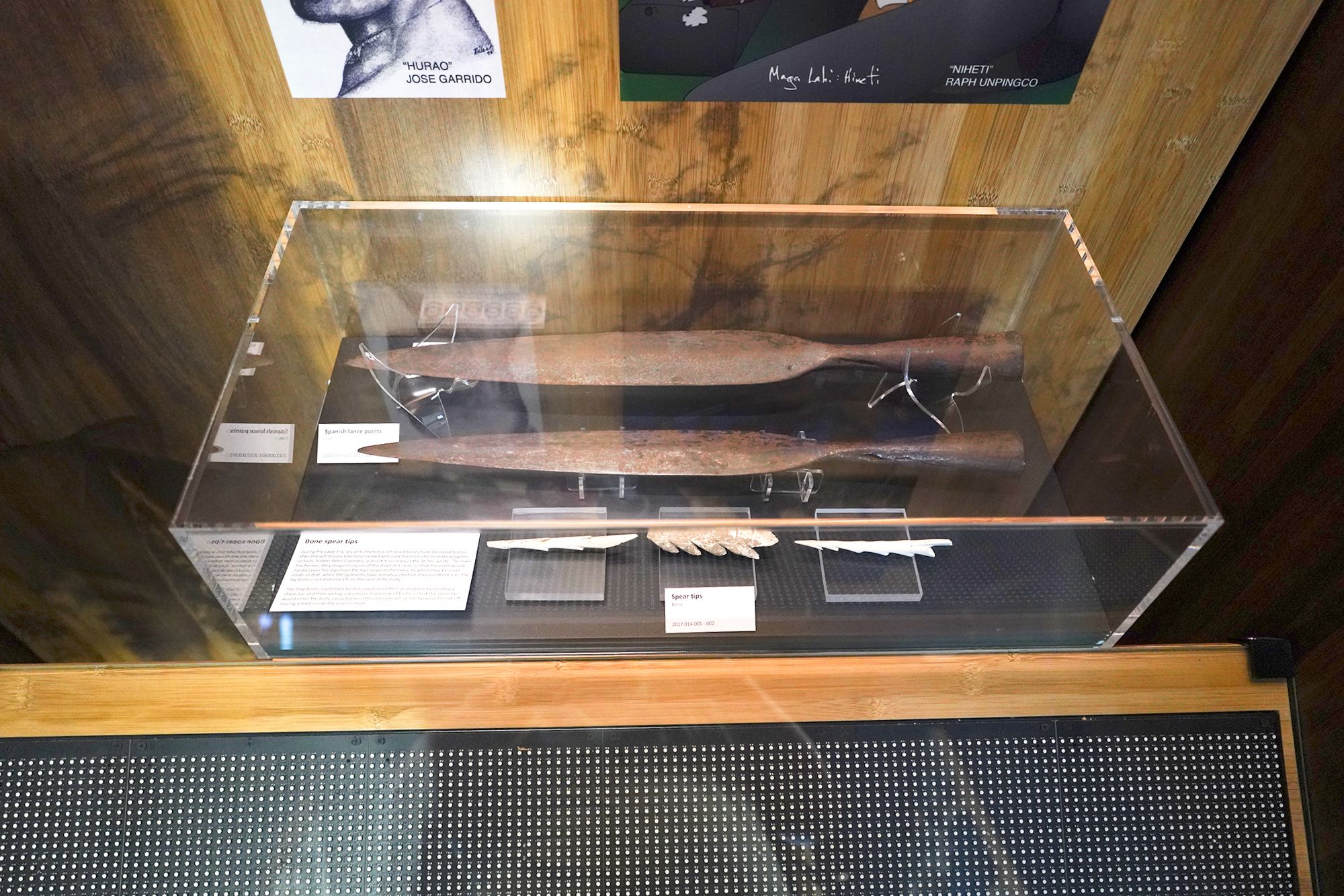
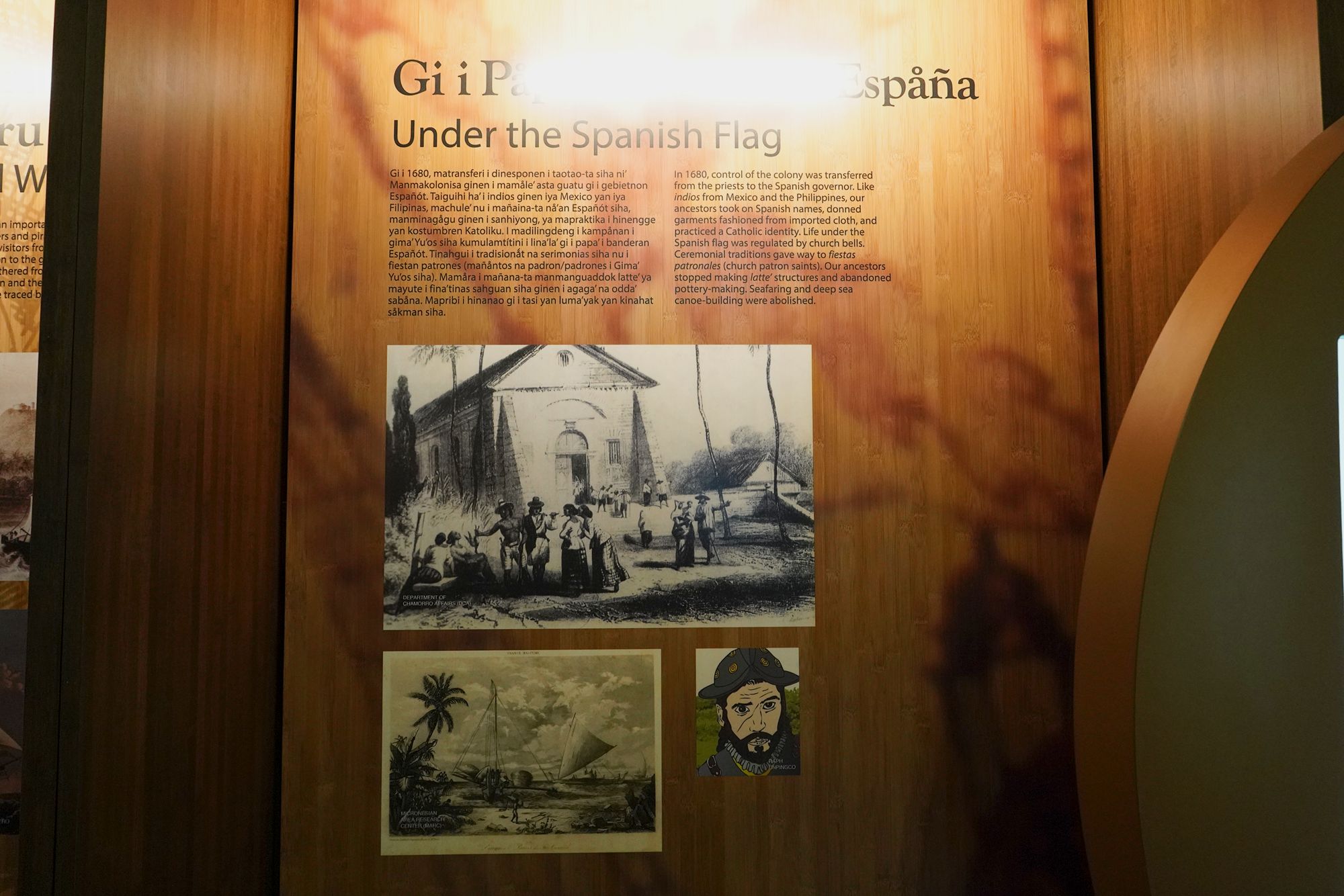
In 1680, the control of Guam was tranferred from the priests to the Spanish governor.
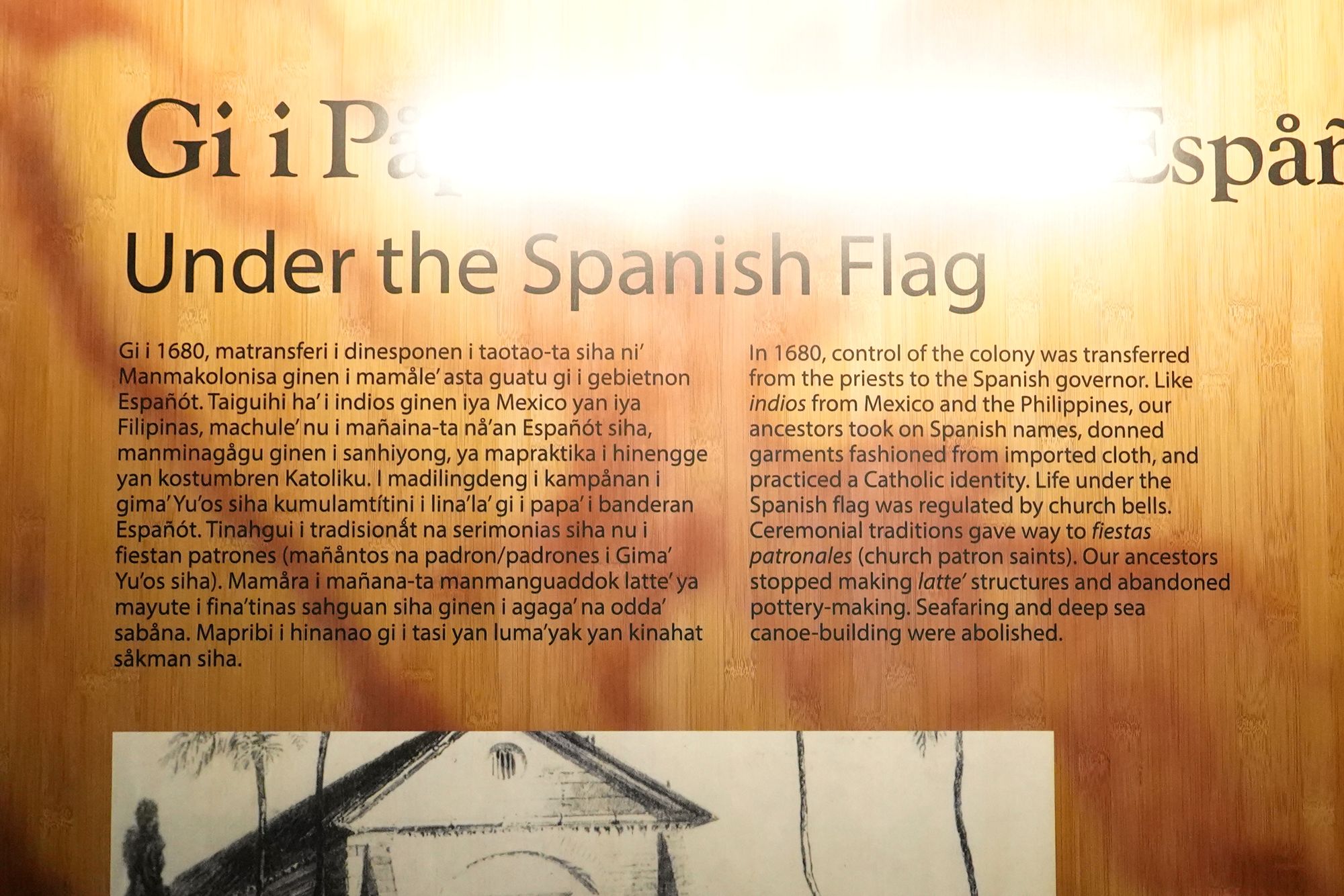
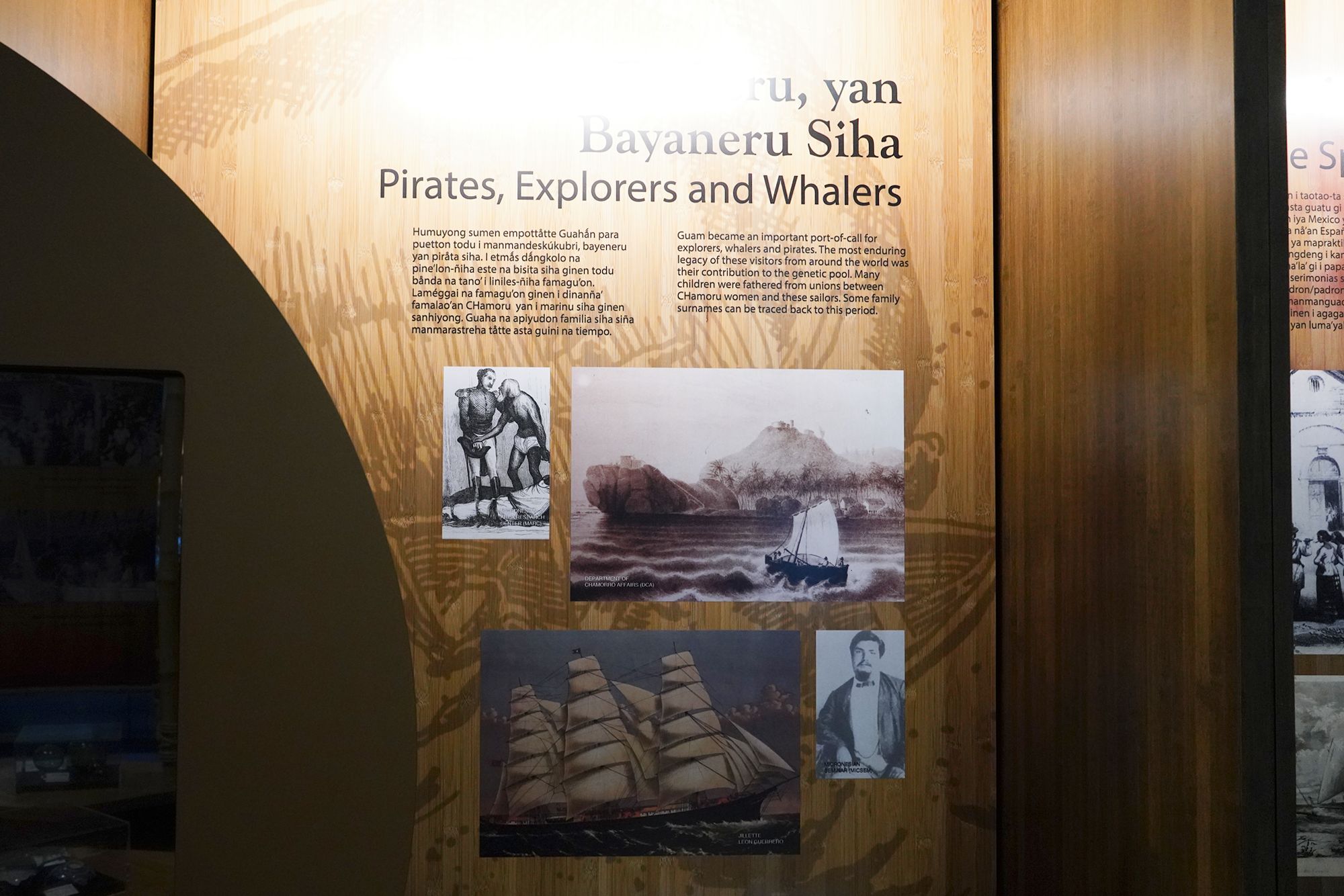
Guam became an important port-of-call for explorers, whalers and pirates
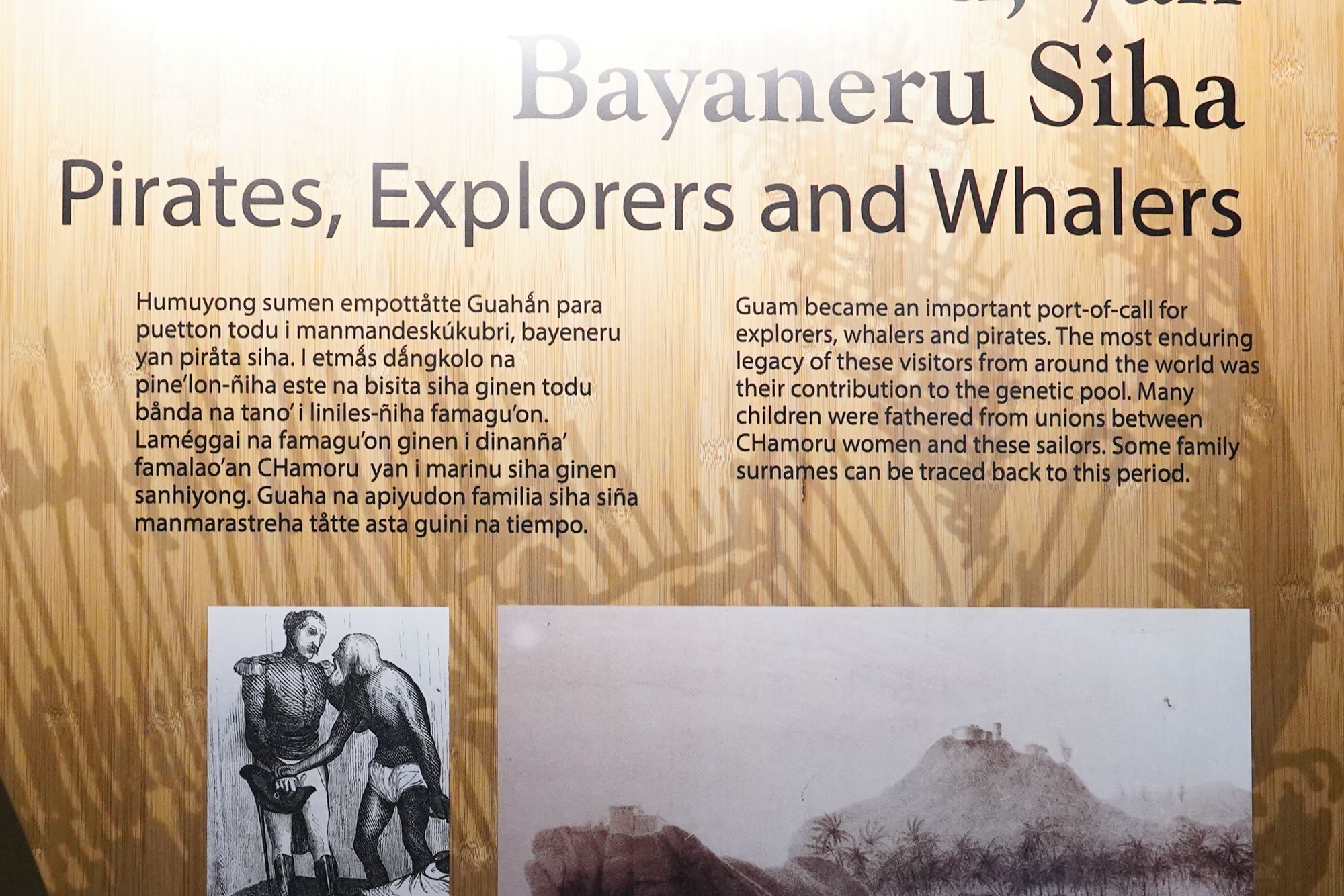

Many generations of Chamorus struggled through oppression of the colonization and survived, creating a mixed culture
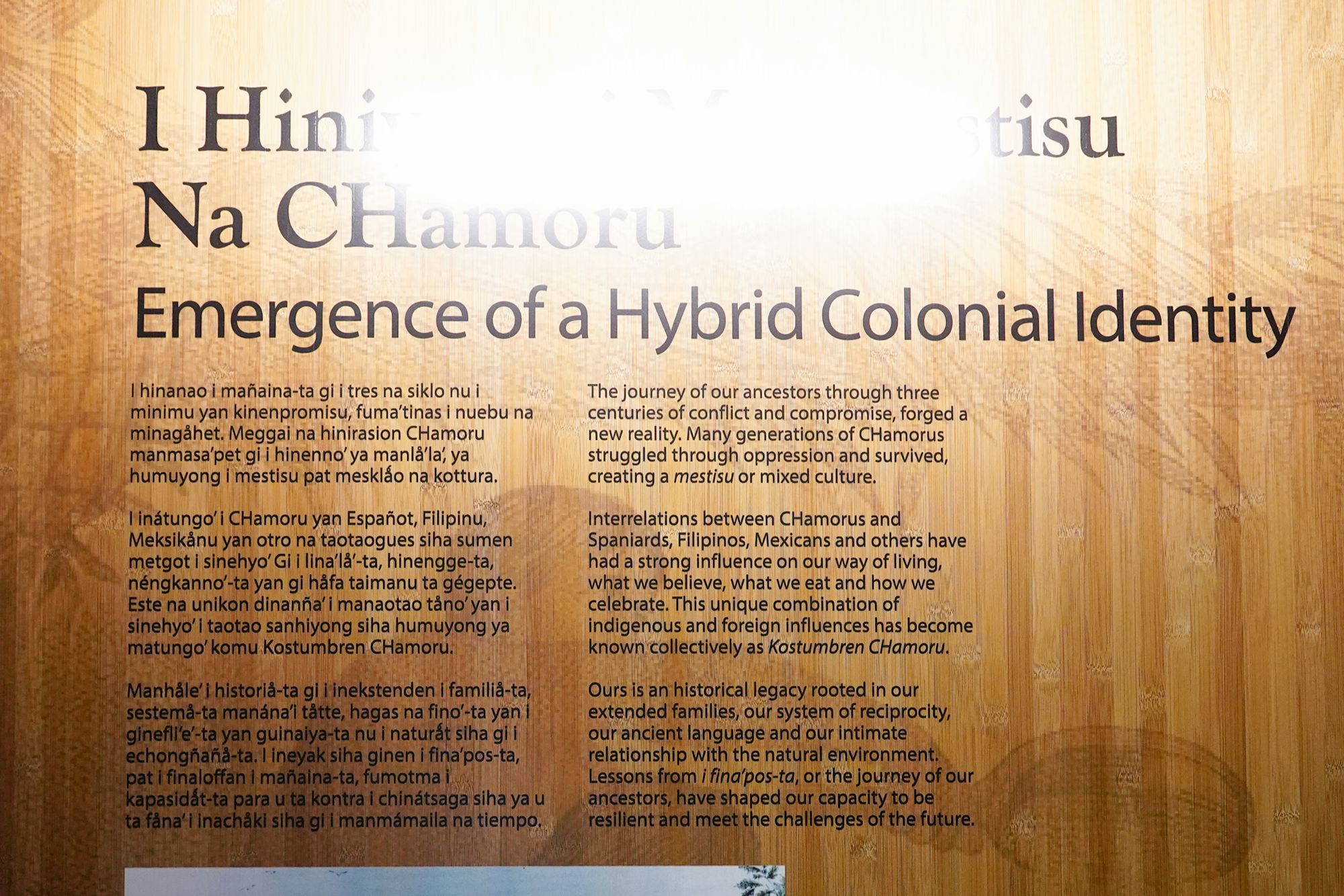
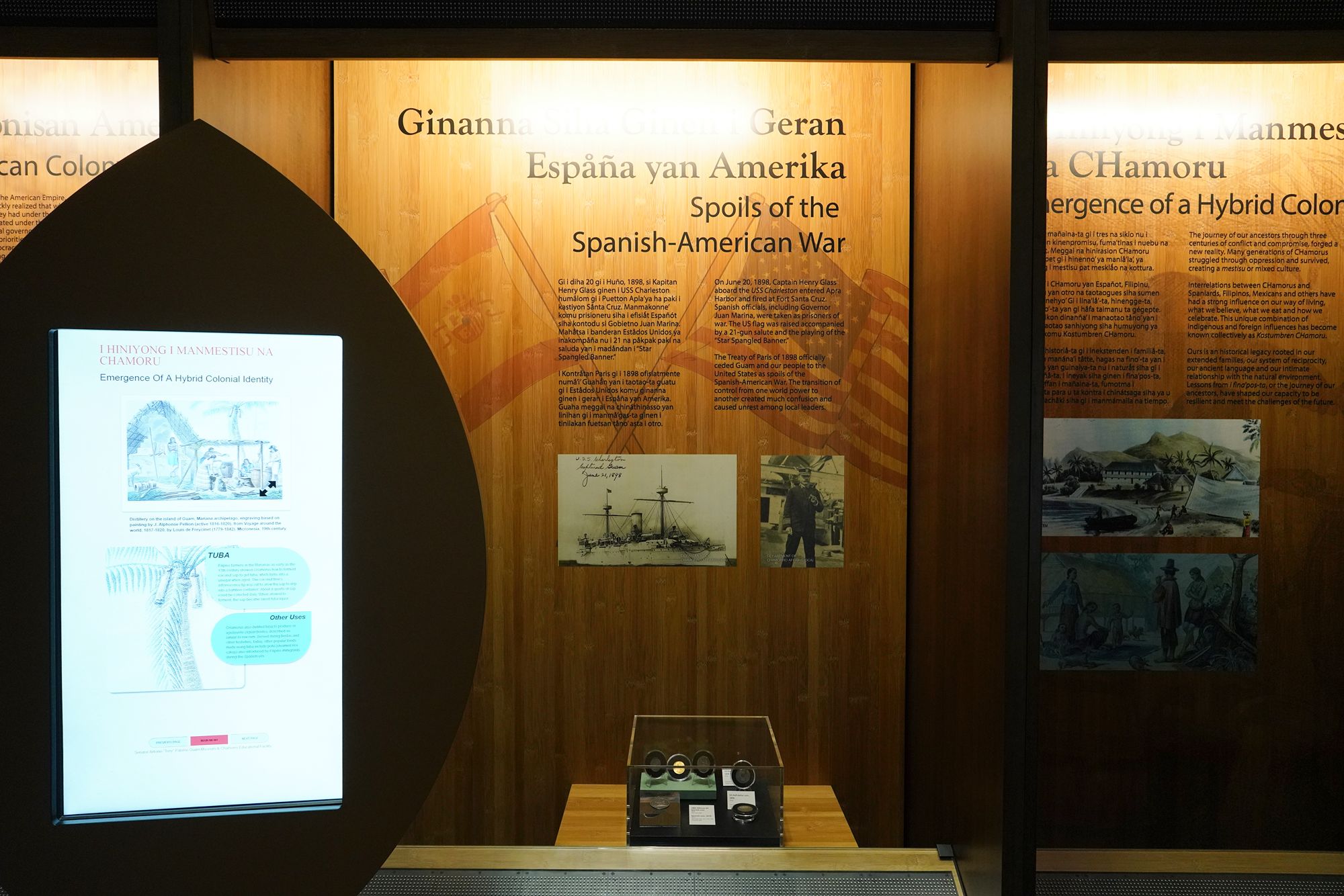
The US won the Spanish-American War and took Guam from Spain
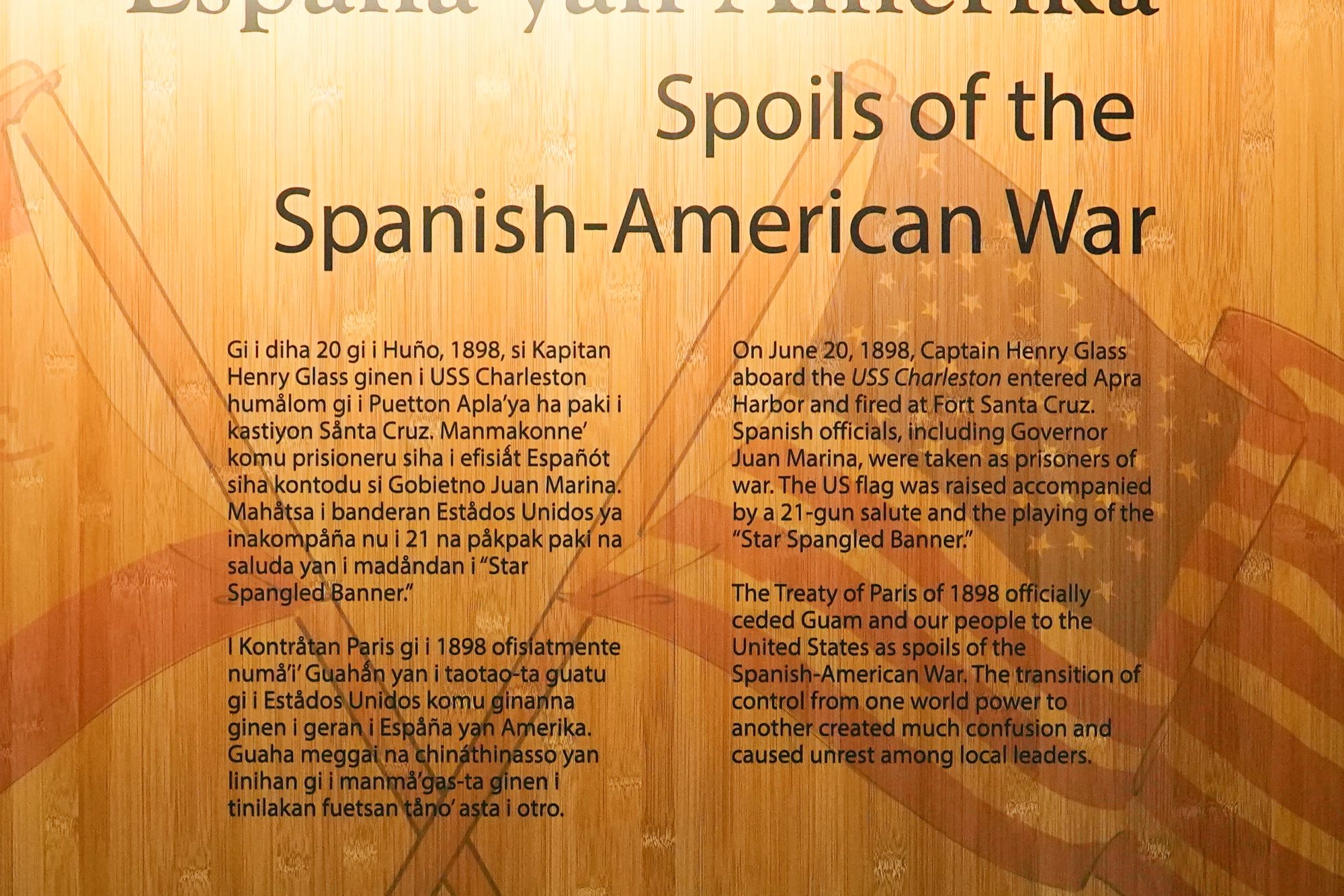
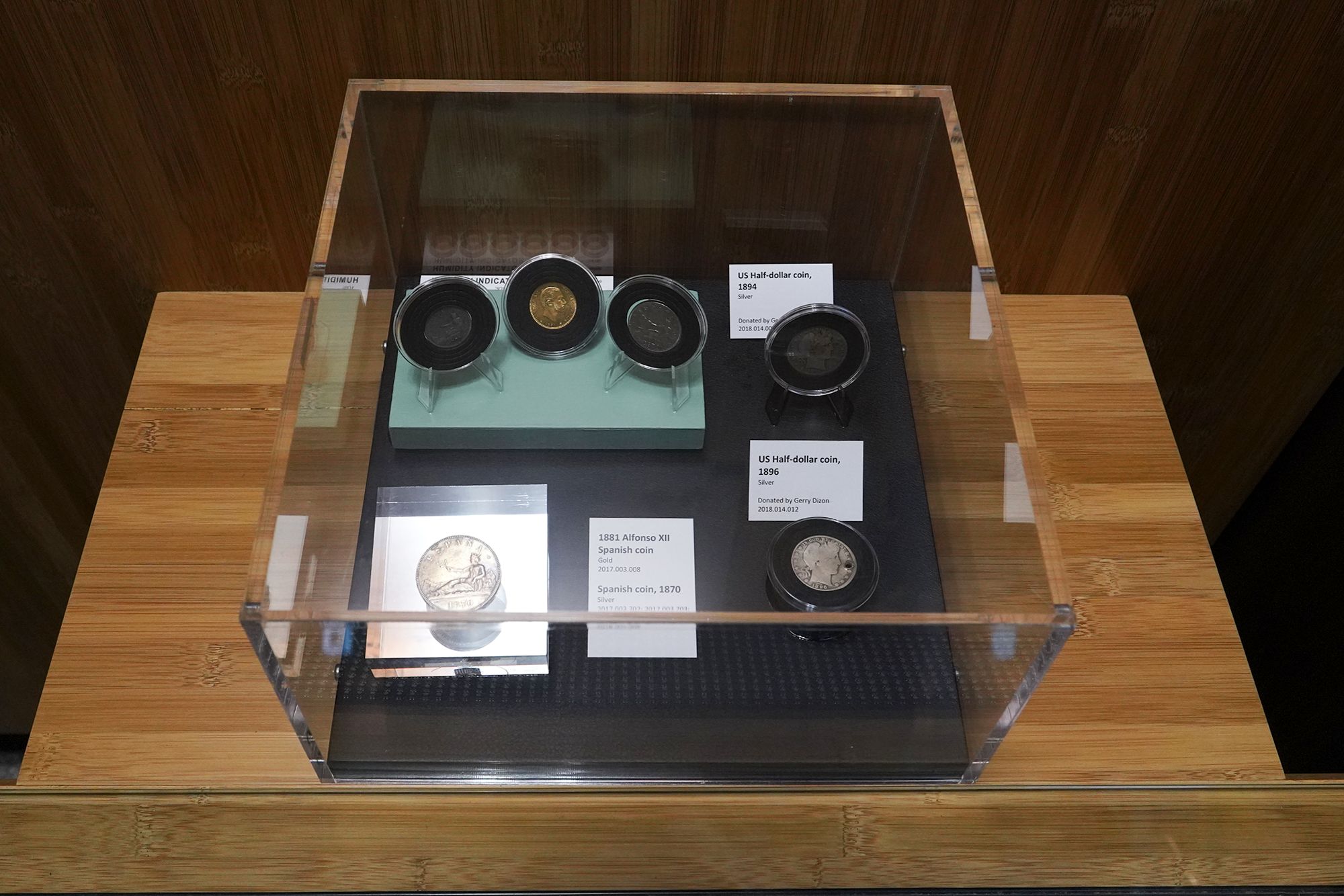
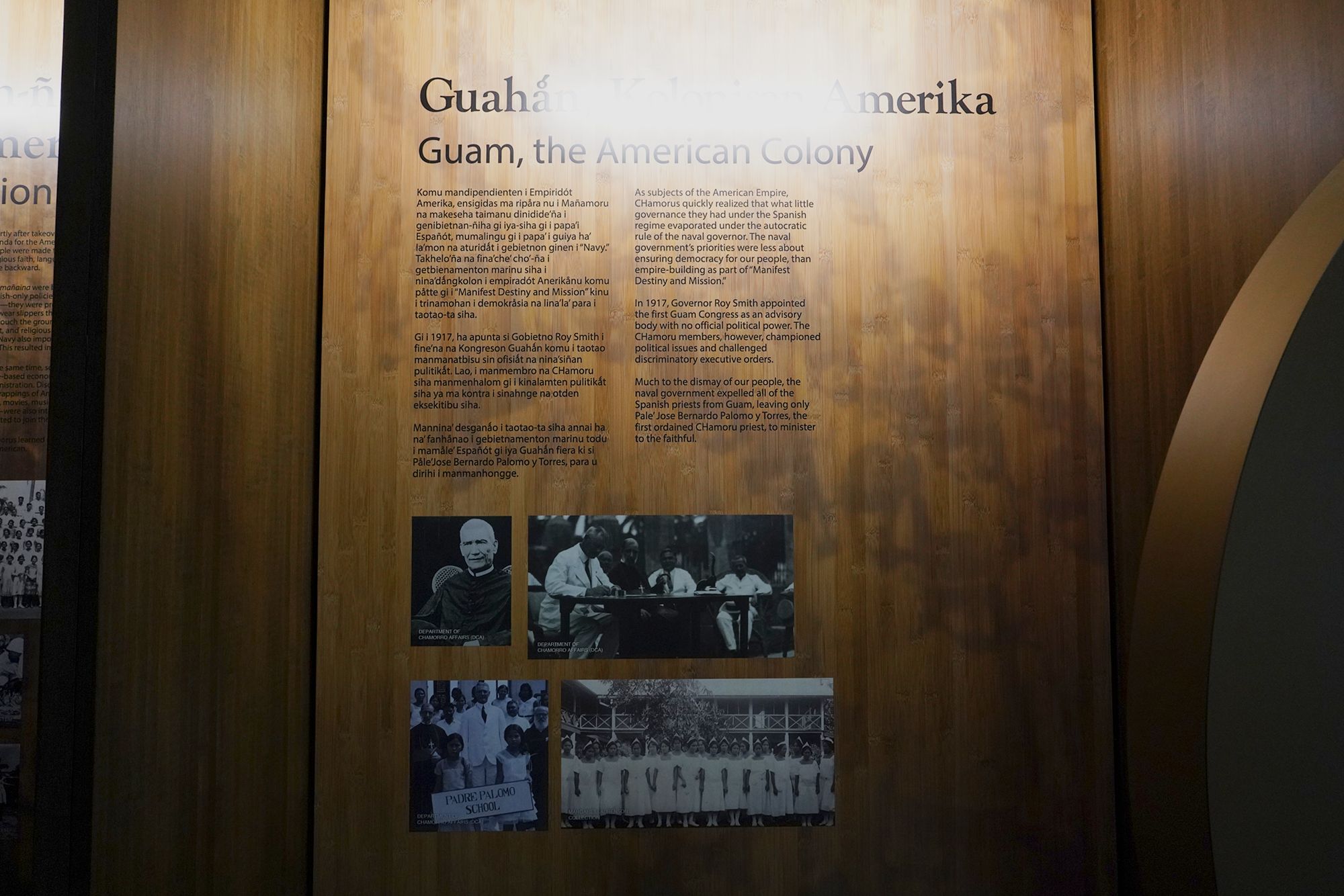
Guam became an American colony
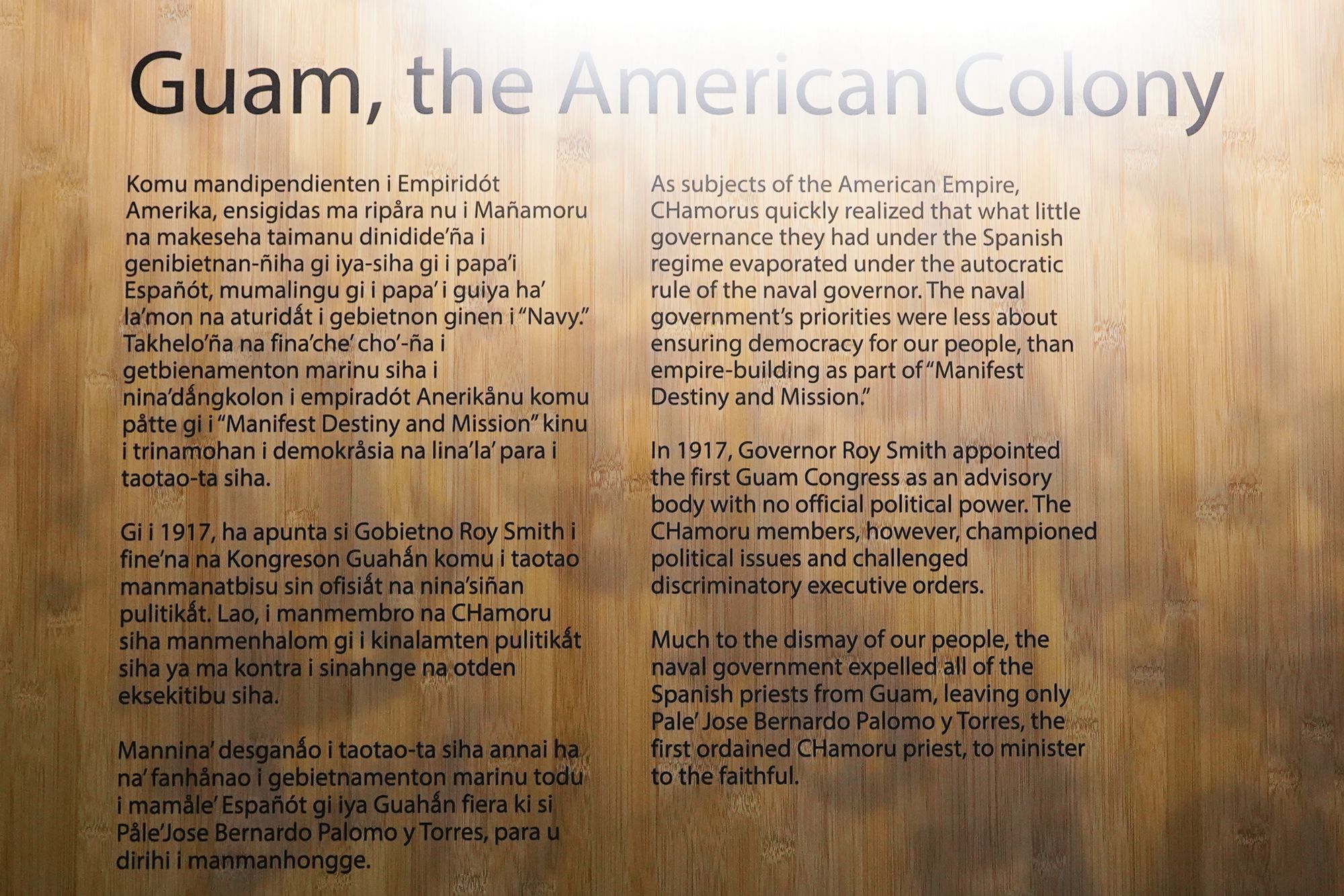

The Americanization Process
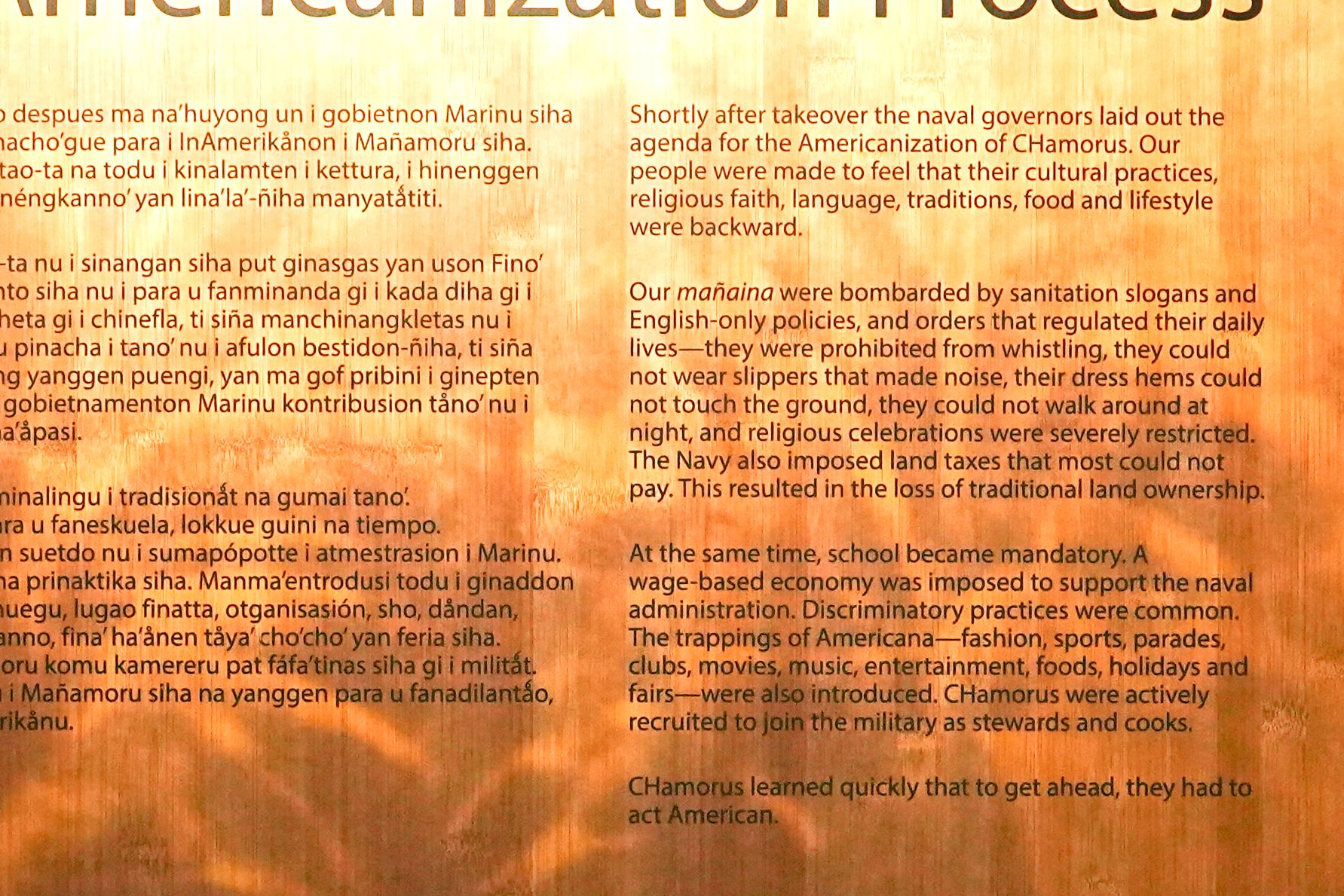
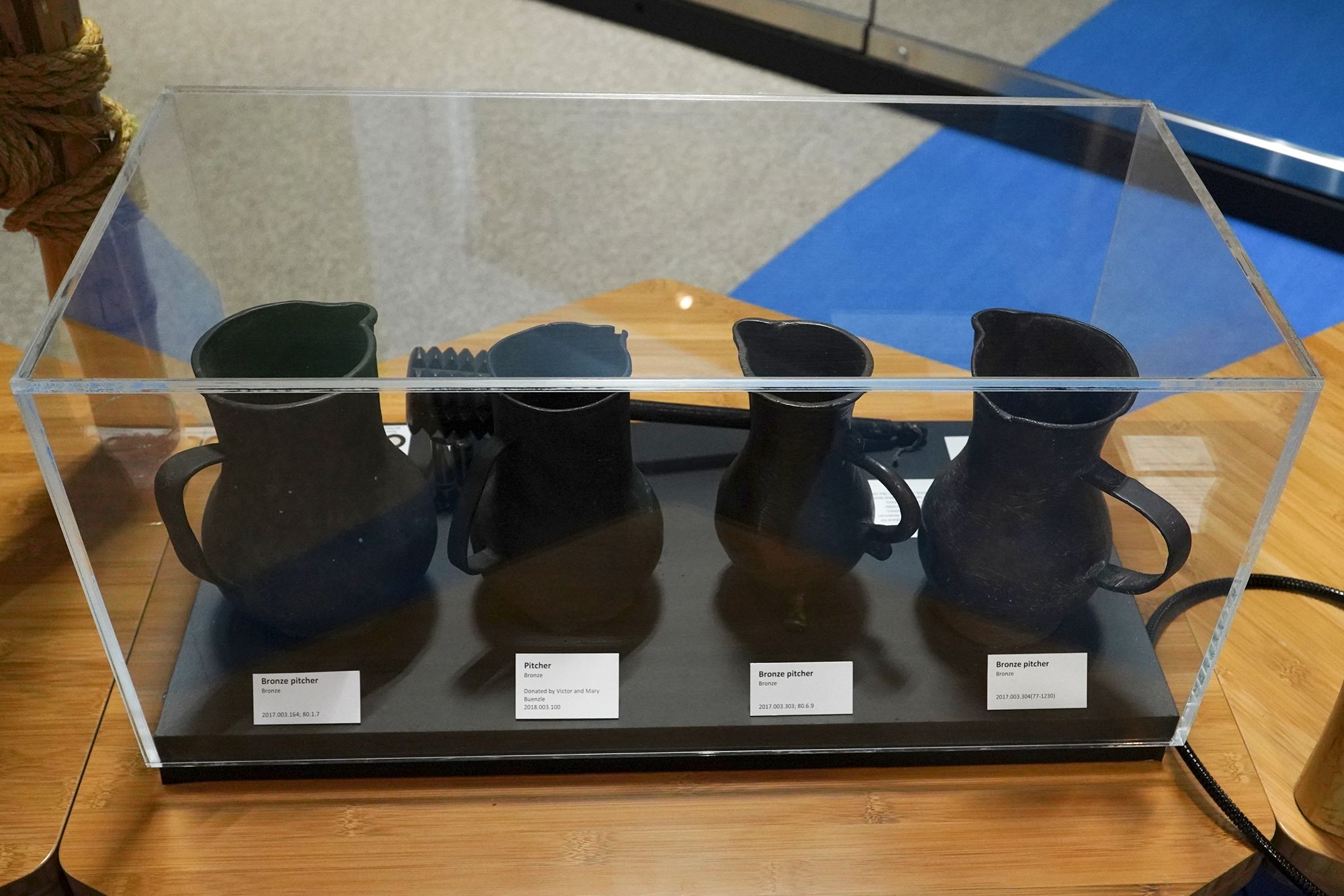
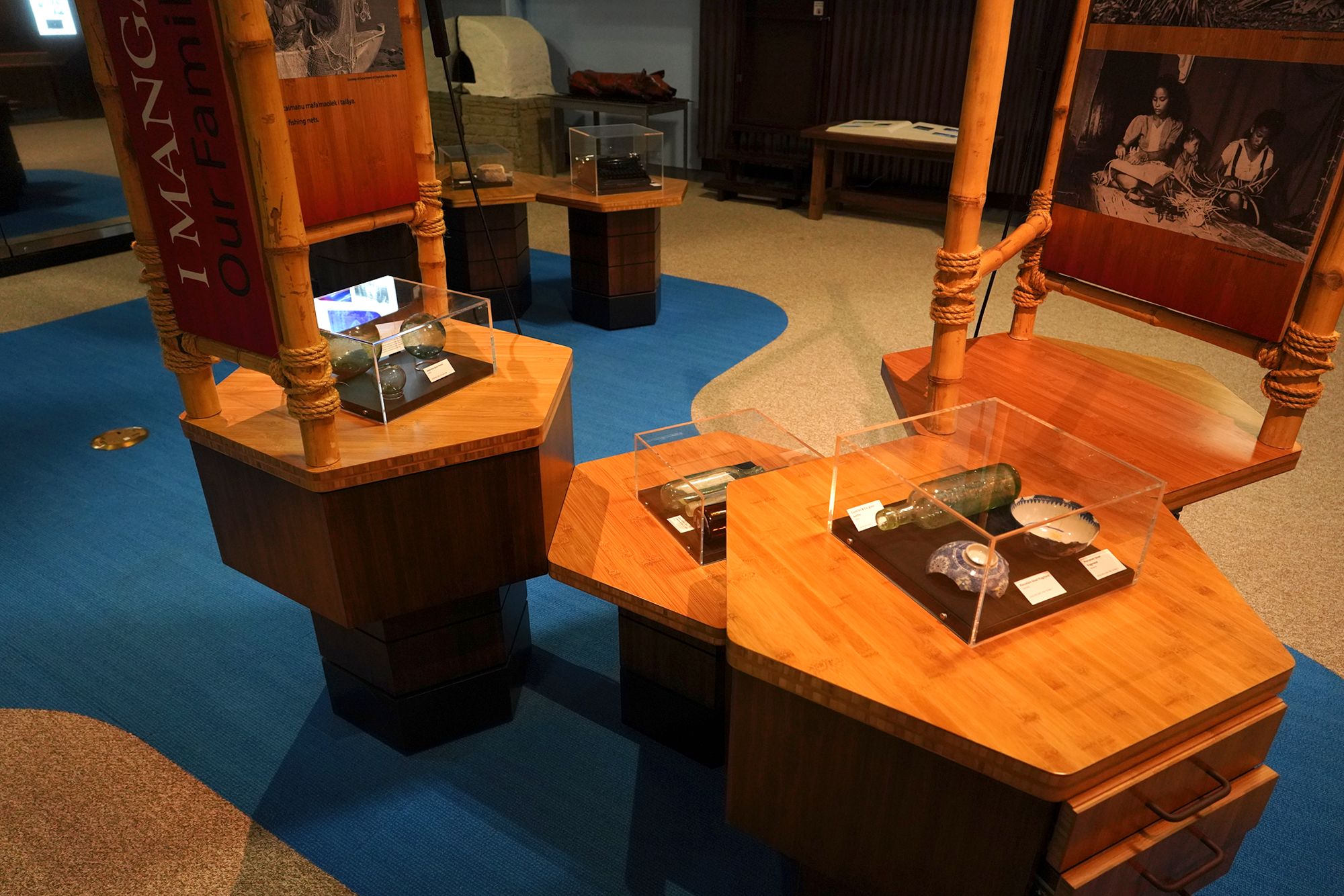
The World War II
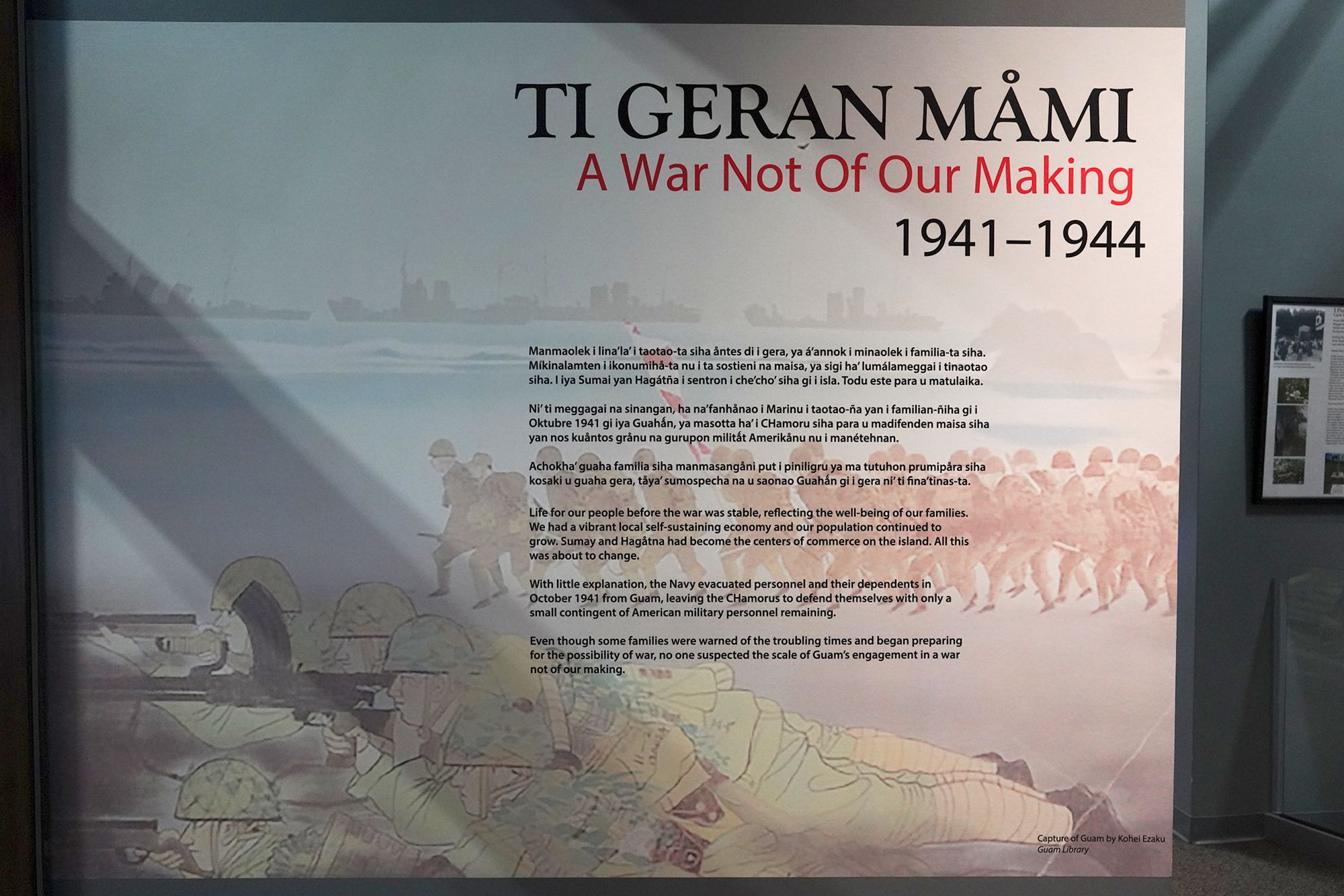
Suddenly, the American left Guam for their safty.
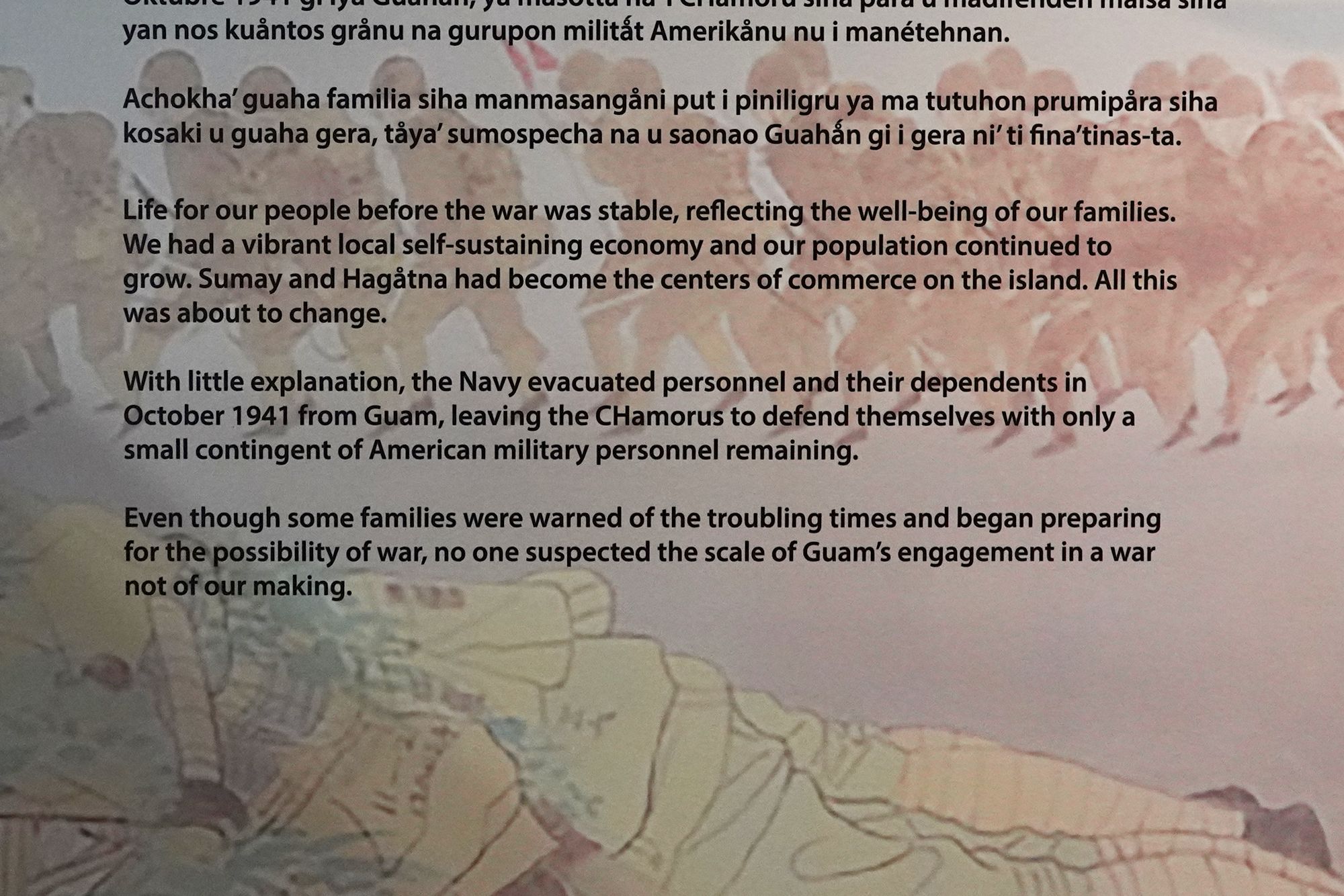

Japanese invaded and took control of Guam in 1941
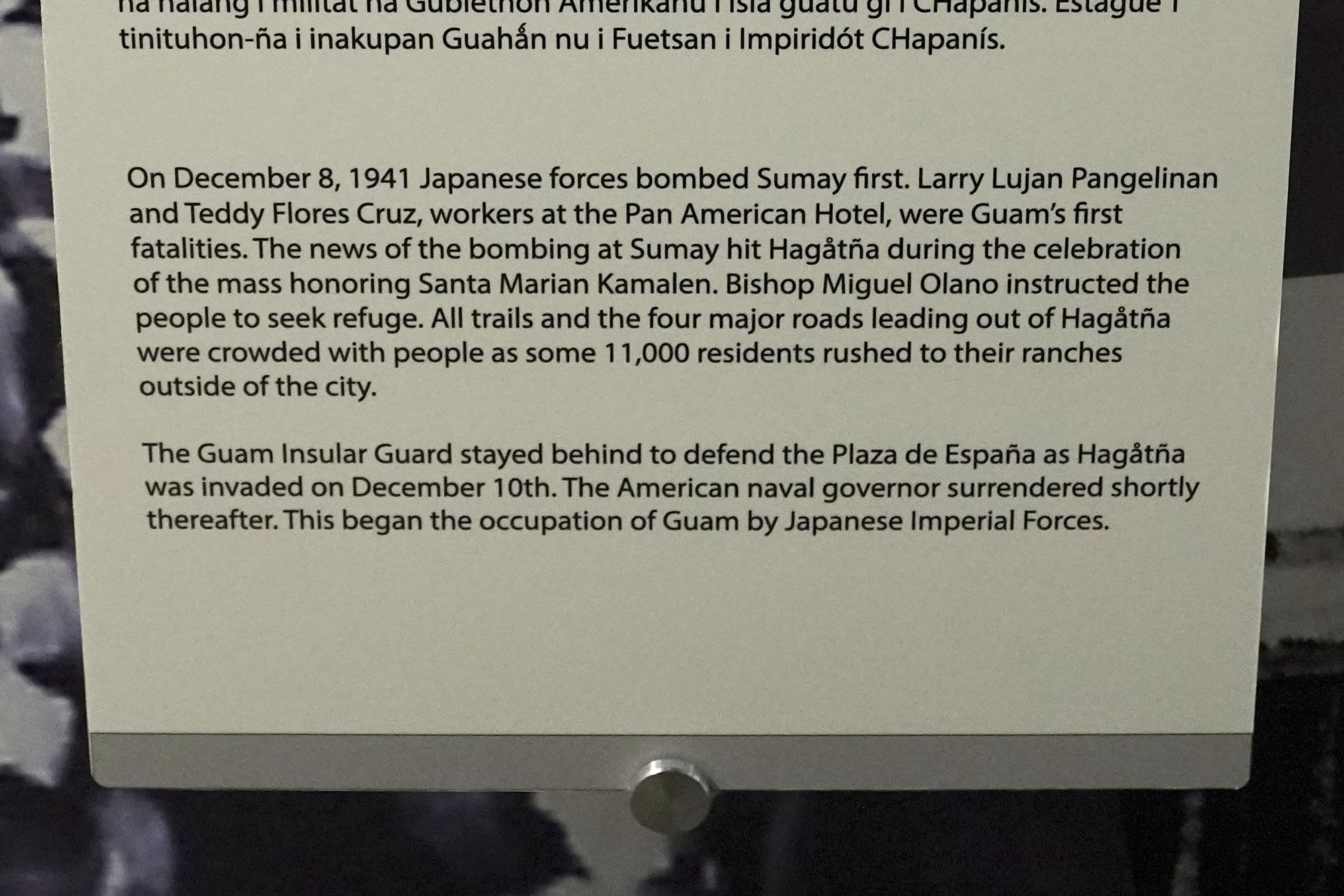
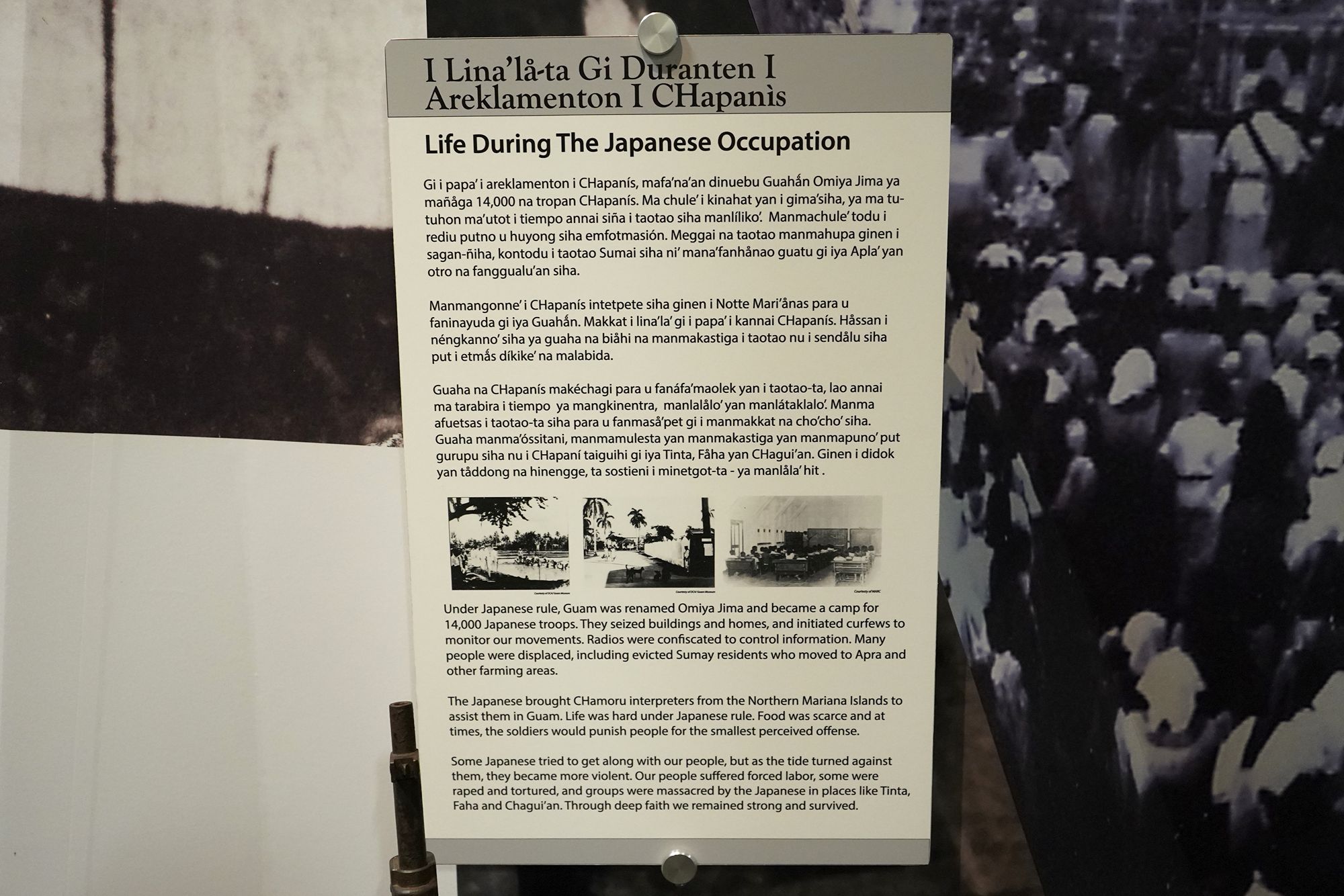
Life under Japanese rule
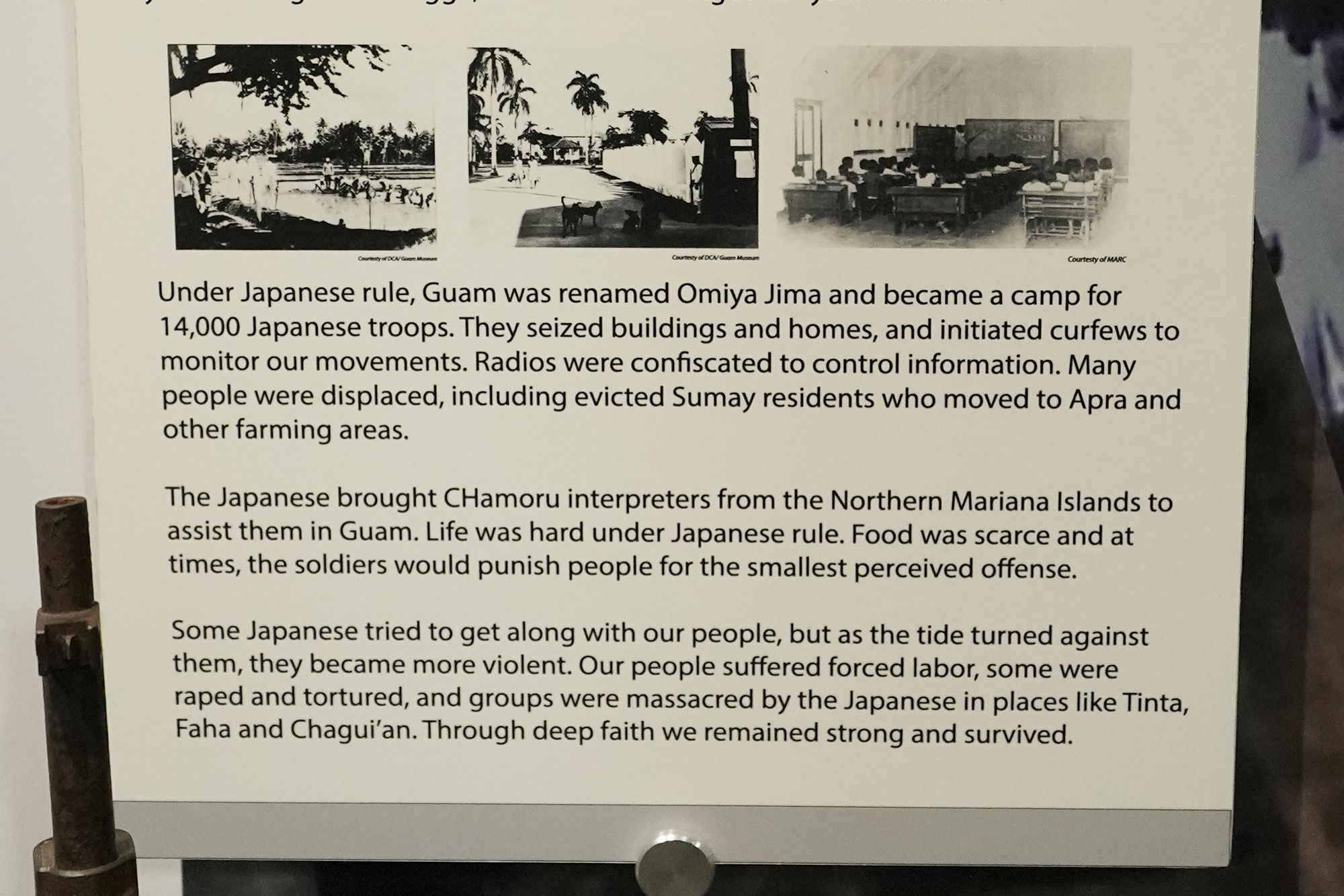
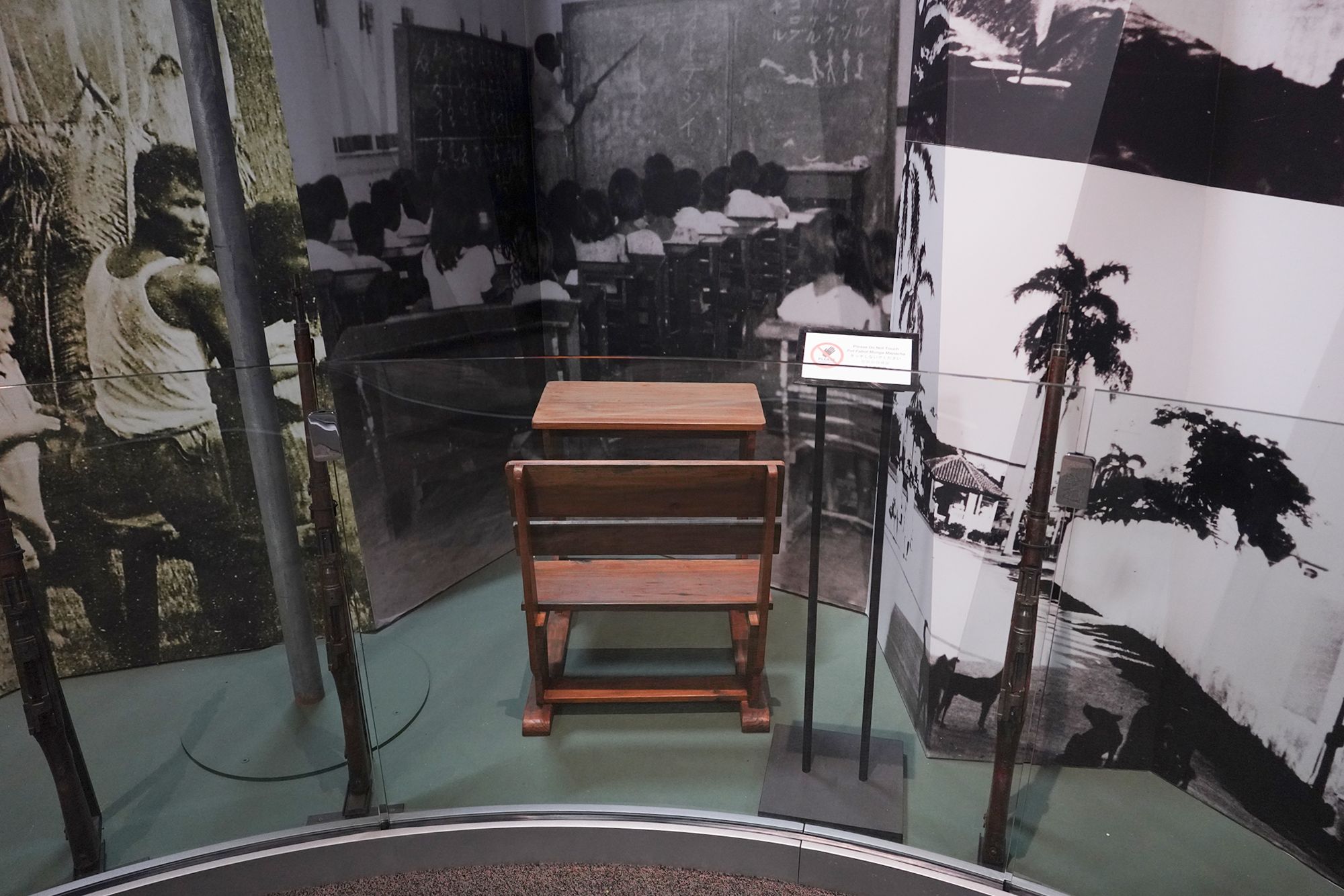
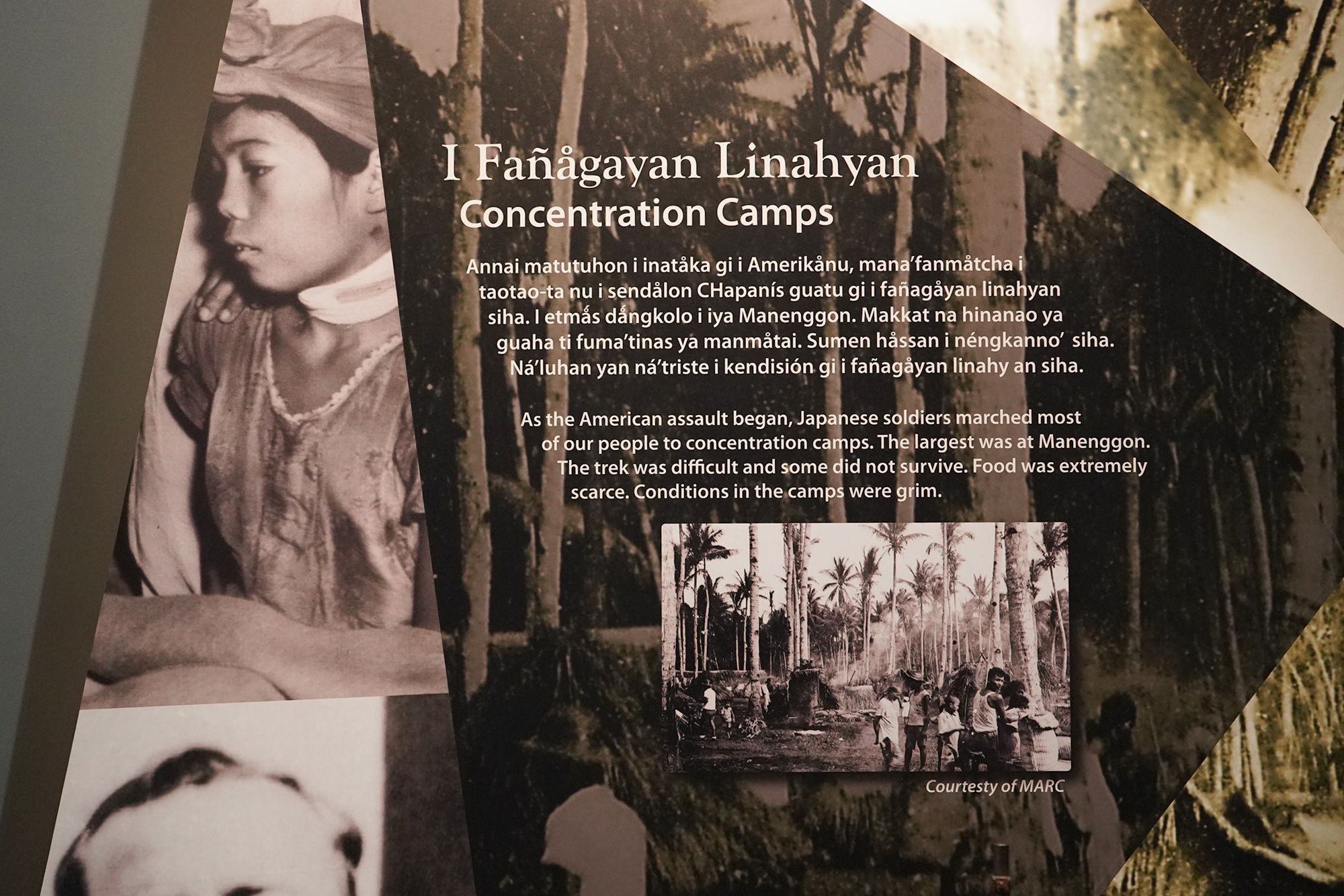
Resistance to Japanese rule
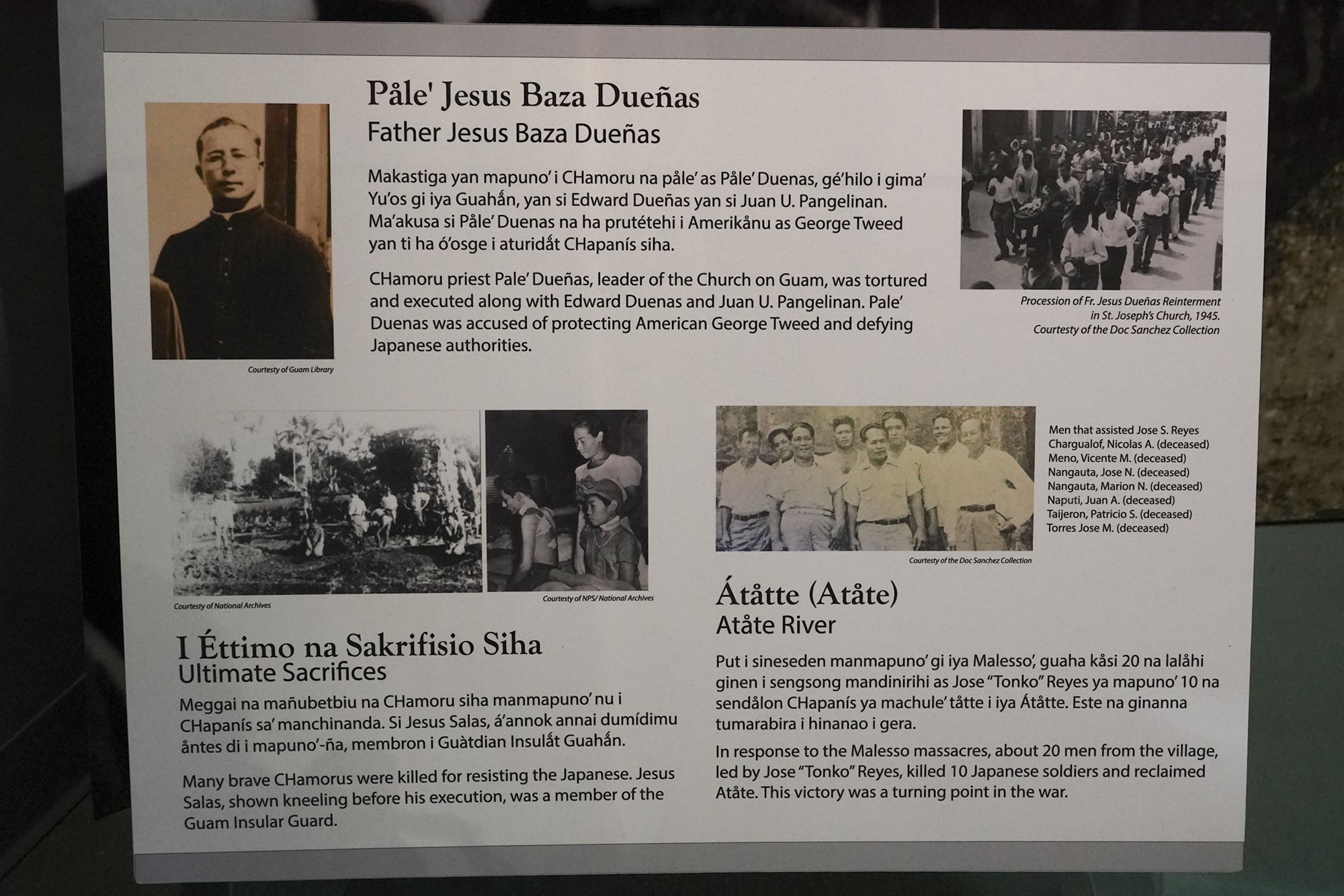
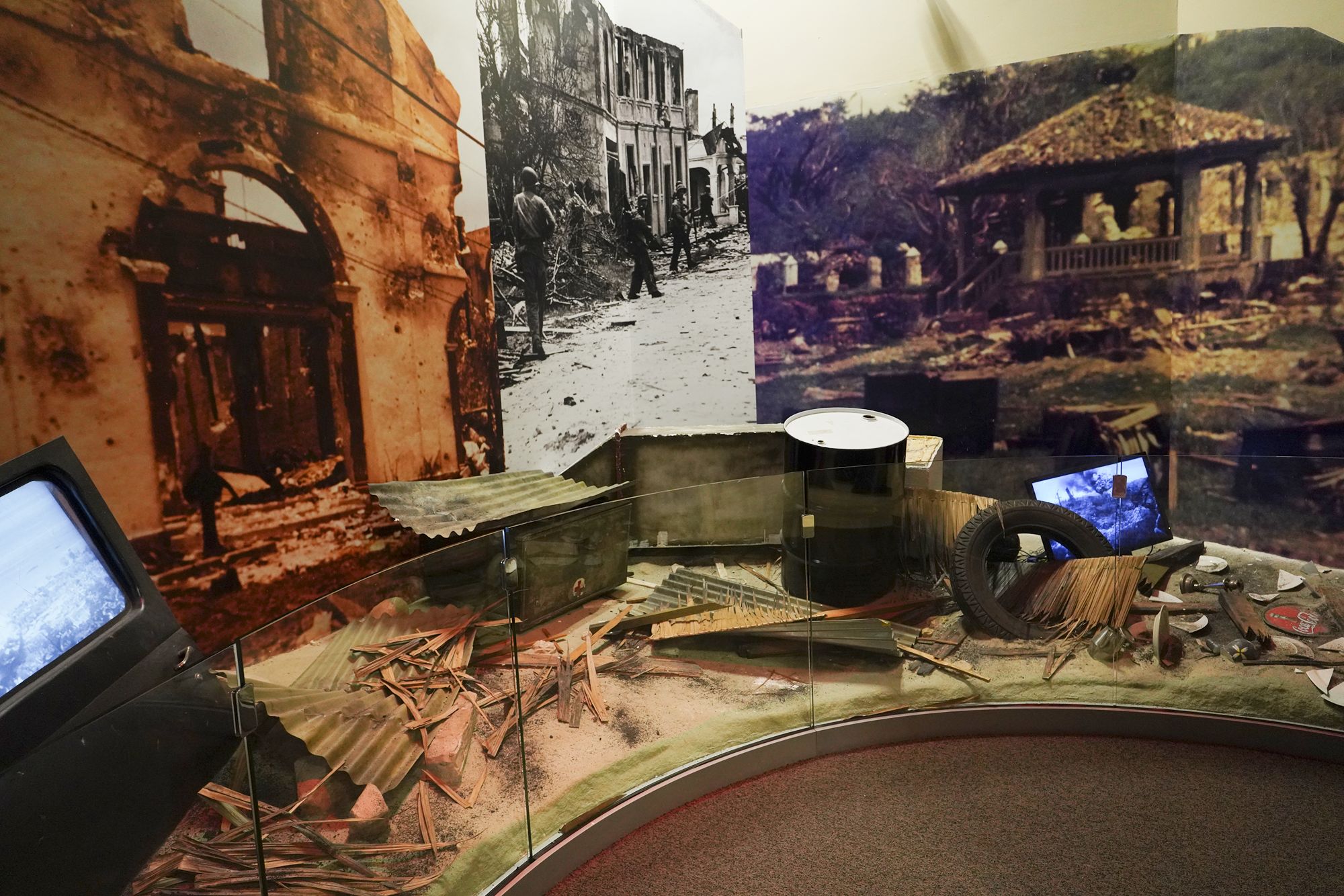
Americans returned and retook the island from the Japanese
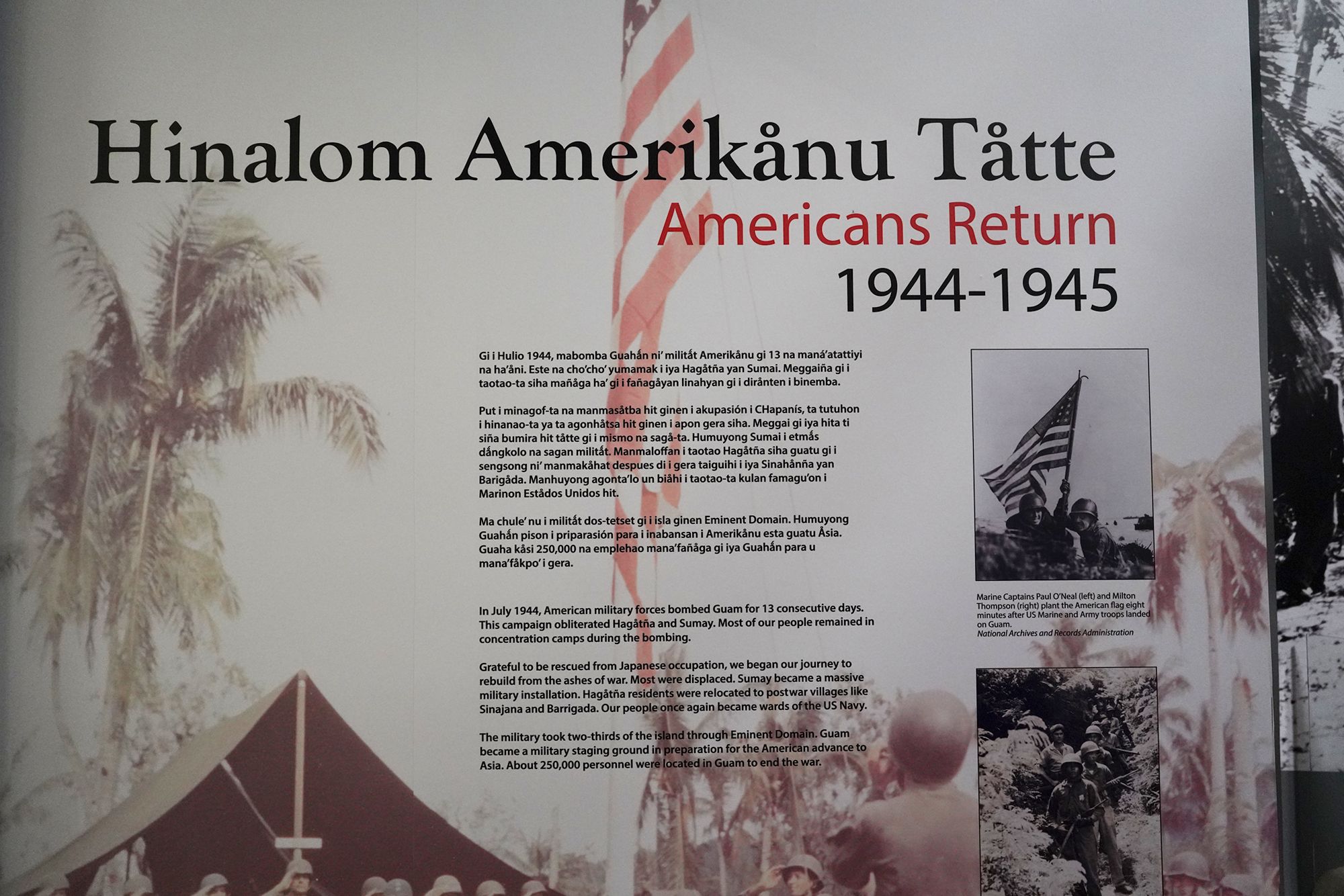
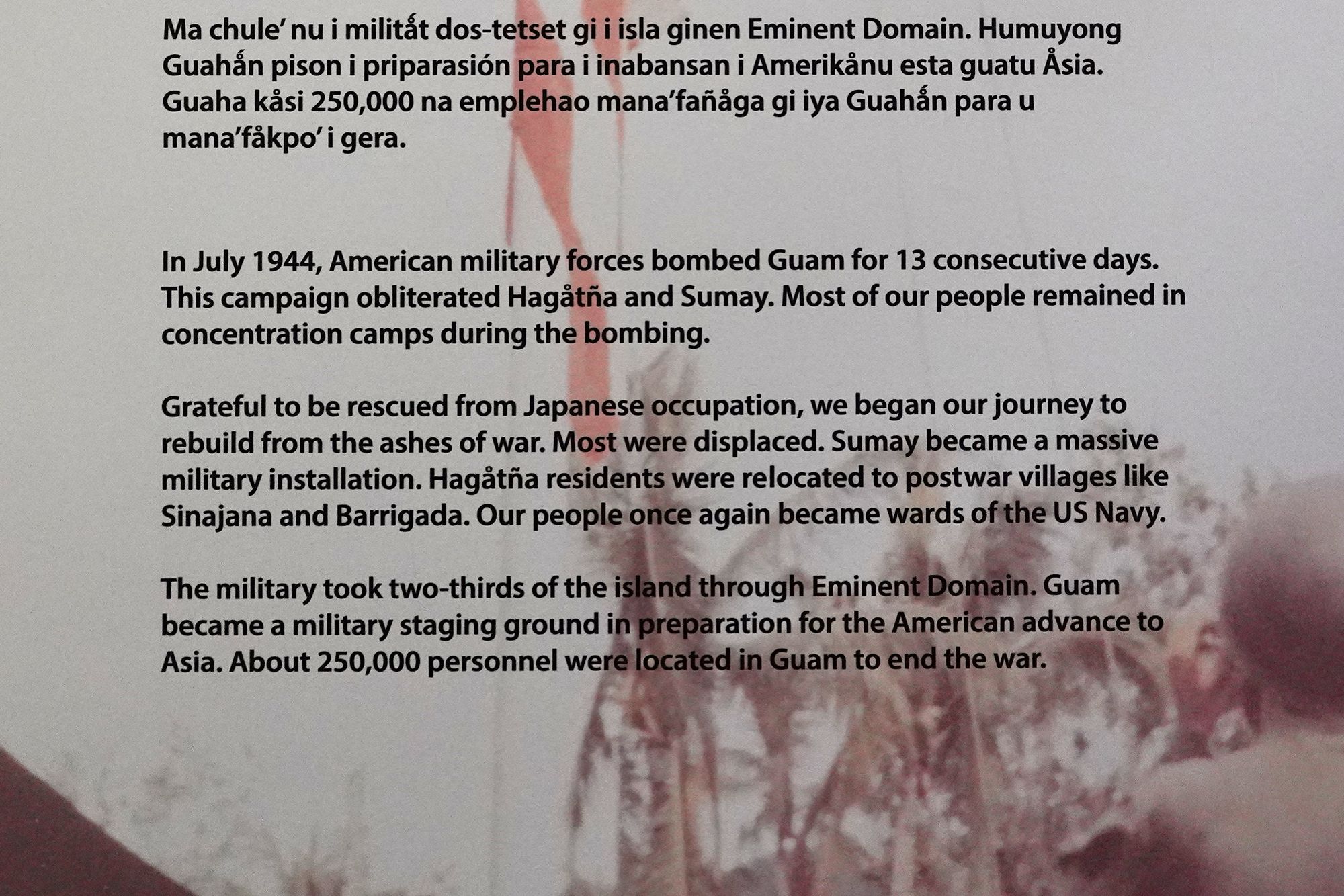

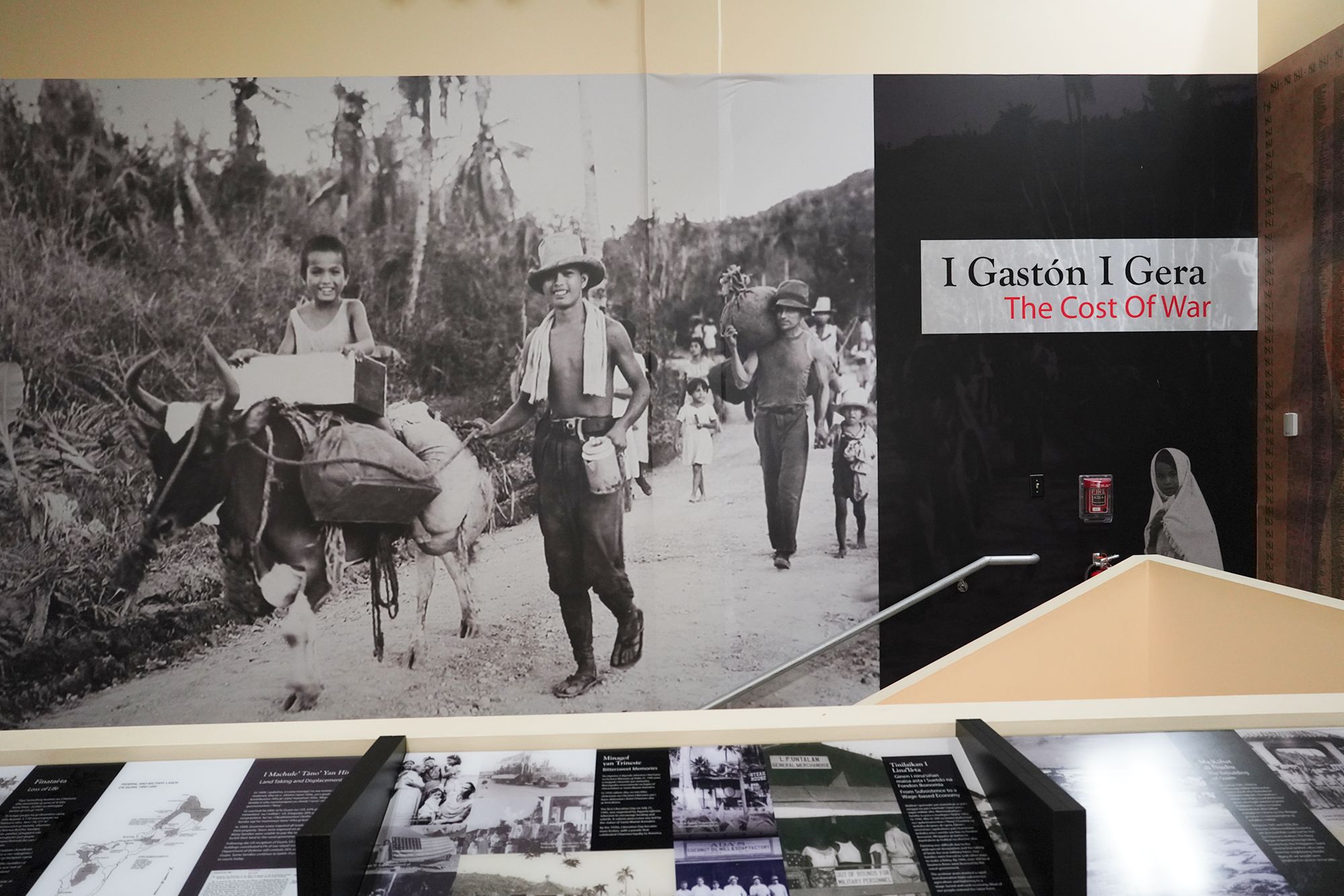
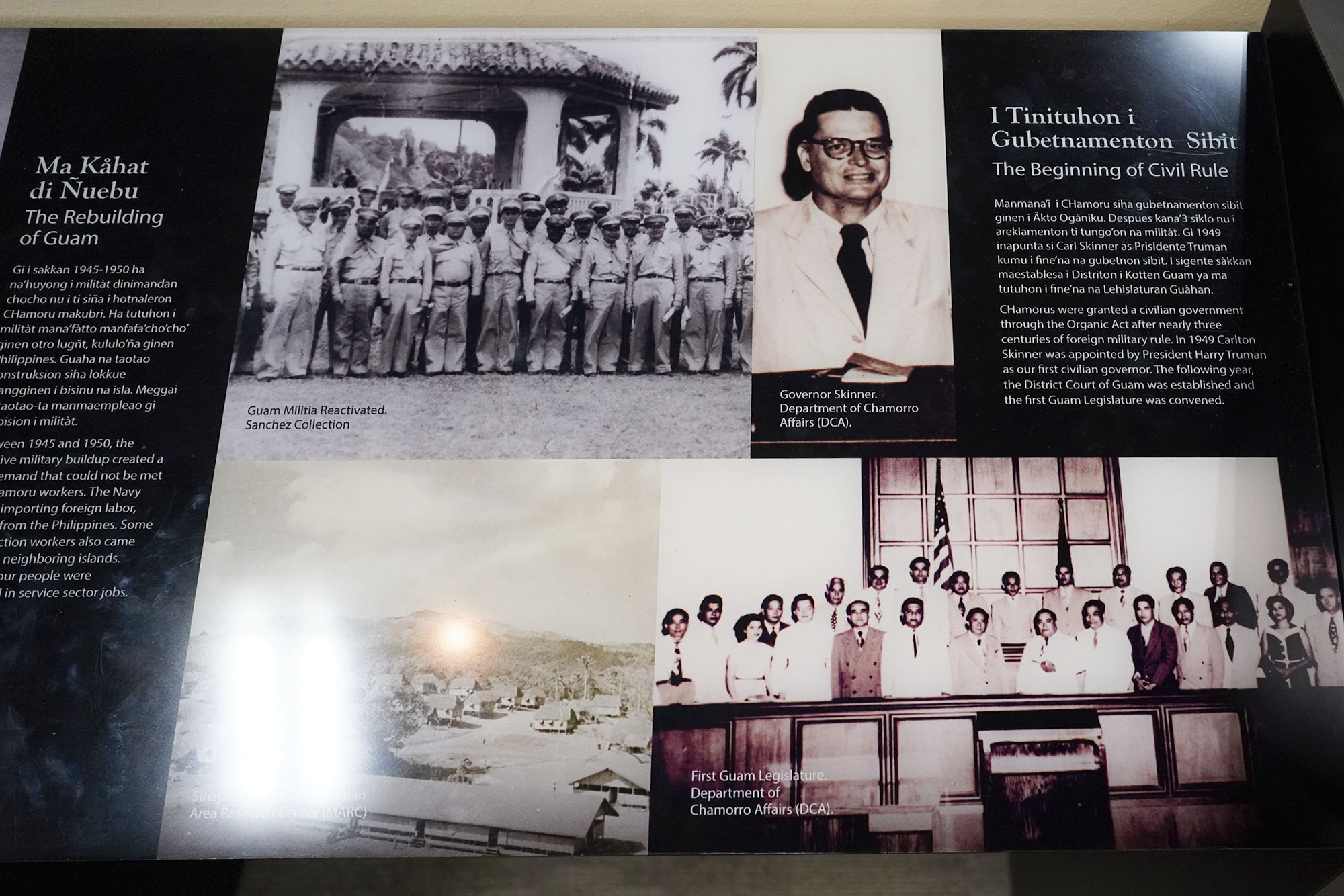
The beginning of civil rule under the US government
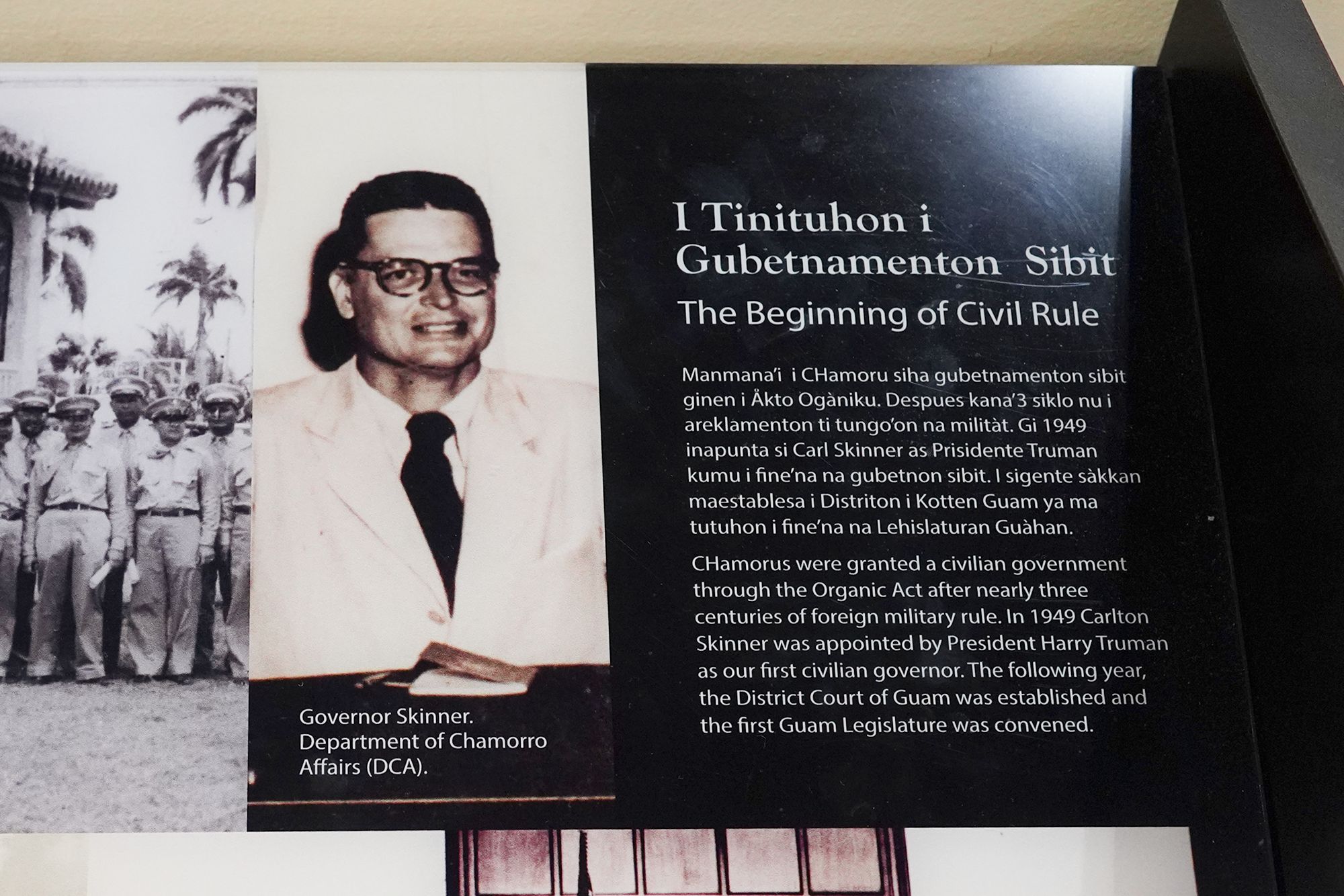
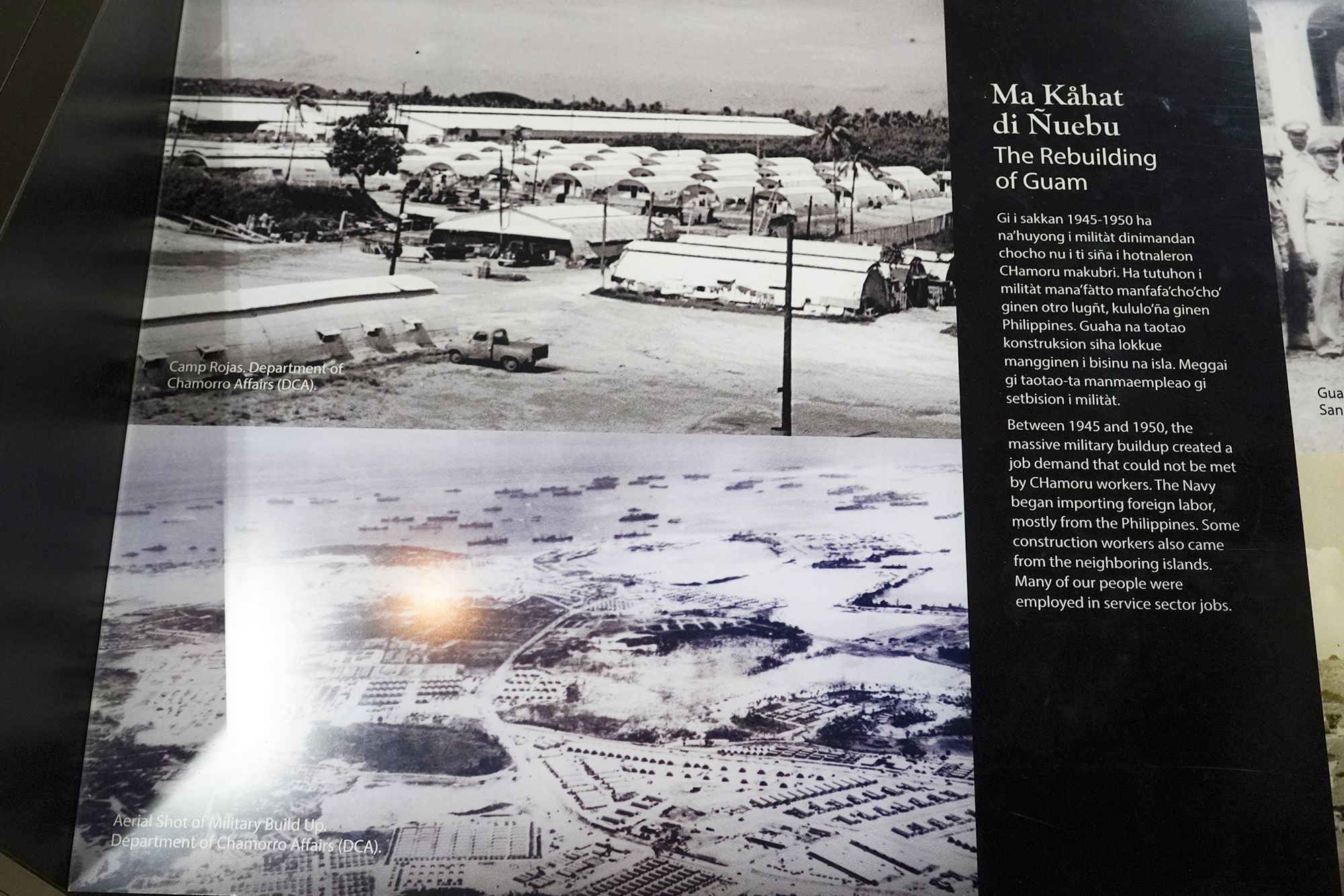
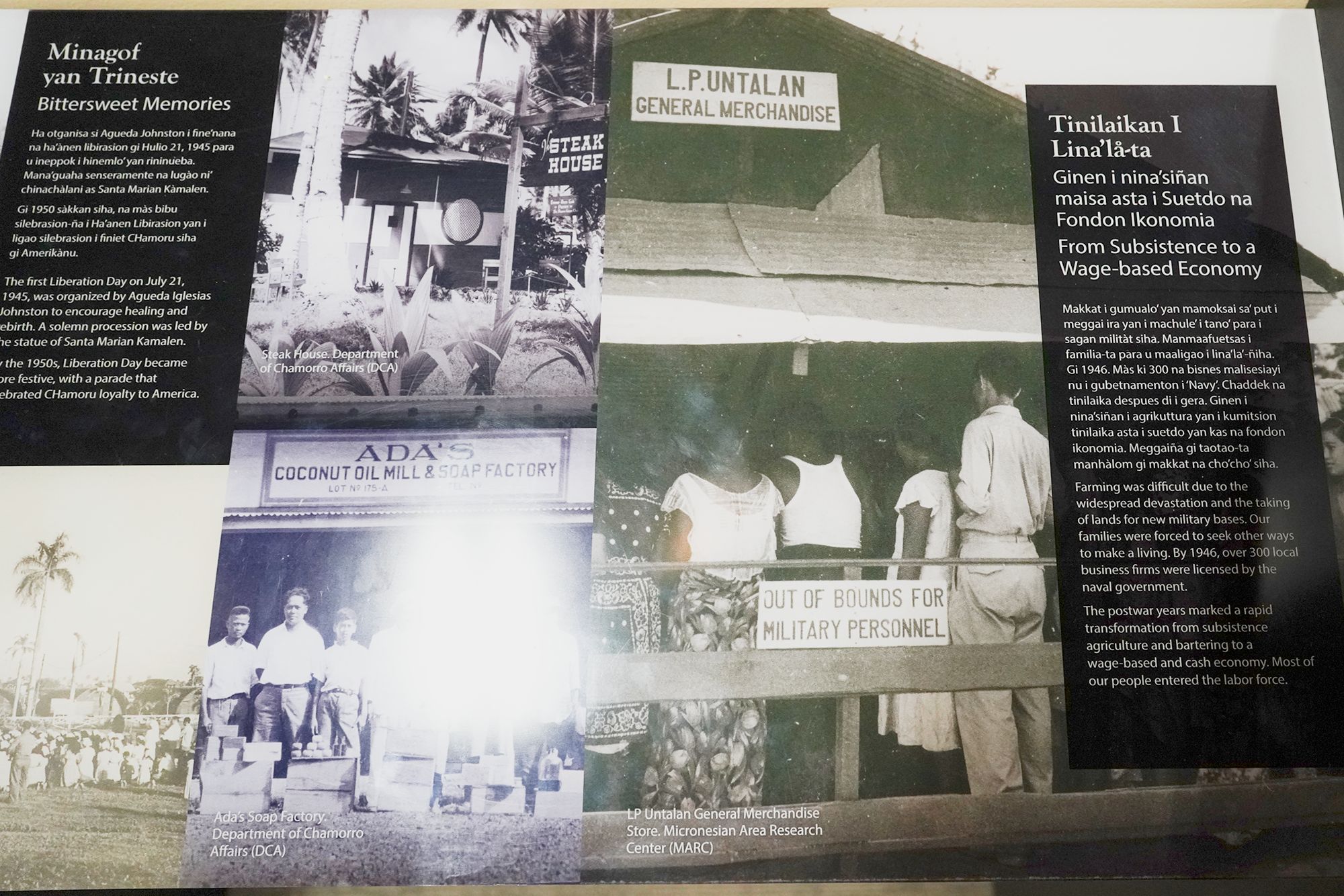
Farmlands were militarized, and agriculture based economy was transformed into a wage-based and cash economy.
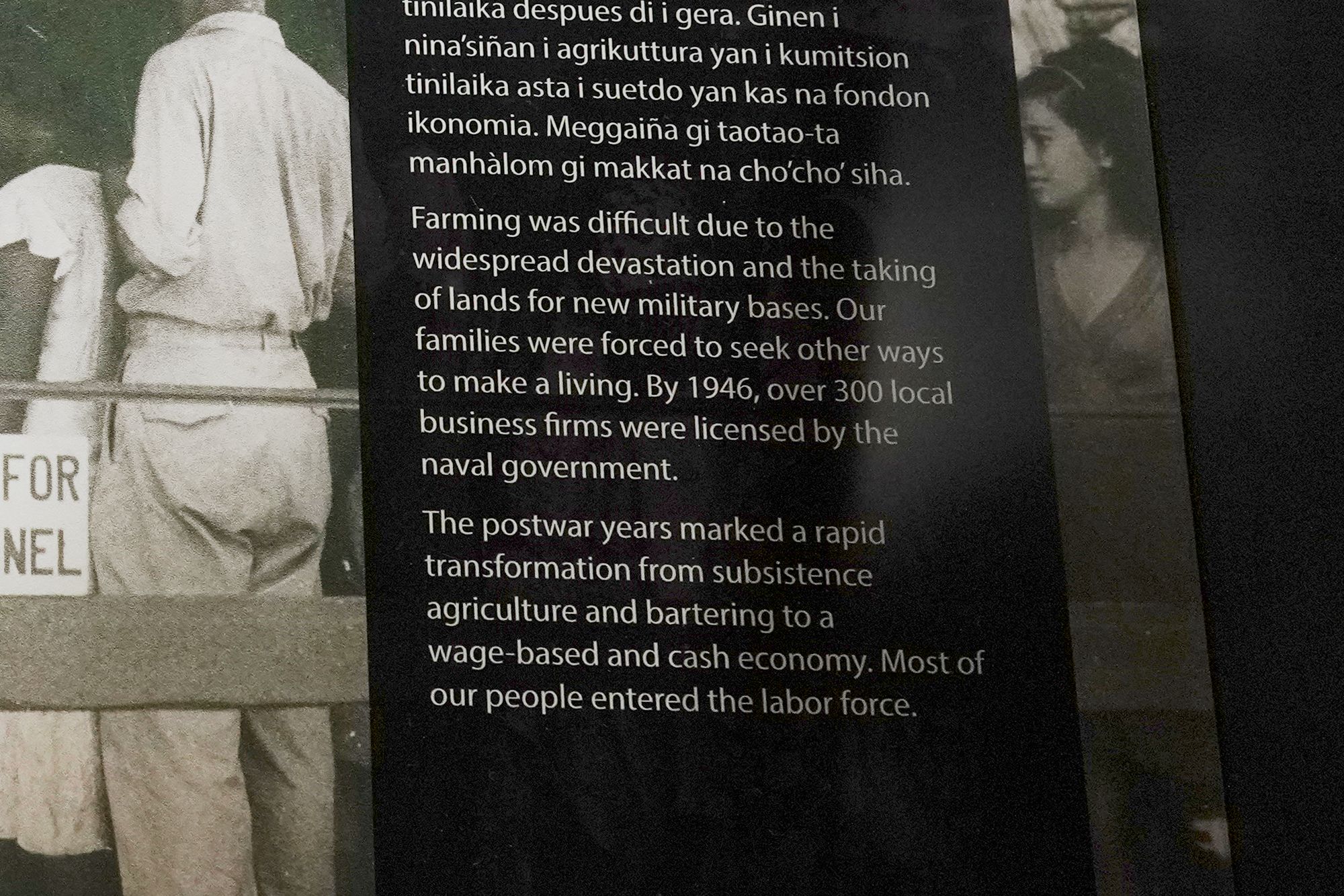
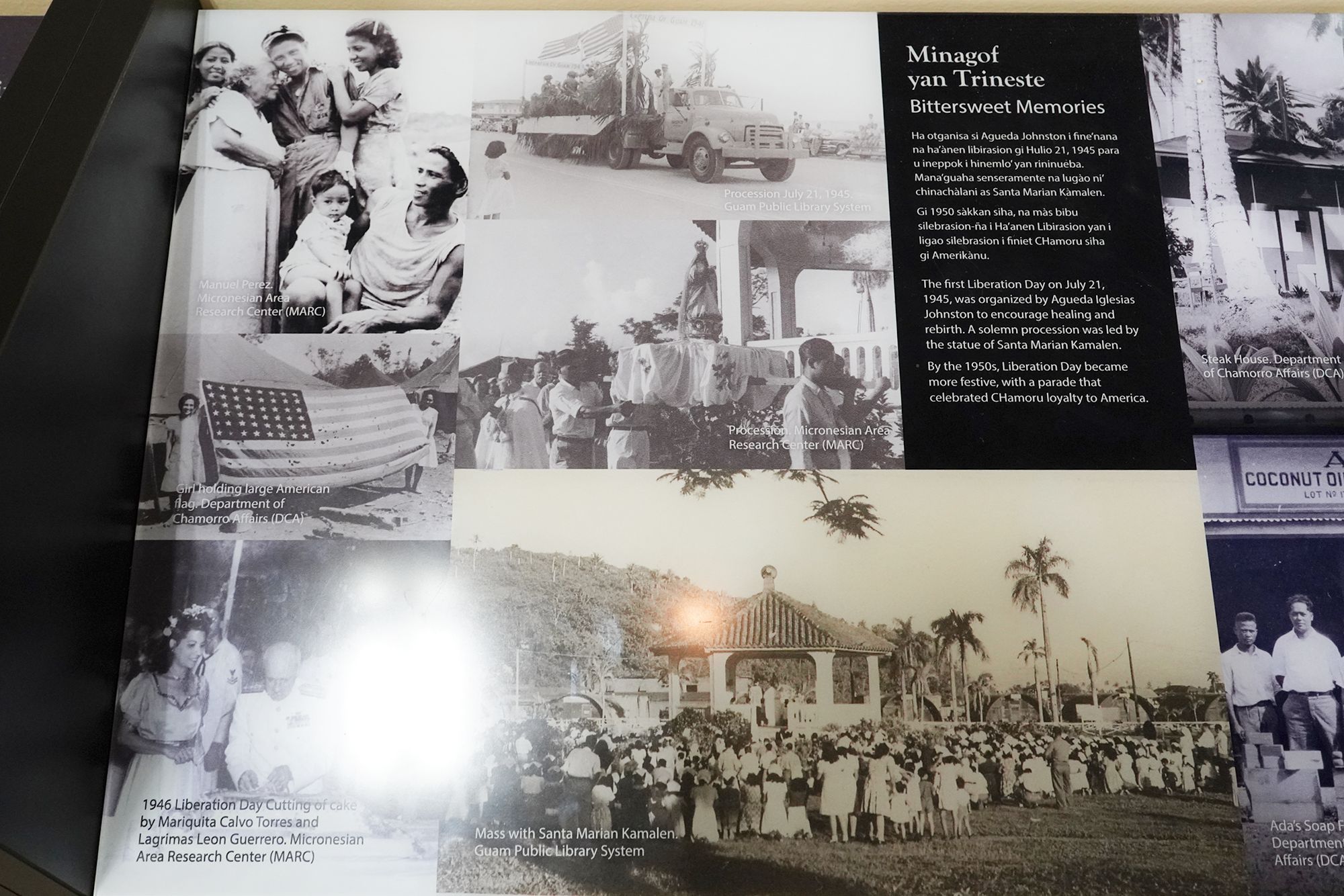
The liberation from the Japanese was celebrated.
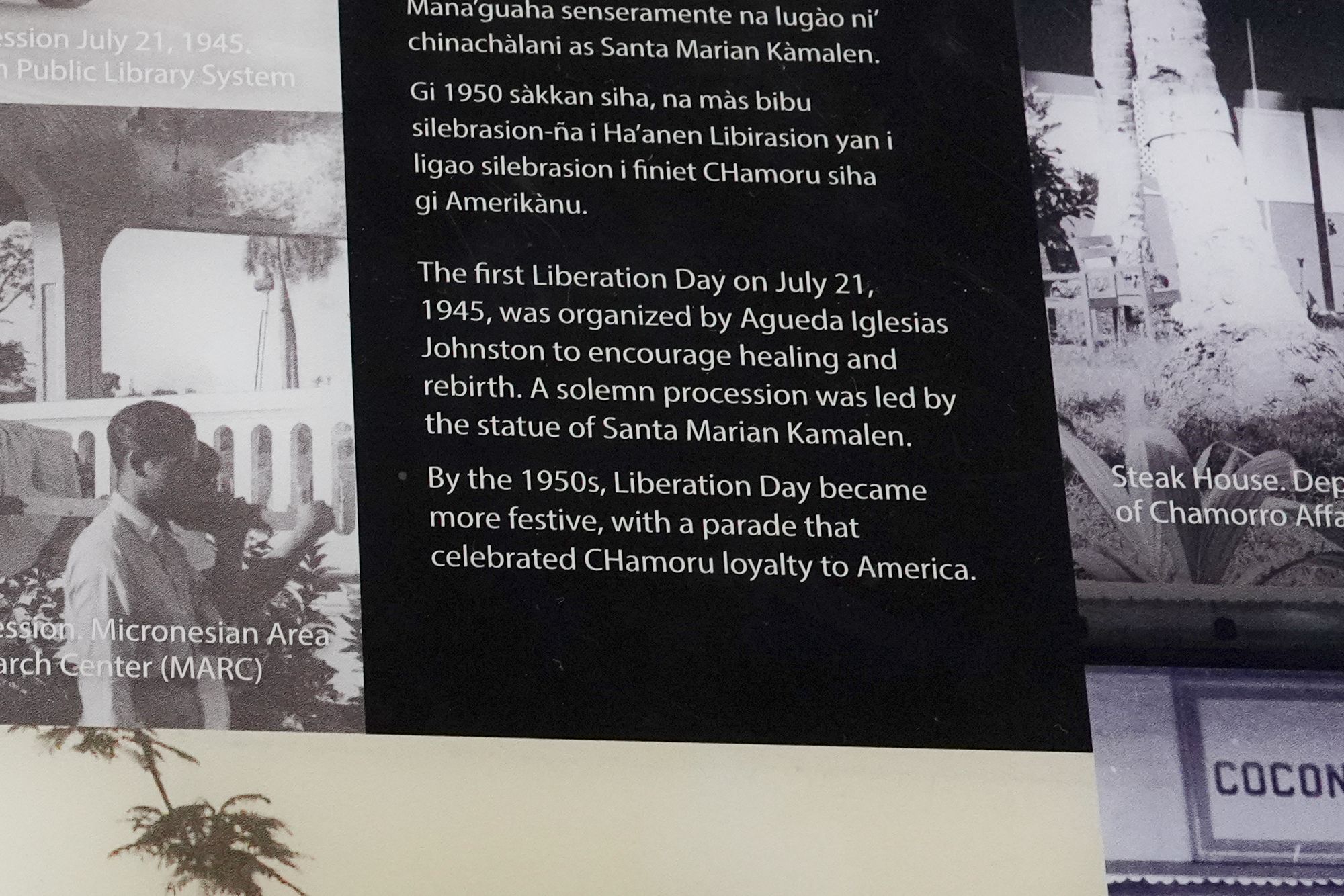
The shaded area on the map indicates the land taken by the U.S. government for military use.

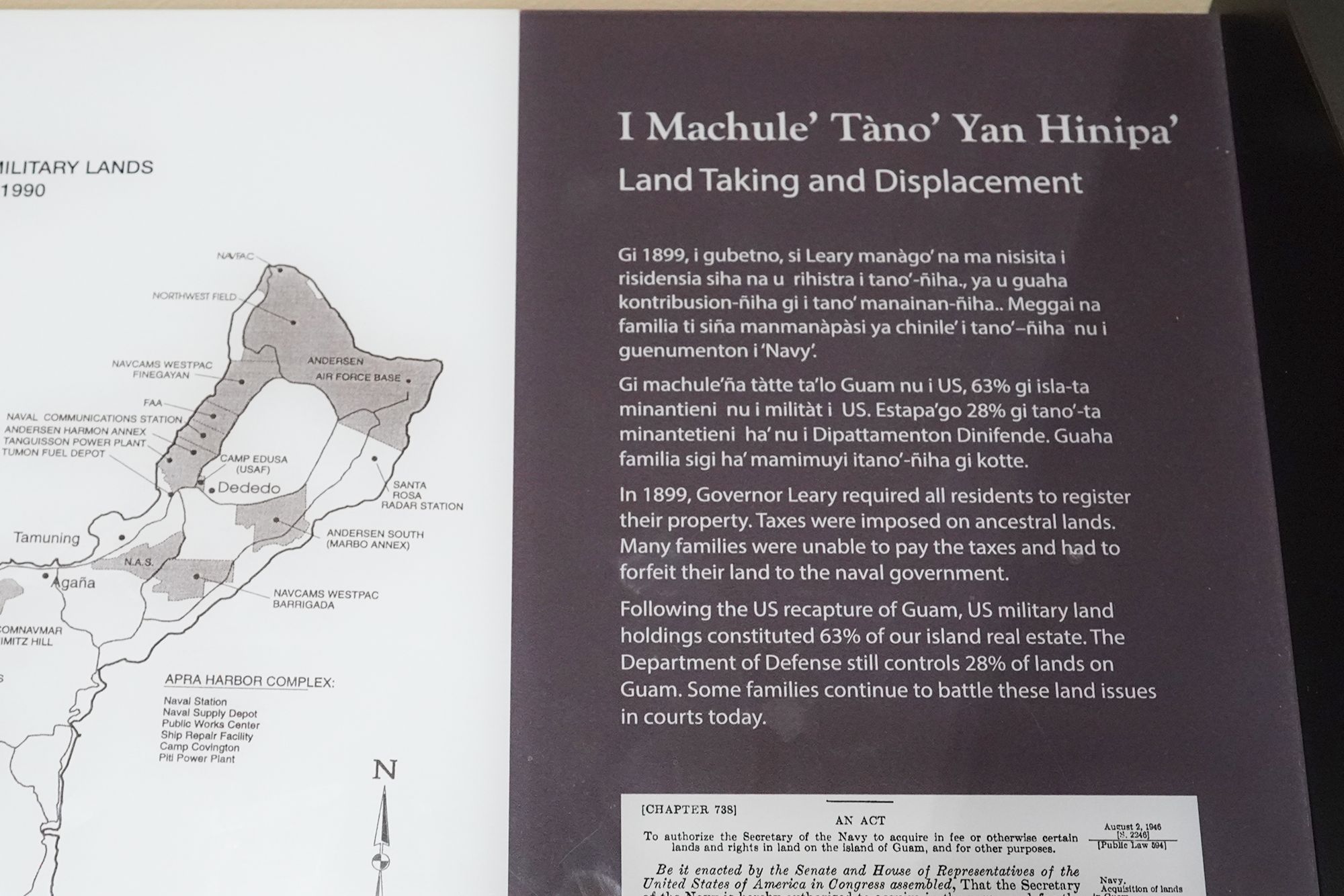
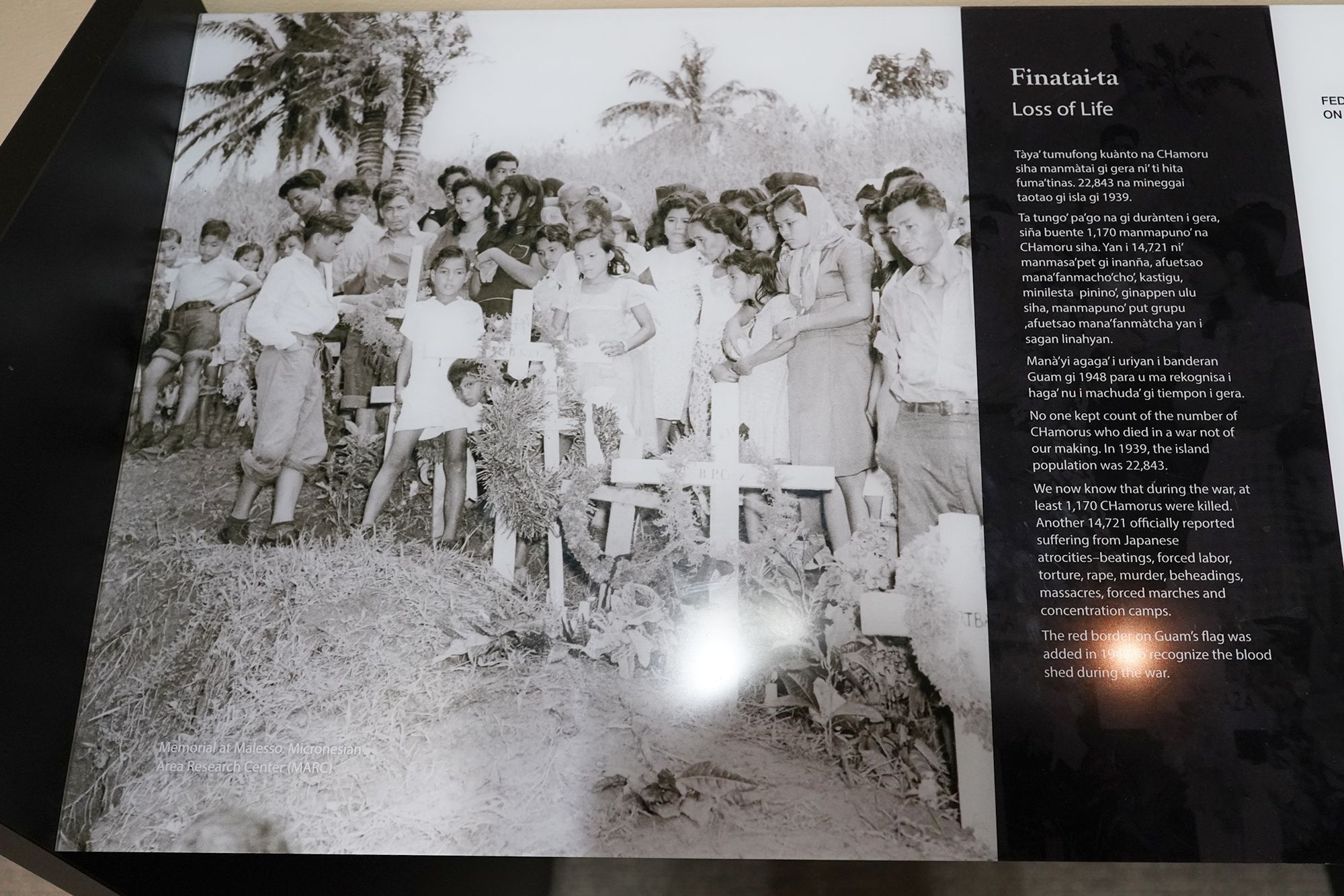
Many people from Guam lost their lives during World War II.
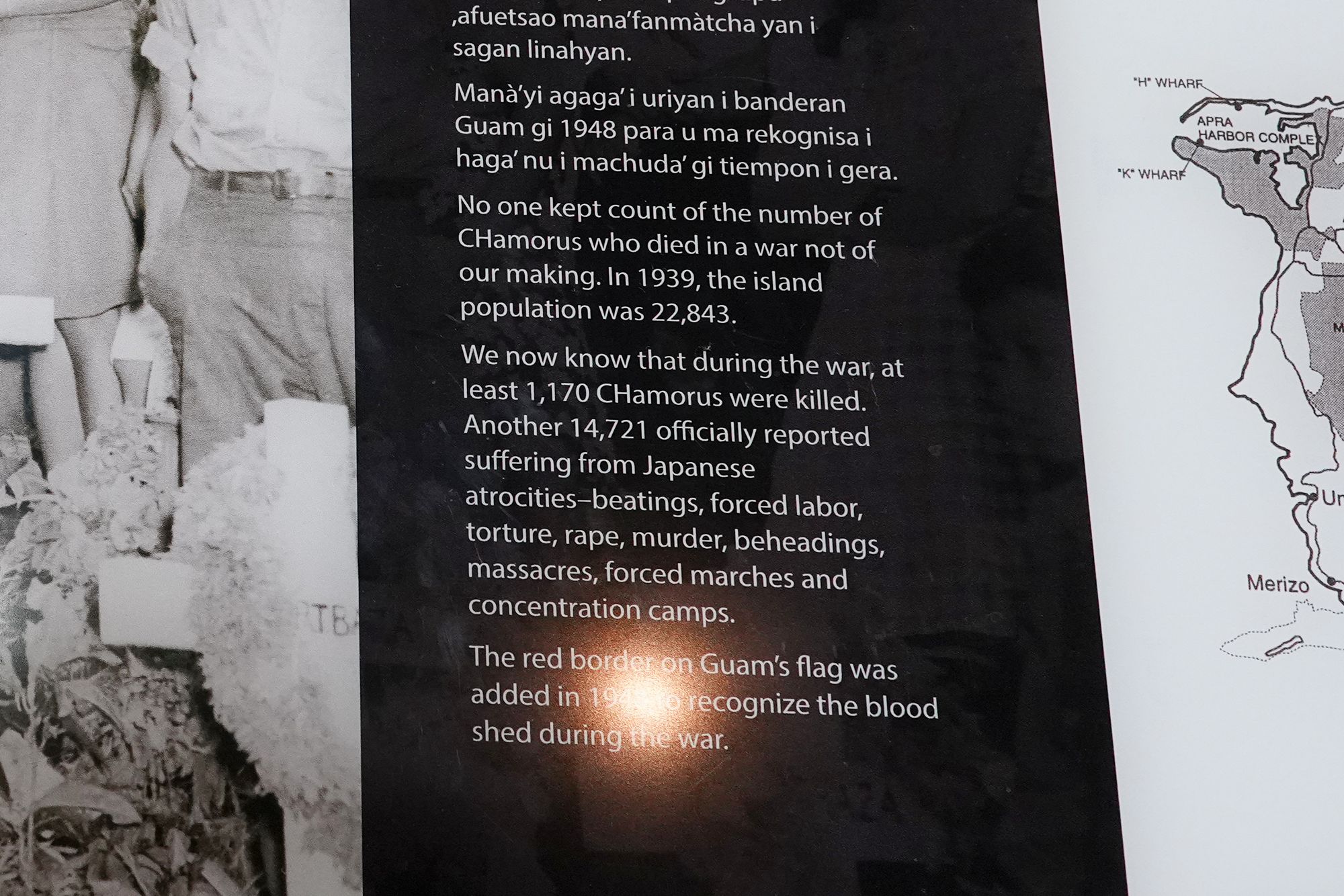
Yokoi’s Story:
Deployment to Guam: Yokoi was sent to Guam during WWII, part of the Japanese forces defending the island against U.S. troops during the Battle of Guam in 1944.
Going into Hiding: After the Japanese defeat, instead of surrendering, Yokoi and a few other soldiers fled into the dense jungles. They believed it was dishonorable to be captured, following the strict military code of the time.
Survival in the Jungle: Yokoi lived in an underground bamboo cave near the Talofofo River, surviving on wild fruits, coconuts, small animals, and river shrimp. He made tools, clothes, and bedding from natural materials, using remarkable resourcefulness to endure the harsh environment.
Discovery: In January 1972, two local Chamorro men discovered Yokoi while hunting. He initially resisted but was eventually convinced to come out of hiding.
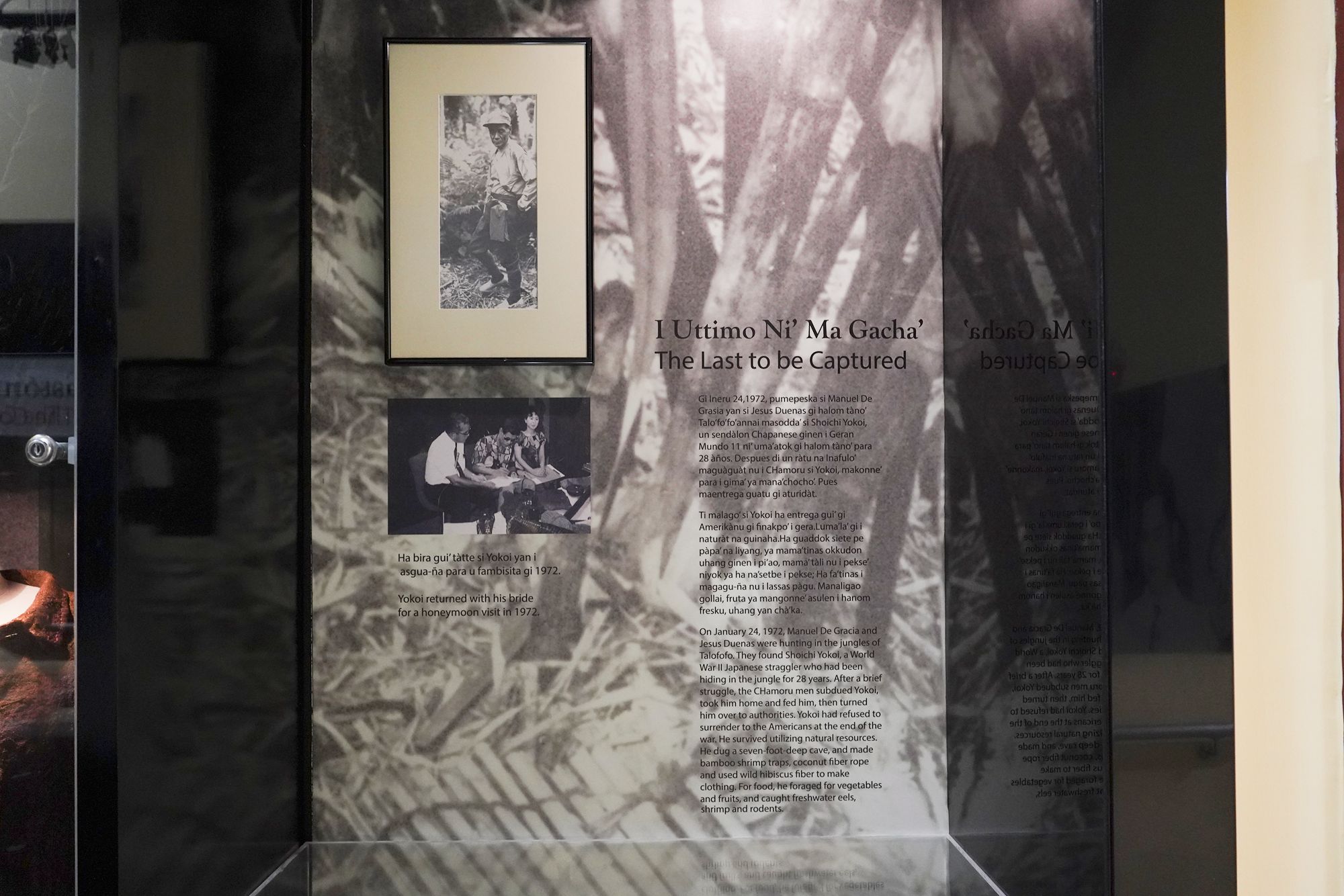
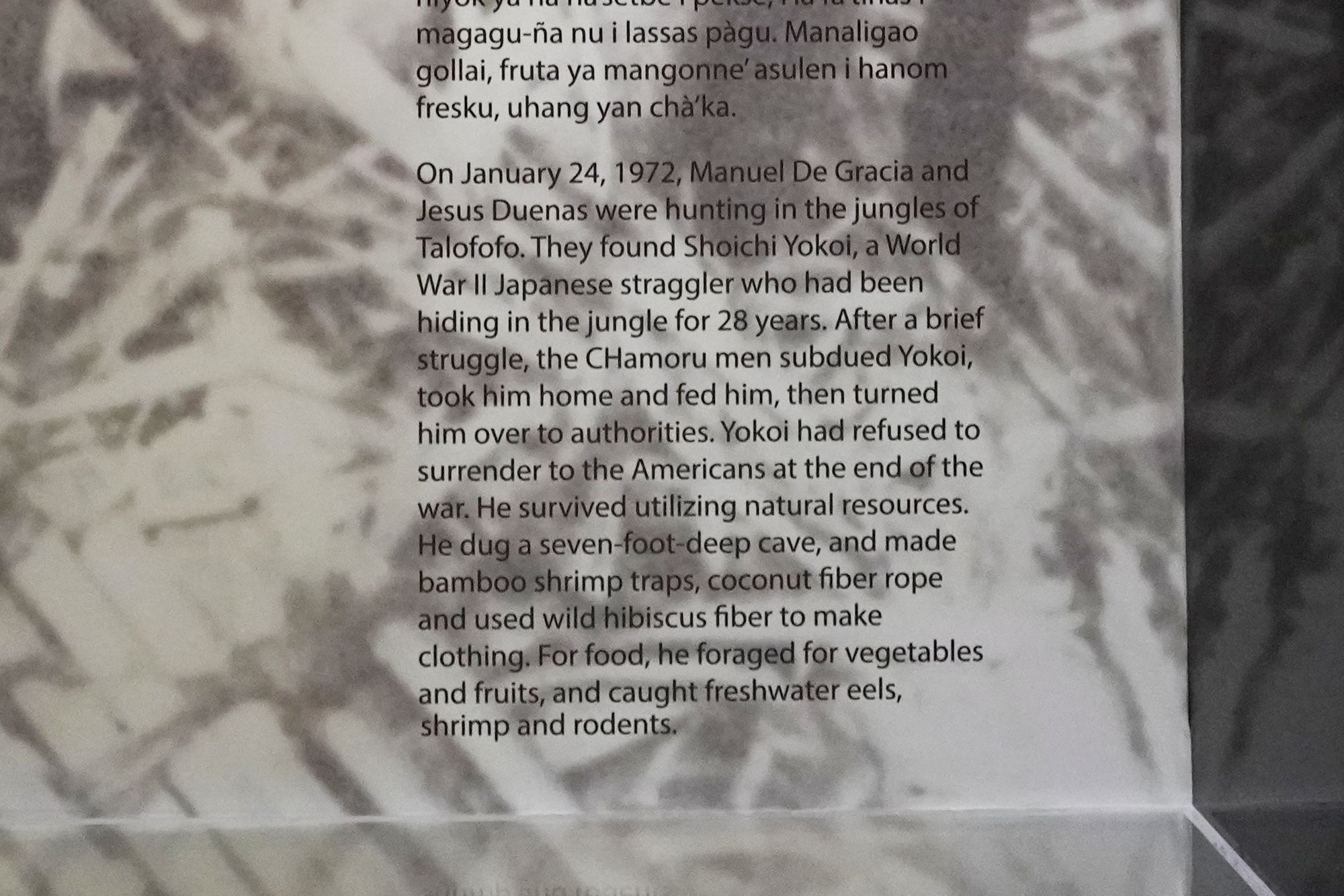
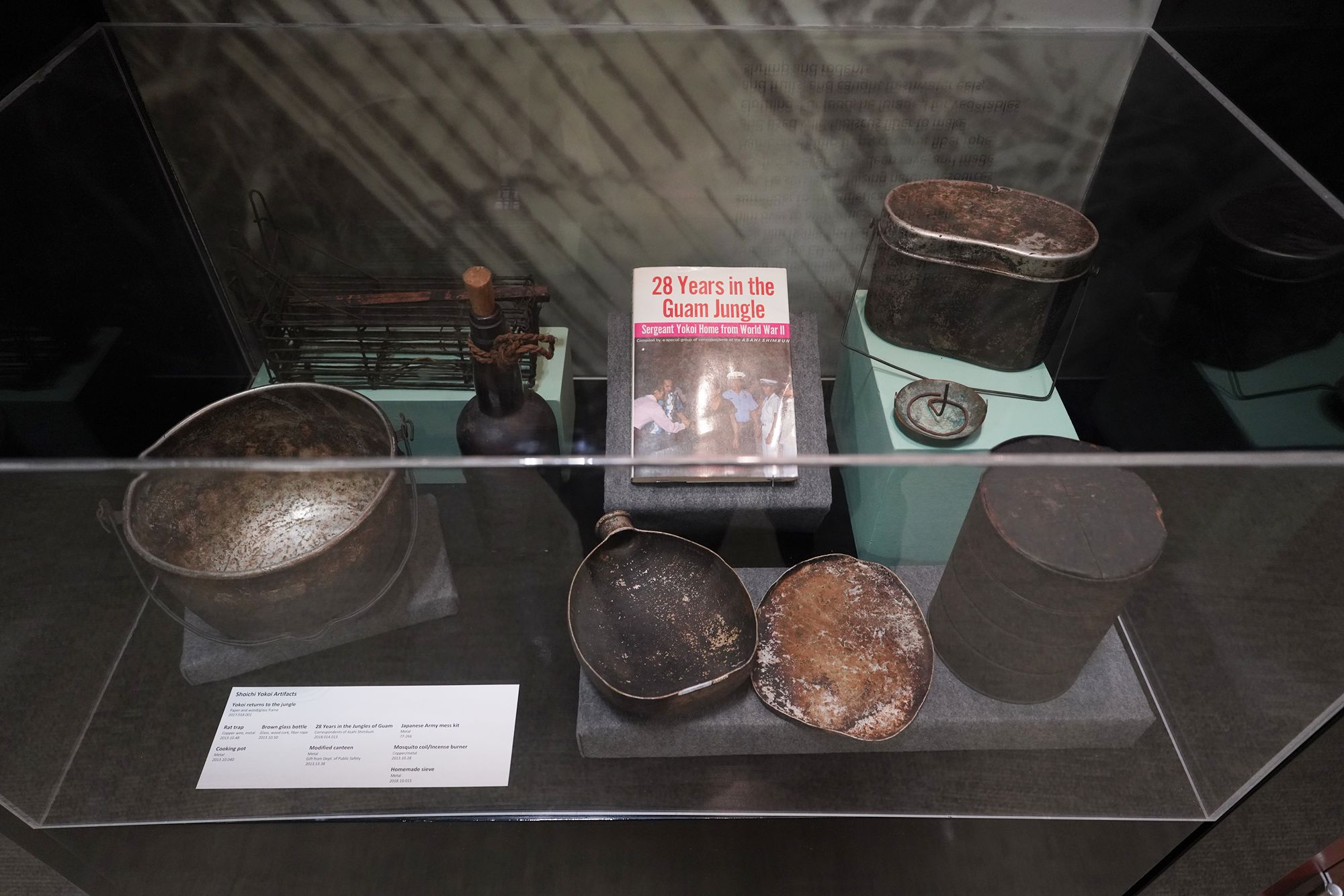
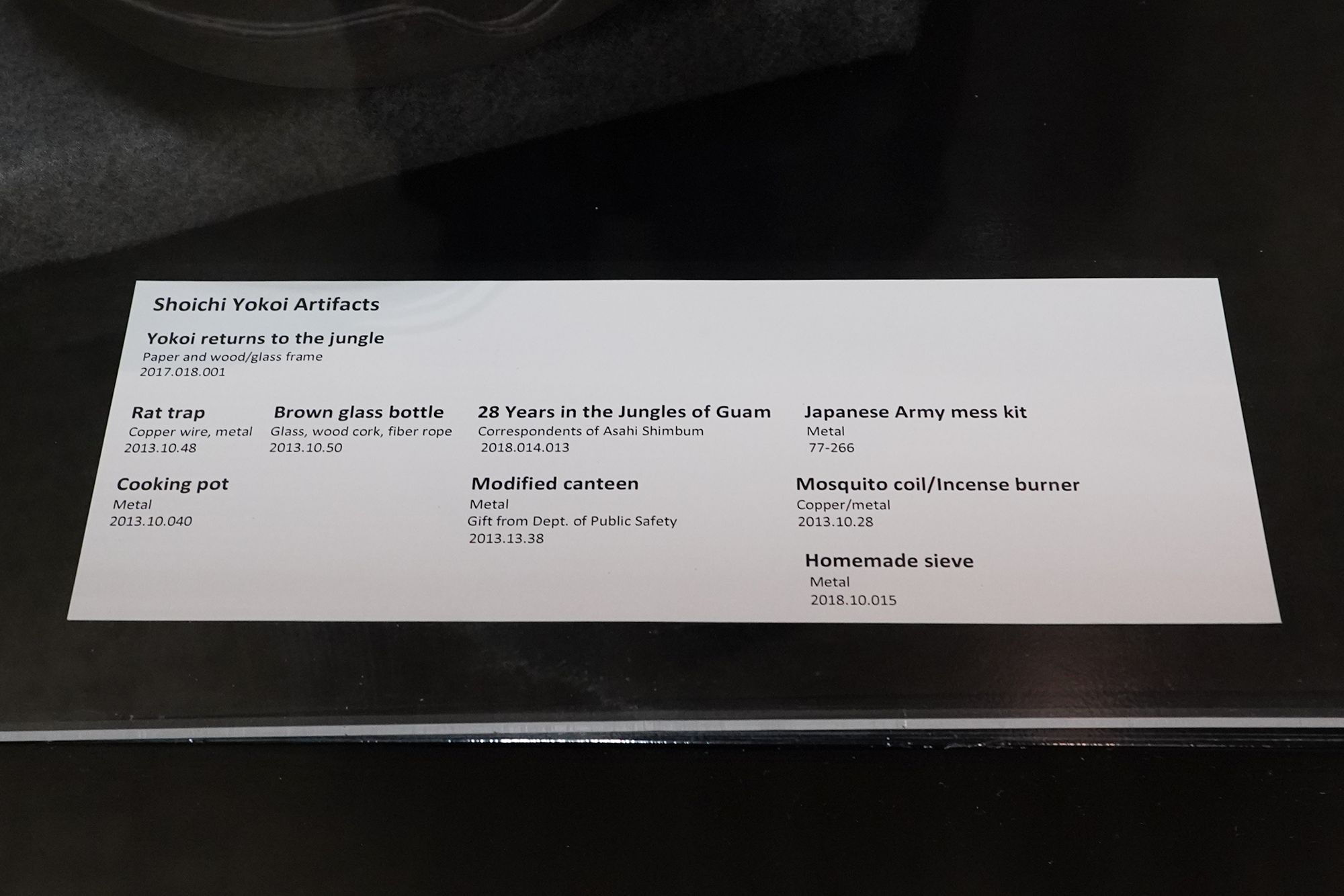
Return to Japan:
When Yokoi returned to Japan, he was met with astonishment and became a symbol of loyalty, discipline, and the enduring effects of wartime ideology.
His famous quote upon returning was:
“It is with much embarrassment that I return.”
This reflected his belief that surrender was shameful.
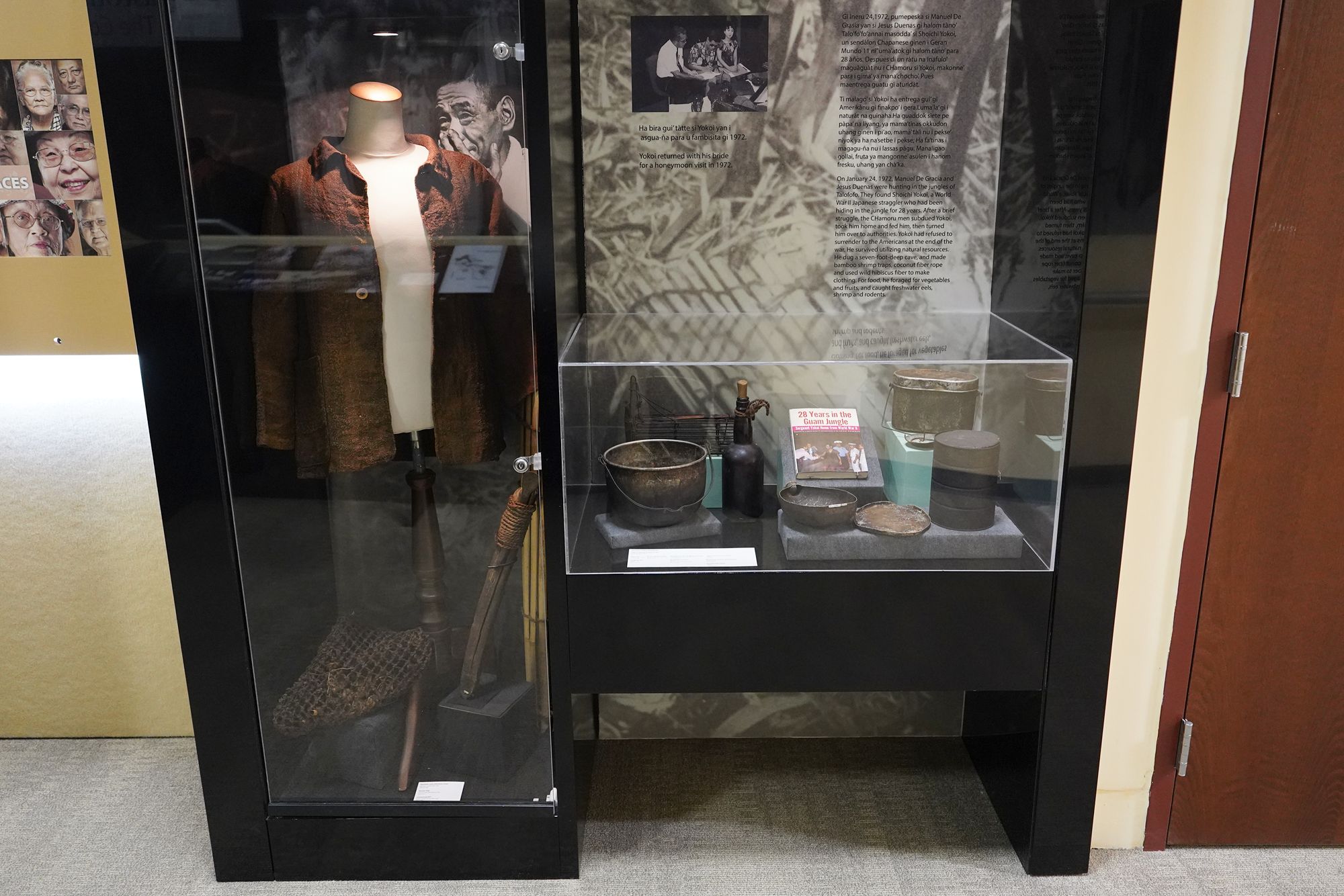
Number of people of Guam who died, suffered personal injury, forced labor, forced march or internment
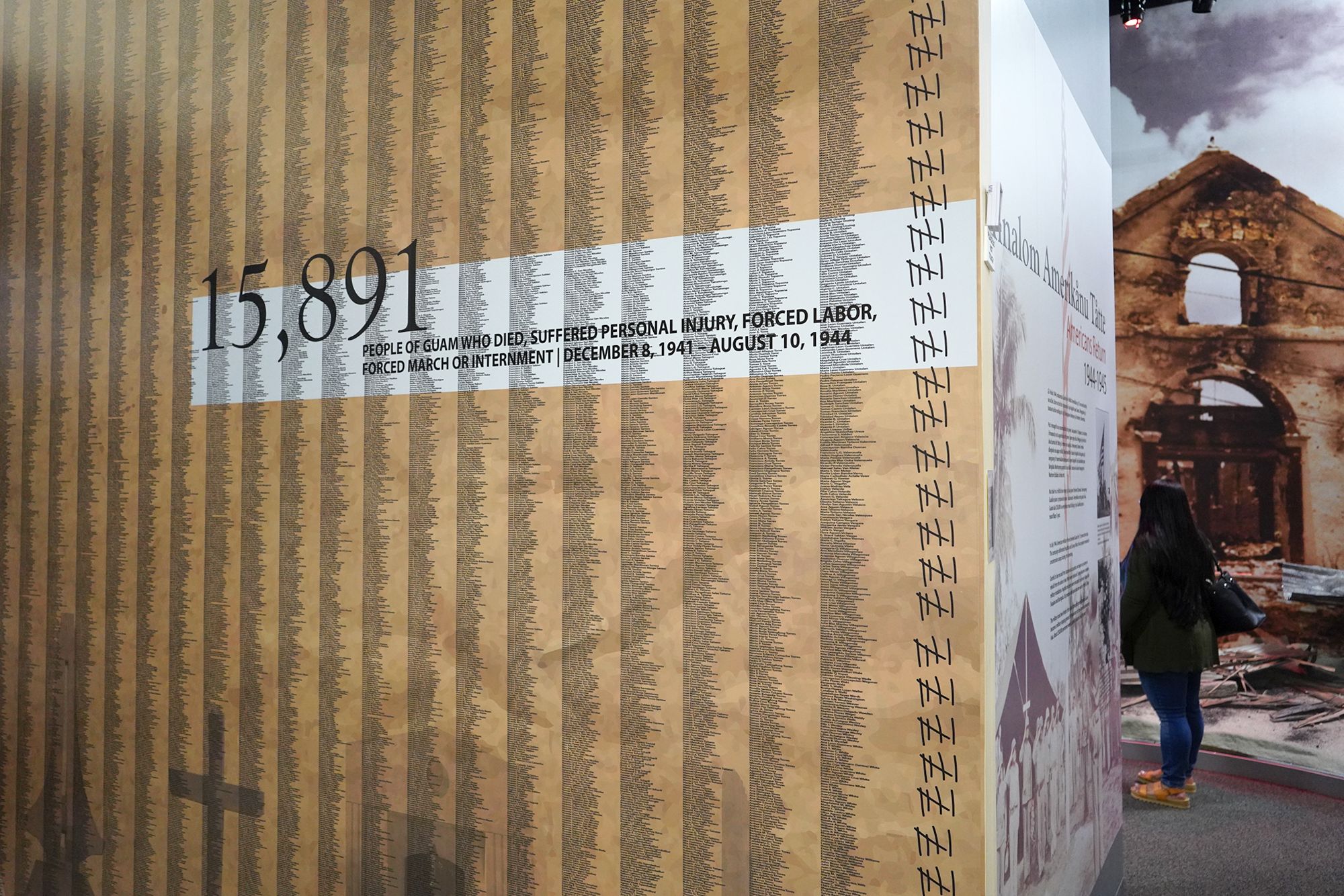
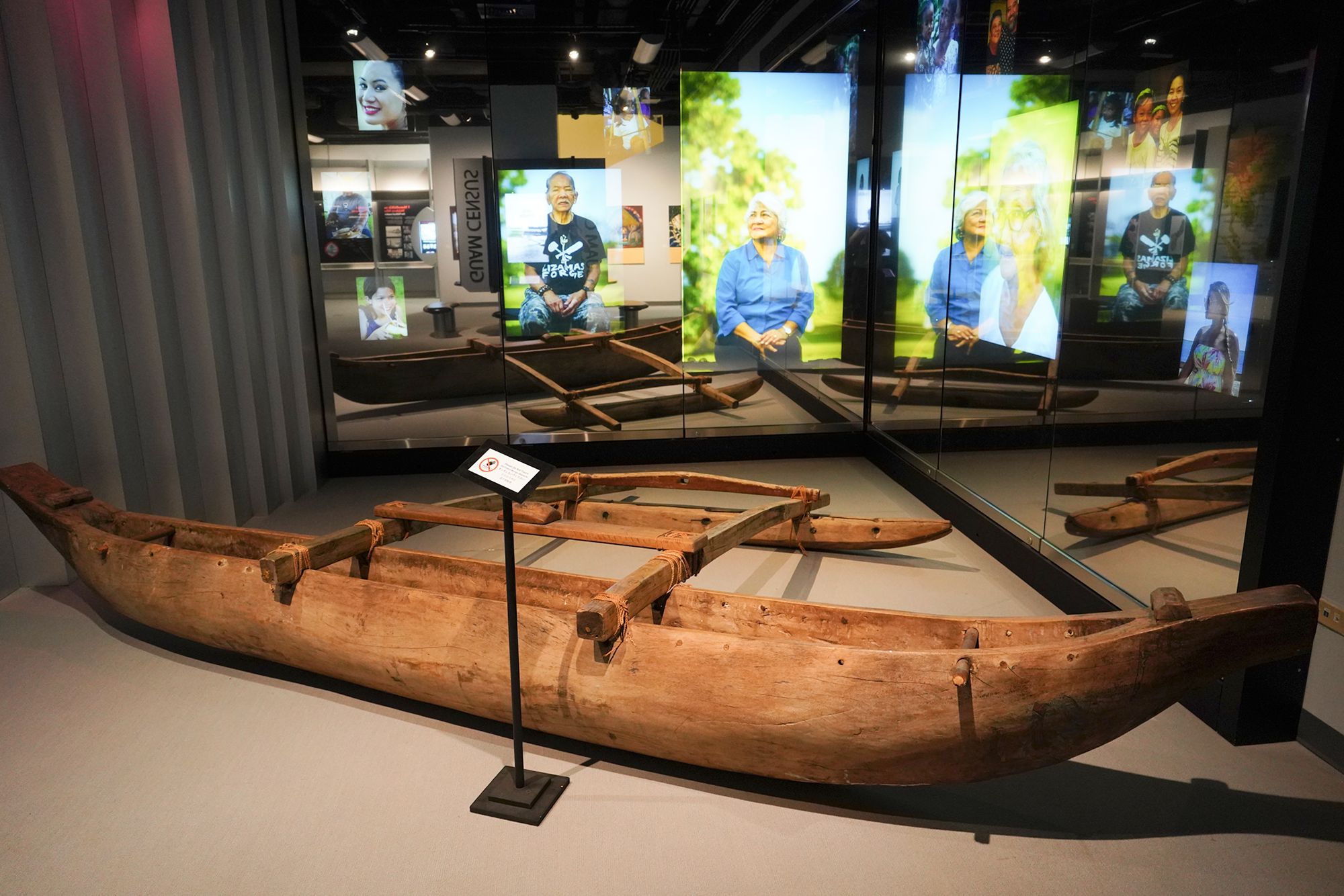
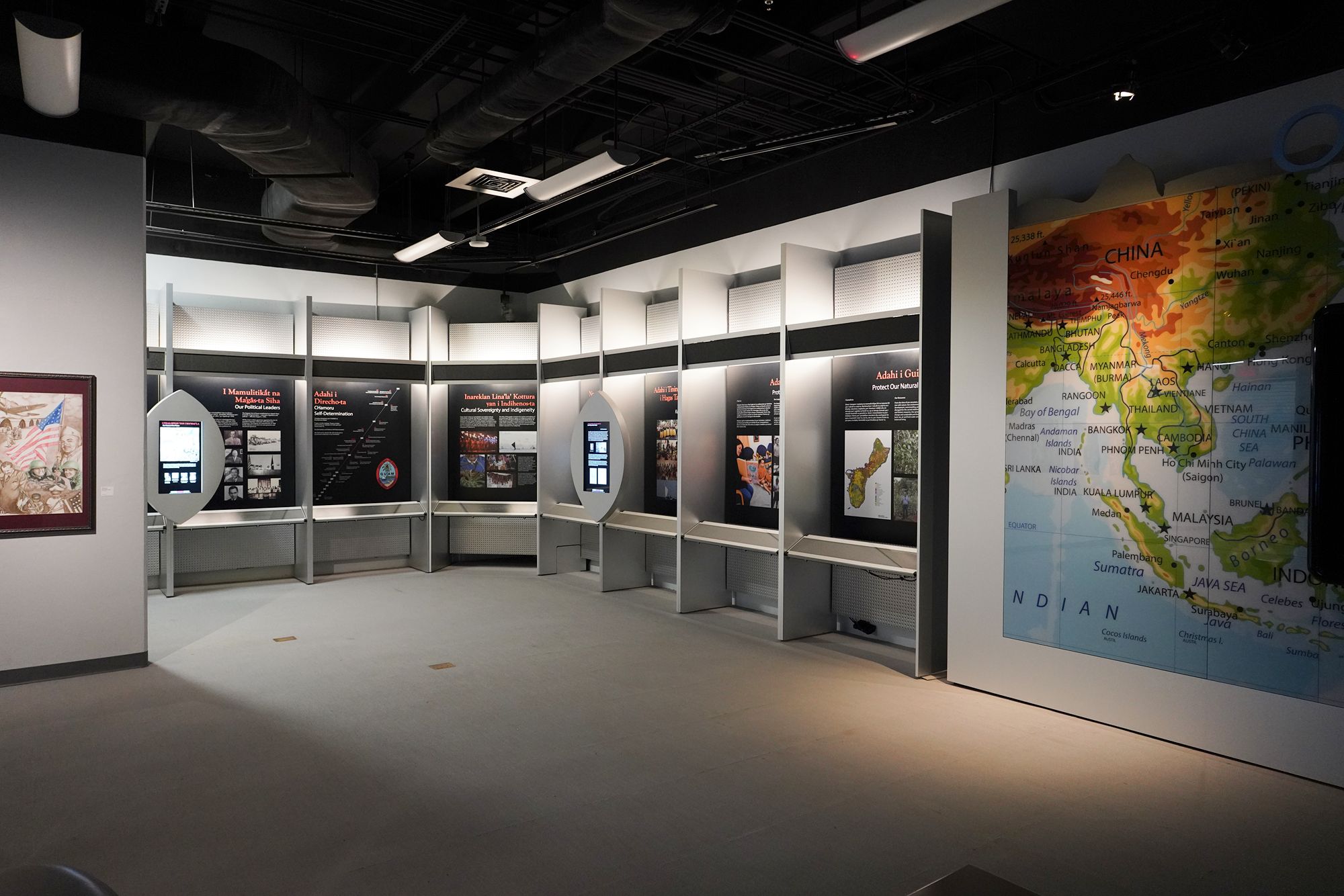
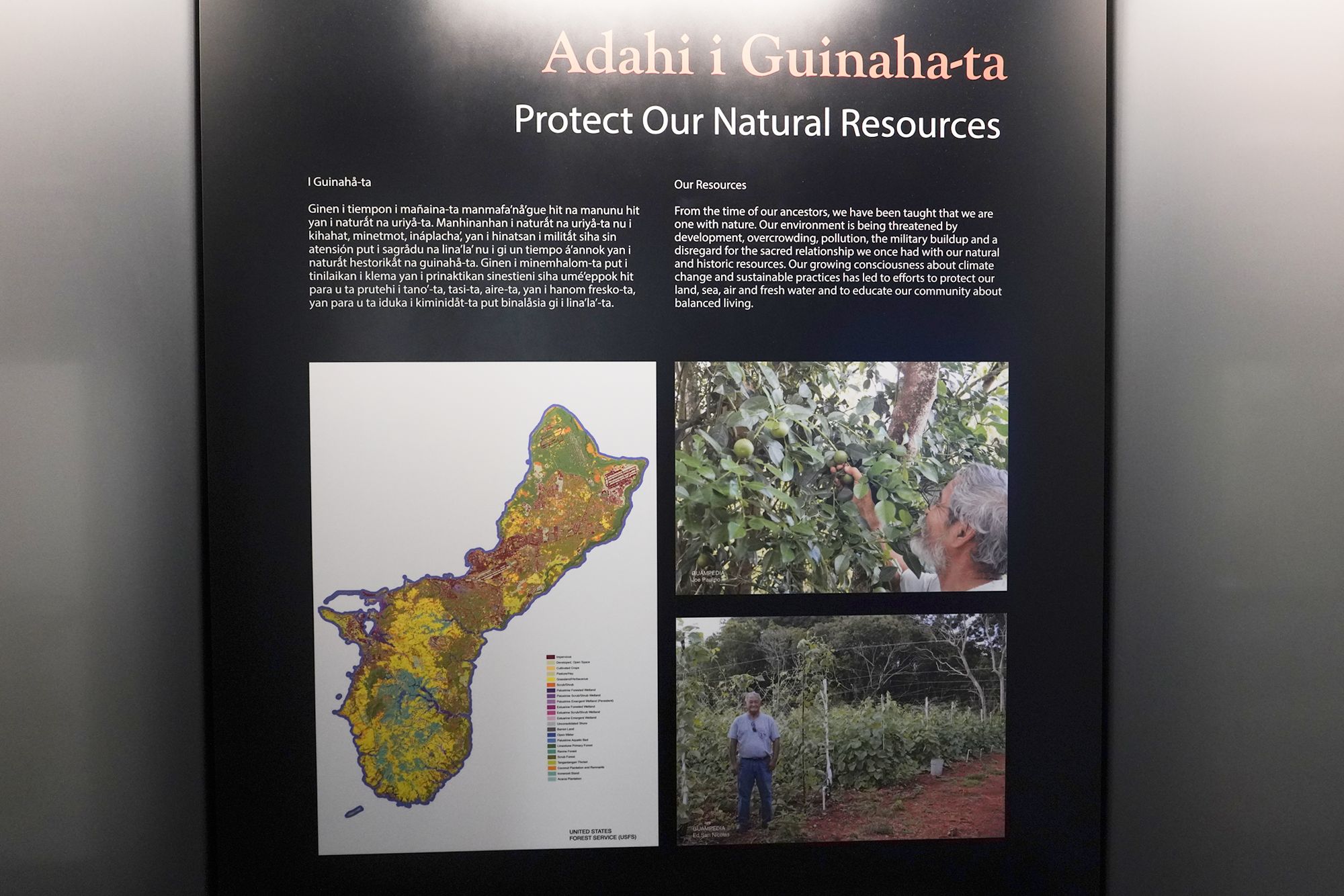
Protecting Natural Resorces
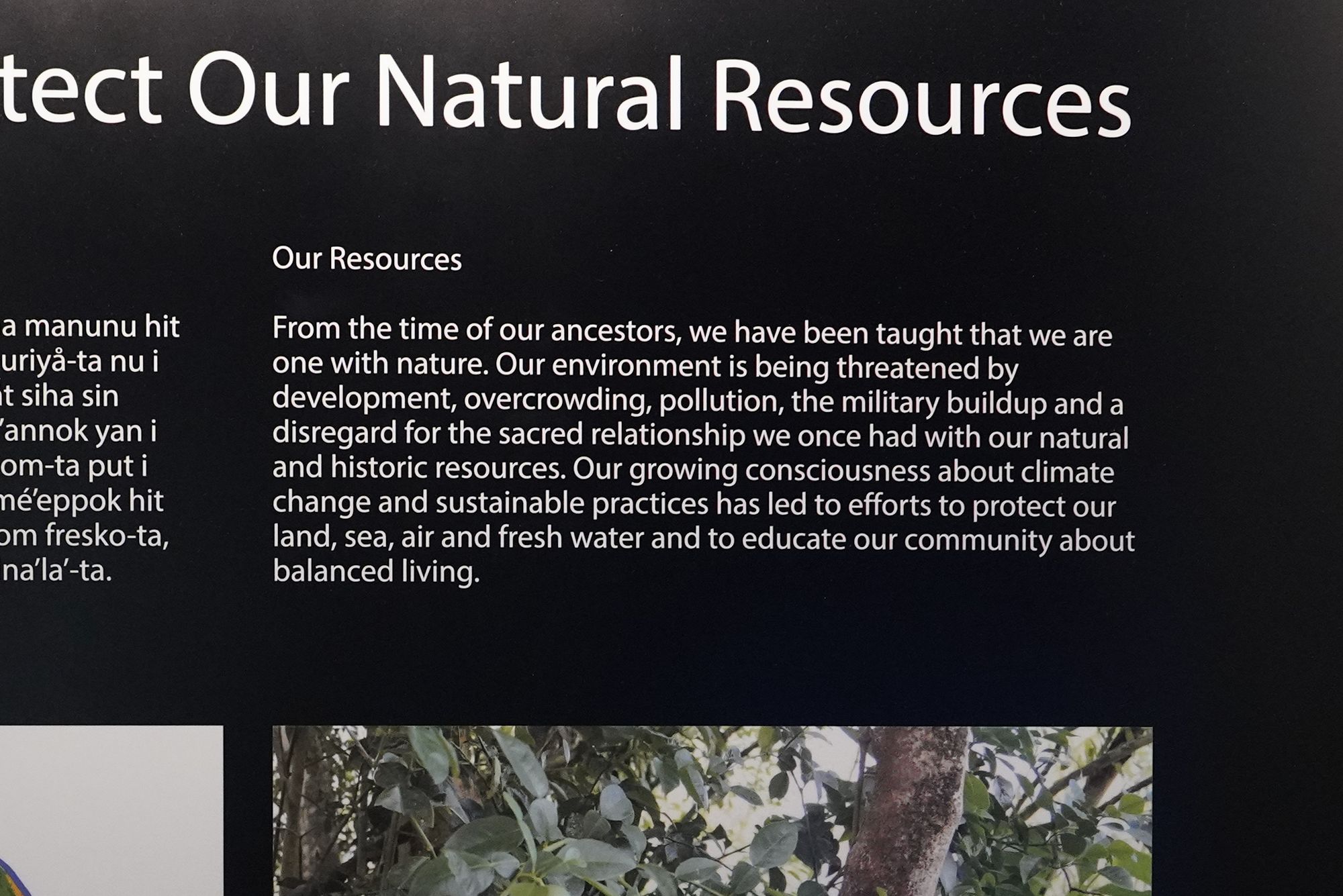
Protecting Their Language
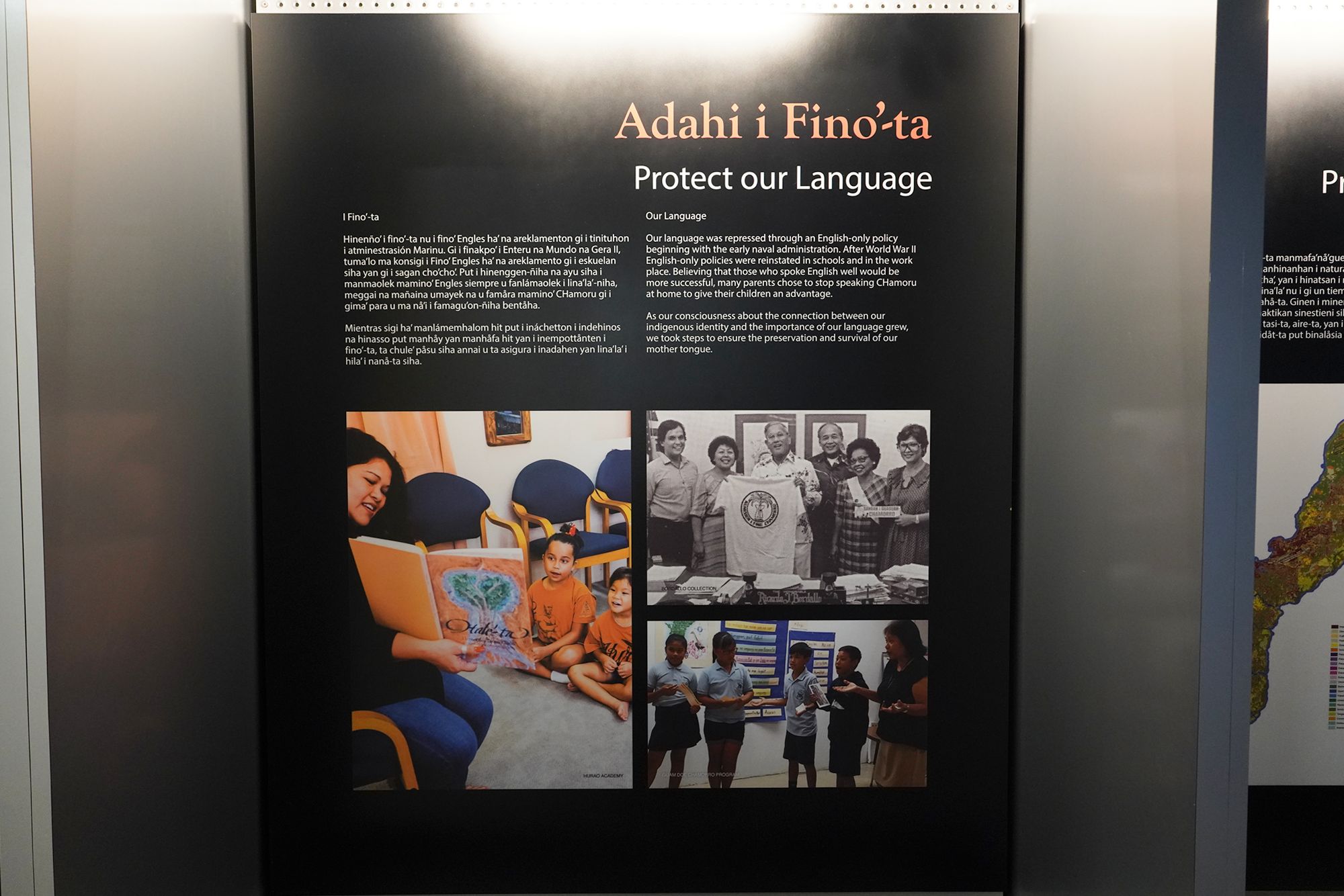
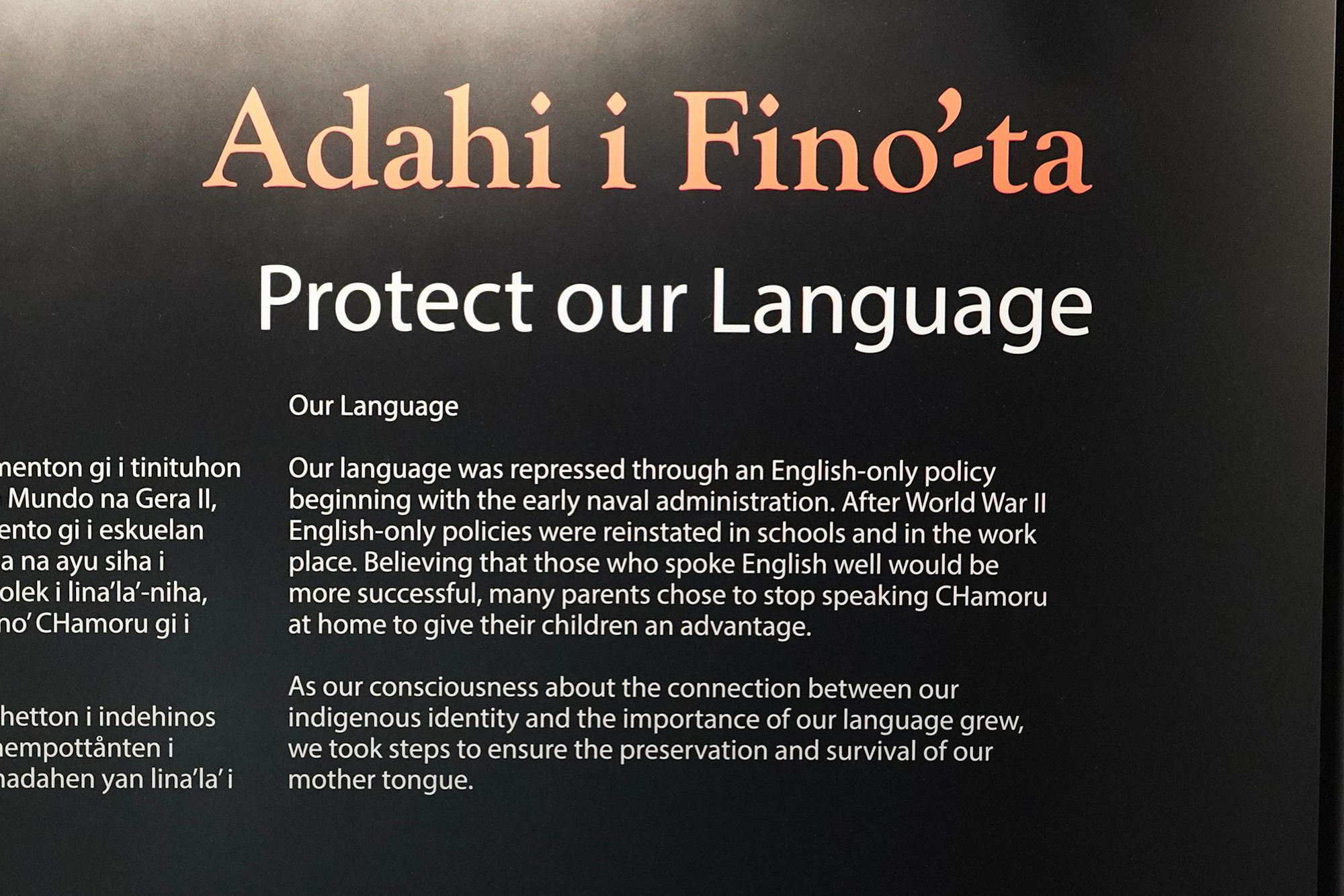
Protecting Their Cultural Knowledge and Traditions
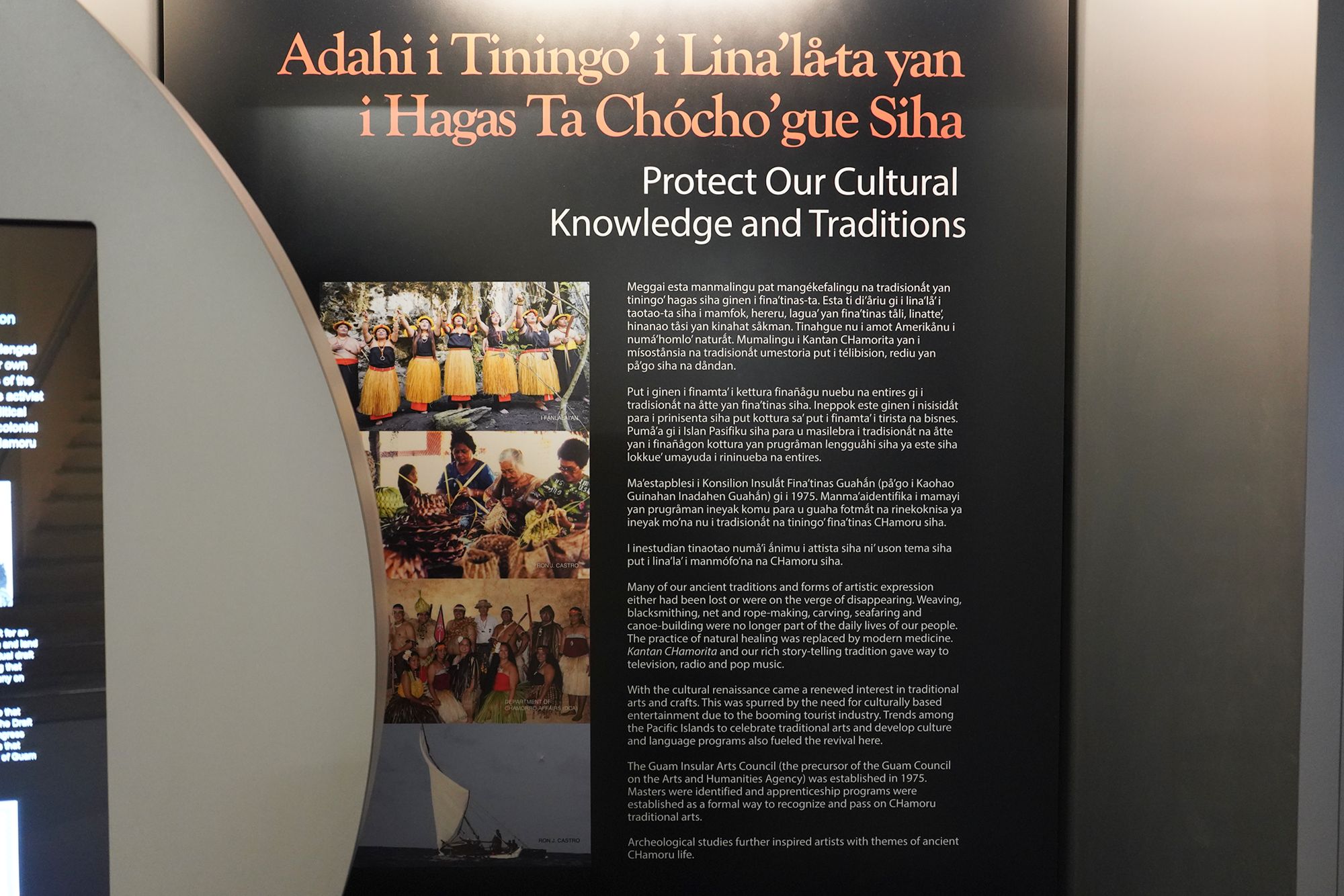
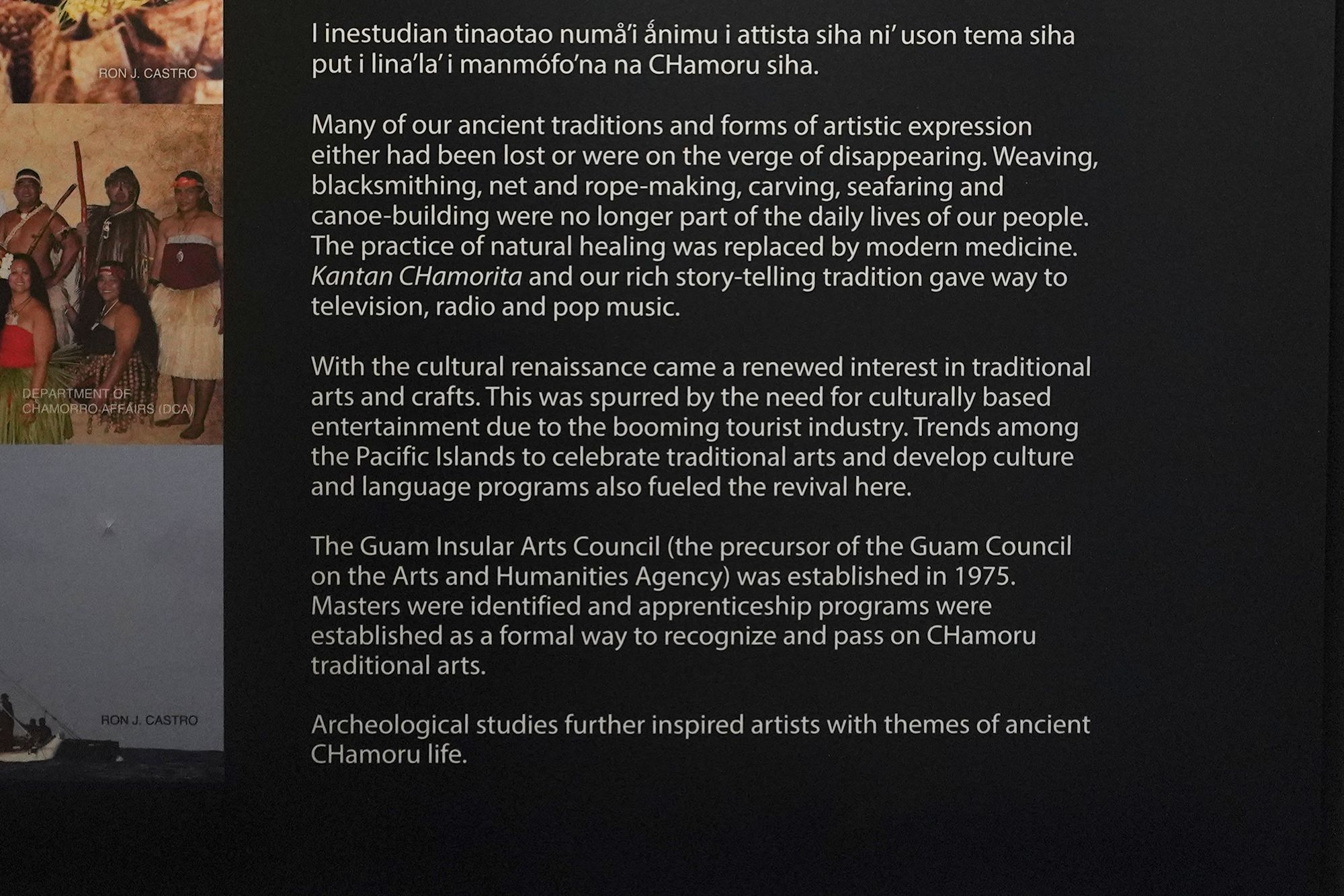
On Chamoru Renaissance

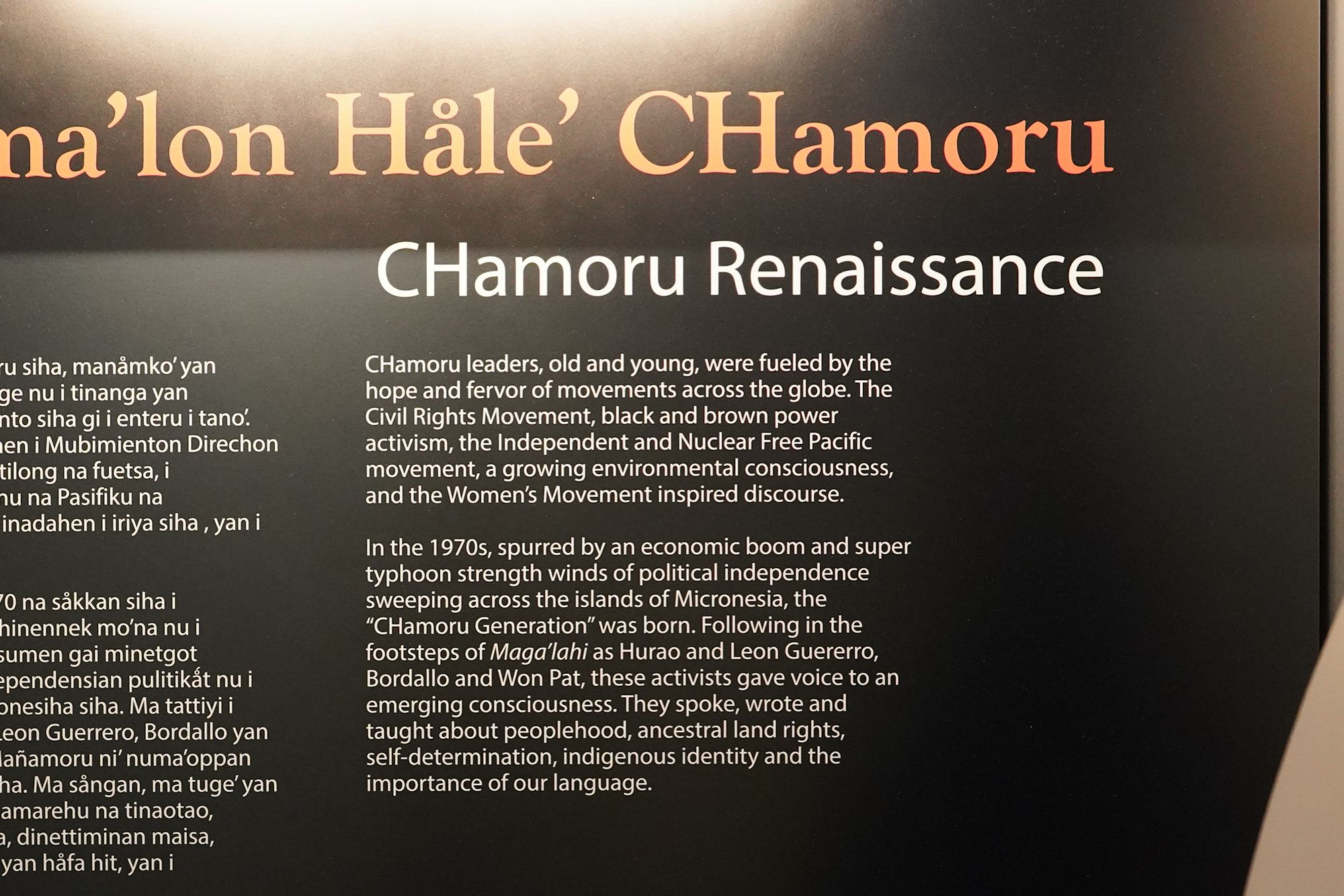
On Keeping Cultural Sovereignty and Indigeneity
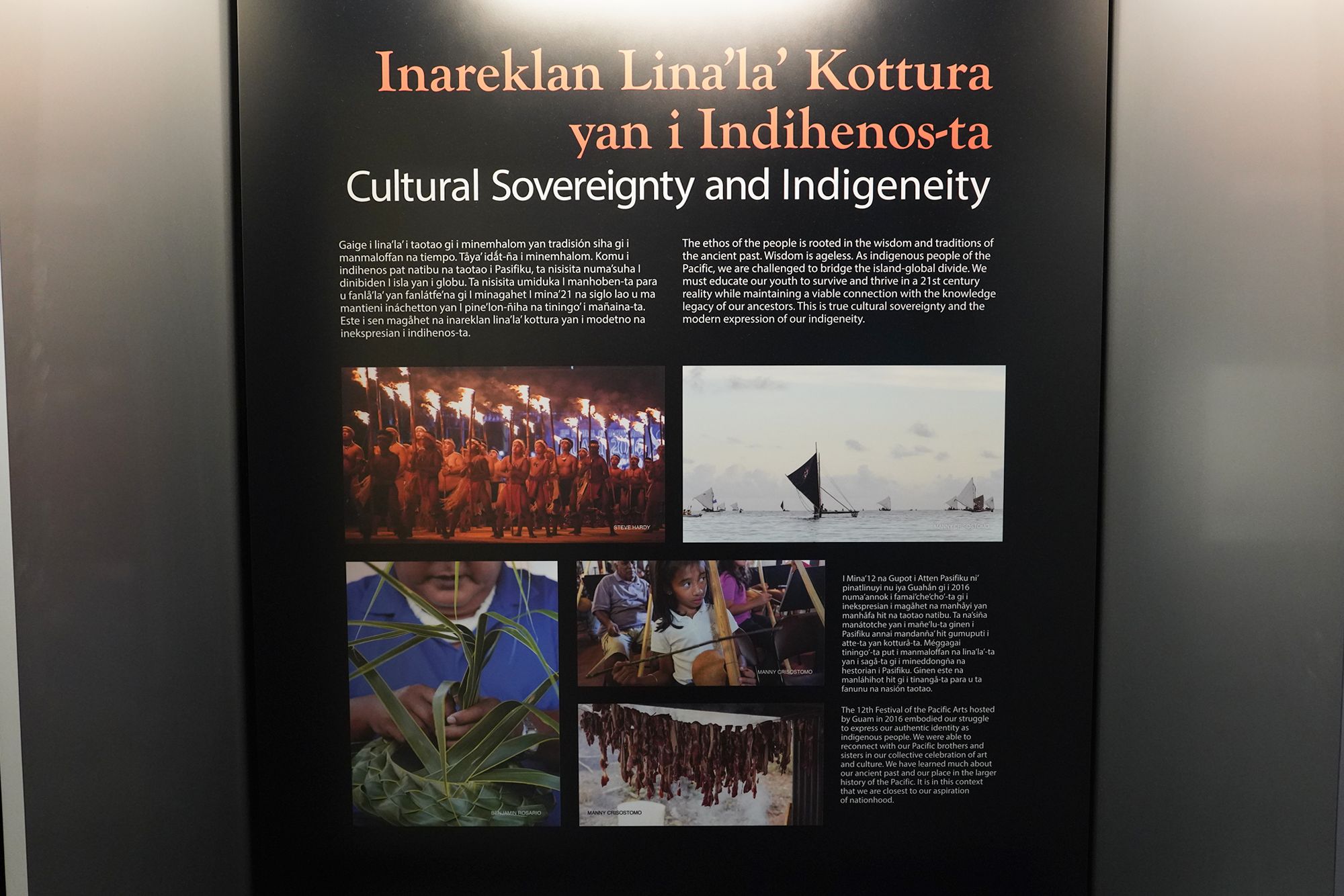

Diagram of Self-Determination
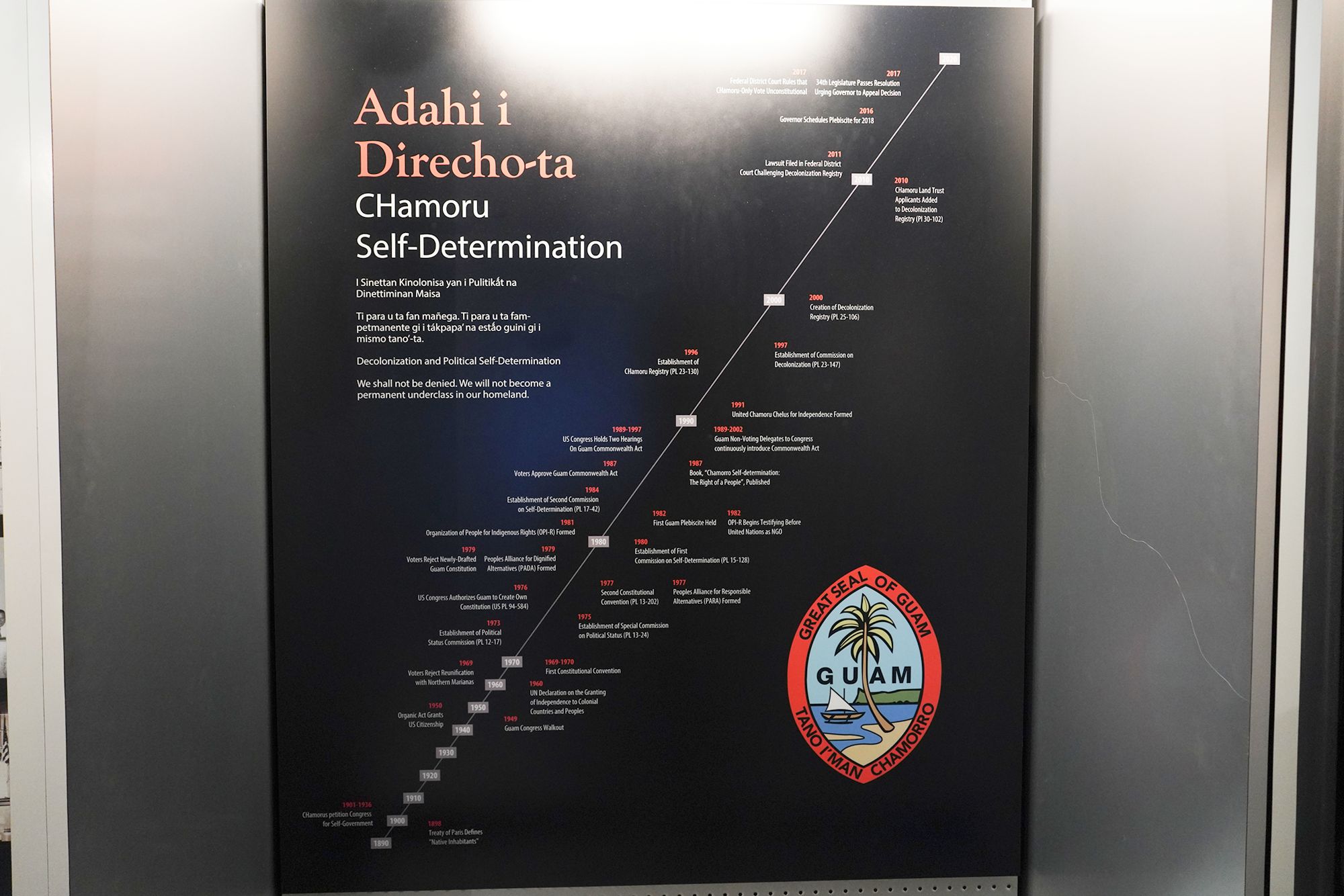
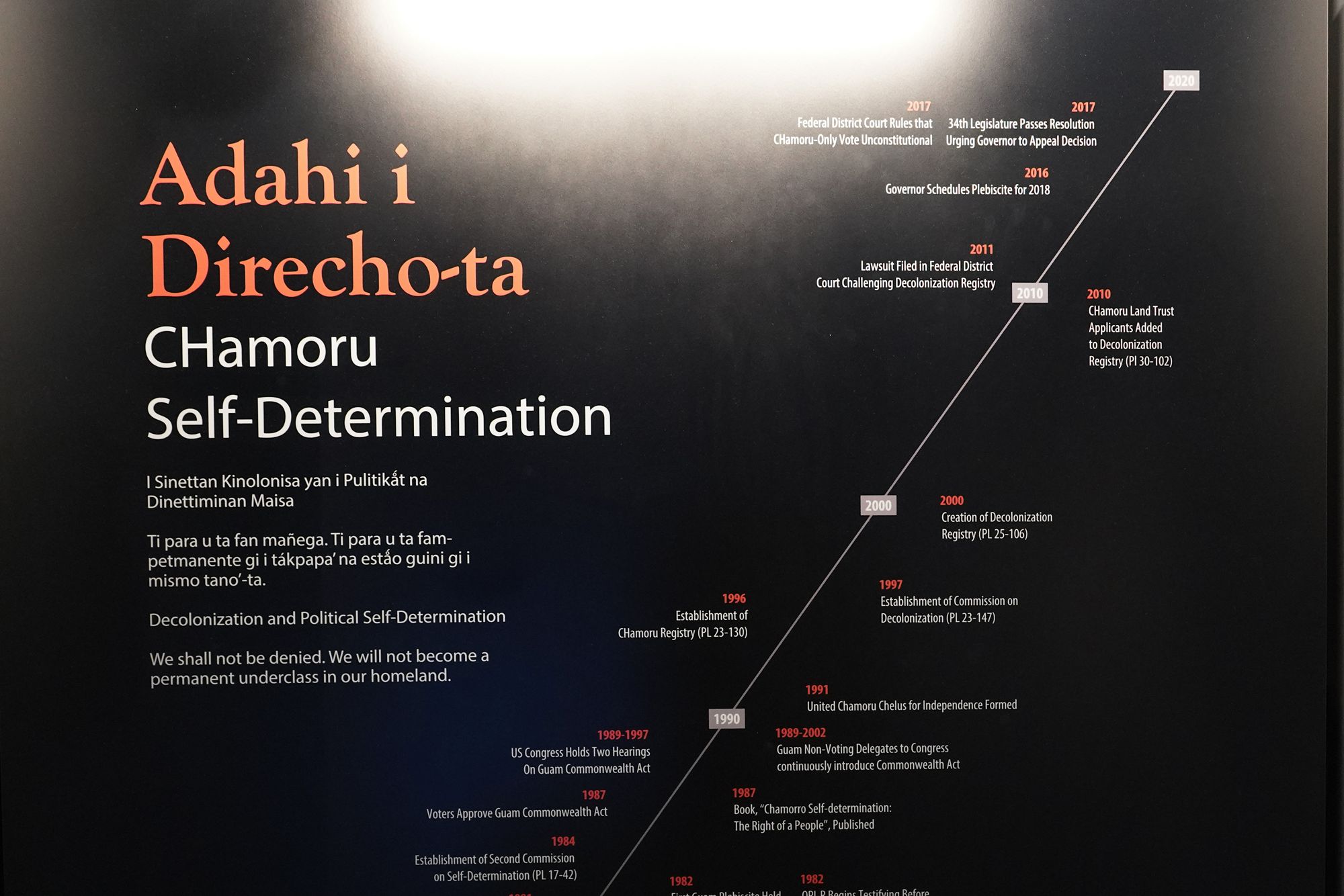
On Political Leaders
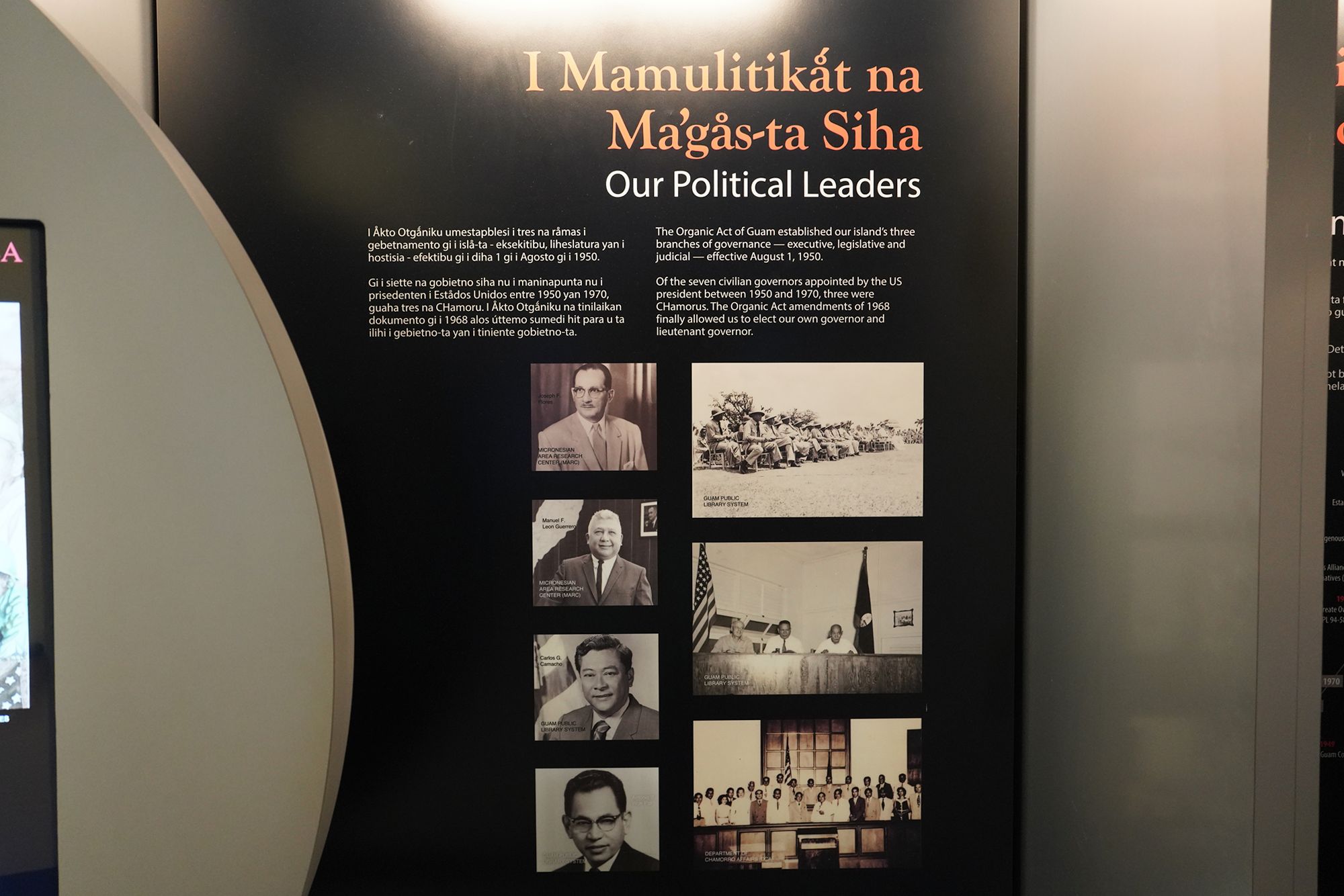
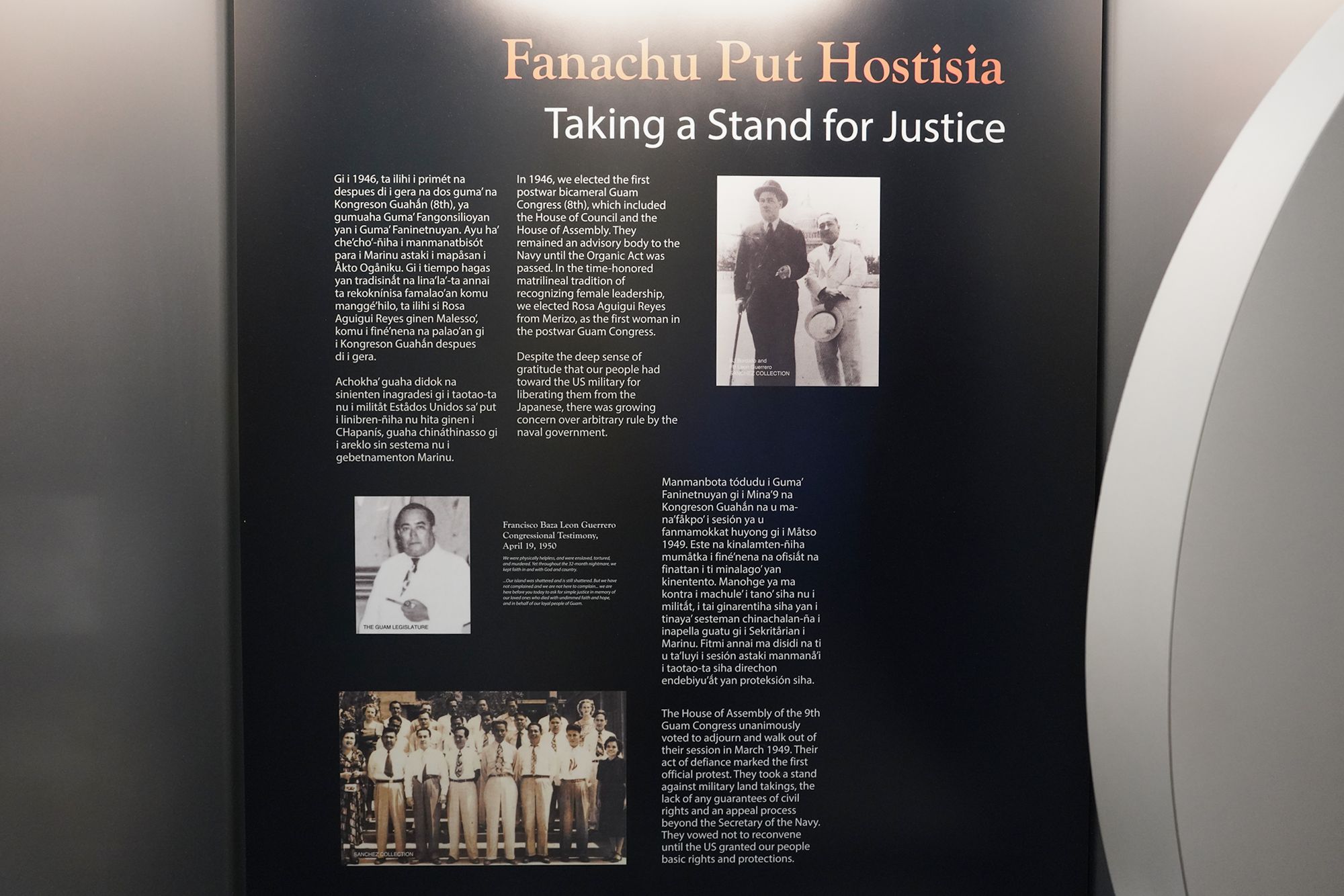
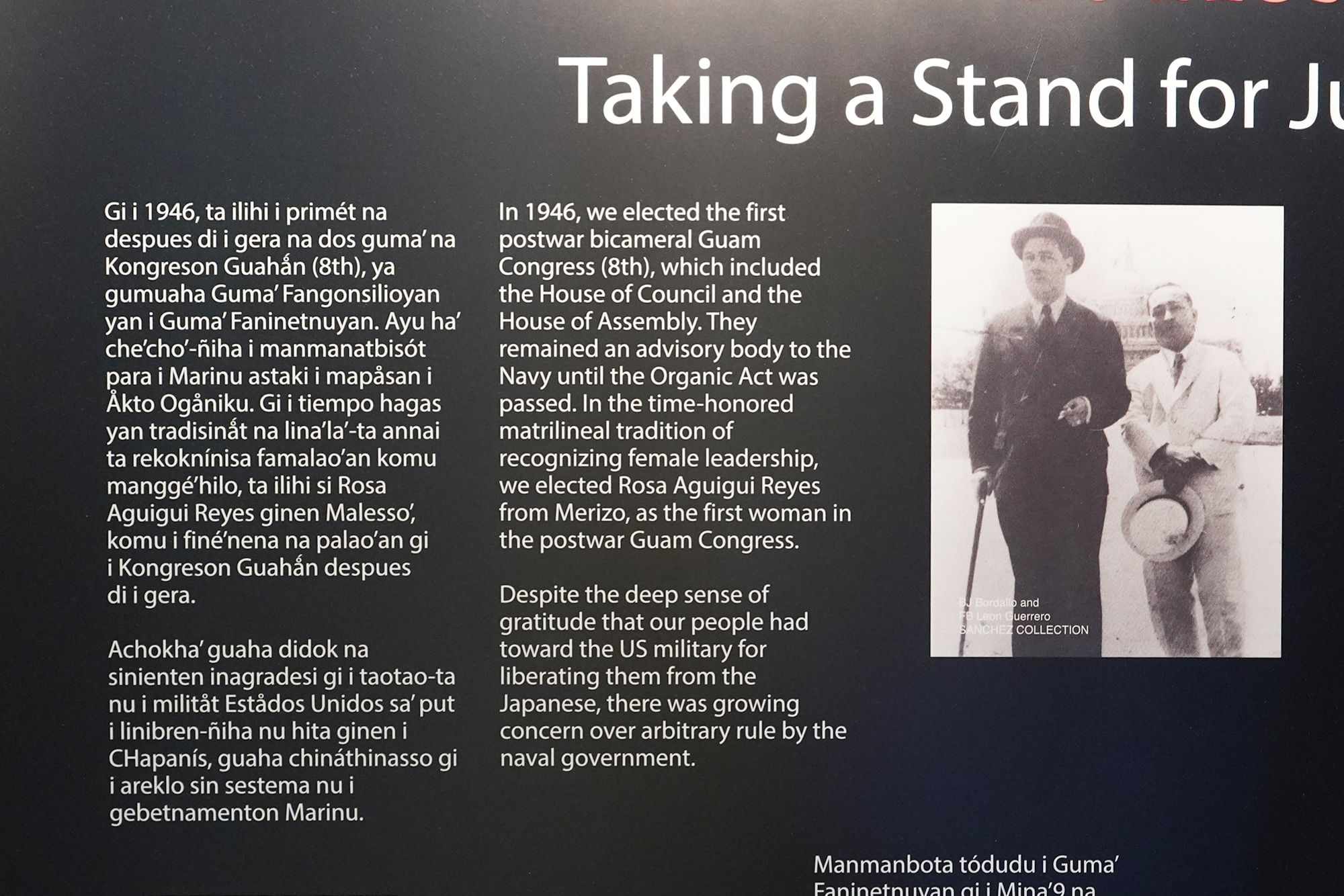
One of the spaces in the museum building was dedicated to paintings
